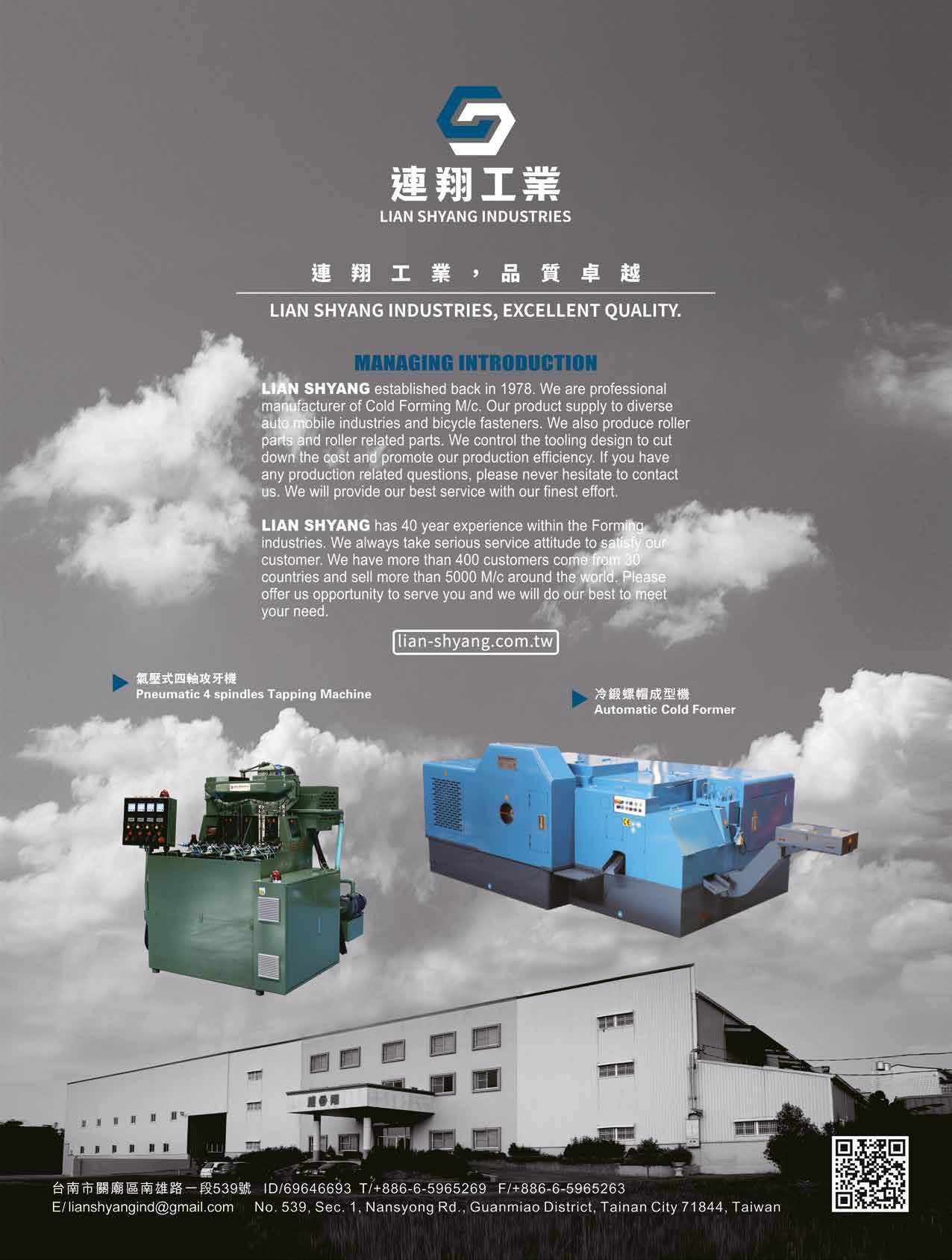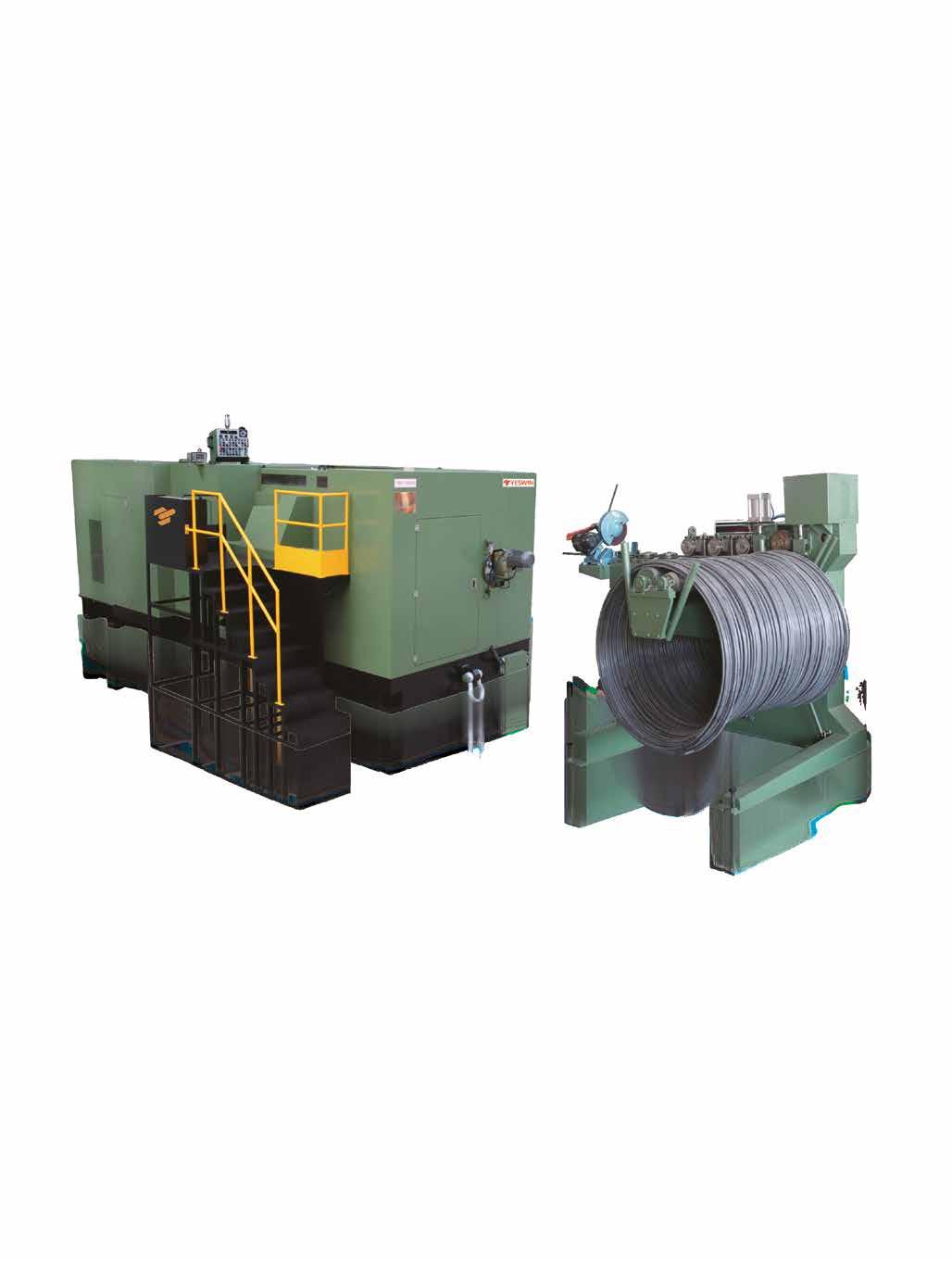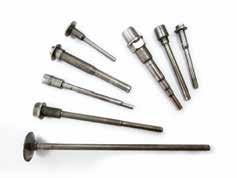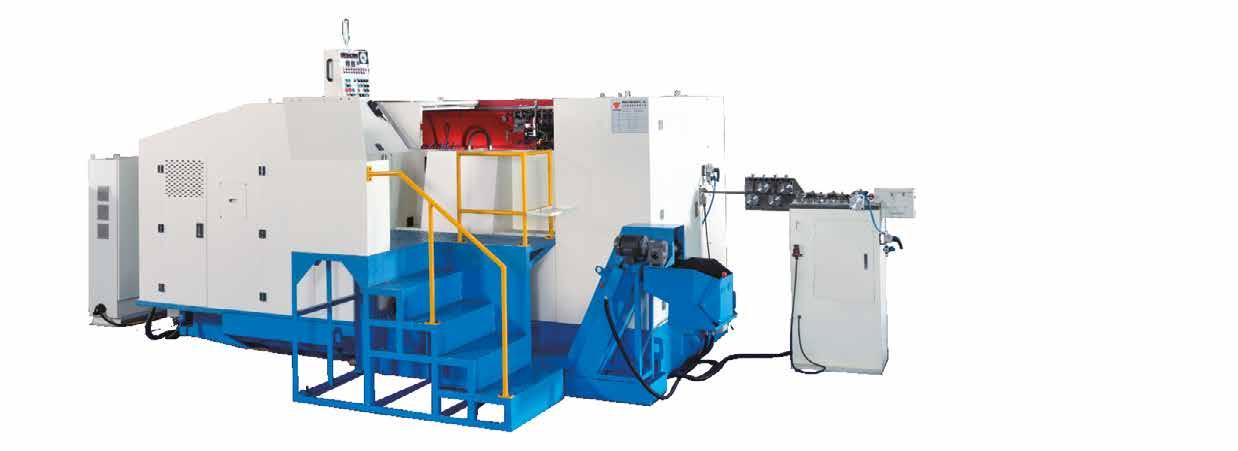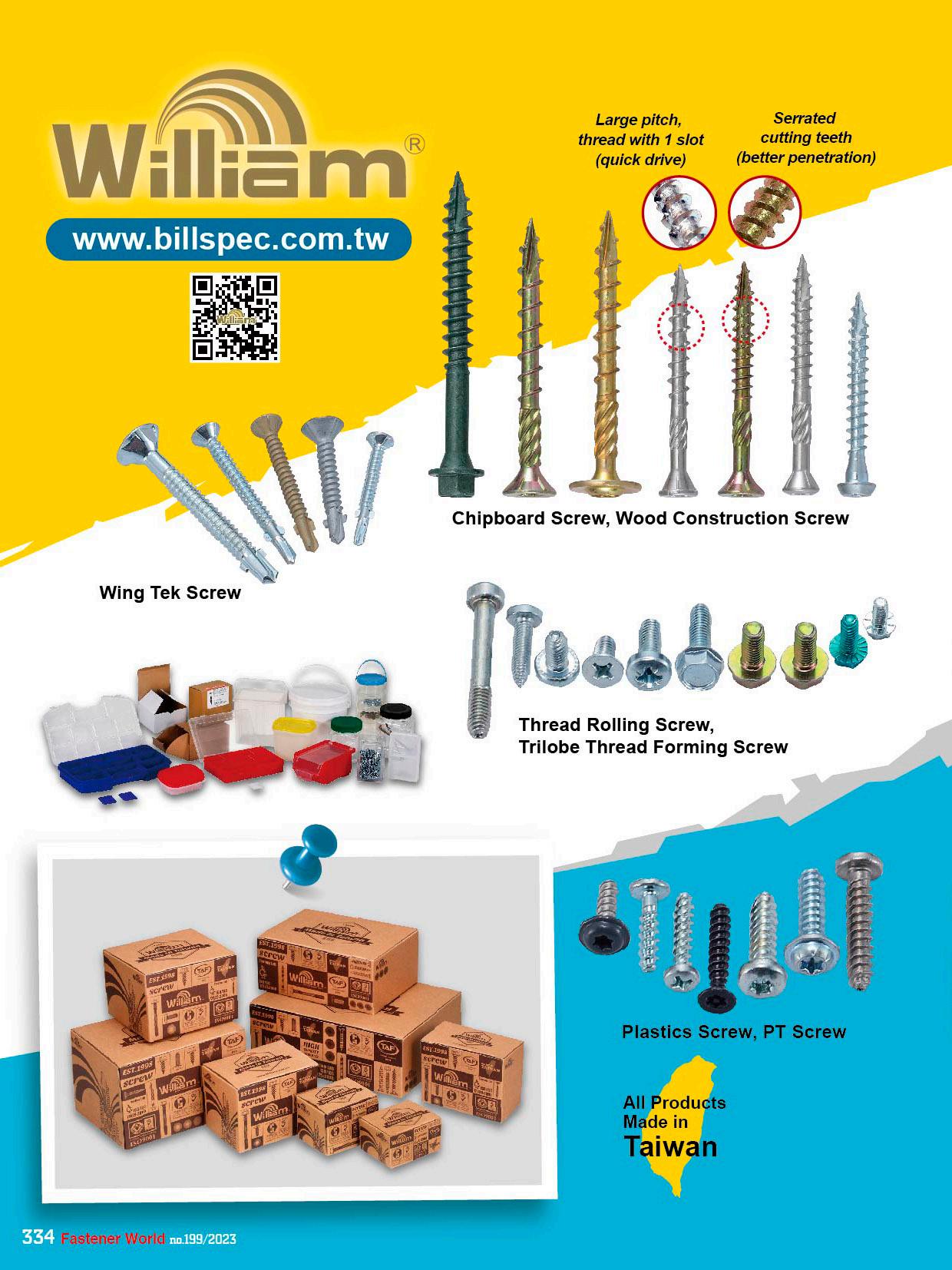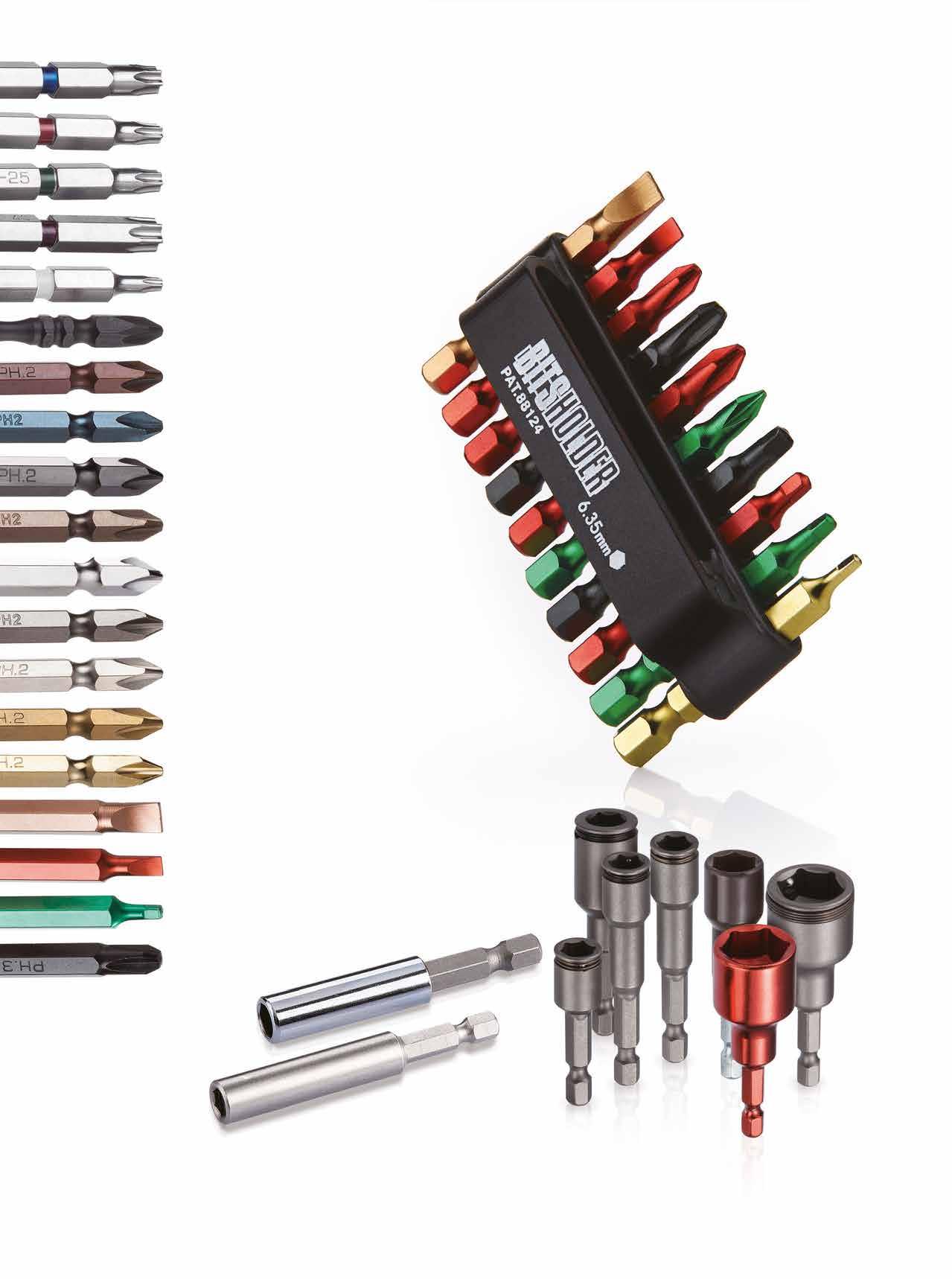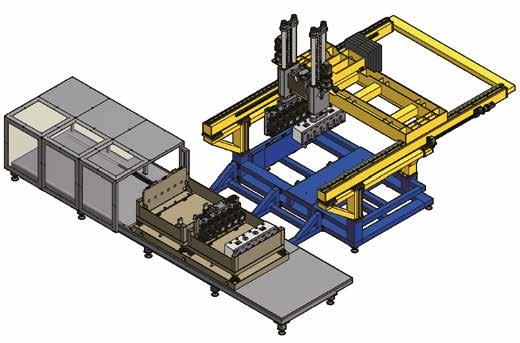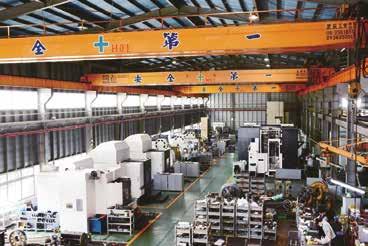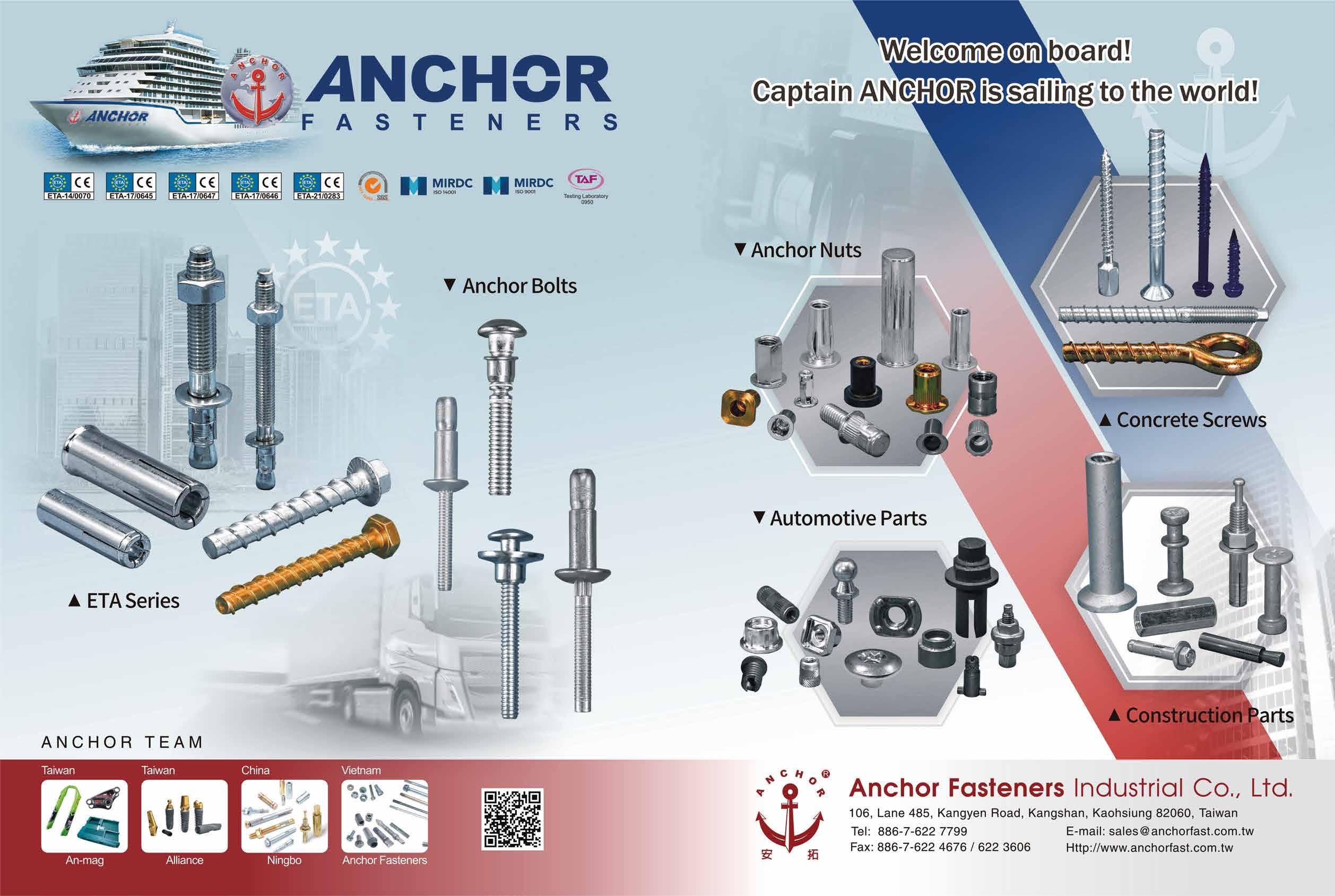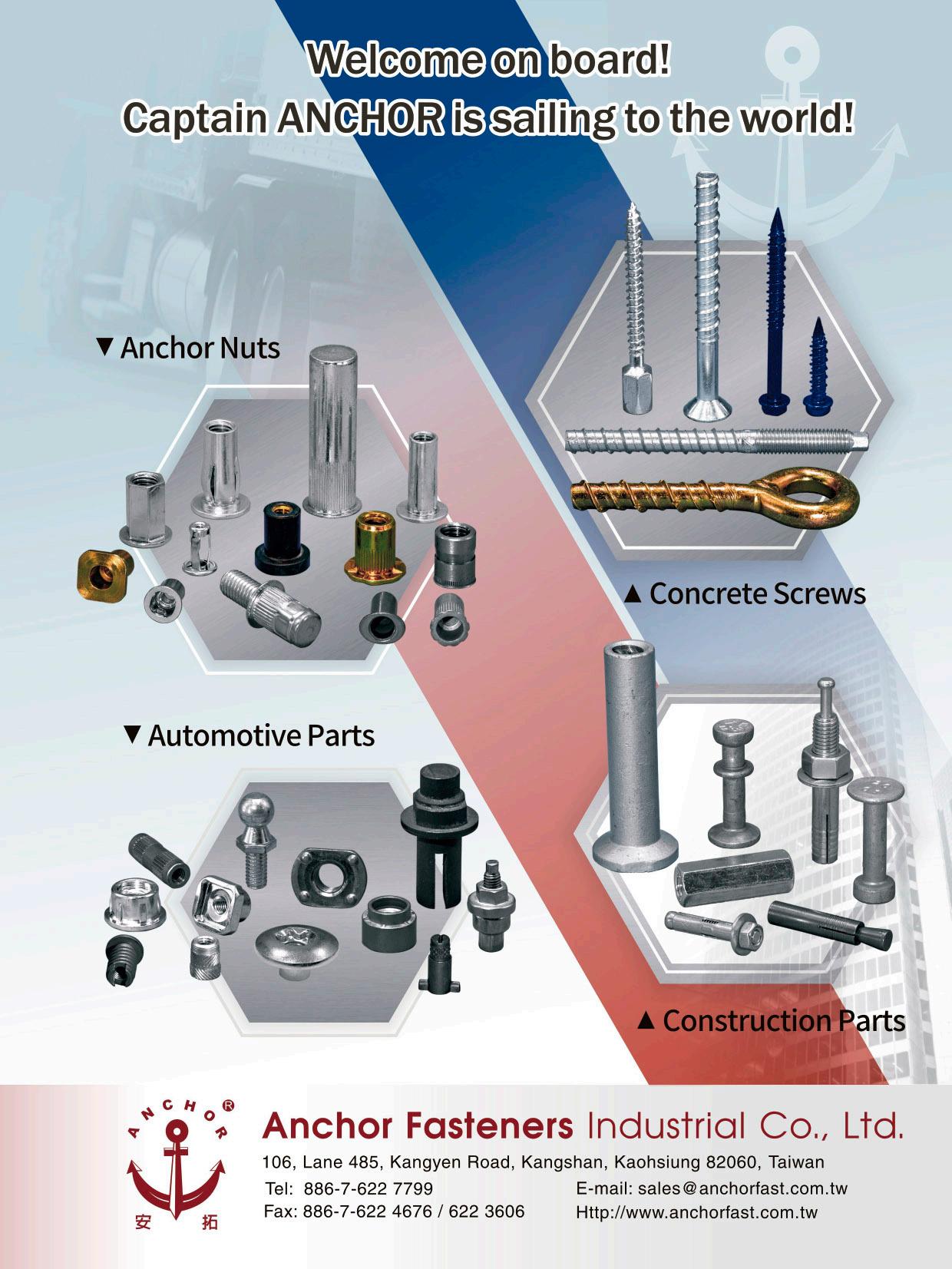
























































































































































































































































































































































































































































































ABi-Mirth specializes in the R&D, production and export of structural wood and concrete fasteners, of which 25% are exported to the U.S., 70% to Europe and 5% to other countries including Brazil and Japan. Soon after they announced an update on their U.S. ICC certificate, electroplating line, electroplating liquids and coatings last September, they are now featuring three special products this spring and will embark on a full-range sale promotion in the upcoming Fastener Fair Global and Taiwan International Fastener Show. This cover story takes a dive in the features of BiMirth hardwood screws, timber-concrete connector screws, and A2/A4 stainless steel wood screws, and ends with a scoop on Bi-Mirth’s carbon reduction arrangements in response to the EU carbon tax.
Traditionally, timber constructions usually use softwoods, but recently more and more countries are using hardwood as a building material. Hardwood uses less surface area to achieve equal or higher performance than softwood. Regular screws could break when drilling into hardwood due to its high density. Bi-Mirth did intensive research on hardwood and rolled out a screw made with a specific material and heat treatment technology to cope with the high density in hardwood. This special screw is characterized by low insertion torque and no breakage during installation.
There are many old houses in various countries that are in high demand for renovation. Wood is resilient (very flexible) and delivers good shear resistance (not easy to break); concrete performs better in resisting pressure. The use of both concrete and timber in the renovation process can bring out the advantages of both materials. In addition, this solution creates better acoustic effect in the building. Bi-Mirth has developed a suitable solution for timber-concrete connection that prevents displacement between the two materials and provides excellent shear resistance.
>>Contact: Bi-Mirth Sales Team Email: sales@bimirth.com.tw

The BM Quickdrill wood screw series now adds stainless steel as a material option. A2 304/305 and A4 316 stainless steel deliver extraordinary resistance against high salinity and acidic environment. High rust and corrosion resistance makes it ideal for use in harsh environments near the sea to maximize the combined effect.
All these three screws are available for customized production and Bi-Mirth has already applied for ETA certification. The certificate for A2/A4 stainless steel wood screws will be obtained this March or April at the earliest.

The EU carbon border tax has spurred a lot of discussion in the fastener industry in Taiwan. With a focus on the European market, Bi-Mirth devotes a lot of attention and preparation to carbon reduction and green manufacturing. They have installed solar panels on the roof of their own electroplating factory and are planning to make green electricity in the future. Bi-Mirth’s forming, coating, and packaging plant will also be planning to build solar power in the near future. In addition, they have introduced electrostatic oil-filtering devices in their screw manufacturing plant to significantly reduce fume emissions in the plant.
At present, the common ways to reduce carbon include planting trees, installing solar panels, or converting heat into electricity in the production process of machines. However, in the face of the carbon tax which will be imposed by the European Union by 2027, will the existing practices be able to respond? In this regard, Bi-Mirth calls on the Taiwanese fastener industry to pool their ideas and develop innovative ways to reduce carbon in the fastener industry. For example, study how to reduce carbon emissions in material selection, manufacturing process, outsourcing, cleaning, inspection, packaging, logistics and other aspects. Or, think about how to pull out vertical collaboration through Taiwan’s unique strong screw supply chain, or how to learn horizontally and introduce carbon reduction technology from other different industries. These are the issues we can think about immediately.
In addition, there are still a lot of details up in the air regarding the current carbon tax. When the tax starts to be levied, Taiwan fastener traders will need a set of benchmarks to determine whether their partner suppliers meet the carbon emission standards. Bi-Mirth points out this aspect also deserves the industry’s attention.
Bi-Mirth believes that the next focus on carbon reduction is timber buildings. Steel and concrete building creates more carbon from raw material to the construction of the building comparing to timber building. Traditionally, people have a misconception about the safety of the timber building; however, new technologies for timber constructions make timber buildings safer. Timber buildings can bear both horizontal and vertical shock waves, and are more resistant to earthquakes than steel buildings. In addition, fire safety is greatly improved in timber constructions. Bi-Mirth will continue on its path of wood screw development and continue to make innovative products.
by
Dean Tseng, Fastener World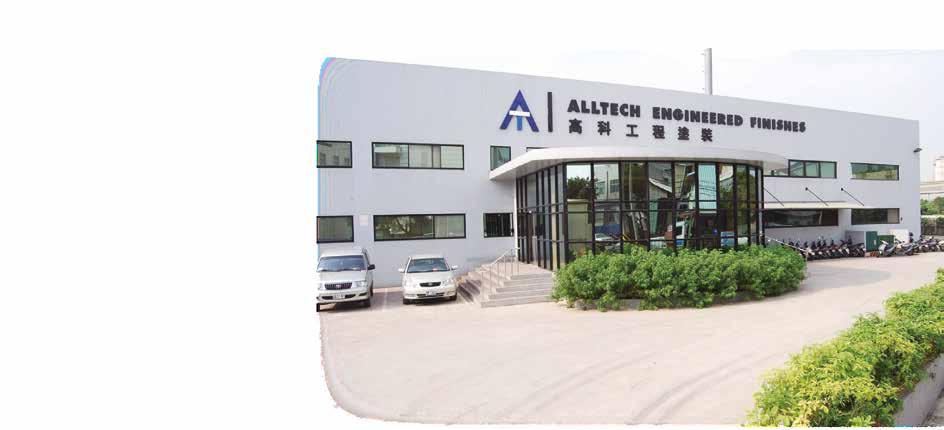
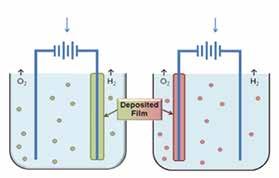
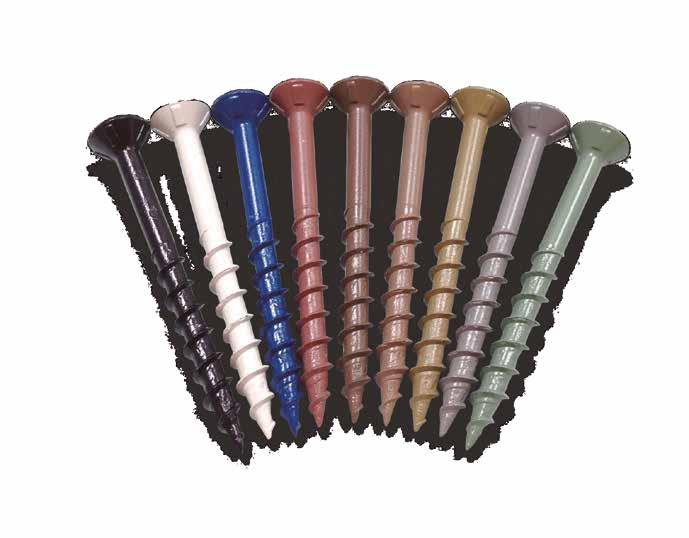



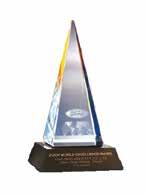

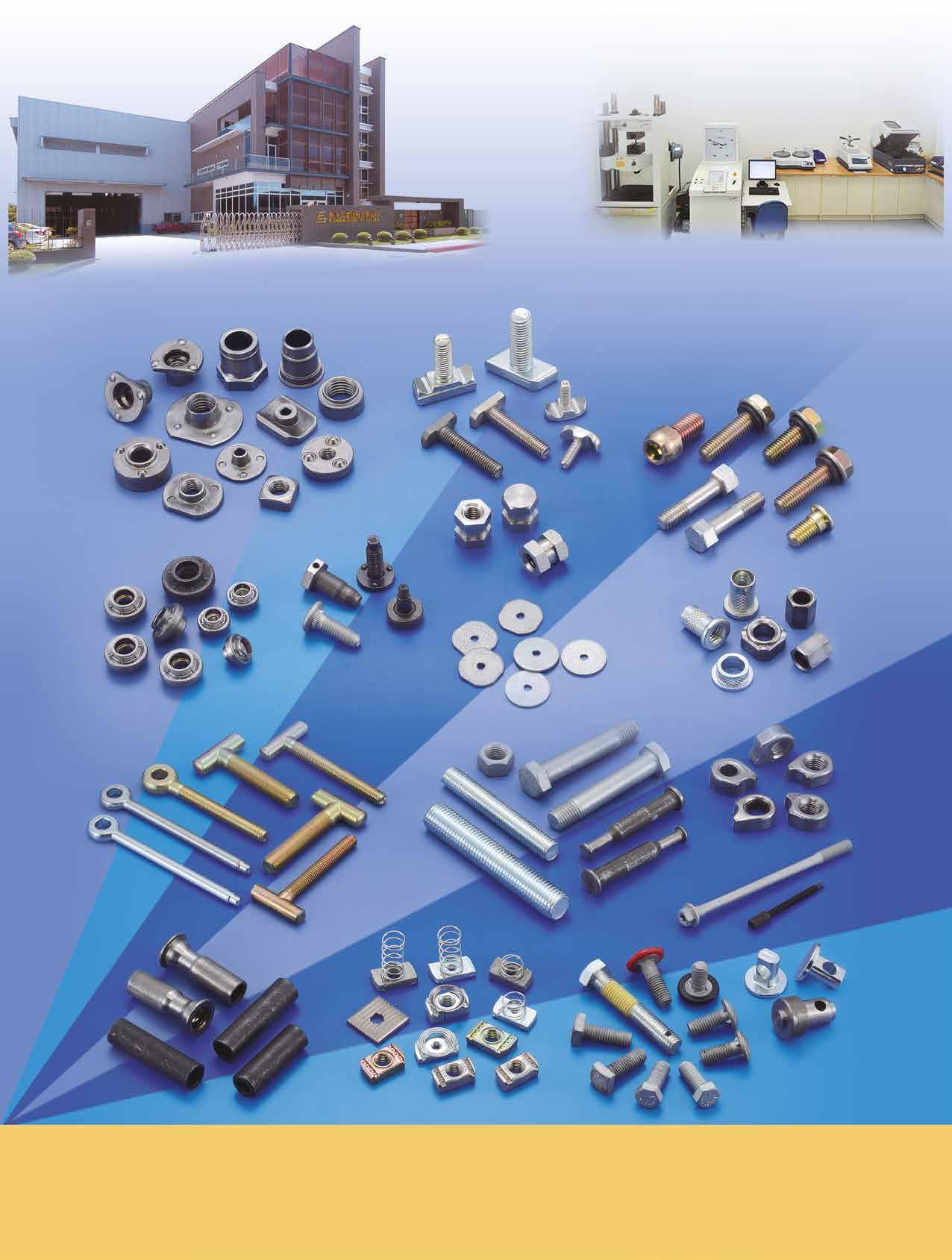












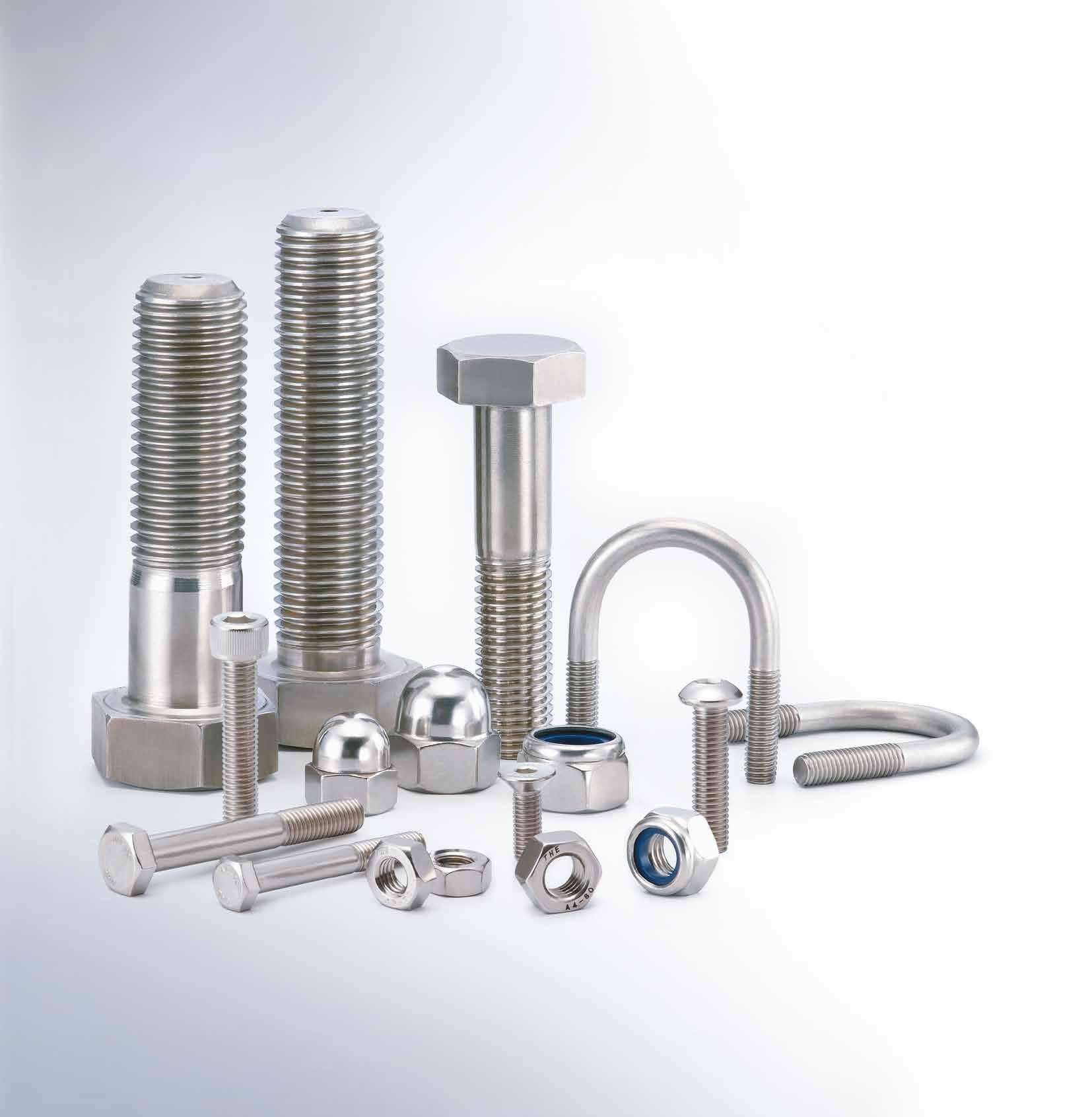















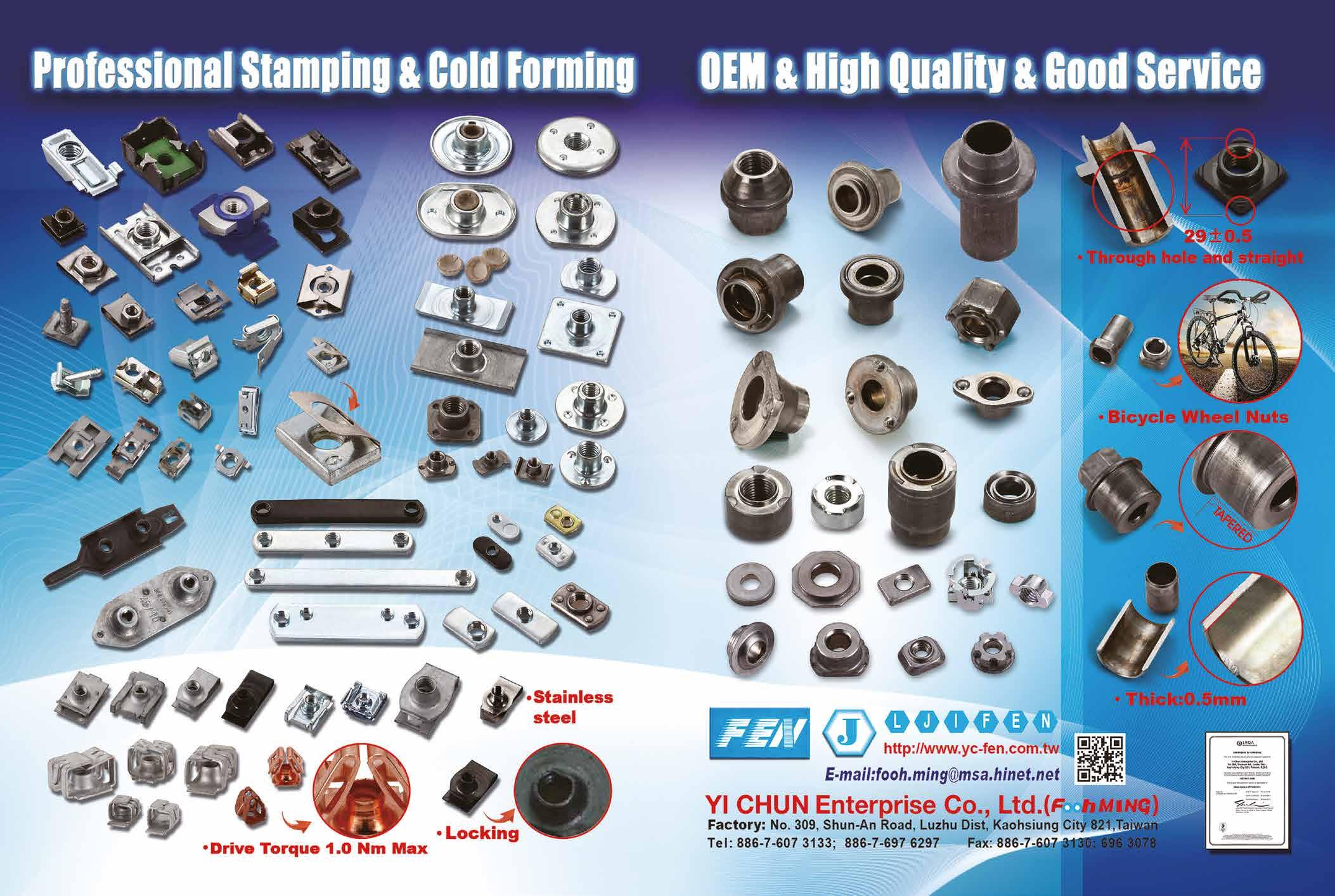








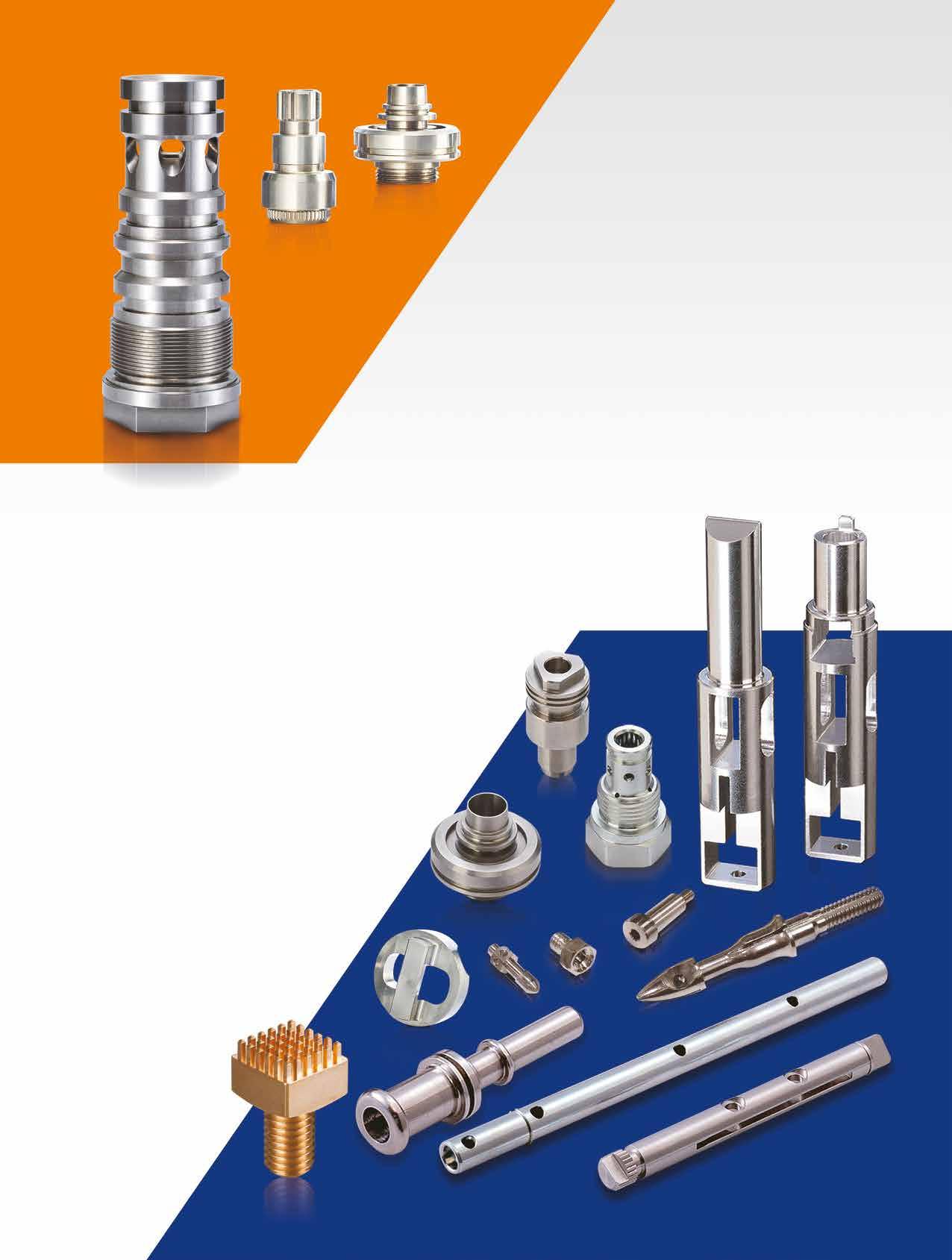
















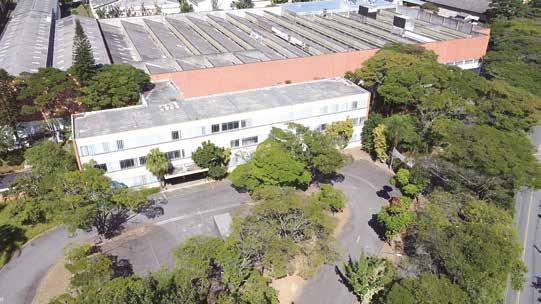
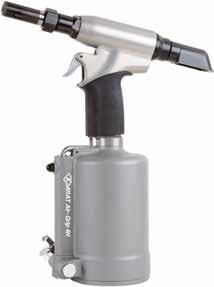



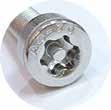




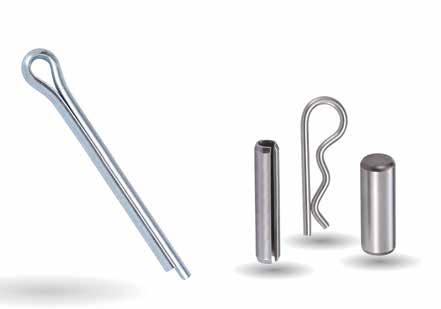
271 310EXPRESS COMPANY (Japan)
Security, Tamper Proof, Anti-theft Screws...
242 A-PLUS SCREWS INC.
Chipboard Screws, Customized Special Screws / Bolts...
186 A & M PRODUCTS CO., LTD.
Fasteners...
330 ABC FASTENERS CO., LTD.
Drop-in Anchors, Expansion Anchors, Wire Anchors...
153 ABS METAL INDUSTRY CORP.
Elevator Bolts, Flanged Head Bolts, Floorboard Screws...
140 ACHILLES SEIBERT GMBH (Germany)
Tapping Screws, Drilling Screws, Thread Rolling Screws...
115 AEH FASTEN INDUSTRIES CO., LTD.
Clevis Pins, Dowel Pins, Hollow Rivets...
23 ALEX SCREW INDUSTRIAL CO., LTD.
Button Head Cap Screws, Button Head Socket Cap Screws...
122 ALISHAN INTERNATIONAL GROUP CO., LTD.
Fastener Tools, Bolts, Screws, Nuts, Stamping Parts...
228 ALLMATE FASTENER CO., LTD.
Cap Screws, Socket Set Screws, Pins...
88 AMBROVIT S.P.A. (Italy)
Chipboard Screws, Combined Screws, Machine Screws...
123 AMPLE LONG INDUSTRY CO., LTD.
Hollow Rivets, Drive Rivets, Semi-tubular Rivets...
342 ANCHOR FASTENERS INDUSTRIAL CO., LTD.
ETA Series, Anchor Bolts, Anchor Nuts, Automotive Parts...
67 APEX FASTENER INTERNATIONAL CO., LTD.
Nuts, Wing Nuts & Bolts, Turning Parts, Stamping Parts
167 ARK FASTECH CORP.
Multi-Station Cold Forging Bolts / Nuts...
142 ART SCREW CO., LTD. (Japan)
Anti-loosening Screws, Motiontite®
84 ARUN CO., LTD.
Bi-metal Screws, Chipboard Screws, Drywall Screws...
136 AUTOLINK INTERNATIONAL CO., LTD.
Automotive Screws, Machine Bolts, Flange Nuts...
80 BCR INC.
Automotive Screws, Piston Pins, Weld Bolts (Studs)...
130 BESTWELL INTERNATIONAL CORP.
Eye Bolts, Flanged Head Bolts, Hanger Bolts...
282 BIING FENG ENTERPRISE CO., LTD.
Blind Nut Formers, Multi-station Cold Forming Machines... 44 BI-MIRTH CORP.
Carbon Steel Screws, Chipboard Screws, Concrete Screws...
157 CANATEX INDUSTRIAL CO., LTD. 保力德 Nuts, Turning Parts, Bolts, Plastic Injection Parts...
251 CENTRAL FASTENER CO., LTD. 昇宙 Gas Framing Nailer, Gas Finishing Nailer, Concrete Pins...
310 CHANG BING ENTERPRISE CO., LTD. 彰濱 Hook Bolts, Holders / Hooks / Rings, Dowel Screws...
132 CHANG YI BOLT CO., LTD. 長益 6 Cuts/ 8 Cuts Self Drilling Screws, A2 Cap Screws...
292 CHAO JING PRECISE MACHINES ENTERPRISE 朝璟 Cold Forging Bolt Formers, Thread Rolling Machines...
286 CHI NING COMPANY LTD. 旗林 Machine, Nuts, Tooling...
58 CHIAN YUNG CORPORATION 將運 SEMS Screws
246 CHIANG SHIN FASTENERS INDUSTRIES LTD. 強鑫 Flange Screws, Hexagon Head Bolts, Hexagon Head Cap Screws...
283 CHIEN TSAI MACHINERY ENTERPRISE CO., LTD. 鍵財 Thread Rolling Machines
91 CHIN LIH HSING PRECISION ENTERPRISE 金利興 Automotive Nuts, Brass Inserts, Bushes, Bushings...
280 CHING CHAN OPTICAL TECHNOLOGY CO., LTD. 精湛 Eddy Current Sorting Machines, Fastener Makers...
40 CHONG CHENG FASTENER CORP. 宗鉦 Cap Nuts, Coupling Nuts, Conical Washer Nuts...
112 CHUN YU WORKS & CO., LTD. 春雨 Drywall Screws, Socket Head Cap Screws , TC Bolt Sets...
278 CHUN ZU MACHINERY INDUSTRY CO., LTD. 春日 Cold Headers, Header Toolings, Heading Machines...
257 CO-WEALTH ENTERPRISE CO., LTD. 竟丞 Spring Pins, Flange Washers, Sems Washers...
181 CONTINENTAL PARAFUSOS S.A. 巴西商友暉 Automotive Part & Nut, Home Appliance Screws, Sems...
275 COPA FLANGE FASTENERS CORP. 國鵬 Hex Nuts, Hex Flange Nuts, Combi Nuts, Weld Nuts...
81 CPC FASTENERS INTERNATIONAL CO., LTD. 冠誠 Stainless Steel, Bi-metal Self-drilling Screws...
25 DA YANG ENTERPRISE CO., LTD. 大楊 Special Automotive Nuts, Special Weld Nuts...
94 DAR YU ENTERPRISE CO., LTD. 達宇 Chipboard Screws, Drywall Screws, Screw Nails…
211 DE HUI SCREW INDUSTRY CO., LTD. 德慧 Drywall Screws, Decking Screws, Self-drilling Screws, Roofing Screws...
155 DELTEKS INDUSTRIES INC. 見承 Wheel Bolts, Bushes, Thread Forming Screws, All Kinds of Screws...
159 DER GANG STAINLESS CO., LTD. 德鋼 Marine Hardware & Screws, Rigging Hardware…
224 DICHA FASTENERS MFG. 集財 Expansion Anchors, Sleeve Anchors, Nylon Nail Anchors...
DIING SEN FASTENERS INDUSTRIAL CO., LTD. 鼎昇 Chipboard Screws, Corrosion Resistant Screws...
13 DIN LING CORP. 登琳
Chipboard Screws, Drywall Screws, Furniture Screws...
Blind Rivets...
241 FIXI SRL. (Italy)
Rivet Nuts, Blind Rivets, Self-clinching, Welding Studs...
83 FONG PREAN INDUSTRIAL CO., LTD.
Automotive Screws, Bi-metal Screws, Brass & Bronze Screws...
138 FONG WUNS CO., LTD.
Flange Nuts, Stainless Steel Nuts, Special Parts...
110 FONG YIEN INDUSTRIAL CO., LTD. 宏盈 Eyebolts, Spindles...
22 FORTUNE BRIGHT INDUSTRIAL CO., LTD. 鋒沐 Cap Nuts, Dome Nuts, Nylon Cap Insert Lock Nuts...
78 FU HUI SCREW INDUSTRY CO., LTD. 福輝 Automotive & Motorcycle Special Screws / Bolts...
206 FU KAI FASTENER ENTERPRISE CO., LTD. 福凱 Precision Electronic Screws, Special Screws, Weld Screws...
106 FUSHANG CO., LTD. 甫商 Carbon Steel Screws, Chipboard Screws, Concrete Screws...
263 GELA & COMPANY 蕙寶 Expansion Anchors, Eye Bolts, Hanger Bolts...
281 GIAN-YEH INDUSTRIAL CO., LTD. 健業 Rivet Dies, Self-drilling Screw Dies, Screw Tip Dies...
273 GINFA WORLD CO., LTD. 濟音發 Chipboard Screws, Countersunk Screws, Drywall Screws...
261 GLORBAL SALES COMPANY LIMITED 宗暉 Various Stamping Products, Multi-process Assembly Parts...
156 GOFAST CO., LTD. 喬邁 Open Die Parts, Stamping Parts, Assembly Parts...
289 GREENSLADE & COMPANY, INC. (U.S.A.) Concentricity, Ring Gage, Plug Gage Calibration, Gages...
256 GUANGZHE ENTERPRISE CO., LTD. 光柘 Collated Washer Paper Tape, Collated Screw Tape...
95 HAO CHENG PLASTIC CO., LTD. 皓正 PP Boxes, PET Jars, ABS Boxes, PC Boxes..
90 HARVILLE FASTENERS LTD. 豪威爾 Special Screws and Bolts, Sems Screws, Stainless Steel Fasteners...
260 HAUR FUNG ENTERPRISE CO., LTD. 豪舫 External Tooth Washers, Long Carriage Bolts, Roofing Bolts...
244 HEADER PLAN CO., INC.
Chipboard Screws, Collated Screws, Deck Screws...
239 HELIC CUTTING TOOLS CO., LTD. 和俐
Wood Auger, TCT Hole Cutter, Adjustable Hole Cutter...
262 HEY YO TECHNOLOGY CO., LTD 恆勇
Precision Pins, Rollers, Dowel Pins...
131 HO HONG SCREWS CO., LTD. 合鋒
Alloy Steel Screws, Button Head Cap Screws, Chipboard Screws...
336 HOME SOON ENTERPRISE CO., LTD. 宏舜
Bit, Bit Holder, Magnetic Nut Setter, Spring Nut Driver...
249 HOMEYU FASTENERS CO., LTD.
Cold Forging Stage, Machine Molds, Lathe, CNC Machining...
128 HOMN REEN ENTERPRISE CO., LTD.
Bi-metal Screw, Collated Screws, Composite Screws...
294 HONG TAY YUE ENTERPRISE CO., LTD. 鴻大裕
Wire Straighteners, Hydraulic Clamping Machines...
255 HONG TENG HARDWARE CO., LTD.
Bi-metal Screws, Carbon Steel and Stainless Steel Screws...
274 HSIN CHANG HARDWARE INDUSTRIAL CORP. 欣彰
Anchor Bolts, Anchors, Plastic Fasteners...
59 HSIN JUI HARDWARE ENTERPRISE CO., LTD.
Bushes, Construction Bolts, Special Cold / Hot Forming Parts...
223 HSIN YU SCREW ENTERPRISE CO., LTD.
Acme Screws, Hexagon Head Cap Screws... 35 HU PAO INDUSTRIES CO., LTD.
Automotive Nuts, Flange Nuts, Hexagon Nuts...
162 HUANG JING INDUSTRIAL CO., LTD.
Washers, Chipboard Screws, Drywall
214 JINGFONG INDUSTRY CO., LTD.
Hex Nylon Insert Lock Nuts, Wing Nuts with Nylon Insert...
235 JIN-YINGS ENTERPRISE CO., LTD. 晉營
Special Custom Fasteners, Auto/Motorcycle Fastener…
17 JOKER INDUSTRIAL CO., LTD. 久可 Hollow Wall Anchors, Concrete Screws, Jack Nuts...
195 K. TICHO INDUSTRIES CO., LTD. 帝潮
Bi-metal Self-drilling Screws, Timber Screws, Collated Screws...
229 KAN GOOD ENTERPRISE CO., LTD. 鋼固 Fastener, Hardware, Plastic, Instruction Booklet Package in Bags...
237 KAO WAN BOLT INDUSTRIAL CO., LTD. 高旺 Hex Head Cap Screws, Carriage Bolts, Hex Lag Bolts...
185 KARAT INDUSTRIAL CORPORATION 寶資 Rivet Tools & Rivet Nut Tools
139 KATSUHANA FASTENERS CORP. 濱井 Collated Screws, Drywall Screws, Roofing Screws...
290 KEIUI INTERNATIONAL CO., LTD. 鎧渝 Self-drilling Screw Forming Machines
86 KING CENTURY GROUP CO., LTD. 慶宇 Drop-in Anchors, Self-drilling Anchors, Sleeve Anchors...
284 KING YUAN DAR METAL ENTERPRISE CO., LTD. 金元達 Continuous Type Heat Treating Furnace
227 KUO CHEN MOLD CO., LTD. 國鎮 Self-Drilling Dies
76 KWANTEX RESEARCH INC. 寬仕 Chipboard Screws, Drywall Screws, Furniture Screws...
126 L & W FASTENERS COMPANY 金大鼎 Construction Fasteners, Flat Washers, Heavy Nuts...
307 LAIEN CO., LTD. 高昱 Screws, Multi-stroke Forming Screws, CNC Machined Parts...
301 LAN DEE WOEN FACTORY CO., LTD. 藍帝 Blind Rivet Heading Machine, Hollow Heading Machine...
158 LIAN CHUAN SHING INTERNATIONAL CO., LTD. 連全興 Weld Nuts, Special Parts, Special Washers, Flat Washers...
332 LIAN SHYANG INDUSTRIES CO., LTD. 連翔 Nut Formers, Nut Tapping Machines
248 LIANG YING FASTENERS INDUSTRY CO., LTD. Automotive, Hand Tool, Electronic , OEM, Furniture, Shaft ...
114 LINK-PRO TECH CO., LTD. 超傑
Customized Screws/Nuts, Pressing & Deep Drawing...
344 LINKWELL INDUSTRY CO., LTD. 順承 All Kinds of Screws, Automotive & Motorcycle Special Screws...
16 LOCKSURE INC. 今湛 Custom Washers, Flat Washers, Automotive Screws...
51 LONG THREAD FASTENERS CORP. 長隆順 Bi-metal Self-drilling Screws, Chipboard Screws...
173 LOYAL & BIRCH CO., LTD. 龍業百起
Construction Fasteners and Building Fasteners
ND Pre-Applied Processes, Advanced Sealing Technologies...
287 NEW BEST WIRE INDUSTRIAL CO., LTD. 強新 Iron or Steel Wire Rod, Alloy Steel Wire & Rod, Stainless Steel Wire...
267 ON-SPRING INDUSTRIAL CO., LTD. 彩羽
Spring SealTM Pipe Flashings, Roofing Washers...
143 PAKWELL GROUP 開懋
Bi-metal Screws, Stainless Steel Screws
31 PENGTEH INDUSTRIAL CO., LTD. 彭特
SEMs Screws, Special Screws, Binder Screws, PT Screws...
50 PPG INDUSTRIES INTERNATIONAL INC. 美商必丕志
Chromium-free Coating, ED Coating...


209 PRO POWER CO., LTD. 鉑川 Screws, Bolts...
97 PRO-VISA (LIN) INT'L CORP. 佾鼎
Self-drilling Screws, Stainless Steel Screws, Furniture Screws...
125 PS FASTENERS PTE LTD. (Singapore) 汎昇 Washers, Socket Set Screws, U Bolts, Alloy Steel Screws...

145 Q-NUTS INDUSTRIAL CORP. 友俊 Flange Nuts, Weld Nuts, Special Nuts, Spacers...
152 QST INTERNATIONAL CORP. 恒耀國際 Hexagon Head Bolts, Square Head Bolts, Weld Bolts (Studs)...
164 RAY FU ENTERPRISE CO., LTD. 瑞滬 Construction Screws, Automotive Parts, Special Fasteners...
14 REXLEN CORP. 連宜 Clinch Nuts, Clinch Studs, CNC Parts, Stamped Parts...
161 REXSON FASTENERS INC. 睿驊 Stainless Steel Screws, Automotive Parts, Special Products Development...
6 SAN SHING FASTECH CORP. 三星 Automotive Nuts, Automotive Parts, Carbide Dies...

170 SANSOAR ENGINEERING SALES, INC. 上碩 Machine Parts, Industrial Components...
62 SCREWTECH INDUSTRY CO., LTD. 銳禾 Machined Parts, Thumb Screws, Micro Screws...
337 SEN CHANG INDUSTRIAL CO., LTD. 昇錩
Customized Special Screws / Bolts, Socket Head Cap Screws...
304 SHANGHAI FAST-FIX RIVET CORP. 飛可斯
Blind Rivets, High Shear Rivets, Closed End Rivets...
201 SHANGHAI FASTENMAN METAL PRODUCT 緊通
Stainless Steel Solar Roof Hook, Hanger Bolts, Bolts, Nuts, Screws...
295 SHEEN TZAR CO., LTD. 新讚 Self-Drilling Screw Machines & Dies
176 SHEH FUNG SCREWS CO., LTD. 世豐 Chipboard Screws, Countersunk Screws, Wood Screws...
174 SHEH KAI PRECISION CO., LTD. 世鎧
Bi-metal Concrete Screw Anchors, Bi-metal Screws...
99 SHEN CHOU FASTENERS INDUSTRIAL CO., LTD. 神洲 Button Head Cap Screws, Chipboard Screws...
32 SHIH HSANG YWA INDUSTRIAL CO., LTD. 新倡發 Flange Nuts, Flange Nylon Nuts With Washers...
168 SHIN CHUN ENTERPRISE CO., LTD. 昕群
Automotive Screws, Chipboard Screws, Customized Screws...
144 SHINJO INTERNATIONAL
Washers, Flanged Head Bolts, T-head or T-slot Bolts...
34 SUNCO INDUSTRIES CO., LTD. (Japan)
Distributor Specializing in Fasteners
109 SUPER DPD CO., LTD. 三御
All Kinds of Screws, Bi-metal Screws, Carbon Steel Screws...
208 SUPER NUT INDUSTRIAL CO., LTD. 傑螺
Blind / Rivet Nuts, Security Fasteners, Barrel Nuts, Machine Parts...
291 TAIEAG CORPORATION
Designed peripheral equipment suitable for fastener packaging
182 TAIWAN FASTENERS INTEGRATED SERVICE 全聯鑫
Bolts, Screws, Nuts, Precise Mechanical Parts, Stampings...
200 TAIWAN LEE RUBBER CO., LTD. 台力
Bonded Washers, E.P.D.M. Vulcanized, Pipe Flashing...
150 TAIWAN SELF-LOCKING FASTENERS IND. (TSLG) 台灣耐落
Nylok®, Precote®, Nycote®, Nyplas®, Loctite®...
149 TAIWAN SHAN YIN INTERNATIONAL CO., LTD. 慶達
Bi-metal Self-drilling Screws, Chipboard Screws...
134 TANG AN ENTERPRISE CO., LTD. 鏜安
Customized Automotive Parts and Special Fasteners
12 THREAD INDUSTRIAL CO., LTD. 英德
Chipboard Screws, Flange Nuts, Heavy Nuts...
56 TONG HEER FASTENERS (THAILAND) CO., LTD.
Hex Bolts, Stud Bolts, Socket Cap Screws, Hex Nuts...
57 TONG HEER FASTENERS CO., SDN. BHD (Malaysia)
Stainless Steel Metric Screws, Stainless Steel Screws…
205 TONG HO SHING INTERNATIONAL CO., LTD. 桐和興
Hex Washer Head Screws, Indent Hex Head Screws...
18 TONG HWEI ENTERPRISE CO., LTD. 東徽
A2 Cap Screws, Button Head Socket Cap Screws...
57 TONG MING ENTERPRISE CO., LTD. 東明
Stainless Steel Fasteners, Wire Rods…
93 TSAE FARN SCREWS HARDWARE CO., LTD. 采凡
2 Cap Screws, Aircraft Nails, All Kinds of Screws...
96 TSENG WIN / ORIENTAL MULTIPLE ENTERPRISE 成盈 Ceiling Anchors, Cut Anchors, Drop-in Anchors...
202 TSIN YING METAL INDUSTRY CO., LTD. 晉英 Stainless Steel Cold Heading Wire, Oxalate Coating Wire...
297 TZE PING PRECISION MACHINERY CO., LTD. 智品 Open Die Machines, Cold Headers, Cold Forming Machines...
328 U-JUNE-INSTRUMENT CO., LTD. 宇駿 Hot Mounting Machine, Grinding & Polishing Machine...
154 UNISTRONG INDUSTRIAL CO., LTD. 六曜 Retaining Nuts, Sleeve Nuts, Weld Nuts, Automotive Screws...
293 UNITAPPING CO., LTD. 欣曜 Dual-Spindle Automatic Tapping Machine
327 UNIVERSAL PRECISION SCREWS (India) Dowel Pins and Shoulder Bolts...
187 VAJRA POWER INDUSTRIES, INC. 金和鋼 Insert Bits, Power Bits, Bit Sets, Bit Holders & Adapters, Nut Setter...
38 VERTEX PRECISION INDUSTRIAL CORP. 緯紘 6 Cuts/ 8 Cuts Self Drilling Screws, Barrel Nuts, Cap Screws
299 WAN IUAN ENTERPRISE CO., LTD. 萬淵 Punches/Dies of Various Nuts, Screws, Sleeves and Socket Boxes
64 WE POWER INDUSTRY CO., LTD. 威力寶 Chipboard Screws, Concrete Screws, Drywall Screws...
146 WEI MENG METAL PRODUCTS CO., LTD. 偉盟 Standard / Customized Parts, Machining Parts, Stamping Parts...
165 WEI ZAI INDUSTRY CO., LTD. 葦在 Anchors, Automotive Nuts, Cap Nuts, Flange Nuts...
334 WILLIAM SPECIALTY INDUSTRY CO., LTD. 威廉特 Chipboard Screws, Concrete Screws, Drywall Screws...
253 WINKEP INDUSTRIAL CO., LTD. 威肯 K-Lock Nuts, Nylon Flange Conical Washer Nuts…
82 WINLINK FASTENERS CO., LTD.
Stainless Steel Screws, Flange Bolts, Security Bolts,
36 WYSER INTERNATIONAL CORP.
Open-Die Parts, Automotive Parts...

231 YAMAWA ASIA CO., LTD.
Taps, Dies, Center Drills, Thread Inspection Tools
333 YESWIN MACHINERY CO., LTD.
Bolt Formers, Multi-station Cold Forming Machines...
60 YI CHUN ENTERPRISE CO., LTD.
Cap Screws, Socket Set Screws, Cage Nuts, Automotive Parts...
108 YI HUNG WASHER CO., LTD.
Rubber Washers, Plastic Screws, Custom Washers...
52 YING





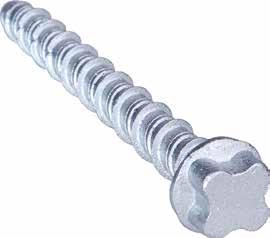




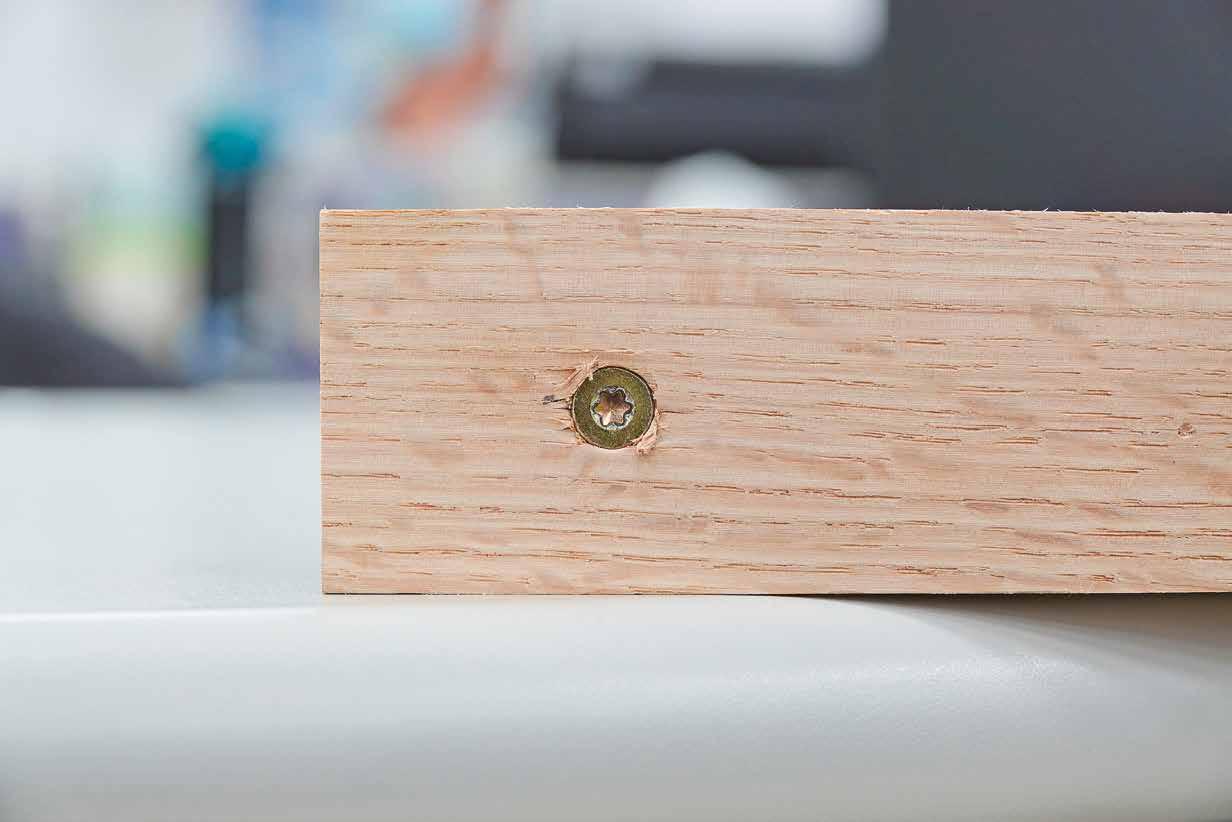





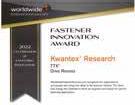





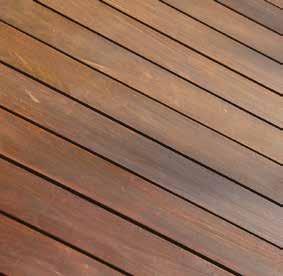



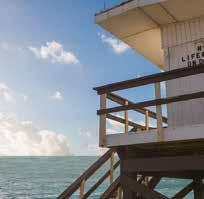






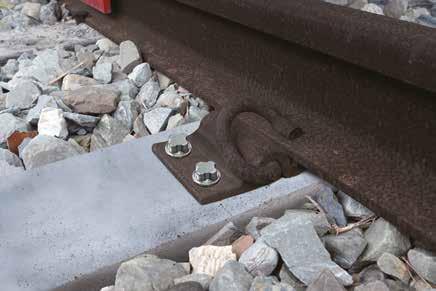






















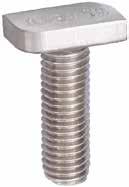



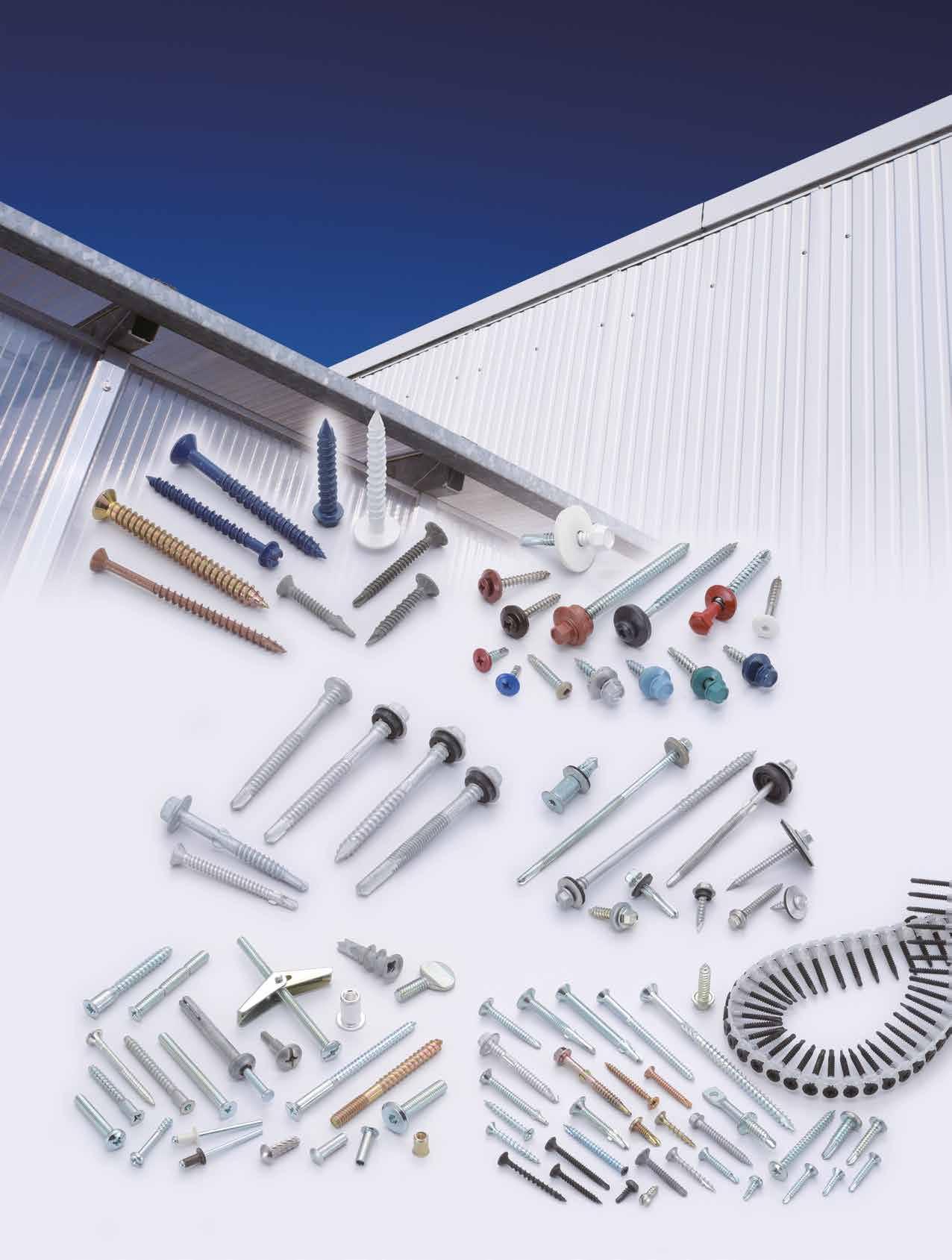
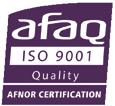
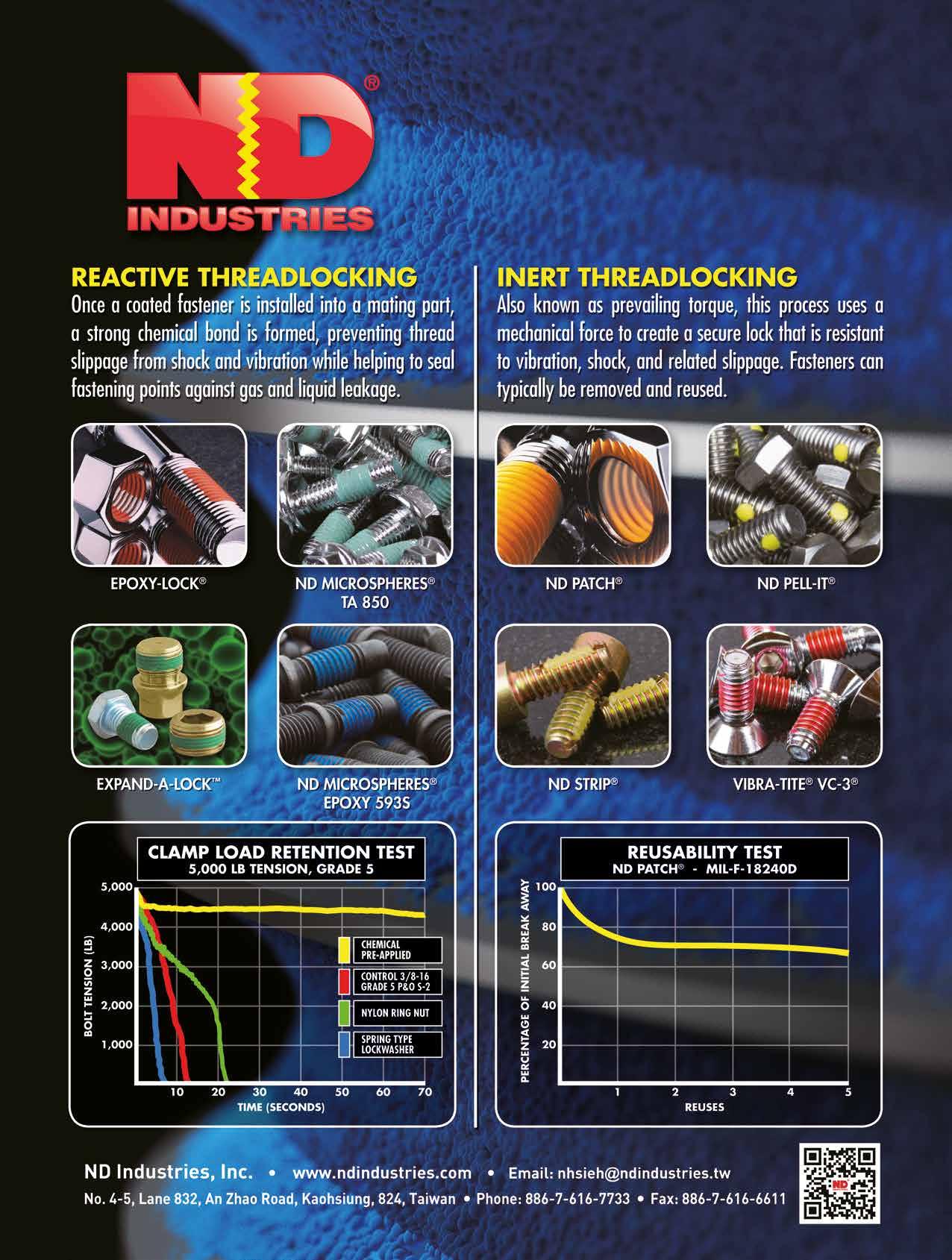

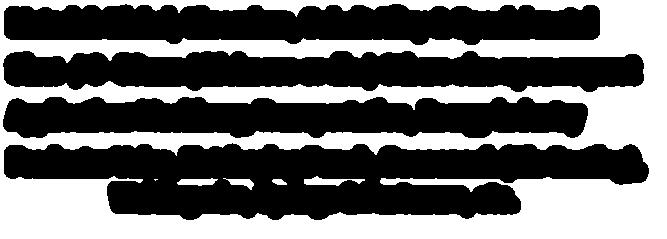















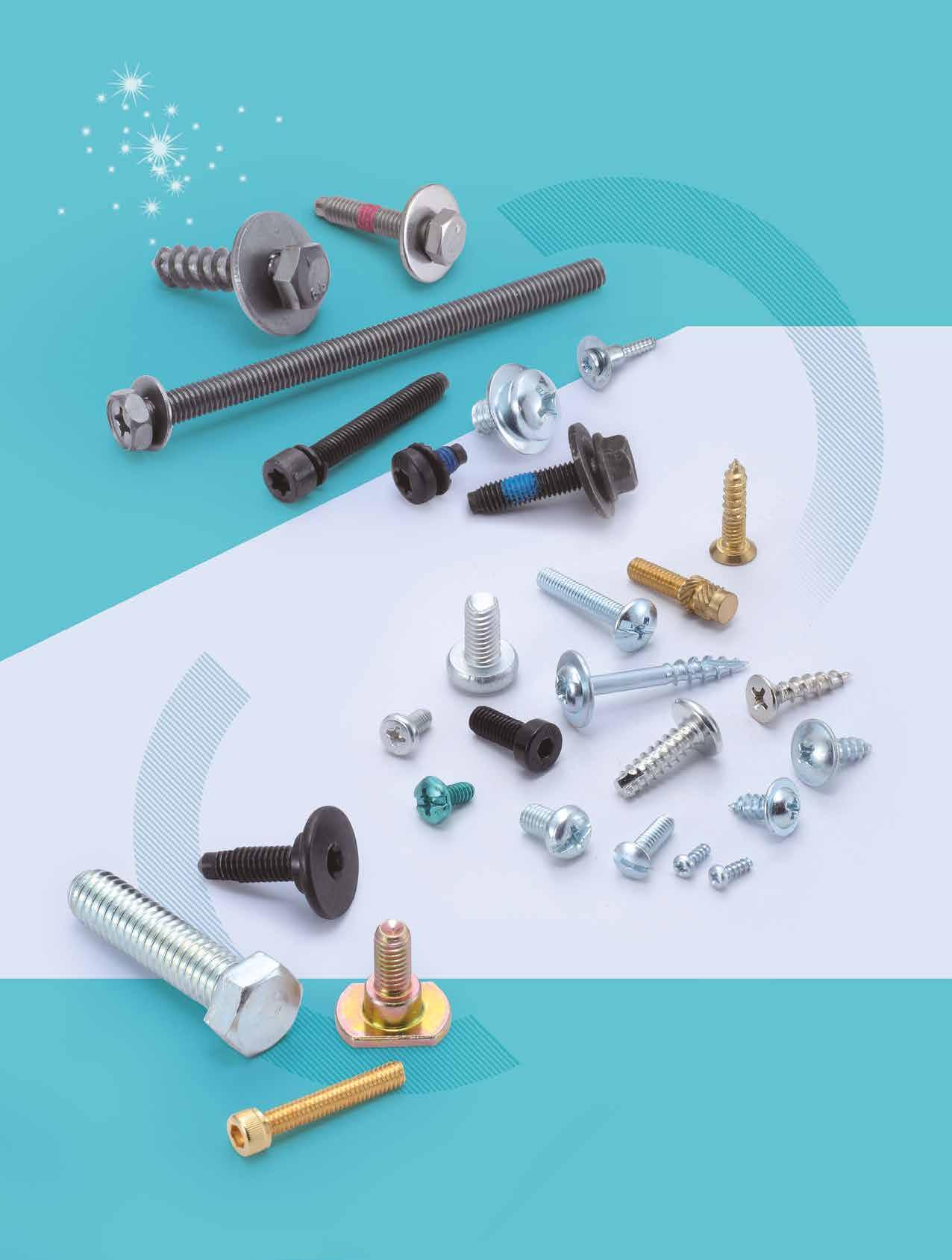

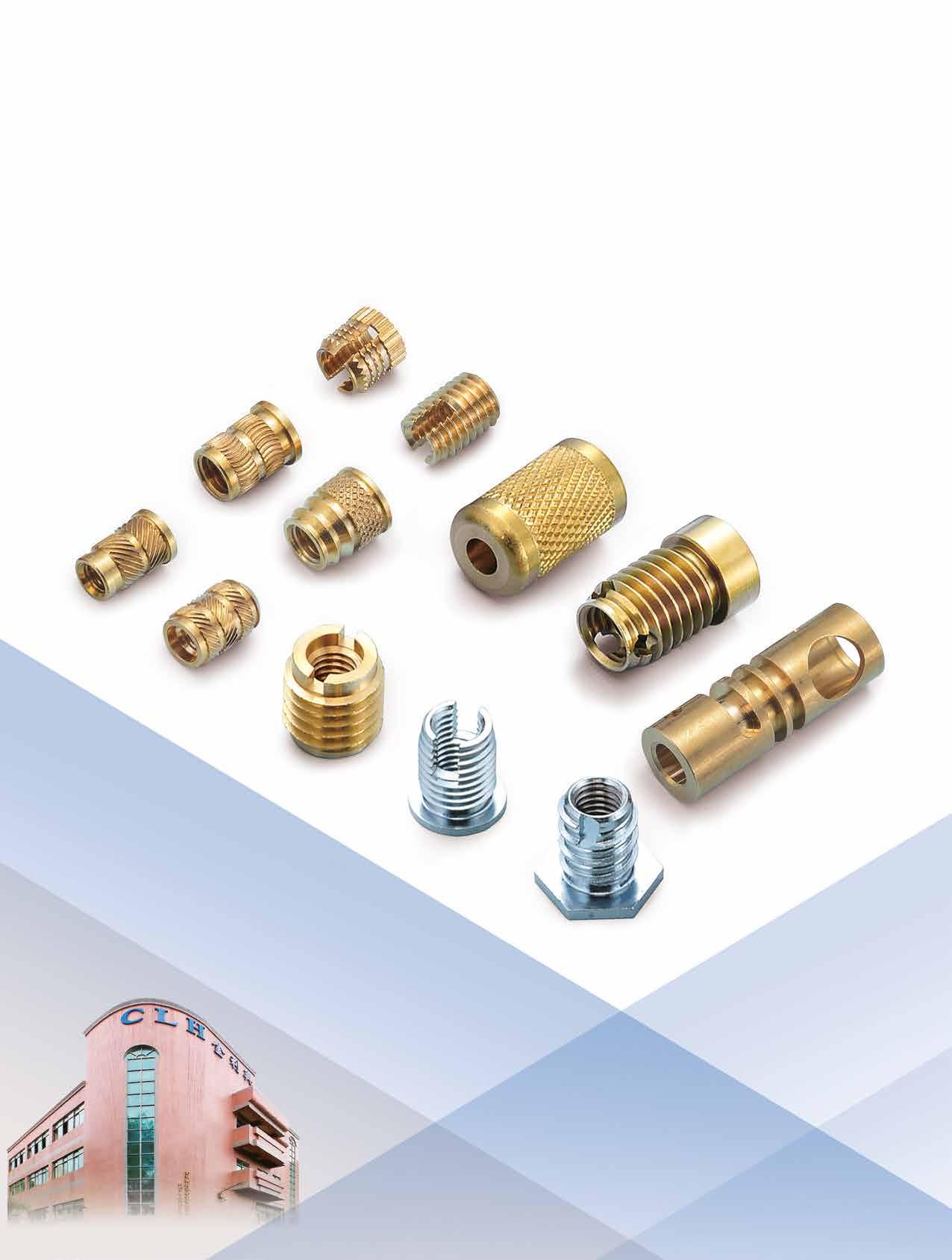

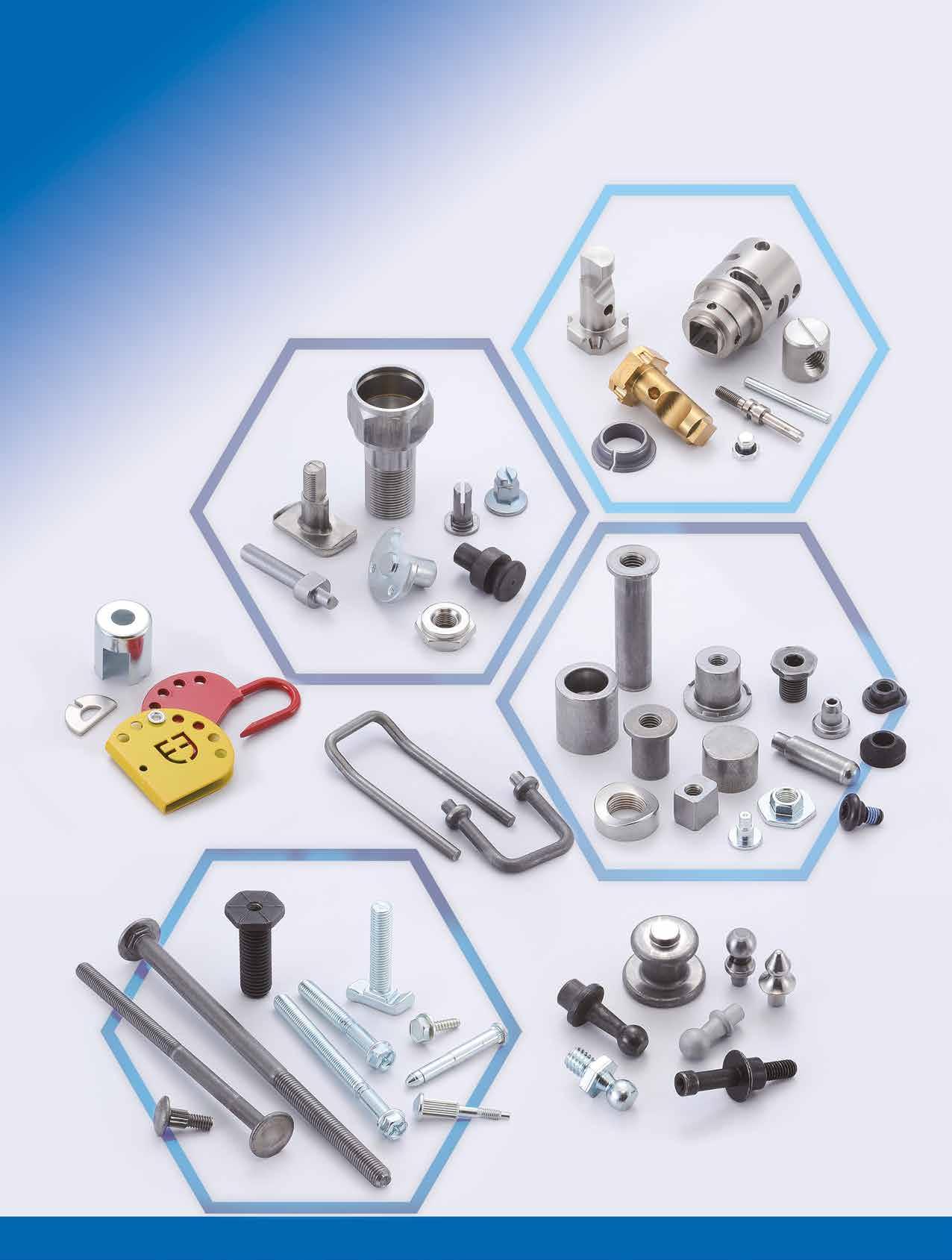












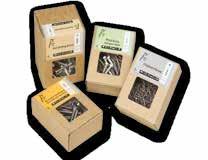



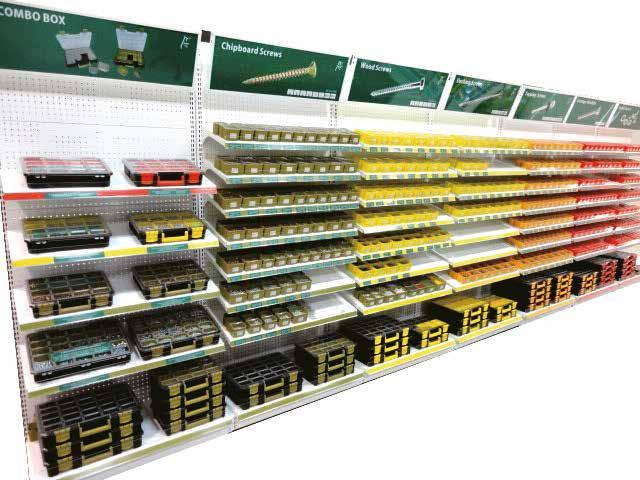









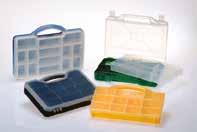





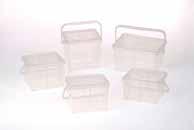

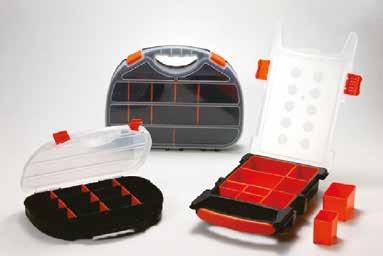
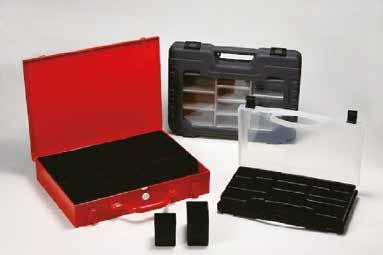





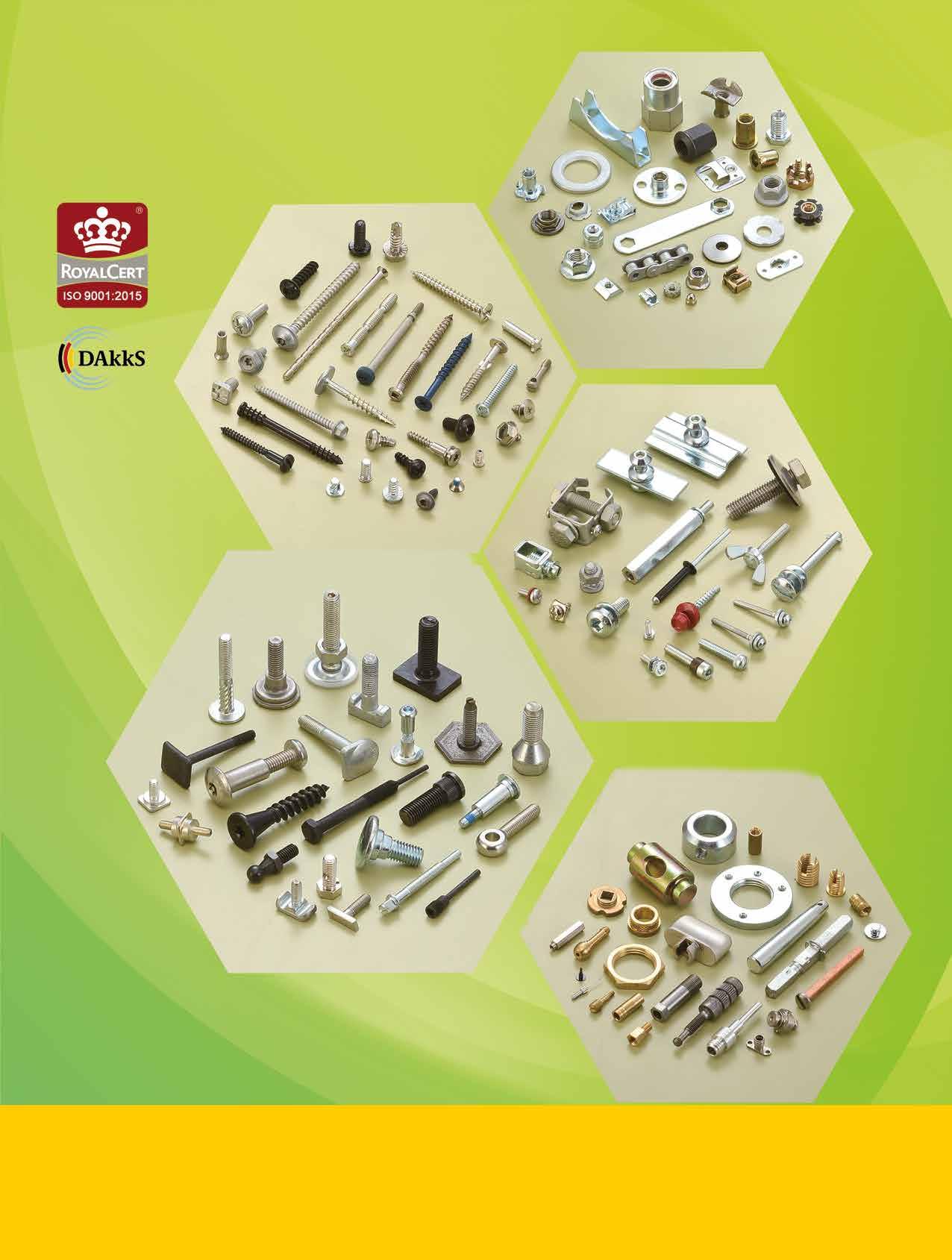





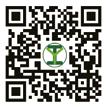

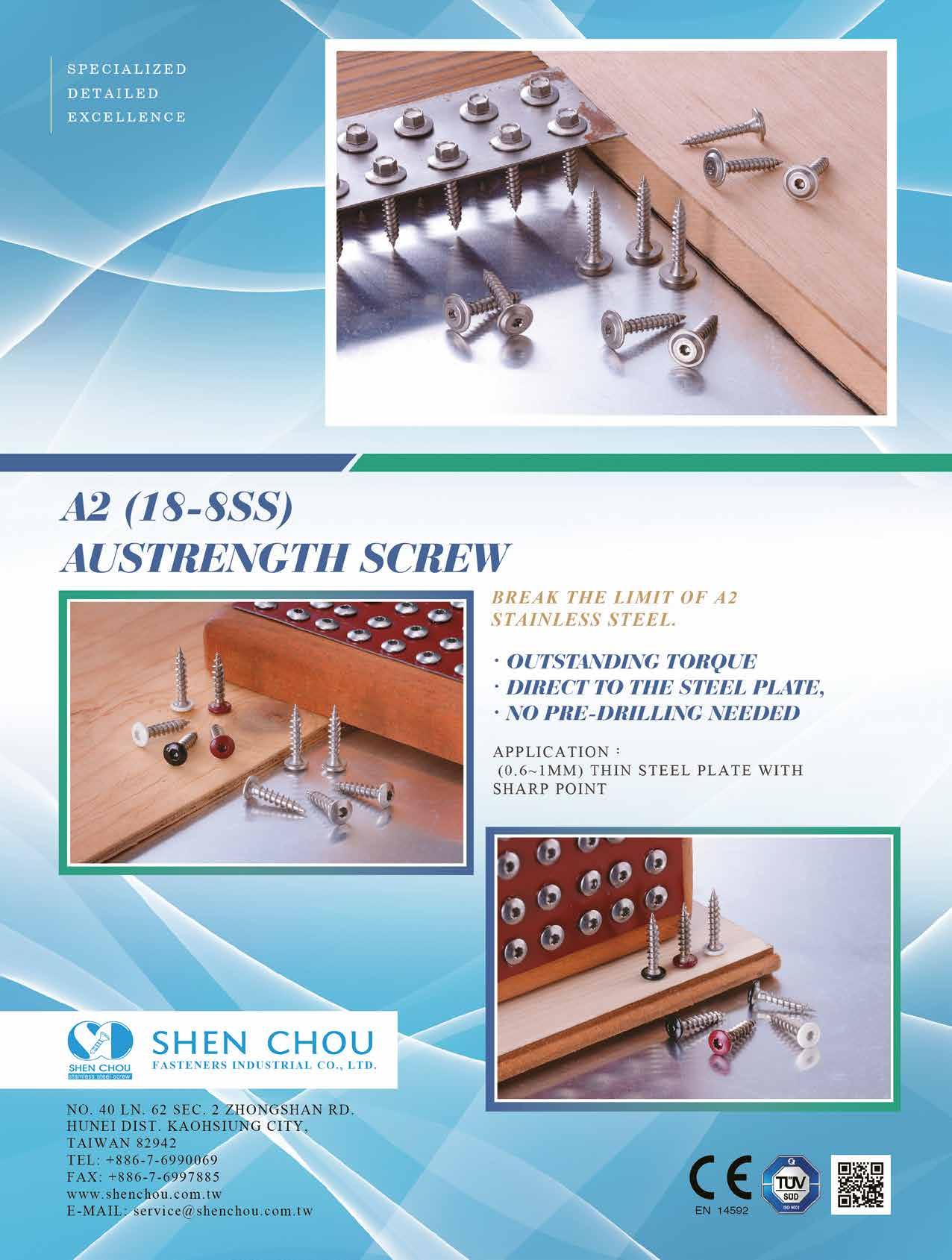










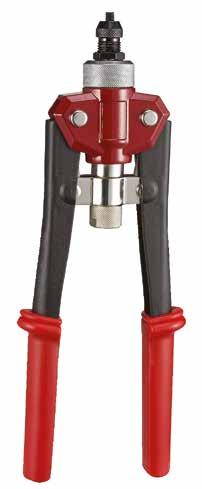

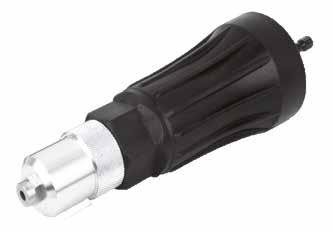











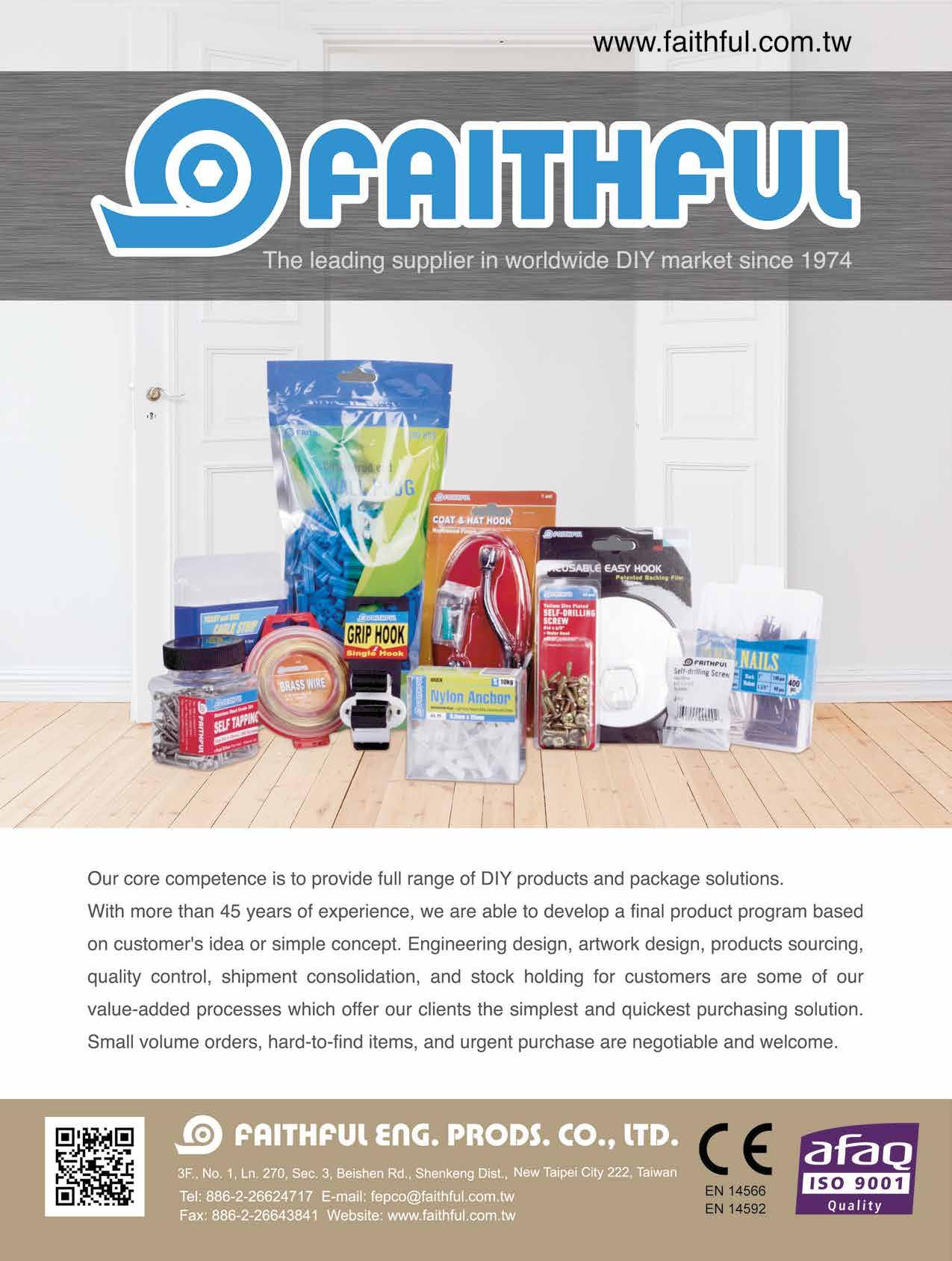
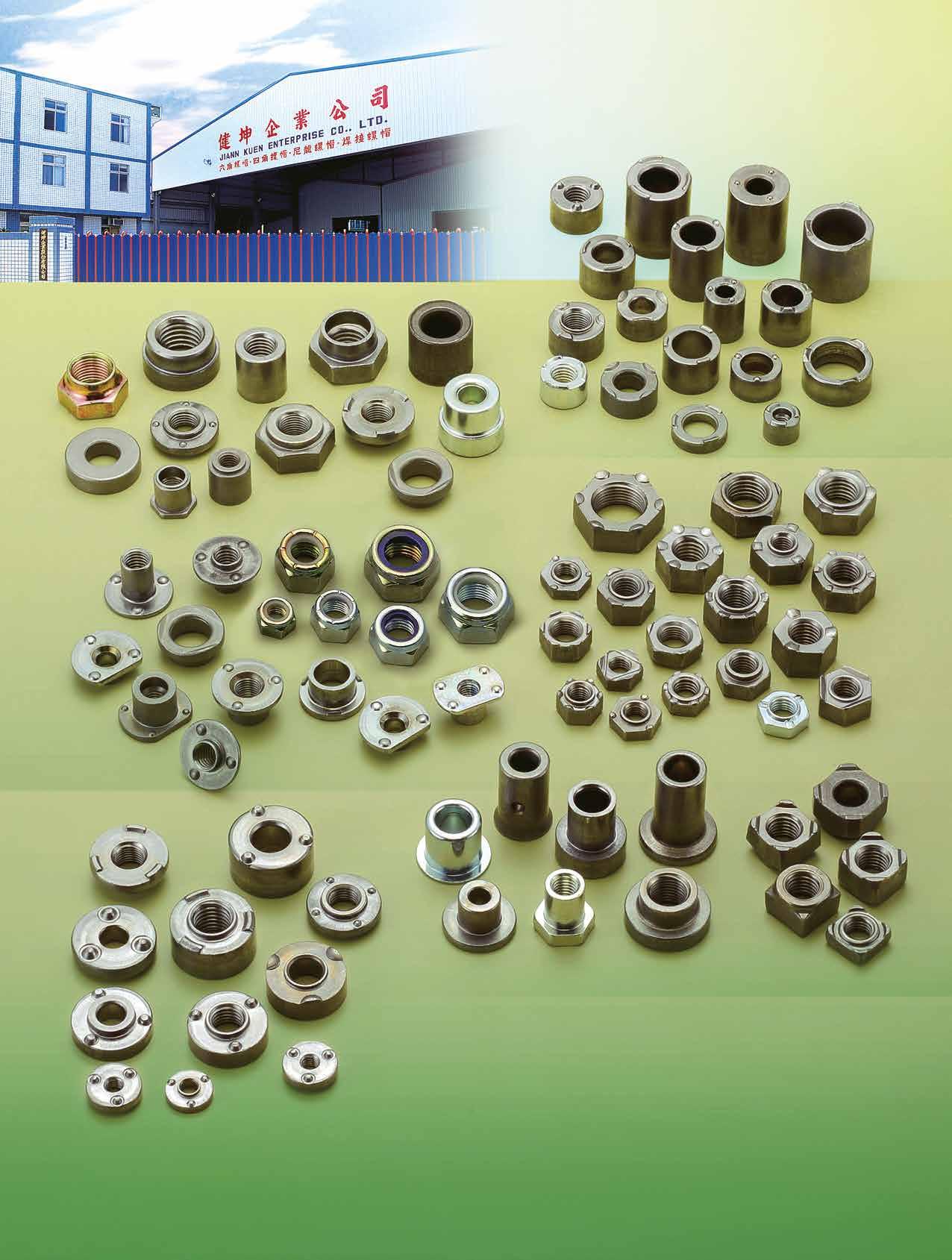


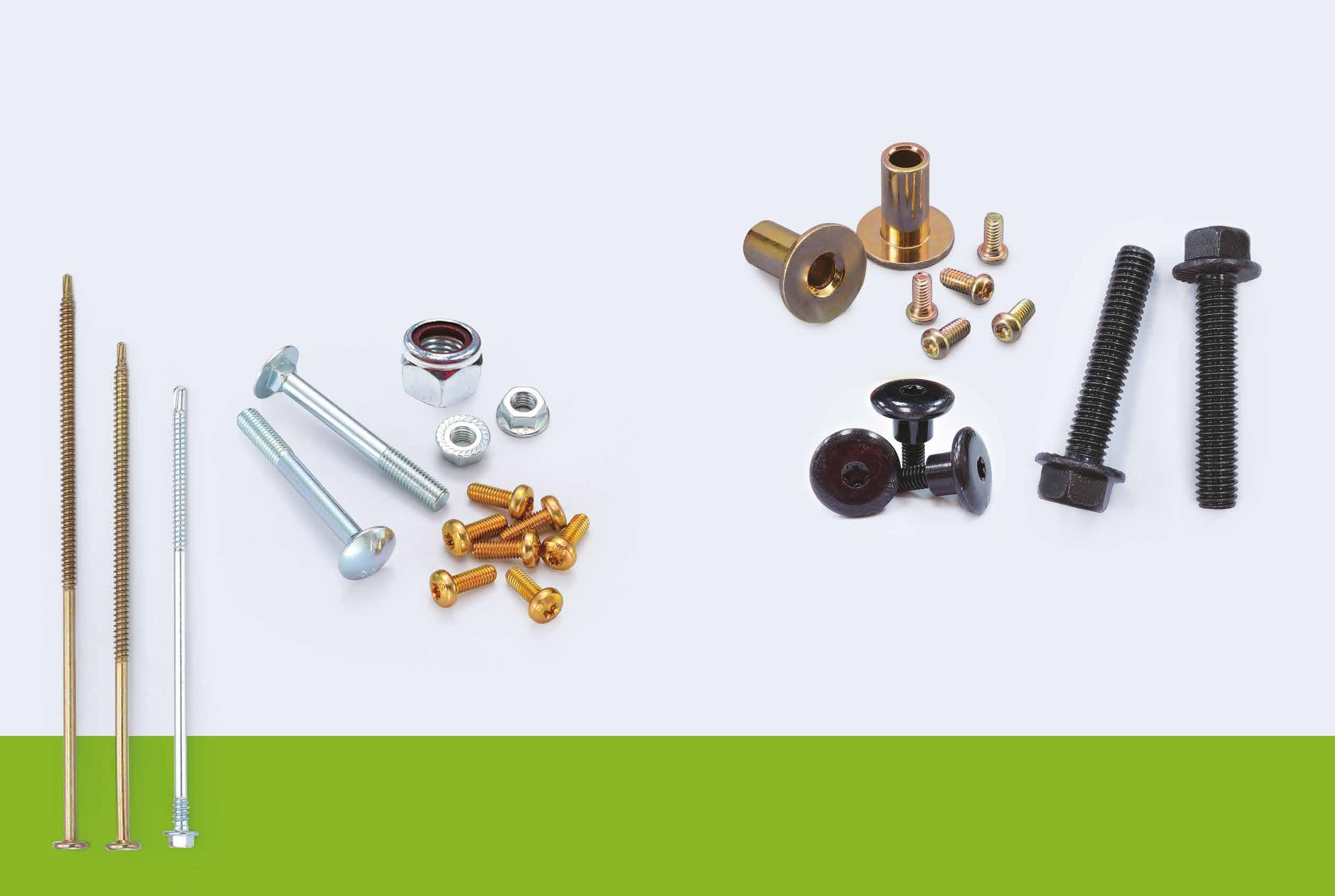








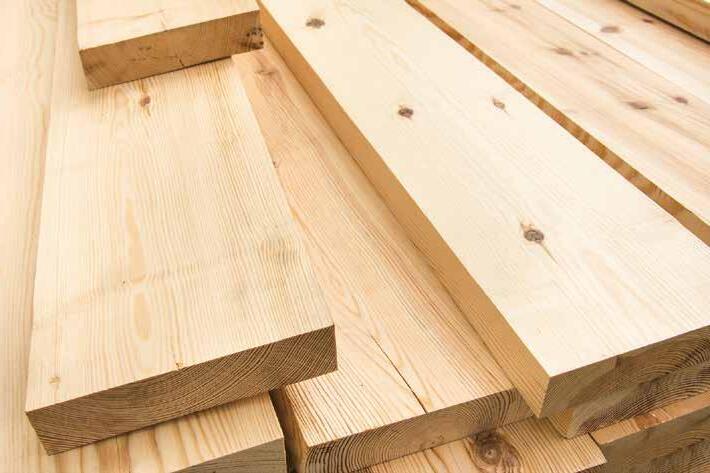
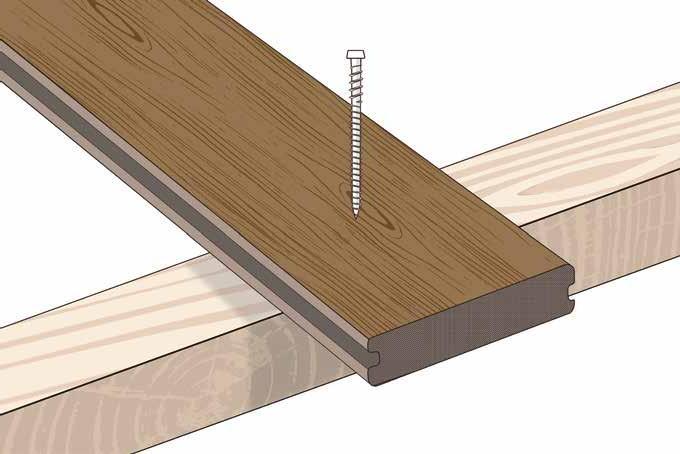
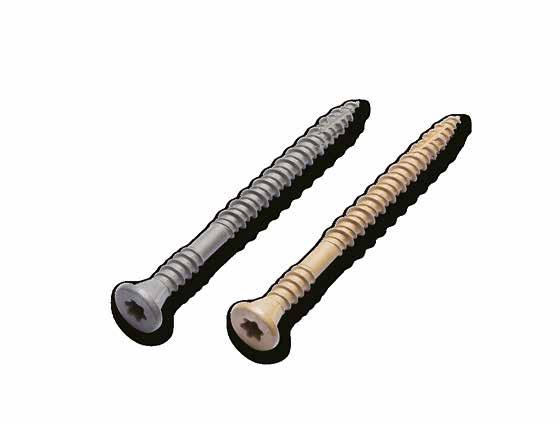
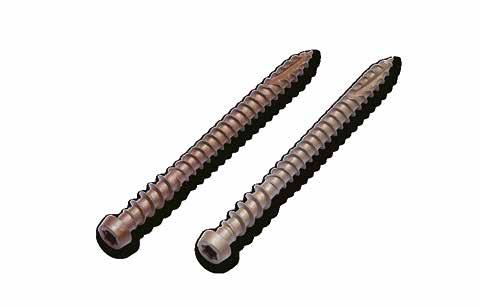





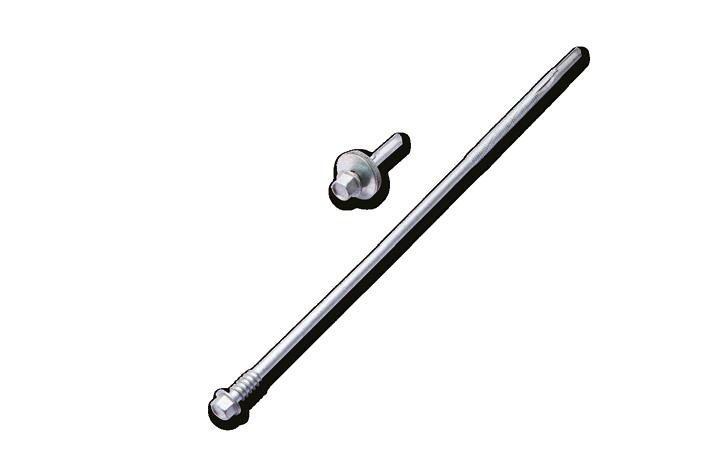

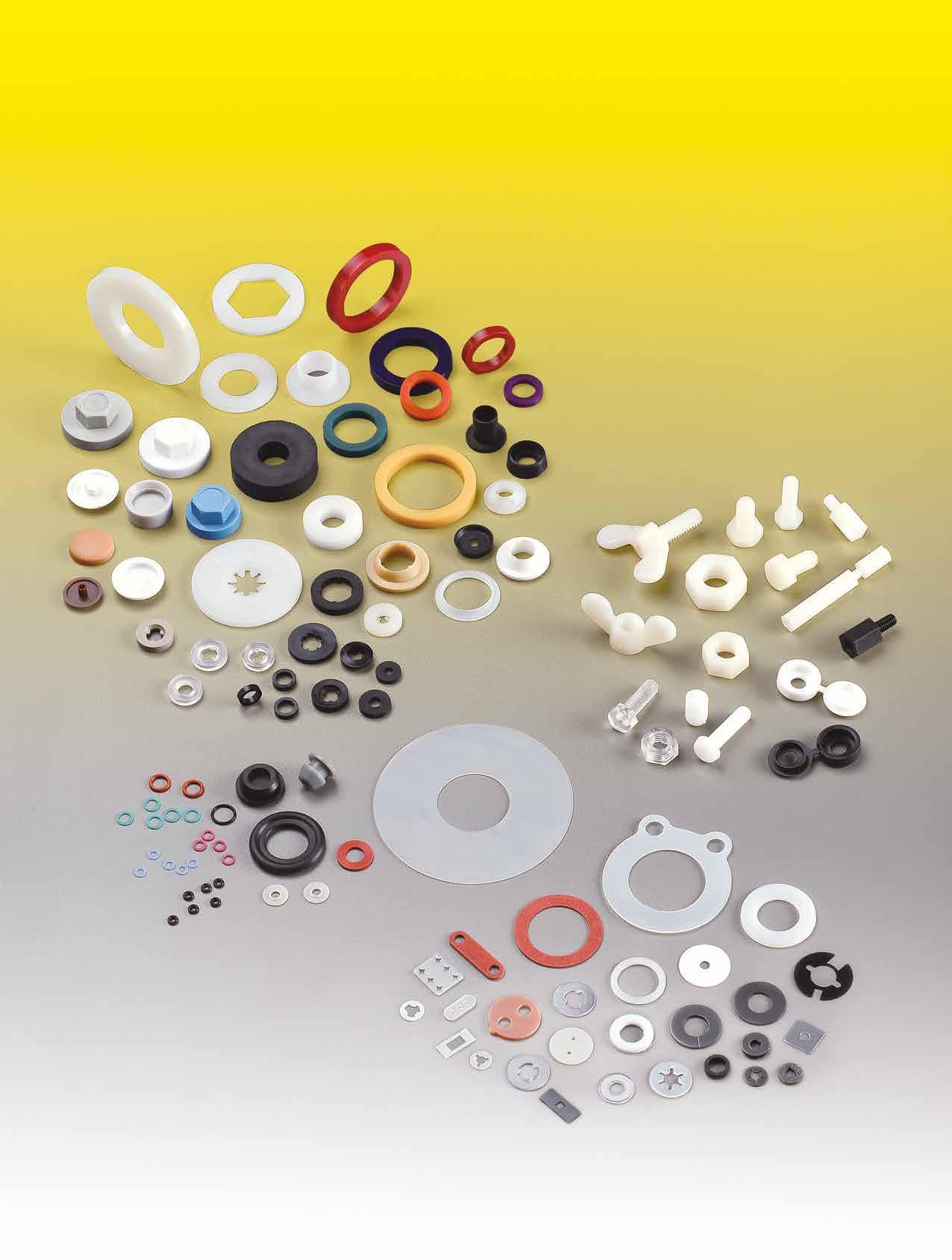


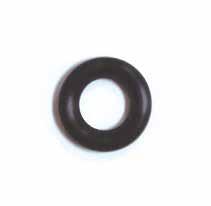
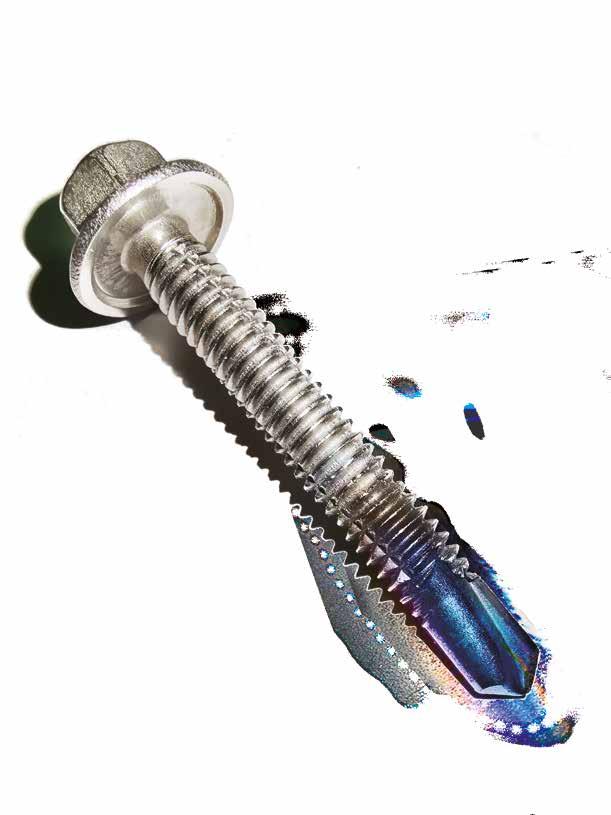











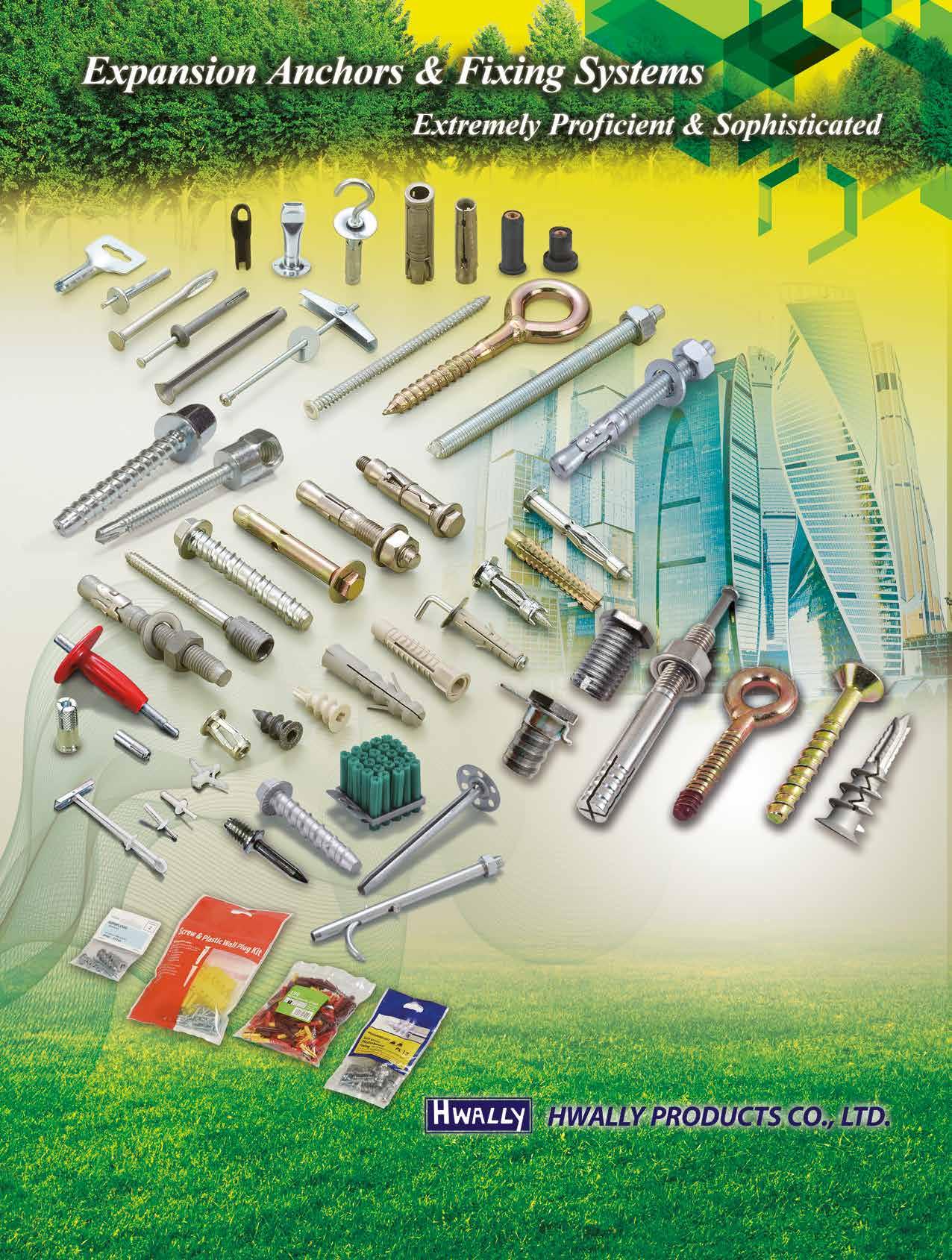


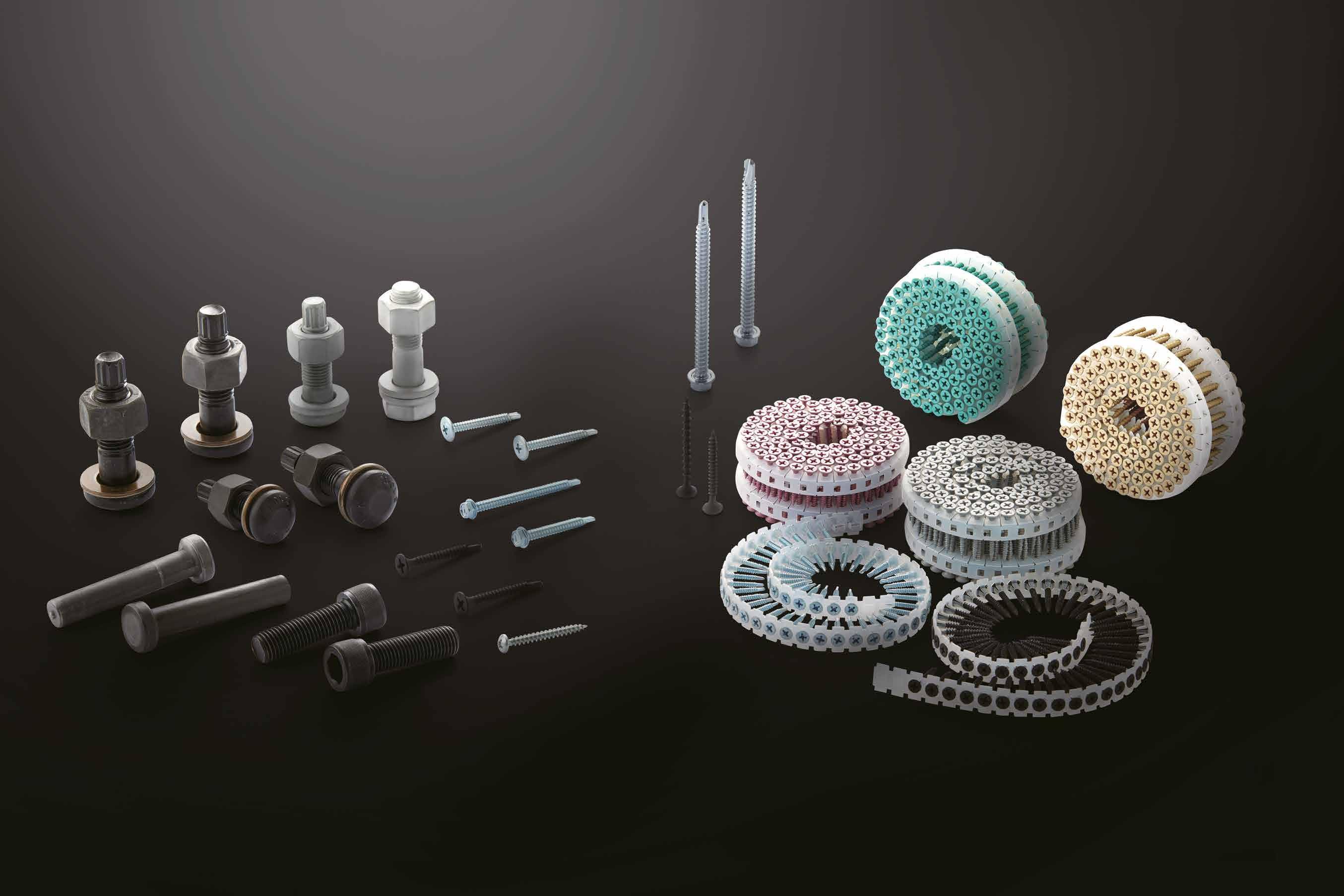

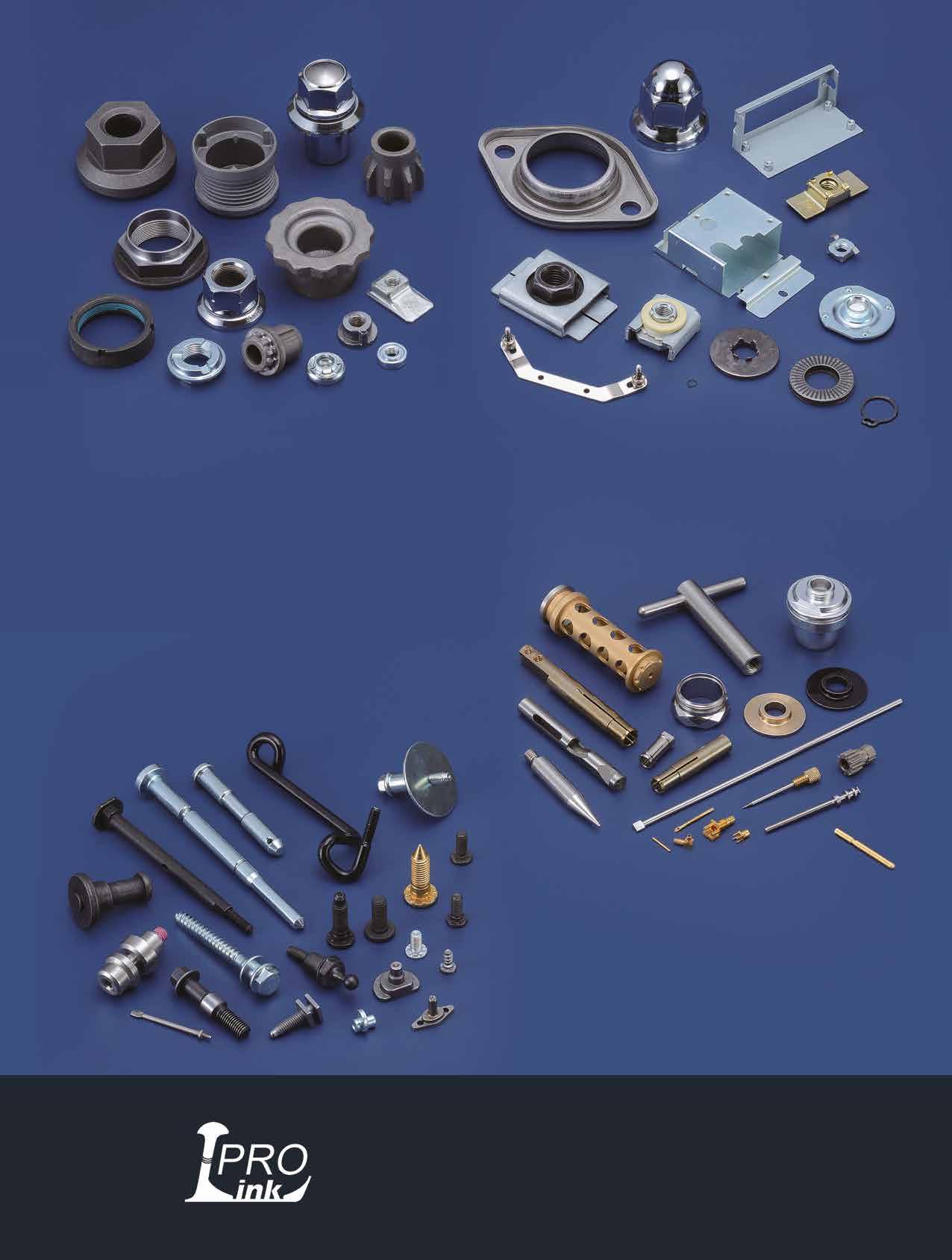
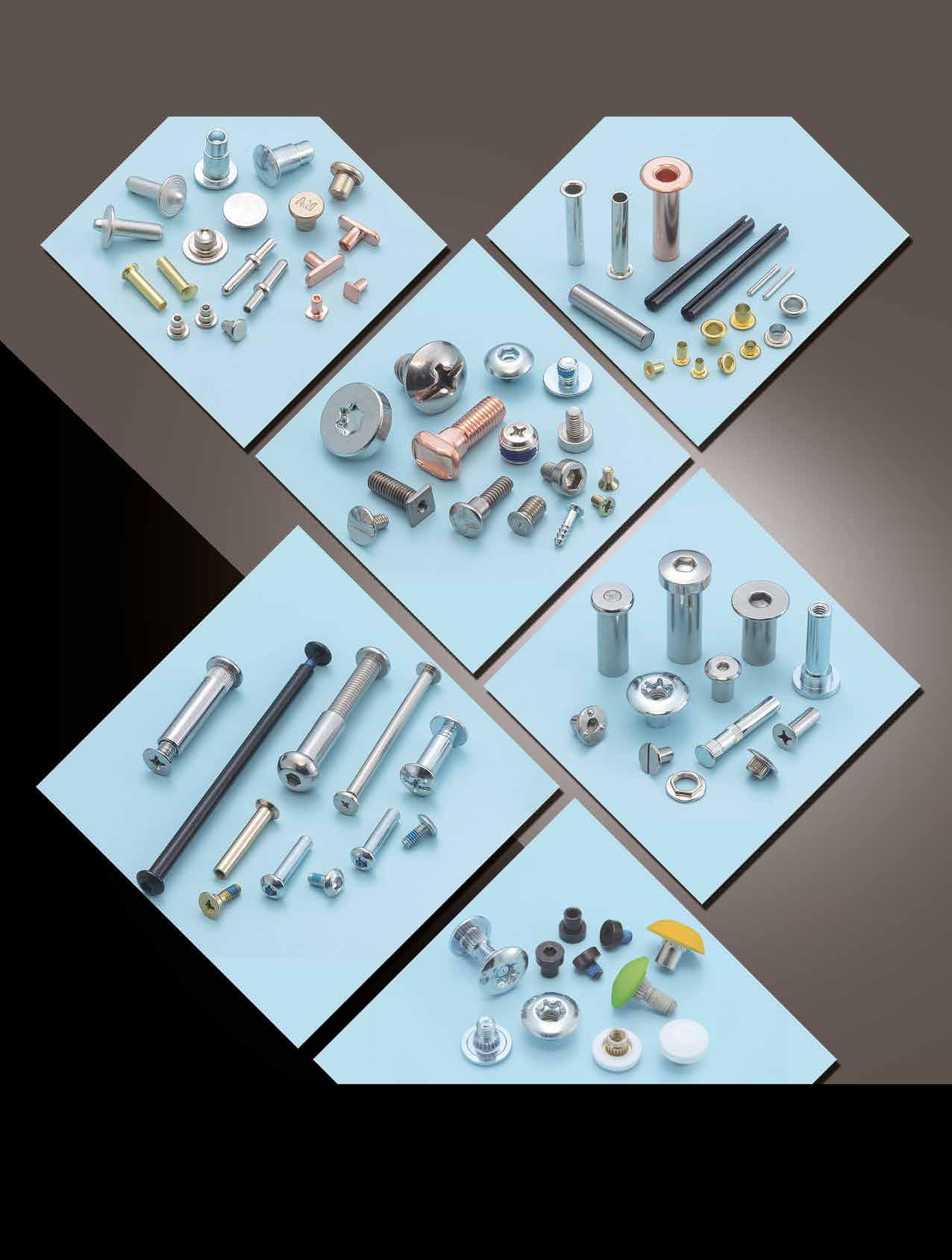















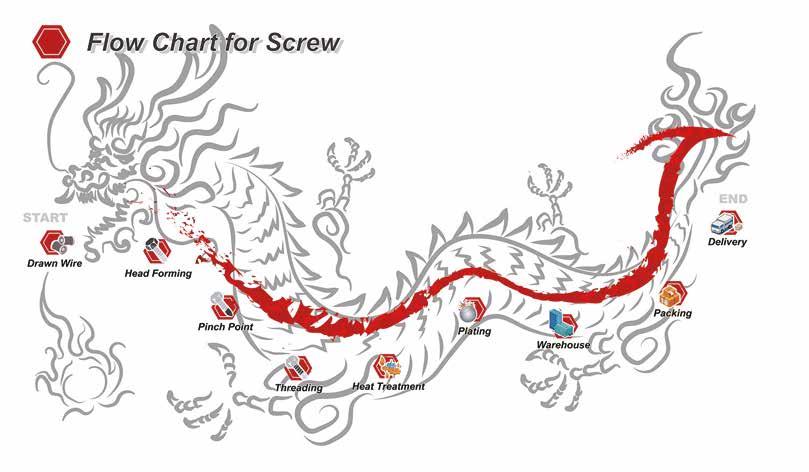



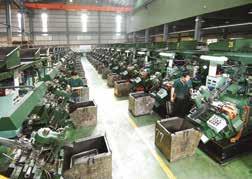


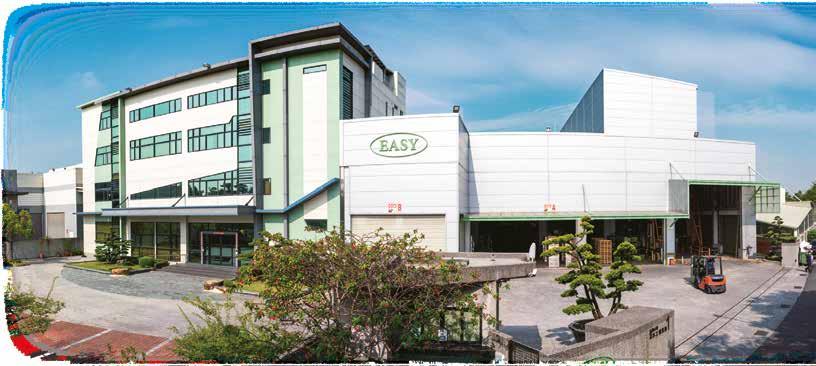




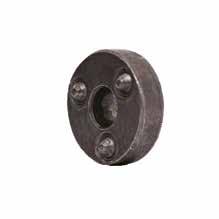



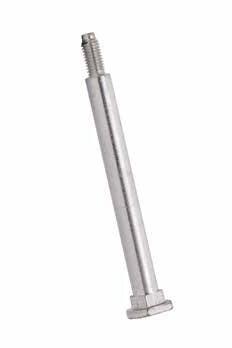



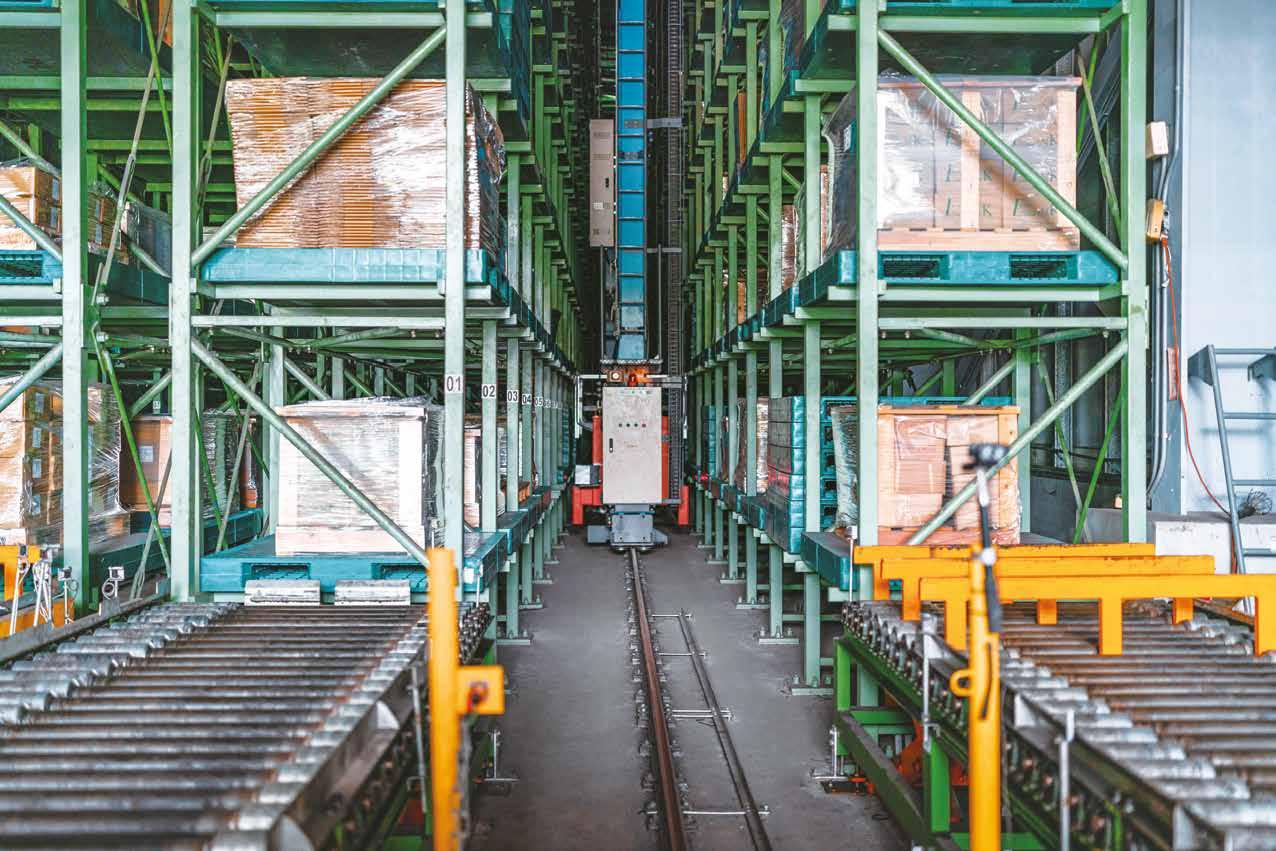


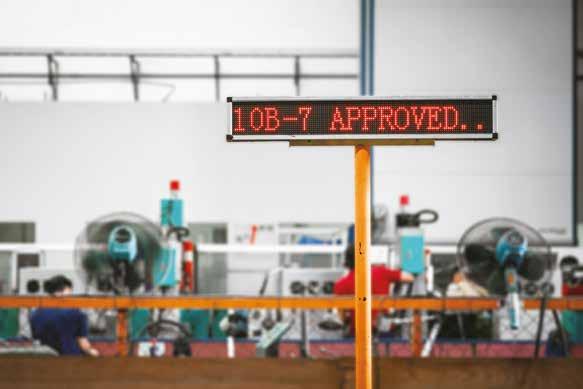
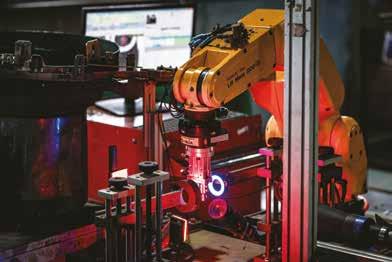





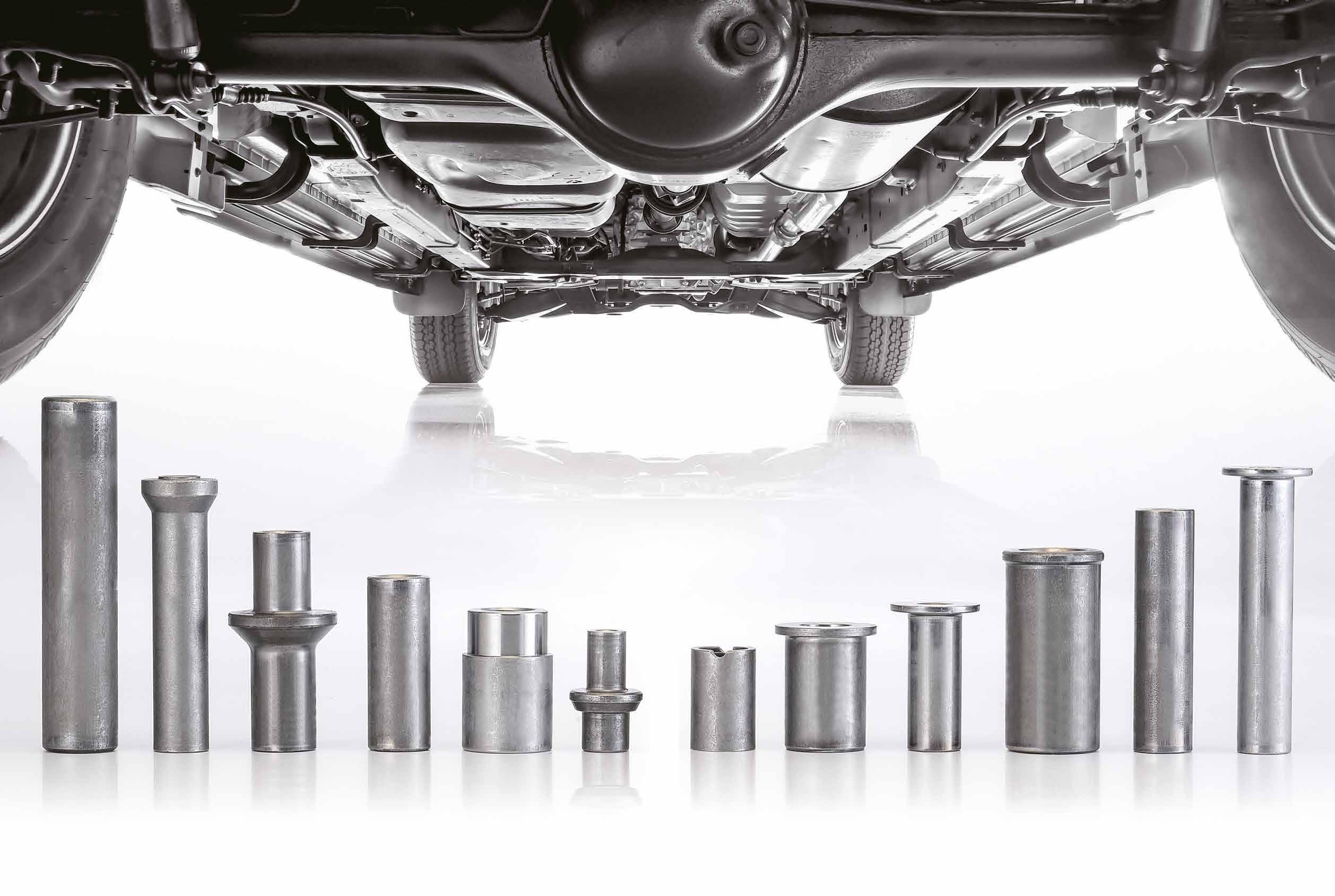

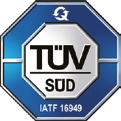
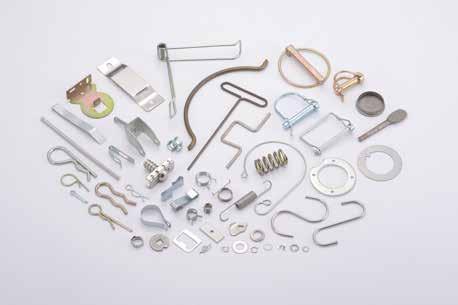


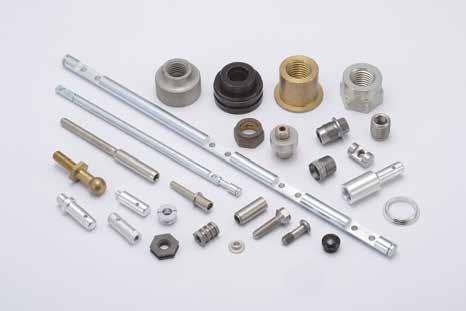









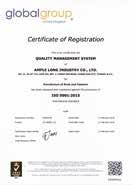

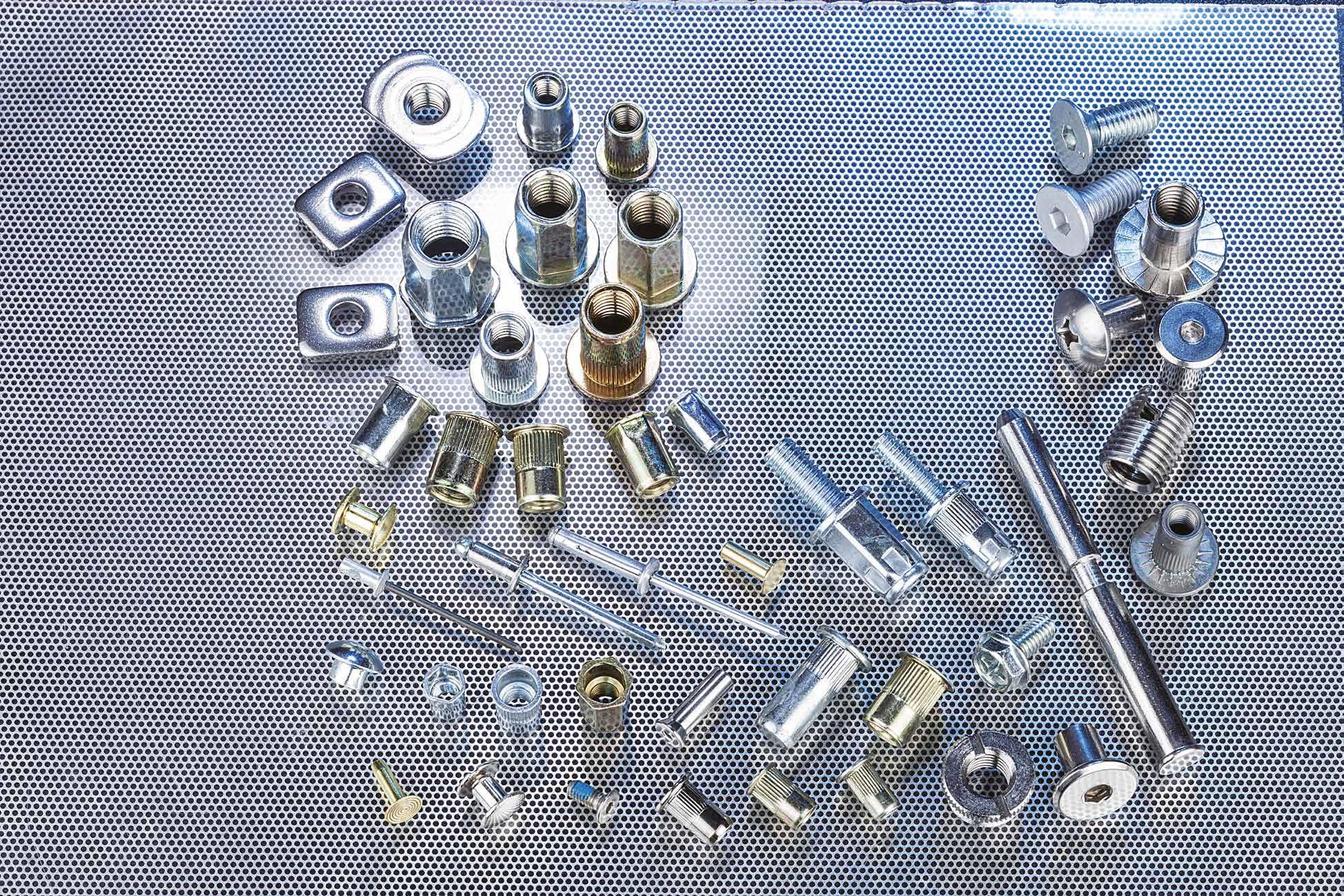








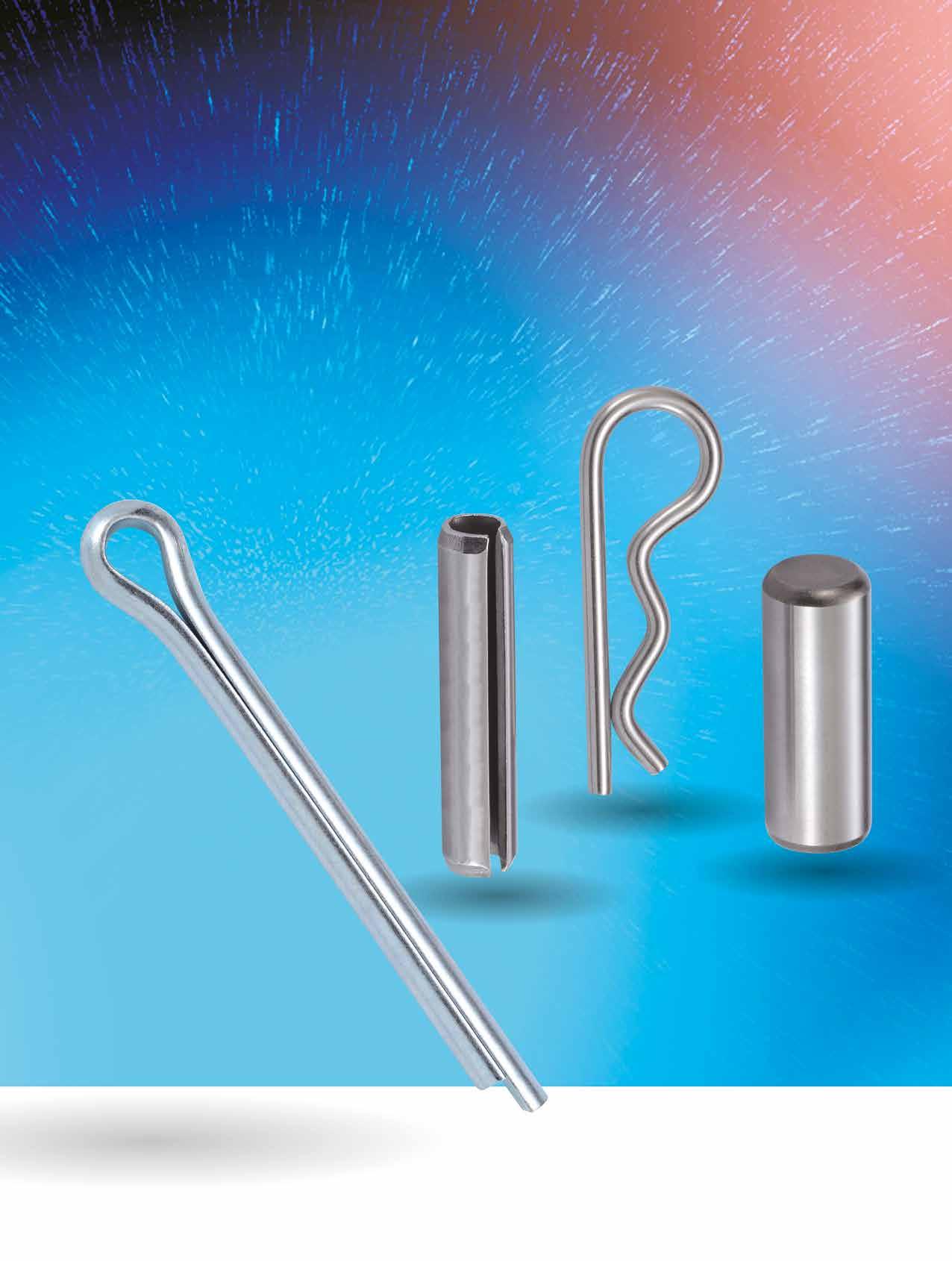




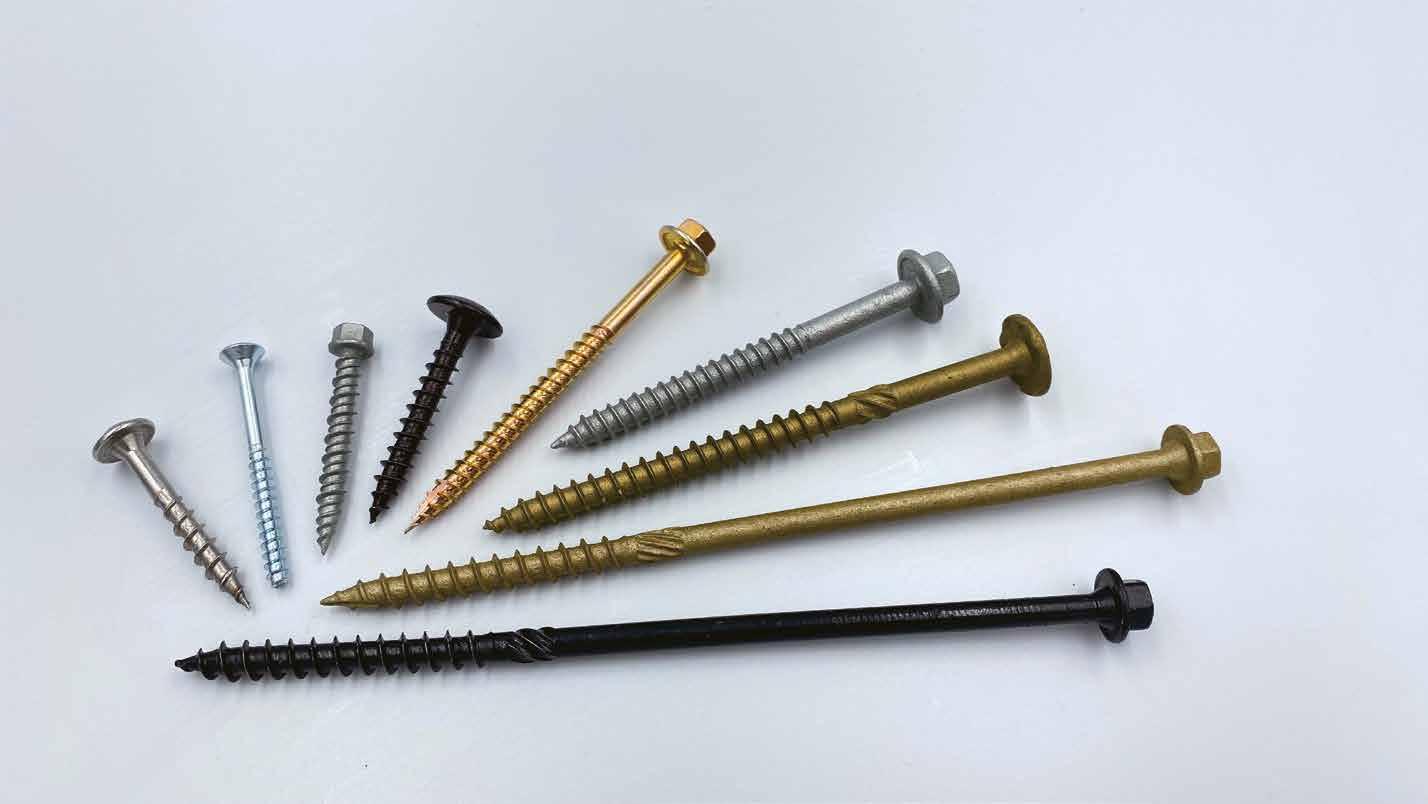




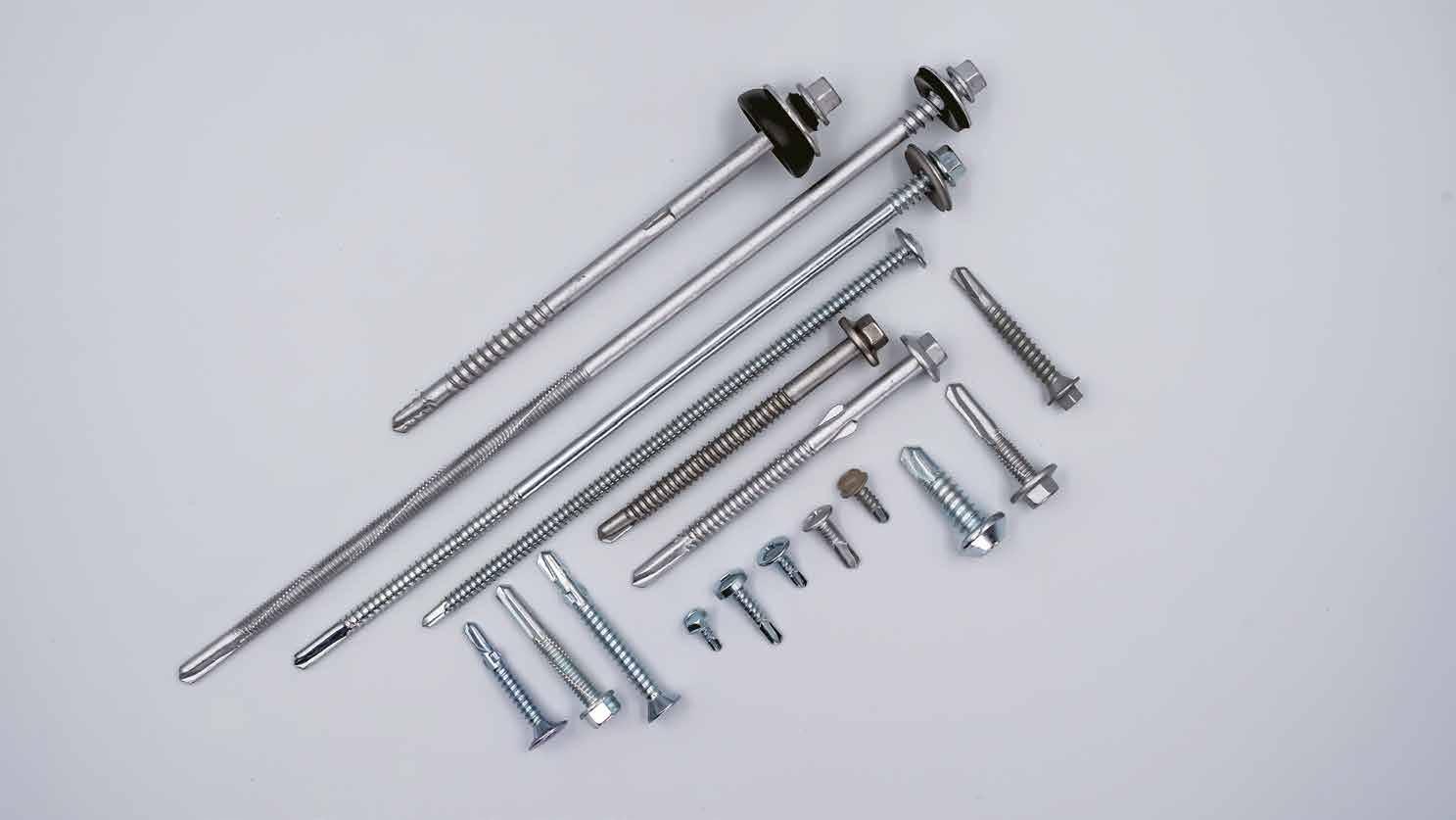
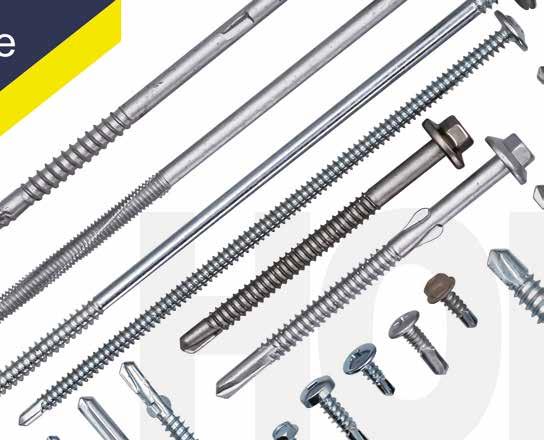














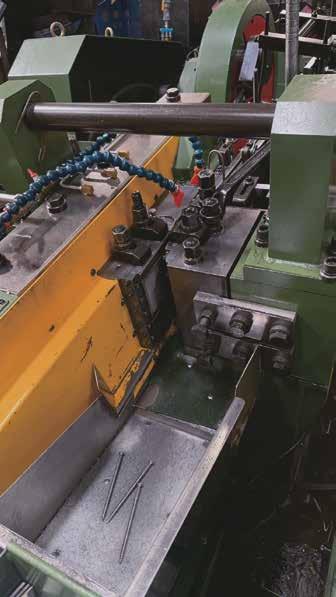

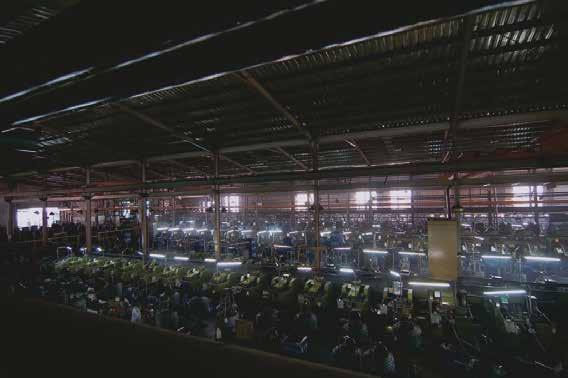
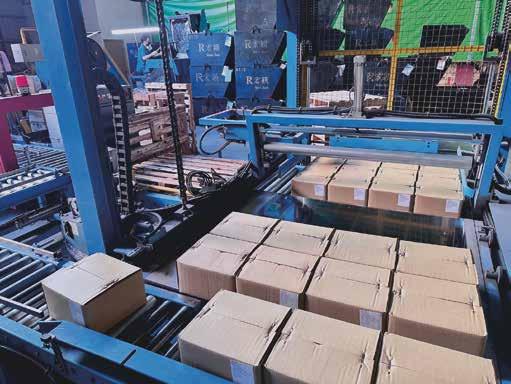

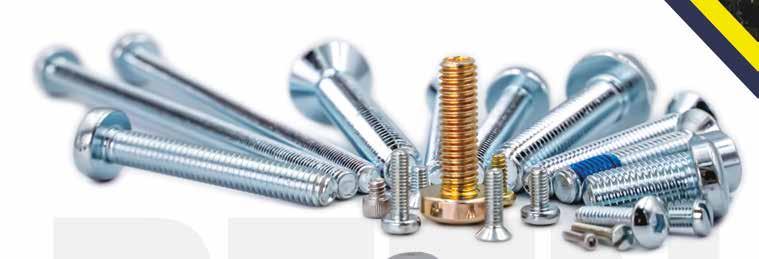











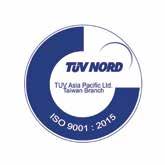
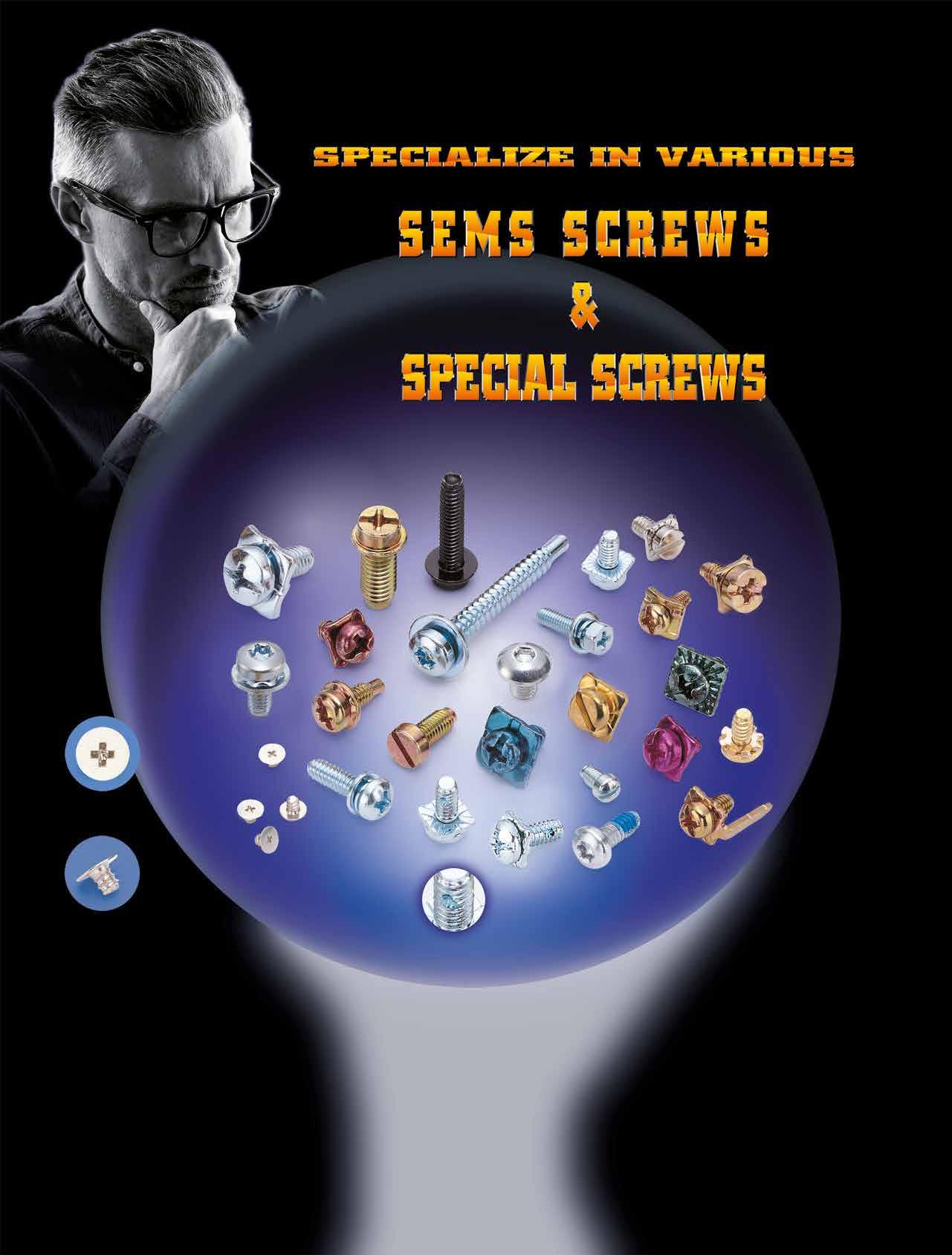




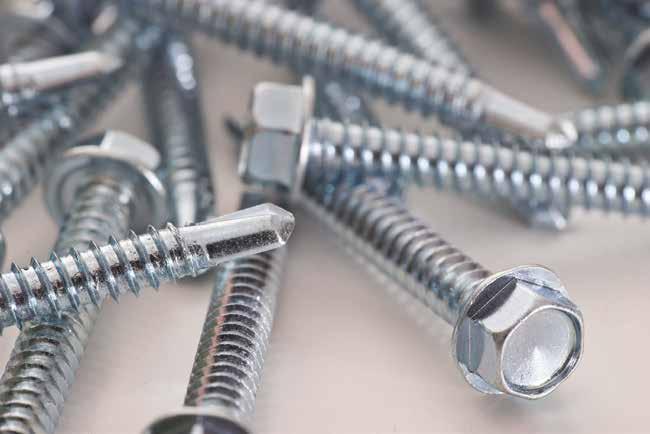

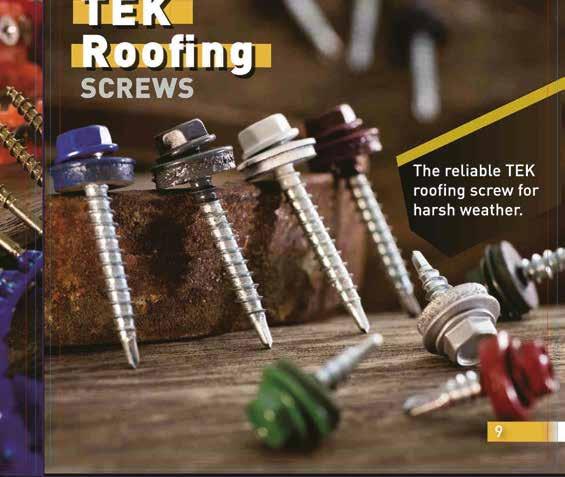
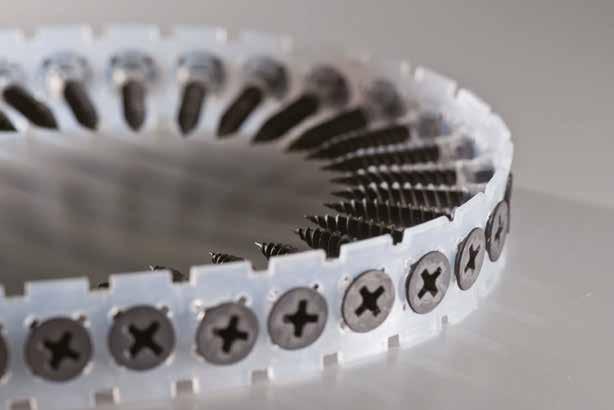


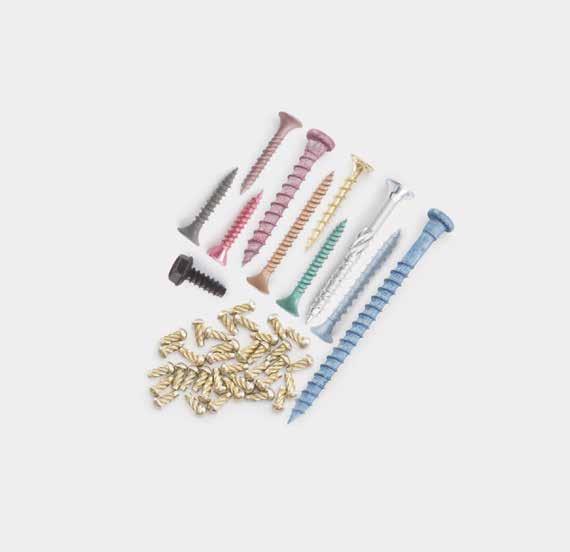


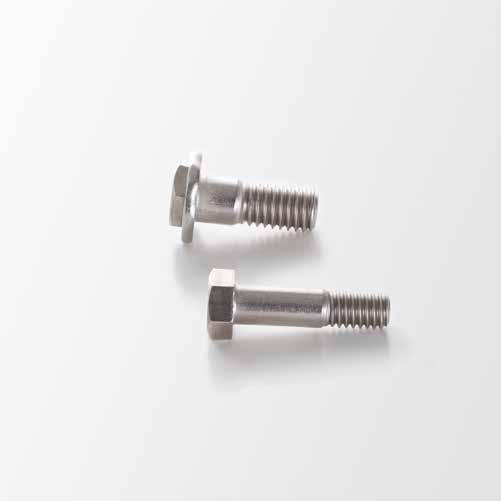






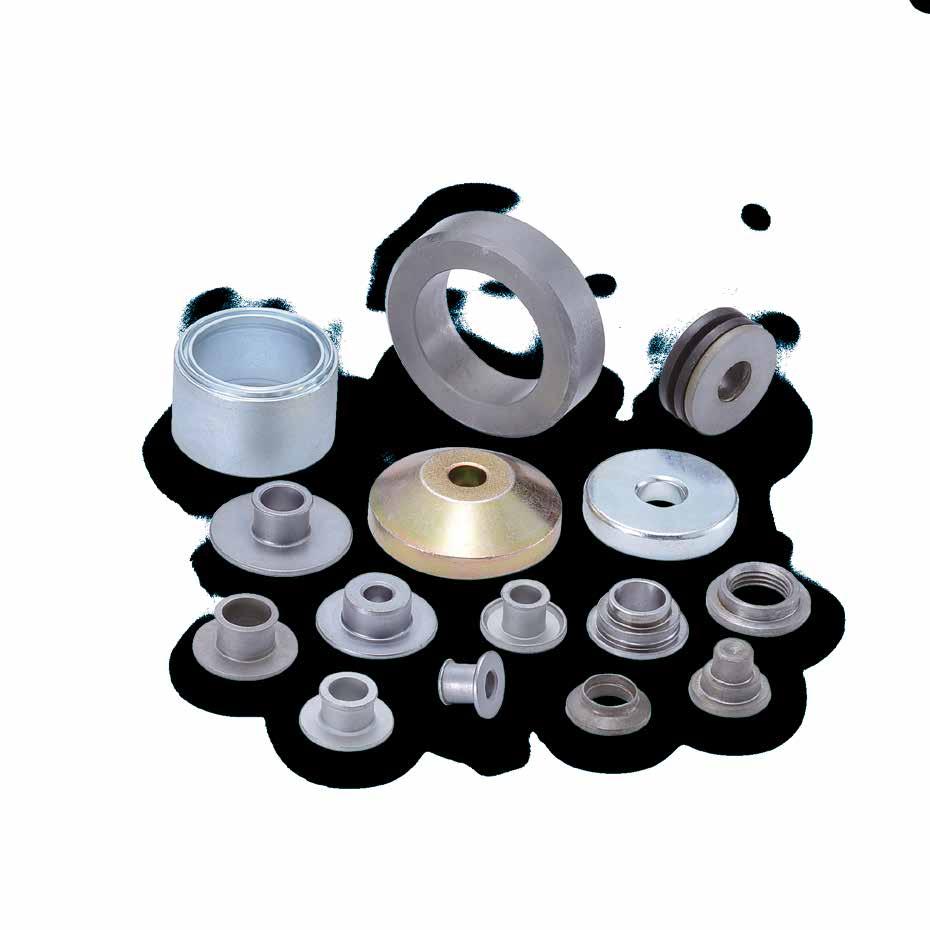
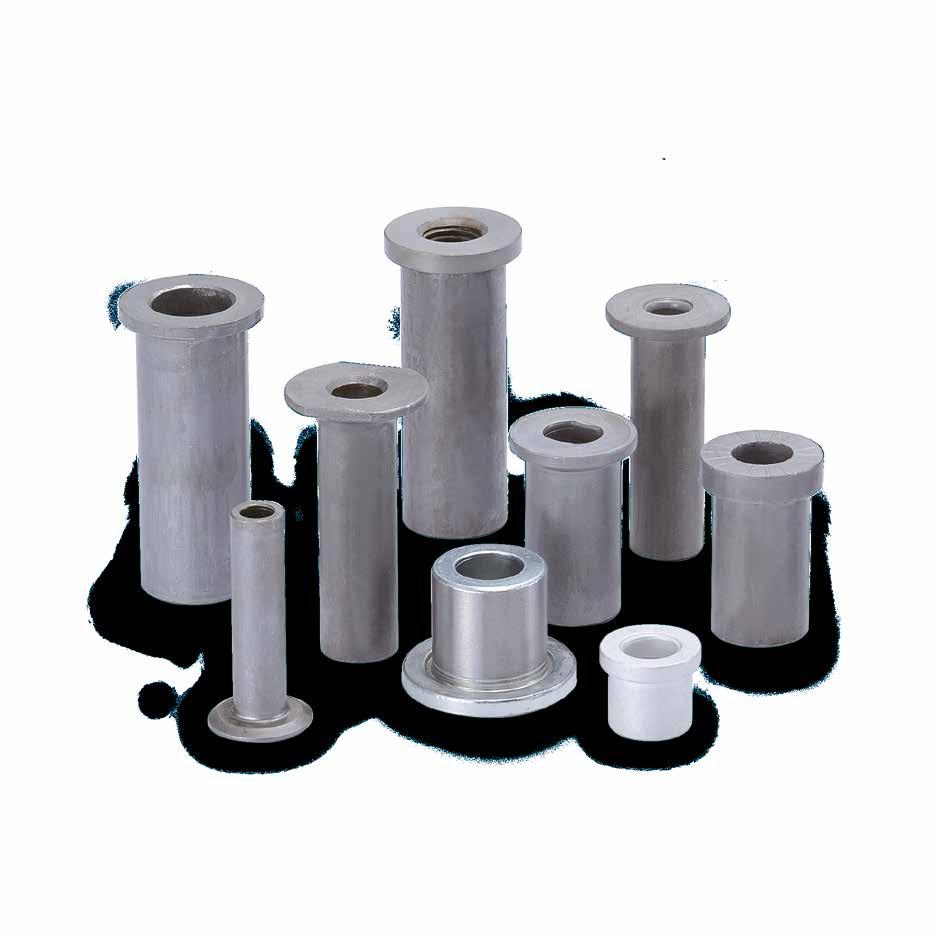






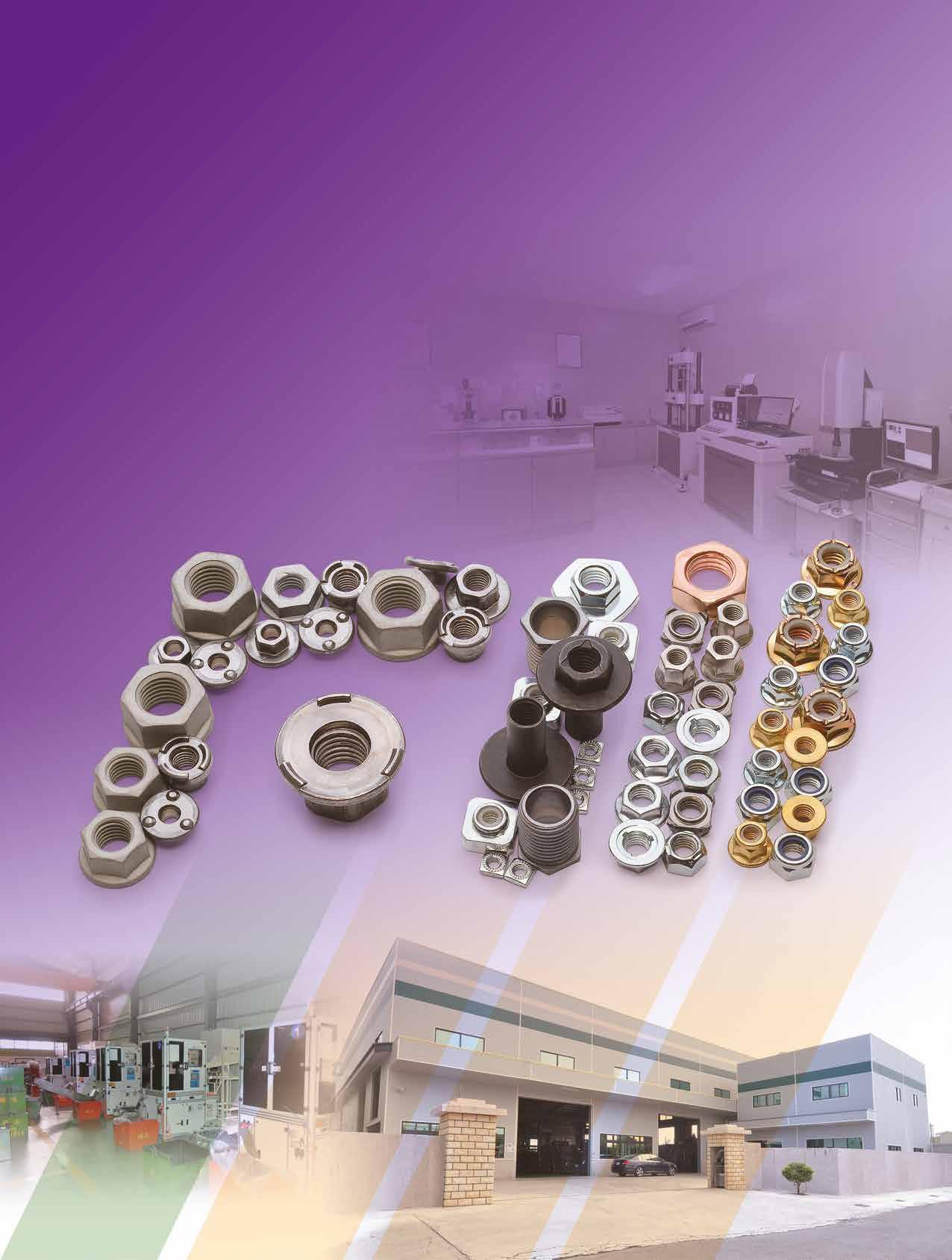










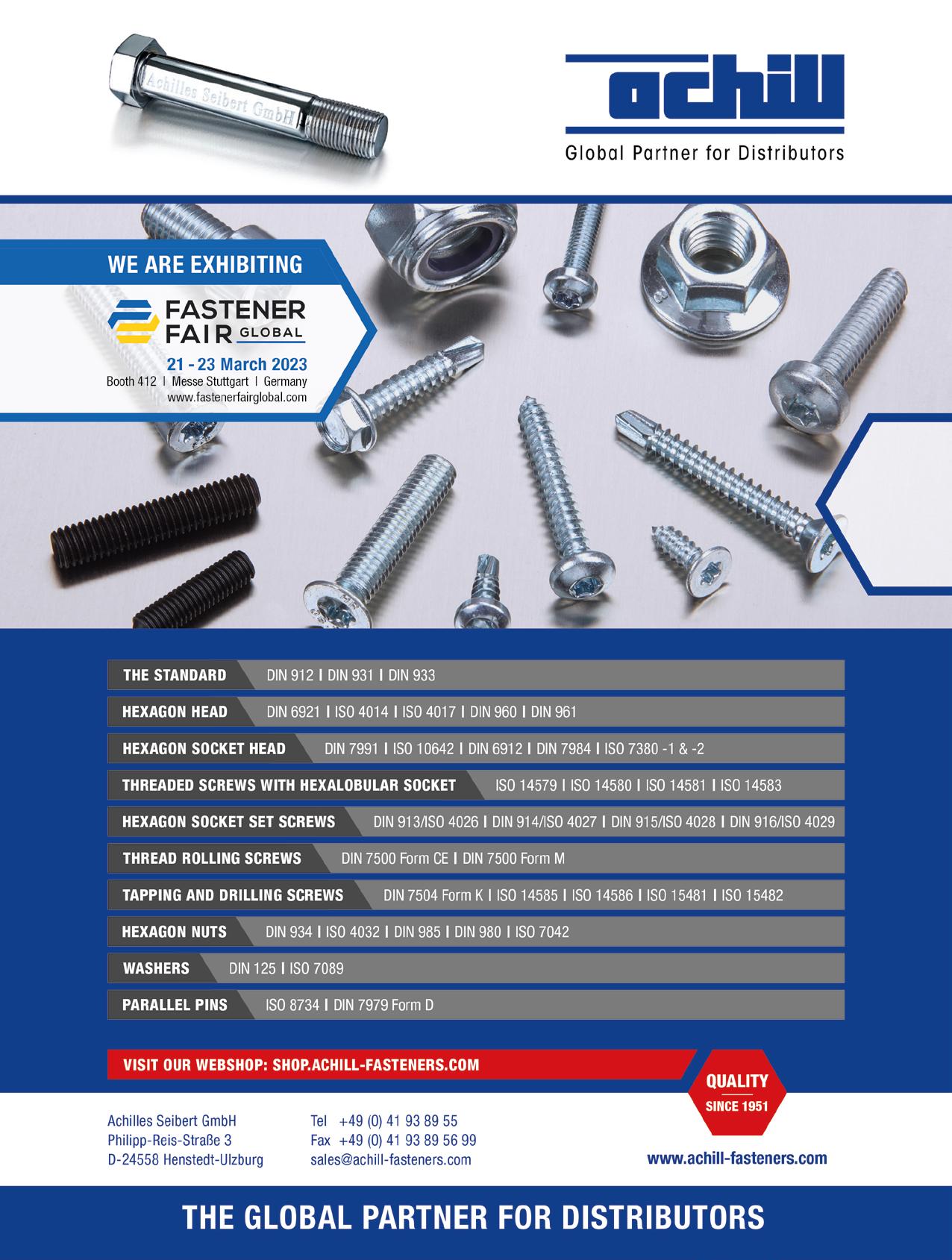



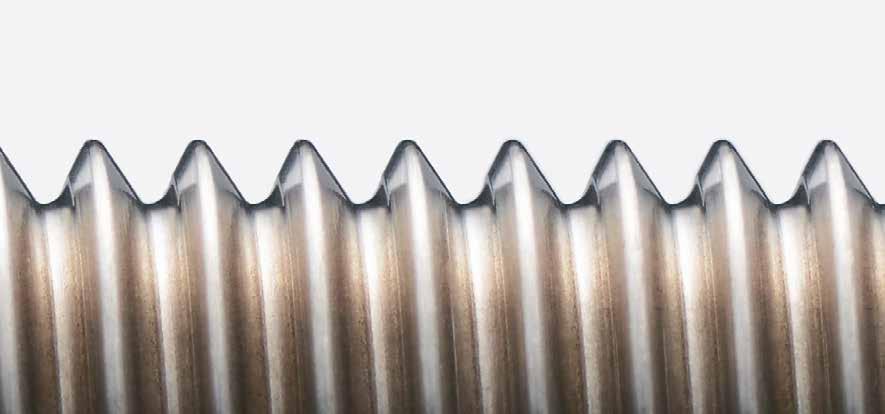








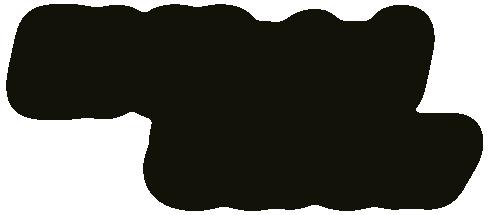











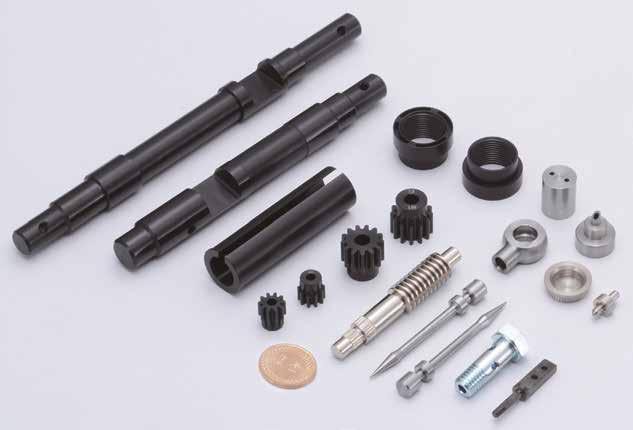



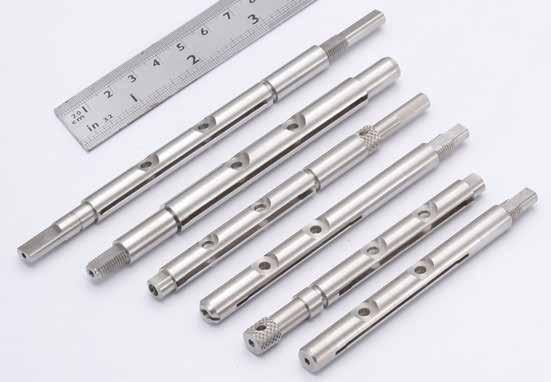













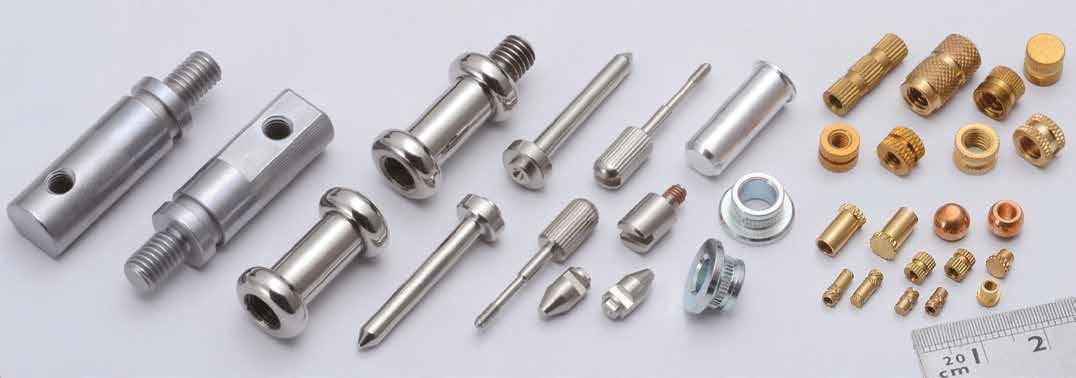





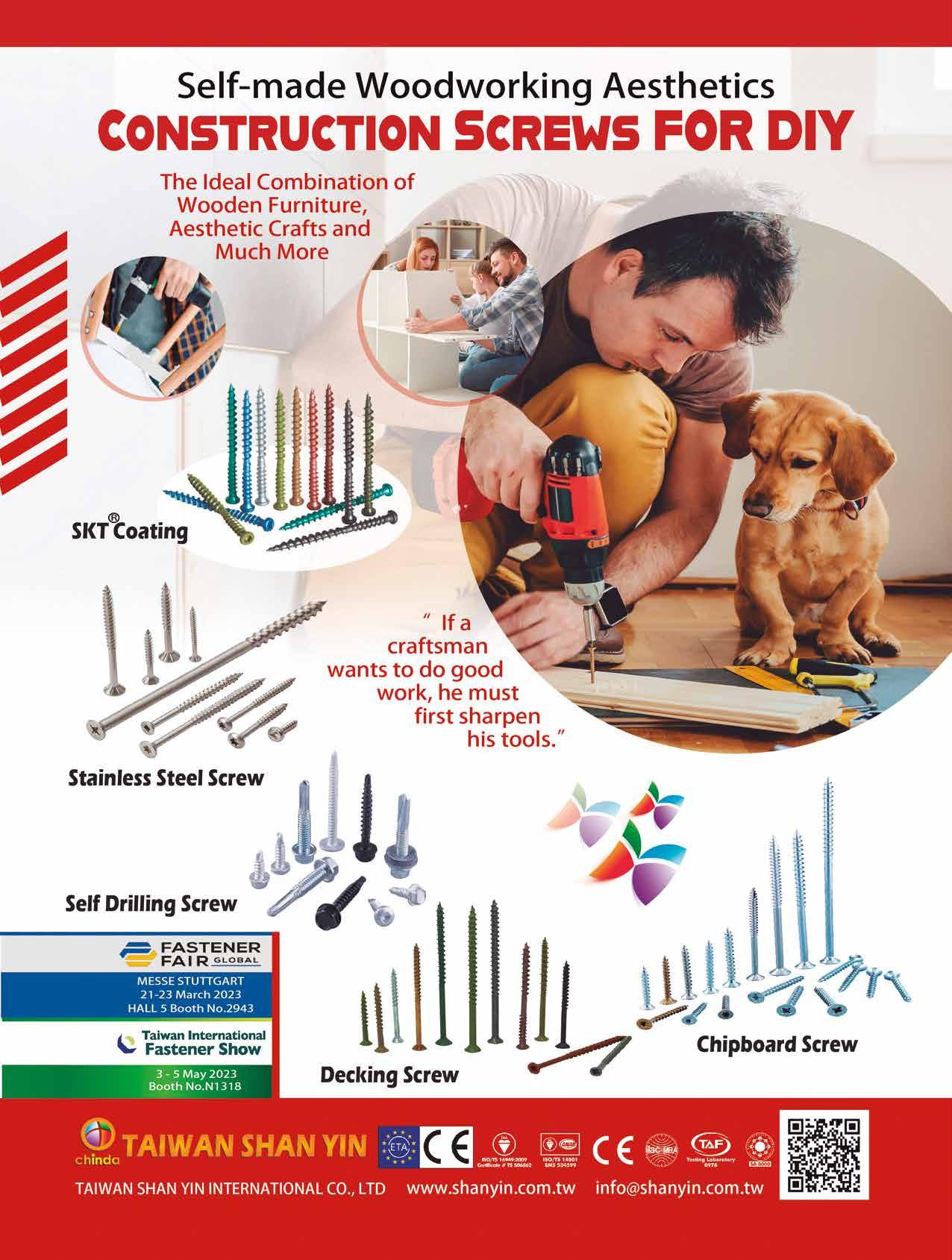




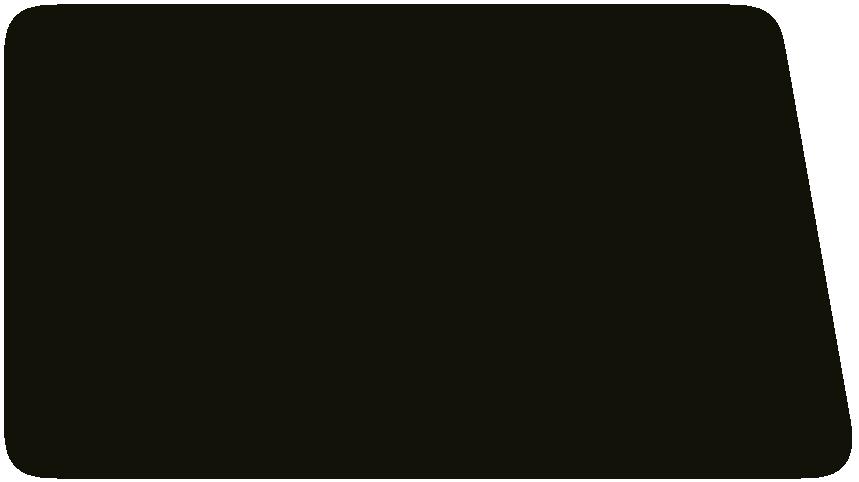



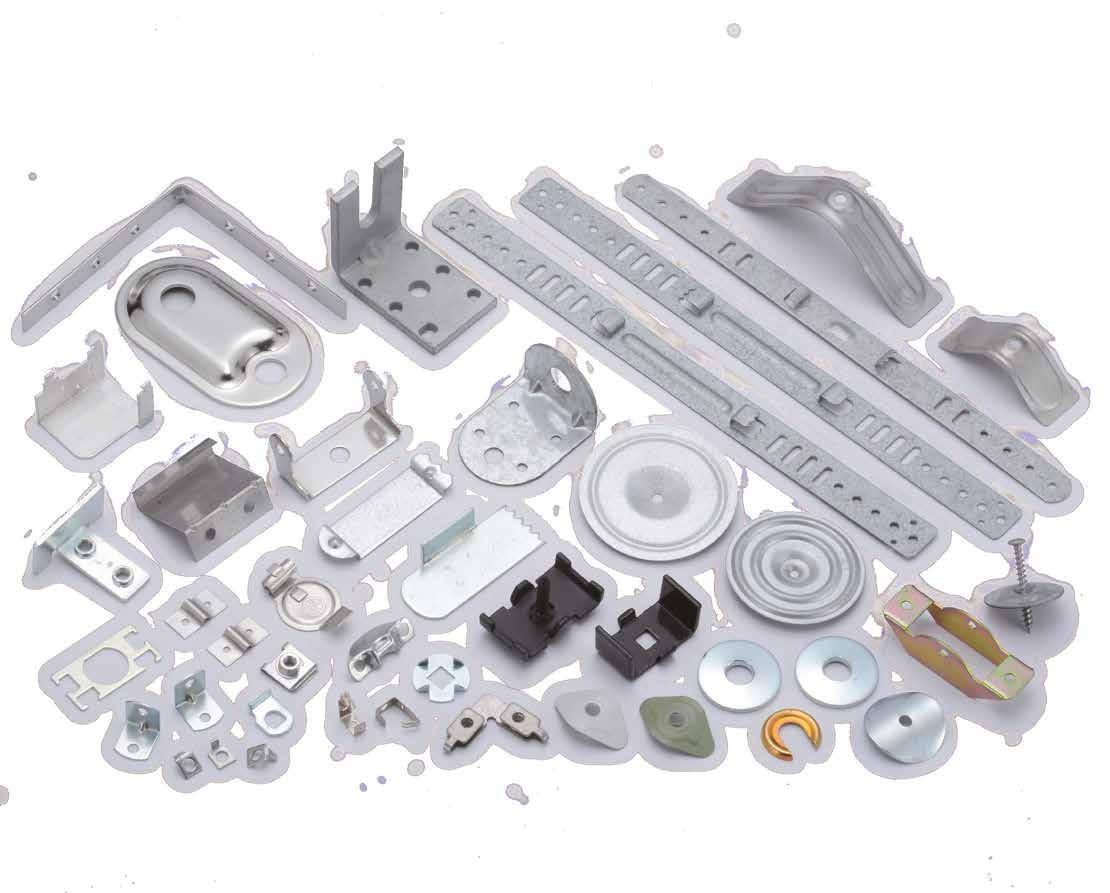


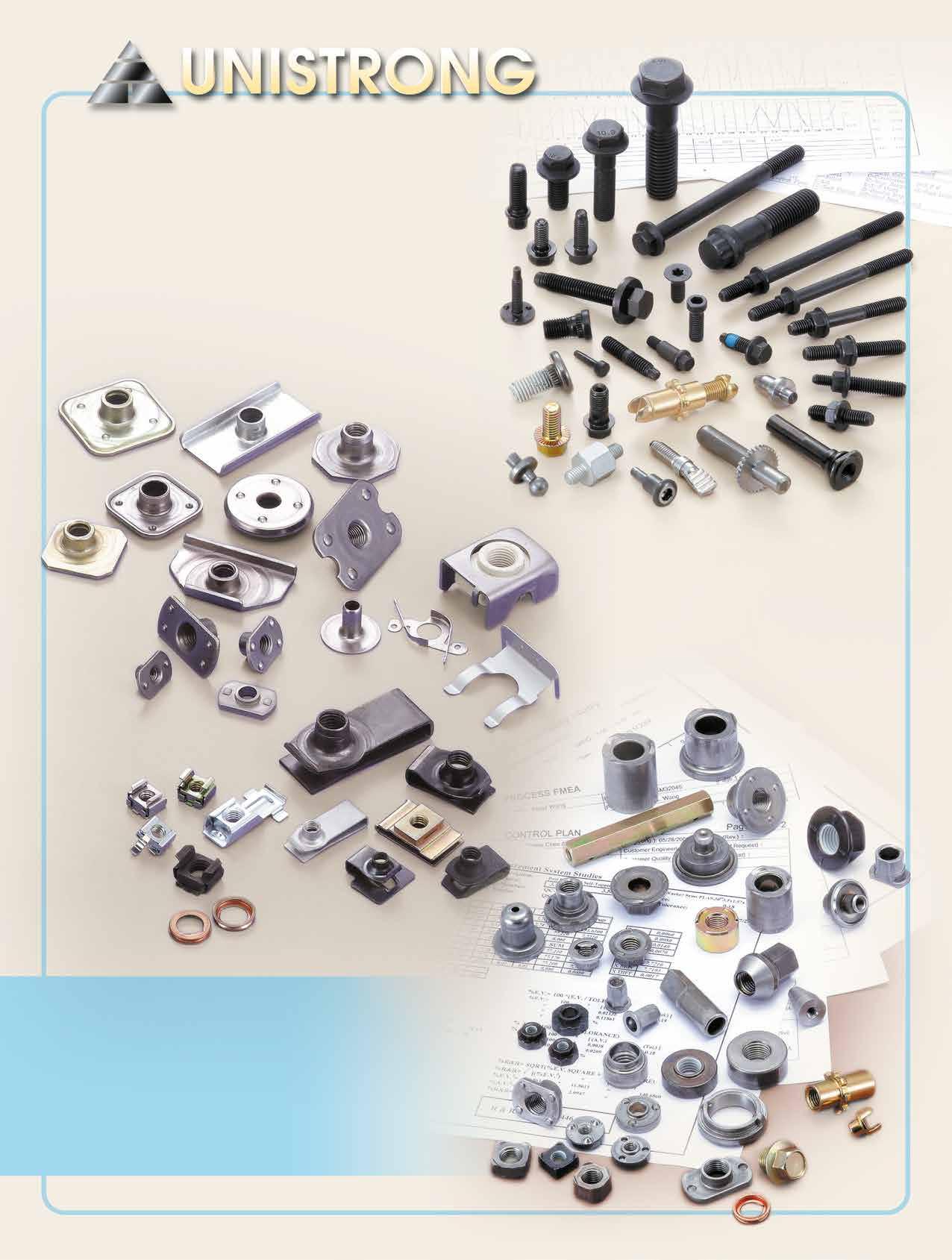


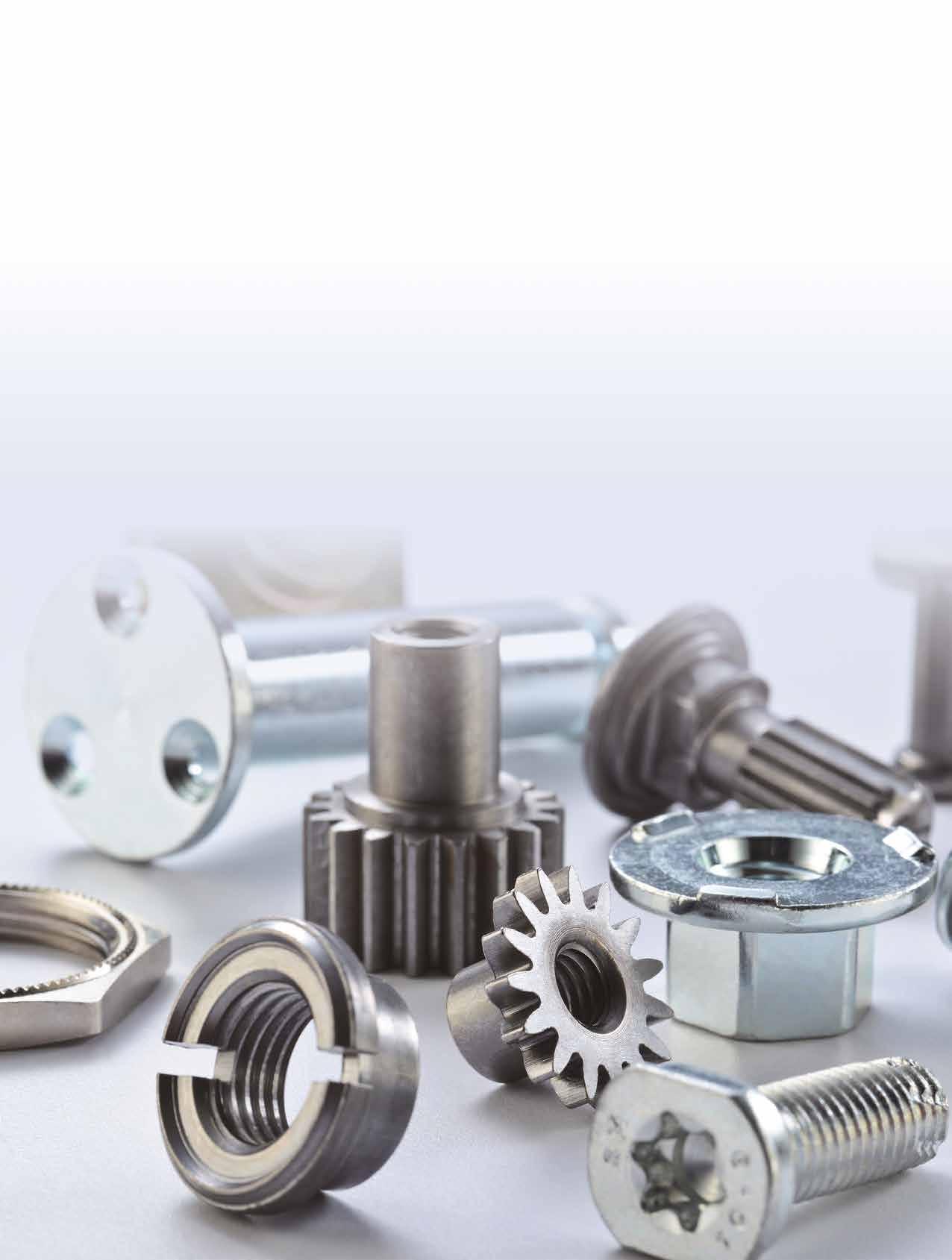
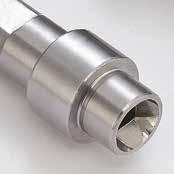

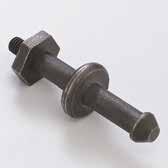


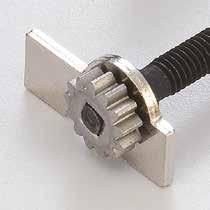
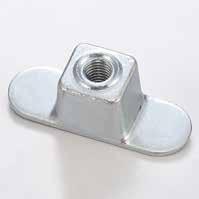
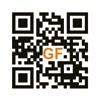

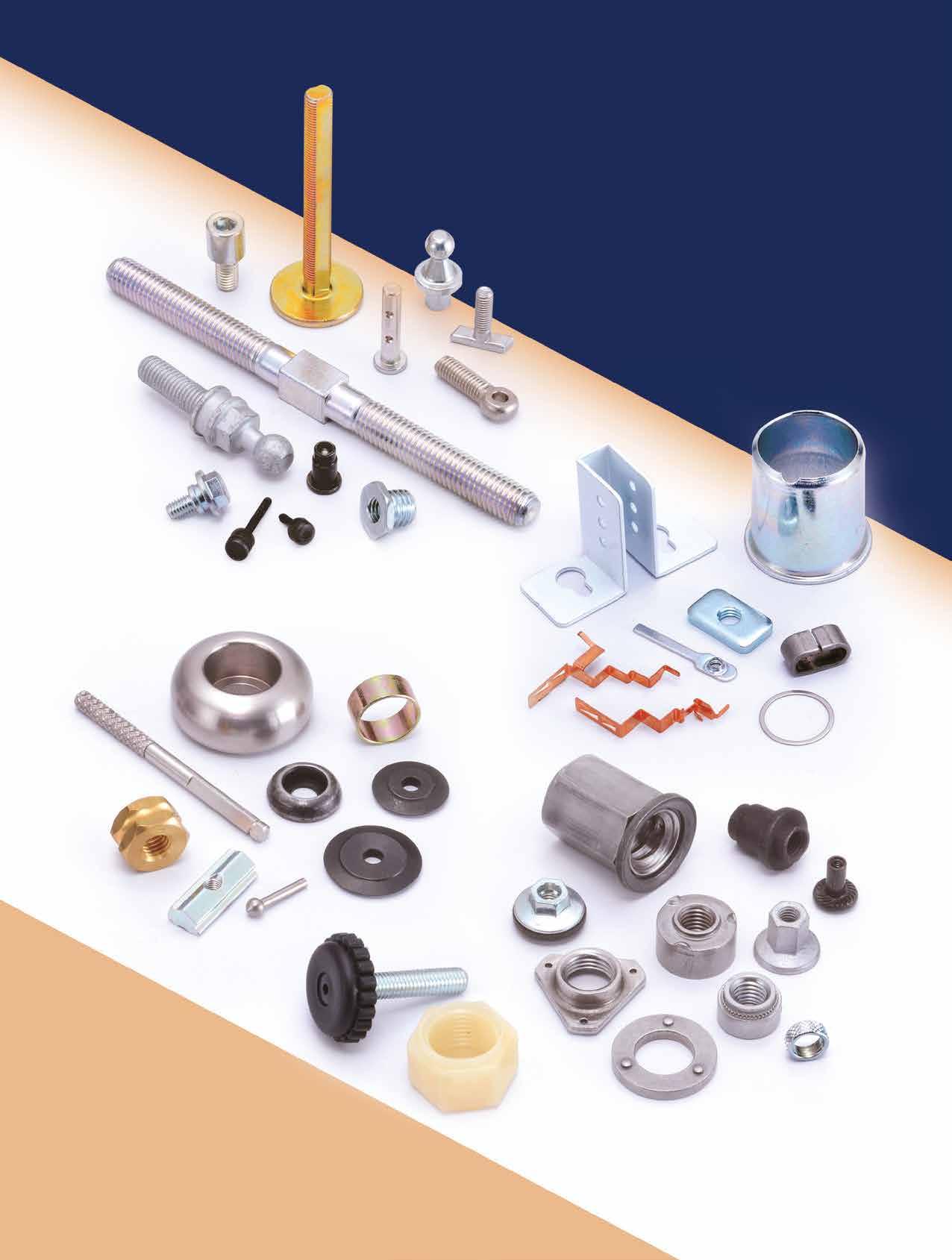




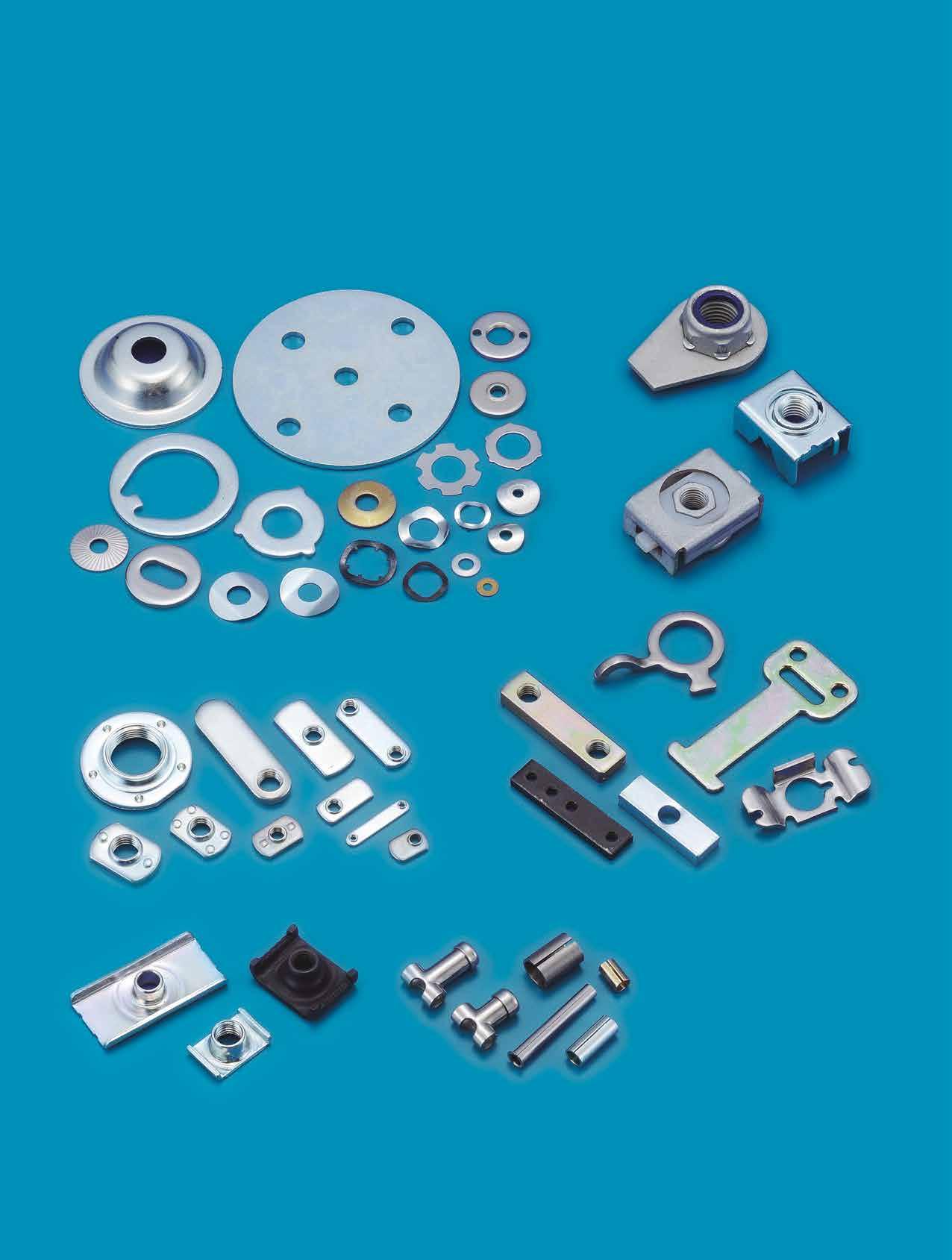


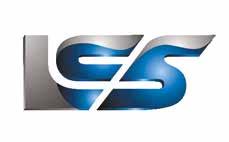







Rexson Fasteners Inc. specializes in the development and production of various screws and parts. Its main products and services include: stainless steel screws, automotive parts, special products, special function parts, and customer sample production. Its products are available in dimensions of M1.4*2-M10*200 and can be produced in stainless steel, carbon steel, brass, and copper. As the global industry is gradually recovering after the epidemic and the economy is picking up, in response to the growing demand for fasteners and in order to optimize its services, Rexson has recently set up a new factory in Guanmiao, Tainan, and the original factory in Guiren will continue to operate. It is expected that with the synergy of the two plants in Guiren and Guanmiao, the company will be able to provide the best quality products and services to meet the diversified needs of global customers.
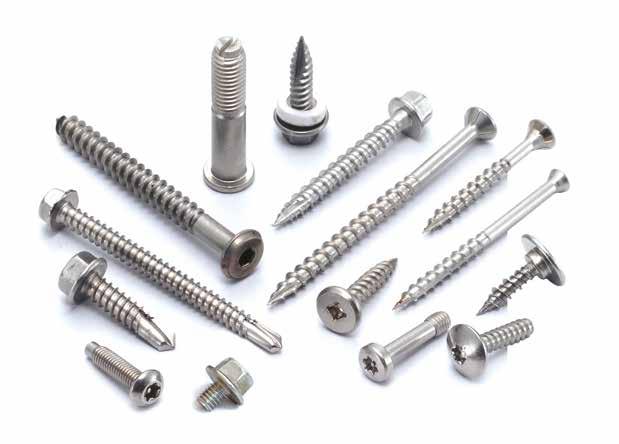
“The main purpose of the Guanmiao plant is to expedite the solution of the existing capacity of the Gueiren plant, which is about to run out of capacity. The new plant is expected to be in operation by the end of March. In addition to expanding production capacity, the new plant will also introduce some equipment and machines with specific differences to meet customers' needs for a wide range of products and to enable faster and more efficient delivery of products,” said Kevin Wu, General Manager of Rexson.
The new factory area of 2,380 sq m is clearly defined with dedicated areas for 1-die 2-blow forming, multi-blow forming, thread rolling, sorting, packaging, etc. Among them, the stainless steel screw, sorting, and packaging areas are new highlights from the old factory. The equipment has also been upgraded, including the introduction of 1-die 2-blow rounding and shearing machines, 5-die 5-blow forming machines, thread rolling machines (M12*200L) and several 1-die 2-blow and thread rolling machines, which can help provide customers with better and stable quality products. With the expansion of production capacity and more brand-new equipment, it expects to be able to improve the development of special screws and the manufacturing of stainless steel/carbon steel products. With the addition of the new plant, the monthly production capacity of stainless steel products will reach 80-100 metric tons.

Rexson has obtained the ISO 9001-2015 quality management system certification and its products are mainly sold to industrial customers in the U.S. and Europe, with the U.S. accounting for nearly 60% and Europe accounting for about 30%. This shows that its products and services are well trusted by its customers in Europe and the U.S.

“Our stainless steel products are used in a wide range of industries and can significantly reduce maintenance costs. We will also focus on the EV and stainless steel construction screw markets in the future as demand trends continue. In the face of the opportunities and challenges that lie ahead in 2023, I believe that crises are opportunities. In the current market with uncertainties, we will first make physical adjustments to meet the future challenges, and more importantly, provide customers with faster and better quality service to meet the market demand,” said General Manager Wu.
Rexson contact: General Manager Kevin Wu
Email: kevin@rexson.com.tw


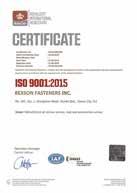

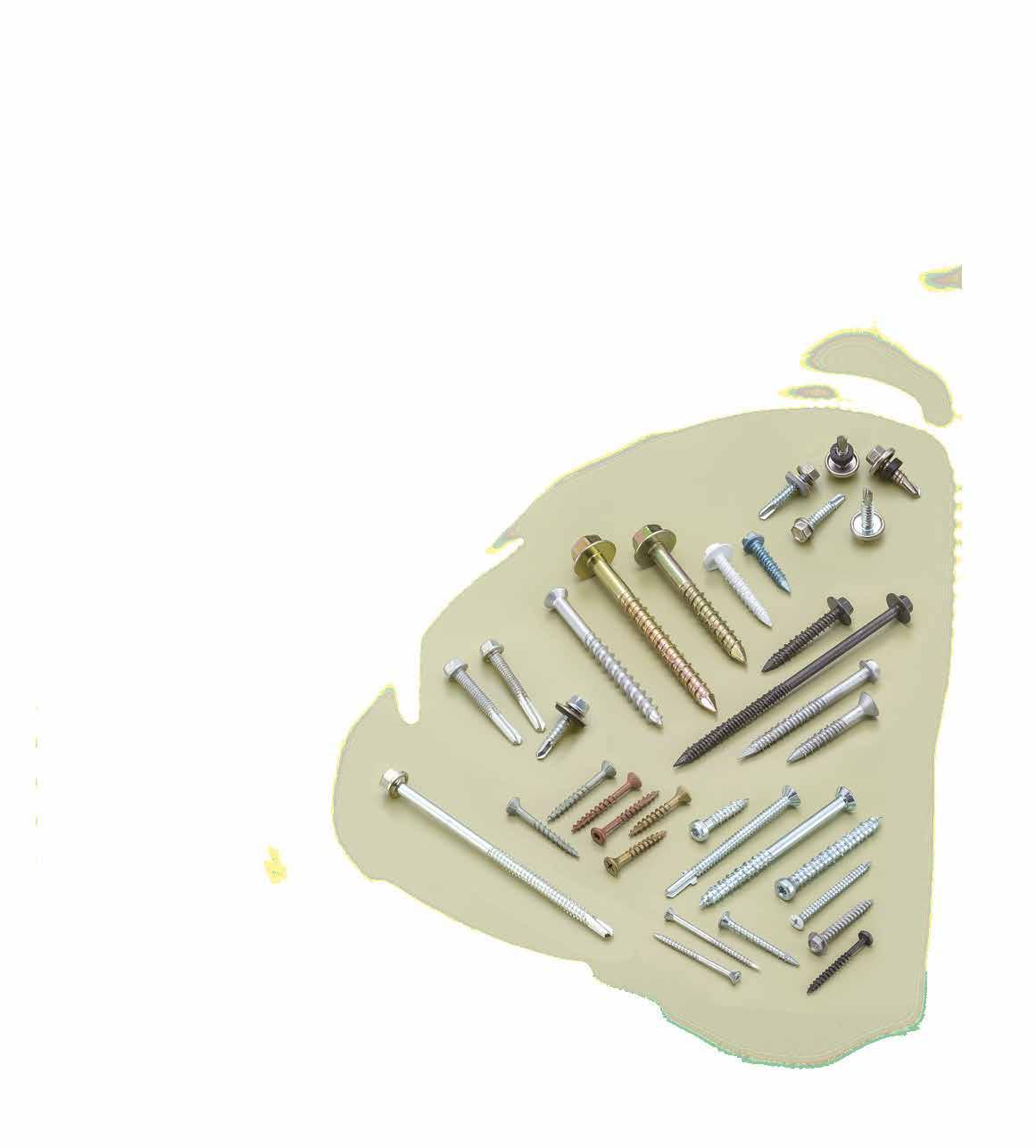




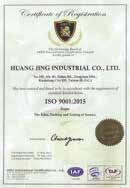




























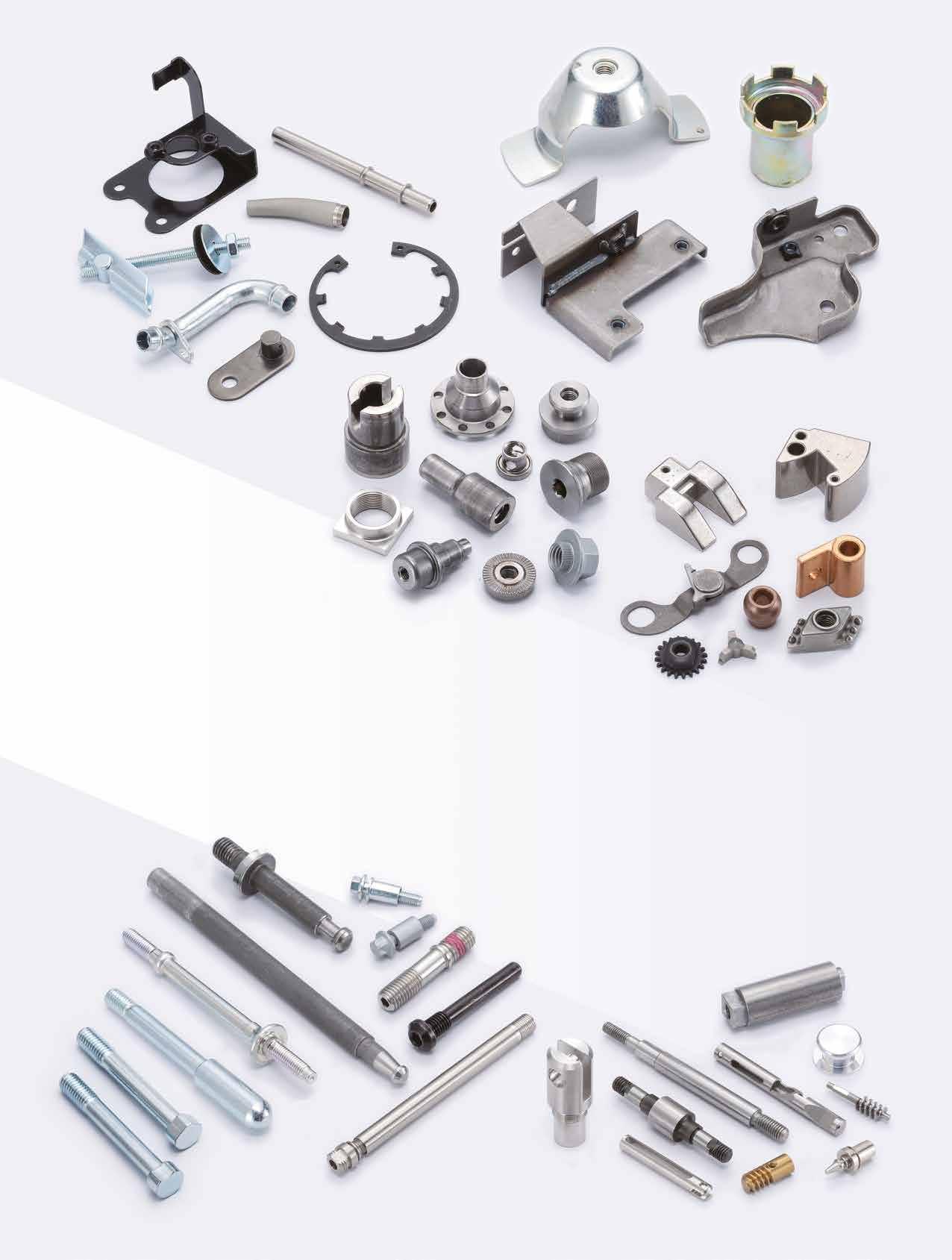


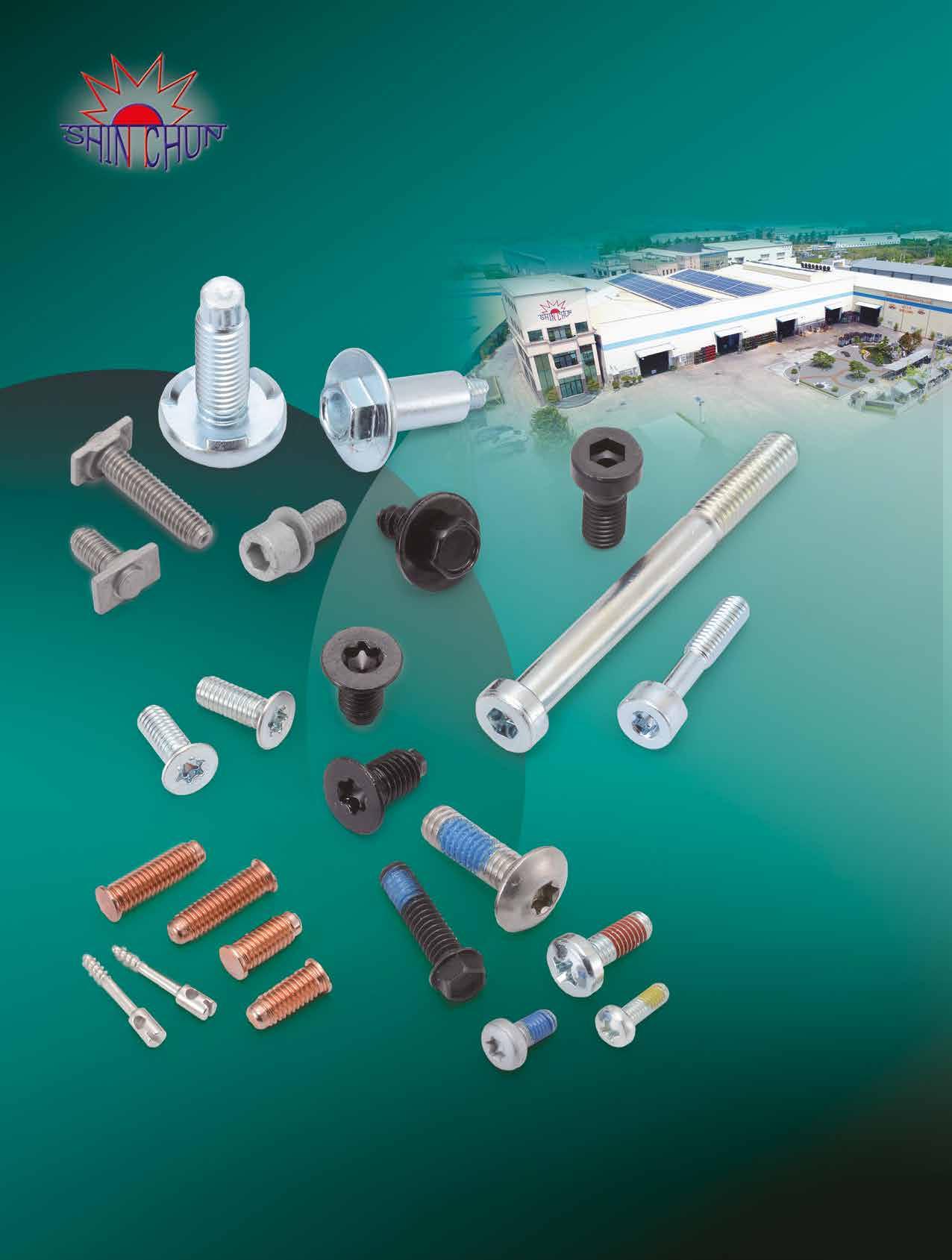
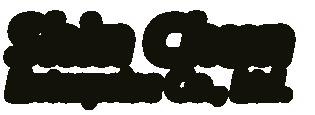




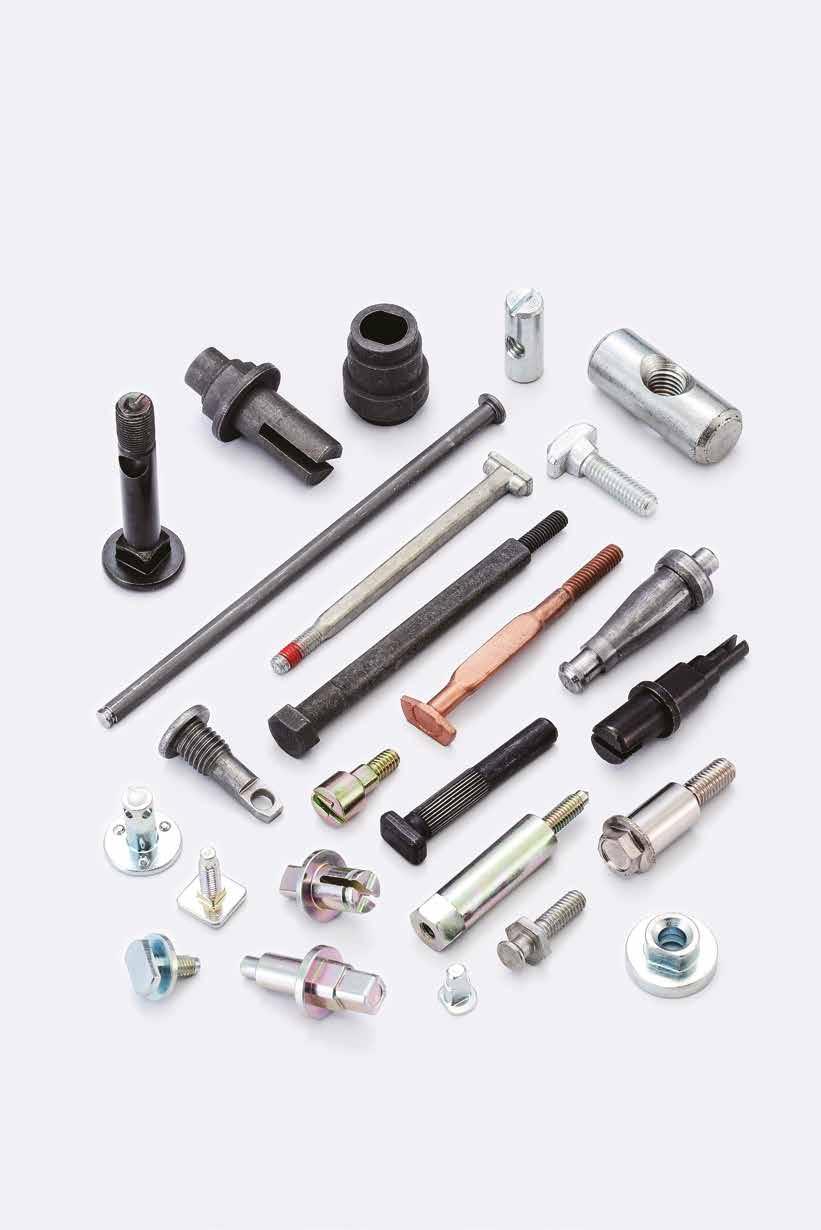


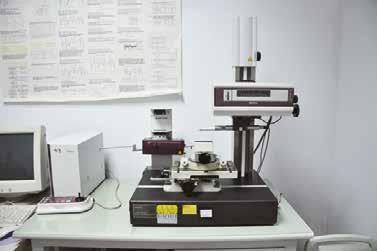




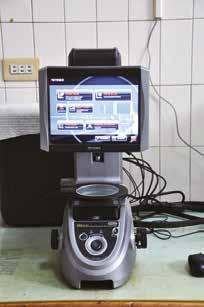

















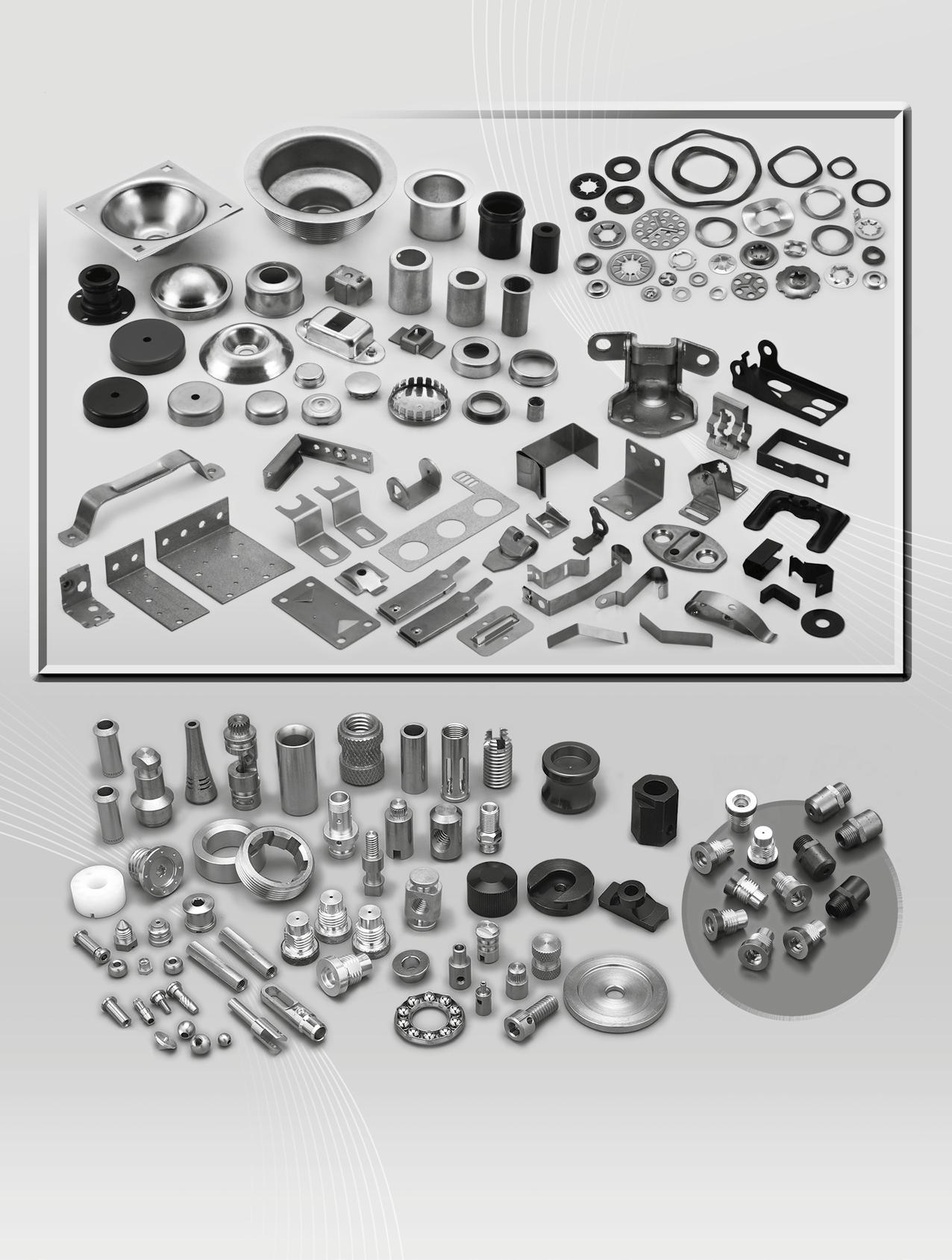






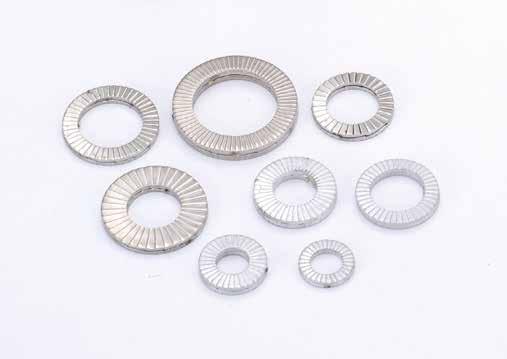
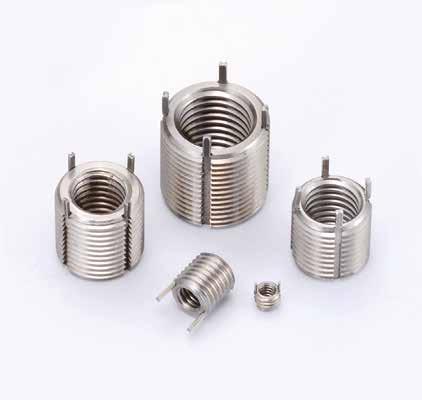
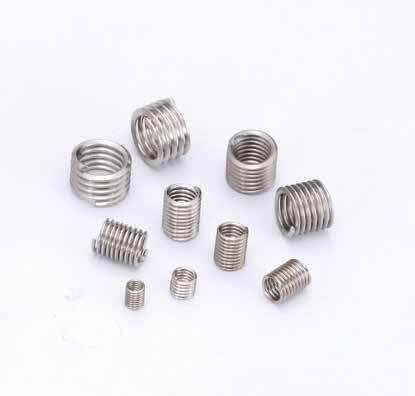




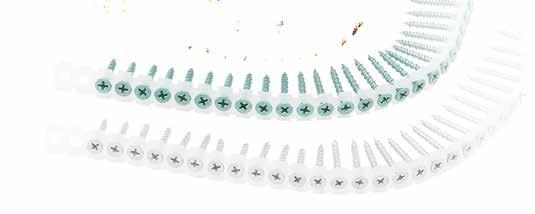
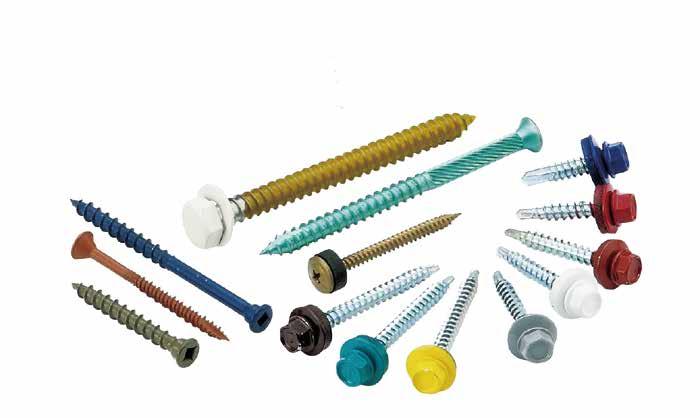













After President Terry Tu chaired the Board of Directors in 2019, Sheh Fung Screws, specialized in the production of construction screws such as drywall and self-drilling screws, achieved a record-high revenue in 2021, followed by a new milestone in 2022 in its overall profit. The company is one of the few major fastener manufacturers in Taiwan that has been able to generate outstanding profitability during the pandemic. Over the past three years, under the guidance of President Tu and the cooperation of the company's team, Sheh Fung has not only improved its product technology, but also reported good results for times in the market expansion. President Tu’s eagerness to learn and pursue innovation as well as his diversified cross-industry experience seem to be imperceptibly influencing every Sheh Fung employee.
"I must have been in the fastener industry since I was six!”, said President Tu humorously.
The history of Sheh Fung can be traced back to 50 years ago, when it was started as a small factory in Shezidao, Taipei. At that time, Taiwan fastener industry was still underdeveloped, not to mention that threads were even machined with improper tooling. However, Tu’s father with an engineering background established Sheh Fung Screws by chance and imported equipment and technology such as drywall screws, threading dies, continuous heat treatment furnaces, electroplating, automatic phosphating facilities and so on from Japan, which later initiated Tu’s fastener career. Tu, at the age of 6, already showed a keen interest in technology and often helped pack and sort screws after school until he came to serve in Sheh Fung’s Shulin factory at the age of 20. Nowadays, he has been “officially” in the fastener industry for more than 3 decades.
"Since its inception, Sheh Fung has set a goal to reach the technology and quality on par with Japan. At that time, there was no high-quality wire in Taiwan. As a result, my father introduced 1018 wire from Japan to support Taiwan CSC’s wire development, which later laid the foundation for Taiwan’s fastener wire supplies to be on par with the international standard for the next 40-50 years. Before leaving Sheh Fung to establish Sheh Kai Precision, I’d spent 15-16 years learning

heading, threading, heat treating, phosphating, degreasing, pickling, etc. I don’t think there’ll be any disagreement if I say I’m a fastener expert. At that time when there was no self-drilling screw manufacturing technology in Taiwan, I even flied to a Japanese factory in person to observe their procedures, and then by my own exploration, I tried to develop the mold by myself and successfully developed the first self-drilling screws in Taiwan. Throughout the years, I’ve participated in all screw manufacturing and R&D procedures, and Sheh Fung has also continued to advance in the field of drywall and self-drilling screw manufacturing, maintaining its unshakable leadership in the industry,” said President Tu.
Leading fastener manufacturers in Europe and the U.S. have dedicated themselves to the development of automated warehousing for long, but Taiwan fastener industry seems to have gradually paid attention to this area only a few years ago. "I had such an idea of introducing overseas advanced automated warehousing more than 20 years ago. What I wanted to do at that time was based on the concept of 'logistics' (i.e., While barrels arrived, they would be temporarily stored at the warehouse and operators would only need to push buttons to deliver them separately to heat treating, electroplating and coating lines). I was even considering introducing automatic packaging machines from the Netherlands. However, as the relevant intelligent technology in Taiwan was not mature at that time and Sheh Fung mainly accepted customized orders, after considering the overall cost we decided not to do it,” said President Tu.
In spite of this, Sheh Fung did not stop the investment in automated and intelligent production lines in the following years, and in 2012, it became the first screw factory in Taiwan to introduce the SAP system. With this system, Sheh Fung’s production lines can connect with sub-systems (e.g., MES) and the control center more flexibly for data conversion and extension, reducing human-made errors and downtime as well as achieving more flexible space utilization of production lines, moving step by step towards becoming a smart factory as those seen in Europe, America and Japan. "The multilingual SAP with expandable connectivity allows us to replicate our experience in Taiwan to our Vietnam operation, which just started construction at the end of last year, and helps us understand the strengths of our factories and what our customers truly need. In the future, I may also consider introducing into Sheh Fung the visual inspection and AI technology commonly used in the semiconductor industry to boost the manufacturing efficiency and create a more hitech traditional industry,” added Tu.
After being elected as Sheh Fung’s new president in 2019, President Tu, together with General Manager Kent Chen and the company's task force, immediately decided to set up the company’s first overseas operation in Phan Thiet City of Vietnam. The construction of the more than 20-hectare Vietnam plant has been launched since December 2022 and is expected to be completed this August or September and become operational in Q4. The capacity of the phase-1 plant will be around 800 tons per month.
“Compared with other Southeast Asian countries, Vietnam is with less uncertainties, and its young labor force and easy access to raw materials have attracted investors from many countries. The phase-1 plant is a complete experience replica of our Taiwan plant, with heading, thread rolling, electroplating, heat treating and coating processes. In the past, our Taiwan plants mainly accepted orders for high-end products (small quantities and diverse items) but those for lower-end ones. In the future, with the addition of our Vietnam plant, we can also accept orders for large quantities and specific items. Moreover, Vietnam's advantageous geographical location could help expand our sales to the neighboring ASEAN countries, and we could also benefit from the Europe-Vietnam FTA to expand sales to Europe. In the future, our Vietnam plant will be also upgraded towards intelligent automation. At present, we are also actively training the seed staff for our Vietnam plant in Taiwan, so that we can seamlessly connect with the Vietnam plant after it is officially launched. I hope to lead Sheh Fung to play a leading role and attract other Taiwanese manufacturers to join us,” said Tu.
After becoming the company’s president for just 1 or 2 years, Tu, together with his team, witnessed the nearly doubled revenue growth from NT$1.817 billion in 2019 to a new record of NT$2.859 billion in 2022. In the future Sheh Fung will shift its focus to the development of high value-added products. In terms of management and decision making, in order to avoid blind spots, Sheh Fung has a six-person team to discuss and make decisions, and it also encourages employees to throw out good ideas and provide appropriate rewards if they are finally adopted. In recent years, Sheh Fung has even become the first in the industry in offering employees stock warrants to participate in the company’s operation, boosting the centripetal force.
"Sheh Fung’s success can be not only attributable to favorable factors in the market but also to the efforts of our whole team. I just came back to lead everyone to go forward. I think a successful business must be based on cooperation and treat all as partners to create ideas. When the company is gaining profit, employees rather than shareholders should be considered first to receive incentives, as they are the group that creates the most profit for the company,” Tu said modestly.
"In the future, Sheh Fung will continue to focus on technology innovation and product R&D. Currently, I’m Sheh Fung’s president and Sheh Kai’s president, too. Although both companies specialize in different products, they have started to pass on some orders to each other through the 'joint sales' model. In the future, we hope to integrate the products of both companies into one system, which is expected to strengthen Sheh Fung’s competitiveness in the market. In addition to consolidating the OEM in Europe and the U.S., Sheh Fung will also be able to establish its brand in the Asian market. Last but not least, as 2023 happened to be the 50th anniversary of Sheh Fung, we’ll hold a celebration banquet at the Kaohsiung Marriott Hotel on March 10th, and we sincerely invite our partnered suppliers to come and share the joy with us,” said Tu. Sheh
by Gang Hao Chang, Vice Editor-in-Chief of Fastener World
The company has a robust quality and environmental management system in compliance with the main certifications such as IATF 16949:2016, ISO 9001:2015 as well as ISO 14001:2015, besides of the CQI-9 for our internal heat treatment (Case Hardening and Quenching & Tempering process).
Also, with excellence for our customers, we have certifications VDA 6.3 Grade A for Volkswagen, we are Best One Supplier for Stellantis, BIQS for General Motors, Q1 for Ford and ASES for Renault Nissan, with strong experience and partnership with customers.
Founded in 1974, Continental Parafusos S.A. has been producing a complete portfolio of high-quality industrial fasteners for almost 50 years in Brazil. We are specialized at manufacturing screws, bolts, nuts, rivets and special cold-formed parts in carbon steel/stainless steel/copper/aluminum in sizes from Ø2mm up to Ø24mm and lengths from 3mm up to 180mm in order to serve the customers' high-speed assembly lines such as automotive, home appliances, construction, electronics and other industries. Along the days, we have been developing more than 20,000 items supplying to our valued vehicle and home appliance customers around the world. Our factory is equipped with fully automated production lines with the total built area of 50,387m2 and total land area of 103,711m2.
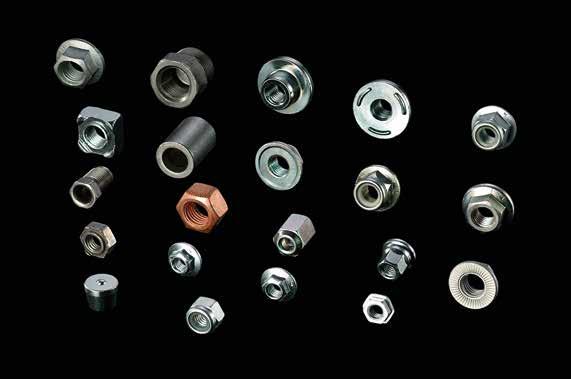

Continental Parafusos S.A. has real-time integrated management through the SAP ERP system since 2008 at the headquarters in Brazil and 2011 at Taiwan Branch, which enables management of the entire company with a focus on quality management, with reliability and traceability throughout the production chain. With its safe and optimized operation, its customers rely on punctual deliveries and safety stocks.
Continental Parafusos S.A. has the headquarters, factory and distribution center based in the Diadema city of São Paulo State and established a statutory branch in Taiwan that enables the global sourcing with the best benefits and acts the multiple roles interacted with the headquarters in Brazil. With the solid strong base in Taiwan, Continental Parafusos S.A. owns the solid system of corporate governance, external audit and compliance, including environmental and social governance.
With innovation differentials in all fields, the company is a pioneer on Digital Accounting Audit together with the independent audit supplier, Consultative accounting with automation of activities, partnership with technical schools and laboratories for technology improvement, advanced projects of energy efficiency using only renewable energy sources and continuous improvement of our process in minimal carbon footprint and efficient use of natural resources. The company works hard and right for a better and sustainable future.
The strong partnership with its internal and external customers enables Continental Parafusos S.A. to mark its outstanding position in the manufacture, supply and commercialization of fasteners and others for several applications.
We are a modern, ethical and legalistic company, which ensures integrity in all relationships and invests in the sustainability of our business and customers.









KARAT is a professional and well-organized manufacturer of Rivet Tools and Rivet Nut Tools in Taiwan since 1982, backed with strong R&D team, advanced lab equipment, reliable production system, strict QA system, and efficient after-service.
KARAT offers a wide-ranging product line for Rivet Tools and Rivet Nut Tools. KARAT is dedicated to presenting new products and upgrading product quality to satisfy the critical requirements from loyal clients. KARAT Hand Rivet Tools and Hand Rivet Nut Tools offer One Year Warranty and have been fully trusted by clients and users for decades, while the KARAT Air-Hydraulic Tools, from the basic professional models to the top industrial models, all have got the 3RD party CE Certification tested and certified by the German TÜV Rheinland to ensure good design and reliable quality.
KARAT's dedication to innovation and quality includes the following new tools:
Air-GripTM 2/2V, 3/3V, 4/4V Series PneumaticHydraulic Rivet Tools with different riveting capacity, strokes, traction forces, and without or with vacuum system for the specific applications. All models feature the unique design for convenient operation.
Air-GripTM
4H Air Installation
Tool is approved by the original, it can install different Nose Assemblies to set various Huckbolts and Structural & Standard Blind Rivets 4.0 ~ 6.4 mm or 5/32" ~ 1/4".
ANS-120 Air Rivet Nut
Tool has powerful setting force, adjustable fastening speed control and manual operation of screwing & unscrewing fasteners that can easily set maximum M12 or 1/2" Stainless Steel Rivet Nuts and maximum M8 or 5/16" Rivet Bolts (Studs) without scratching the painted auto body.

The above models' Hydraulic Cylinders are all made of high strength Forged Aluminum Alloy with heat treatment and the surface is finished in titanium color, they have robust structure and valuable look.
GH-1, the First Hand Installation Tool in the world , has super power-saving design that allows hand force to install the included 3 Nose Assemblies for setting MG Huckbolts 3/6" & 1/4", and Structural & Standard Blind Rivet 4.0 ~ 6.4 mm or 5/32" ~ 1/4".

LR-1 Lever Type Hand Rivet Tool features the extra-long handles and patented 4-IN-1 design (Spent Mandrel Container + Nosepieces Storage Box + Rivet Size Hole Gauge + Service Wrench Insertion) for easily setting 3.0/3.2 ~ 6.4 mm or 1/8" ~ 1/4" Structural & Standard Blind Rivets and special BT 7.7 mm Structural Rivet simply by exchanging the BT7.7 Nose Kit.

HRN-4X4 Multiplex Hand Tool Kit allows one tool to set 4-size Blind Rivets in maximum 4.8/5.0 mm or 3/16" + 4 or 5-size Rivet Nuts in maximum M6 or 1/4 + 2 or 3-size Rivet Bolts (Studs) in maximum M5 or #10 + 3-size Jack Nuts in maximum M6 or 1/4" + Preset Slotted Body Rivet Nuts in maximum M6 or 1/4, etc. It is an amazing tool.
These factors have built a good reputation of "German Quality at Taiwan Price" for KARAT Tools. Therefore, KARAT Tools are 90% sold to the renowned brands in the USA, Europe and Japan for the automotive, industrial and construction markets.
Honest, reliability and long-term cooperation are the policies of KARAT. Quality, innovation, performance, warranty and service are the features of KARAT Tools. Try KARAT Tools once, you will trust KARAT forever!


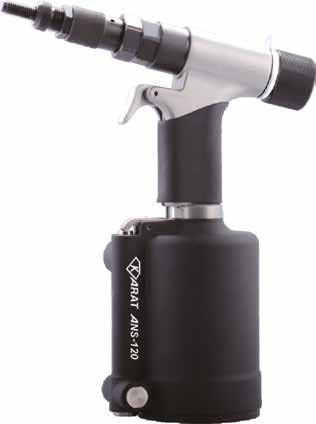


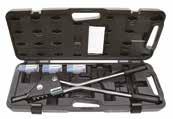



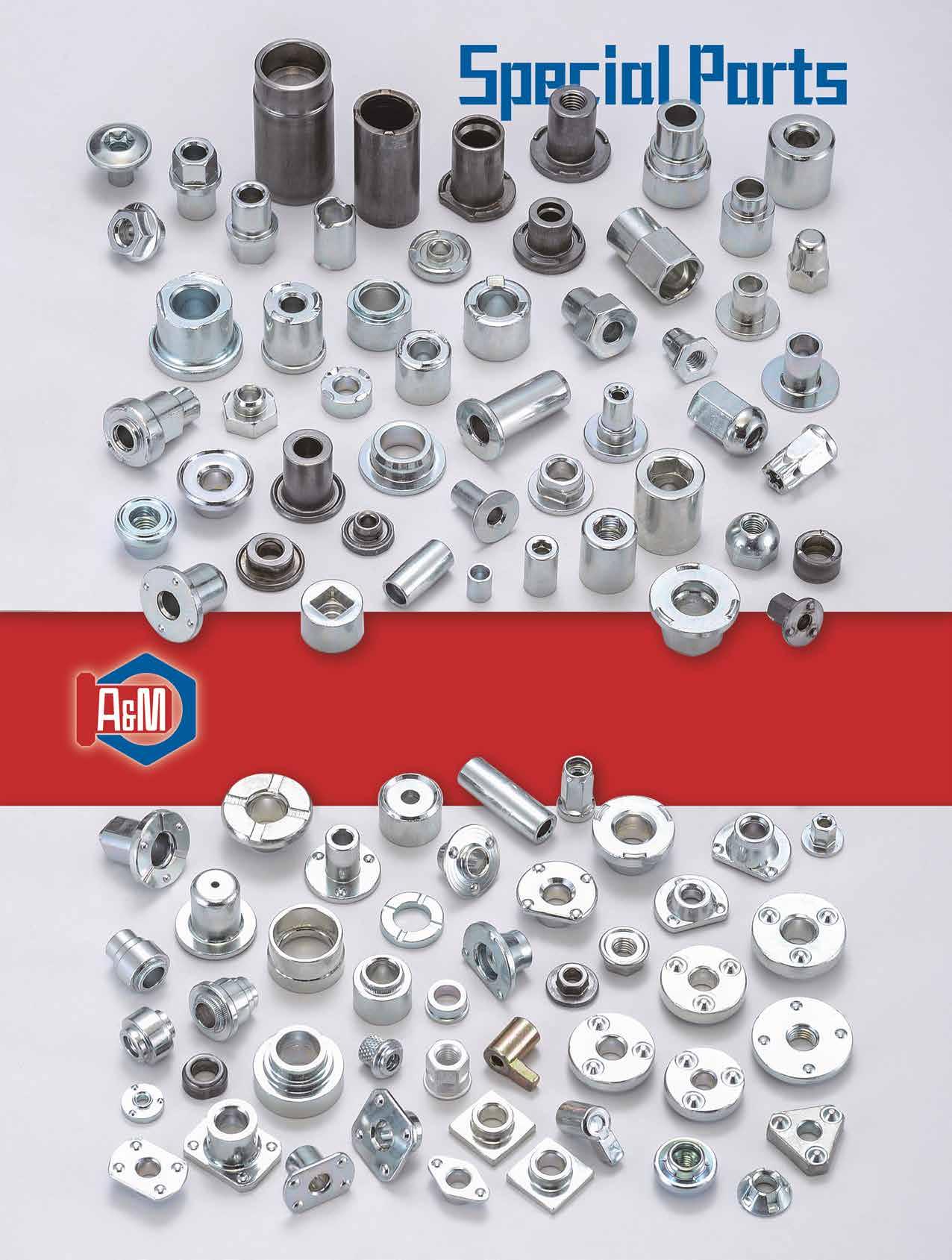





2831 FASTENER WORLD INC.
2578 SPRING LAKE ENTERPRISE CO., LTD.
2709 SHEH KAI PRECISION CO., LTD.
2730 MAUDLE INDUSTRIAL CO., LTD.
2731 REXLEN CORP.
2732 & 2736 KUANG TAI METAL INDUSTRIAL CO., LTD.
2733 VERTEX PRECISION INDUSTRIAL CORP.
2737 Y.Y. CABLE ACCESSORIES CO., LTD.
2738 ALL GAIN INDUSTRIAL CO., LTD.
2830 SPECIAL RIVETS CORP.
2832 DA YANG ENTERPRISE CO., LTD.
2836 JACKWAY ENTERPRISE CO., LTD.
2837 WHIRLPOWER ENTERPRISE CO., LTD.
2850 DIING SEN FASTENERS INDUSTRIAL CO., LTD.
2850 WE POWER INDUSTRY CO., LTD.
2854 LOYAL & BIRCH CO., LTD.
2855 A-STAINLESS INTERNATIONAL CO., LTD.
2856 WEI IN ENTERPRISE CO., LTD.
2857 HSIEN SUN INDUSTRY CO., LTD.
2858 SCREWTECH INDUSTRY CO., LTD.
2859 S&T FASTENING INDUSTRIAL CO., LTD.
2862 FONTEC SCREWS CO., LTD.
2863 FONG PREAN INDUSTRIAL CO., LTD.
2866 YICISCREW CO., LTD.
2867 CPC FASTENERS INTERNATIONAL CO., LTD.
2868 ANCHOR FASTENERS INDUSTRIAL CO., LTD.
2869 SHEN CHOU FASTENERS INDUSTRIAL CO., LTD. 2870 CHUM YUAN CO., LTD.
2871 HSIN HO MFG. CO., LTD.
2875 RIU PRECISION HARDWARE FASTENER CO., LTD.
2876 MIDAS UNION CO., LTD. 2877 DAR YU ENTERPRISE CO., LTD. 2882 FENG YI TITANIUM FASTENERS 2883 TAIWAN CMC CO., LTD.
2886 CHIREK FASTENER CORPORATION
2887 DESIRABLE ENTERPRISE CO., LTD.
2888 CHANG YI BOLT CO., LTD.
2889 BOSS PRECISION WORKS CO., LTD. 2930 CHIAO CHANG PNEUMATIC TOOL CORP.
YOW CHERN CO., LTD.
JAU YEOU INDUSTRY CO., LTD.
MAO CHUAN INDUSTRIAL CO., LTD.
SUPER DPD CO., LTD.
METIZ ALLIANCE
TAIWAN SHAN YIN INTERNATIONAL CO., LTD.
BOLTUN CORPORATION
SEN CHANG INDUSTRIAL CO., LTD.
ALEX SCREW INDUSTRIAL CO., LTD.
2950 SAN YUNG ELECTRIC HEAT MACHINE CO., LTD.
HUANG JING INDUSTRIAL CO., LTD.
YOANG MING INDUSTRIAL CO., LTD.
3036 SHIN CHUN ENTERPRISE CO., LTD.
3037 GUANG ZHE ENTERPRISE CO., LTD.
3042 CHONG CHENG FASTENER CORP.
3043 GOFAST CO., LTD.
3044 DRA-GOON FASTENERS INC.
3045 HOME SOON ENTERPRISE CO., LTD.
3048 CHIAN YUNG CORPORATION
3049 YOUR CHOICE FASTENERS & TOOLS CO., LTD.
3050 CHIN LIH HSING PRECISION ENTERPRISE CO., LTD.
3050 HWALLY PRODUCTS CO., LTD.
3054 SUPER NUT INDUSTRIAL CO., LTD.
3055 HSIN JUI HARDWARE ENTERPRISE CO., LTD.
3056 CHANNG CHIN INDUSTRY CORP.
3057 YUN CHAN INDUSTRY CO., LTD.
3058 FWU KUANG ENTERPRISES CO., LTD.
3059 LOCKSURE INC.
3062 CHU WU INDUSTRIAL CO., LTD.
3063 KCS ENTERPRISE COMPANY LIMITED.
3066 EXCEL COMPONENTS MFG CO., LTD.
3067 HOMN REEN ENTERPRISE CO., LTD.
3068 SUN THROUGH INDUSTRIAL CO., LTD.
3069 SOON PORT INTERNATIONAL CO., LTD.
3070 SPEC PRODUCTS CORP.
3074 CO-WEALTH ENTERPRISE CO., LTD.
3075 CORNWALL ENTERPRISE CO., LTD.
3076 LONG I INDUSTRIAL CO., LTD.
3077 FAST ASIA SCREWS CO., LTD.
3078 RENETSAF CO., LTD.
3079 SHIN JAAN WORKS CO., LTD.
3104 RODEX FASTENERS CORP. DURA FASTENERS CO., LTD.
PT. SHYE CHANG BATAM INDONESIA
WA TAI INDUSTRIAL CO., LTD.
2967 KATSUHANA FASTENERS CORP. 2968 TAIWAN INDUSTRIAL FASTENERS INSTITUTE
NOVA. FASTENER CO., LTD.
FRATOM FASTECH CO., LTD.
K. TICHO INDUSTRIES CO., LTD. 2974 KAI SHYUN ENTERPRISE CO., LTD. 2975 STANDING INDUSTRIAL CO., LTD.
2976 HSIUNG JEN INDUSTRIAL CO., LTD.
2977 JI LI DENG FASTENERS CO., LTD.
2978 KAO WEIN PRECISION CO., LTD.
2979 GOOD USE HARDWARE CO., LTD.
2982 CANATEX INDUSTRIAL CO., LTD.
2983 YANG YI TECHNOLOGY CO., LTD.
2986 MASTERPIECE HARDWARE INDUSTRIAL CO., LTD.
3030 EVEREON INDUSTRIES, INC.
3031 AIMREACH ENTERPRISES CO., LTD.
3032 KEY-USE INDUSTRIAL WORKS CO., LTD.
SZU I INDUSTRIES CO., LTD.
3108 A-PLUS SCREWS INC.
HEADER PLAN CO. INC.
3109 WYSER INTERNATIONAL CORP.
3120 KWANTEX RESEARCH INC.
3124 BI-MIRTH CORP.
3125 FU HUI SCREW INDUSTRY CO., LTD.
3130 NCG TOOLS INDUSTRY CO., LTD.
3131 HWA HSING SCREW INDUSTRY CO., LTD.
3136 LONGHWA SCREW WORKS CO., LTD.
3137 WAN IUAN ENTERPRISE CO., LTD.
KOT UNIONTEK CO., LTD.
3142 TAIWAN PRECISION FASTENER CO., LTD.
3143 TAIWAN FASTENER TRADING ASSOCIATION - TFTA
3144 DE HUI SCREW INDUSTRY CO., LTD.
3145 HAO MOU NUTS MFG. CO., LTD.
3148 OFCO INDUSTRIAL CORP.
3149 CHUN YU WORKS & CO., LTD.


CO., LTD.
3589 BEN YUAN ENTERPRISE CO., LTD.

3590 J. T. FASTENERS SUPPLY CO., LTD.
3594 RONG YIH JIANG ENTERPRISE CO., LTD.
3680 DUNFA INTERNATIONAL CO., LTD.
3682 ZI EA FACTORY COMPANY LIMITED
3690 RAY FU ENTERPRISE CO., LTD.
3890 YESWIN MACHINERY CO., LTD.
3892 LUNA'S LIGHT INTERNATIONAL SOURCING CORPORATION
3893 HSIN YU SCREW ENTERPRISE CO., LTD.
3894 WINGTONE INDUSTRIAL CO., LTD.
4233 LEADERWING HARDWARE INDUSTRIAL CO., LTD.
4233 SCREW KING CO., LTD.
4276 DAH-LIAN MACHINE CO., LTD.









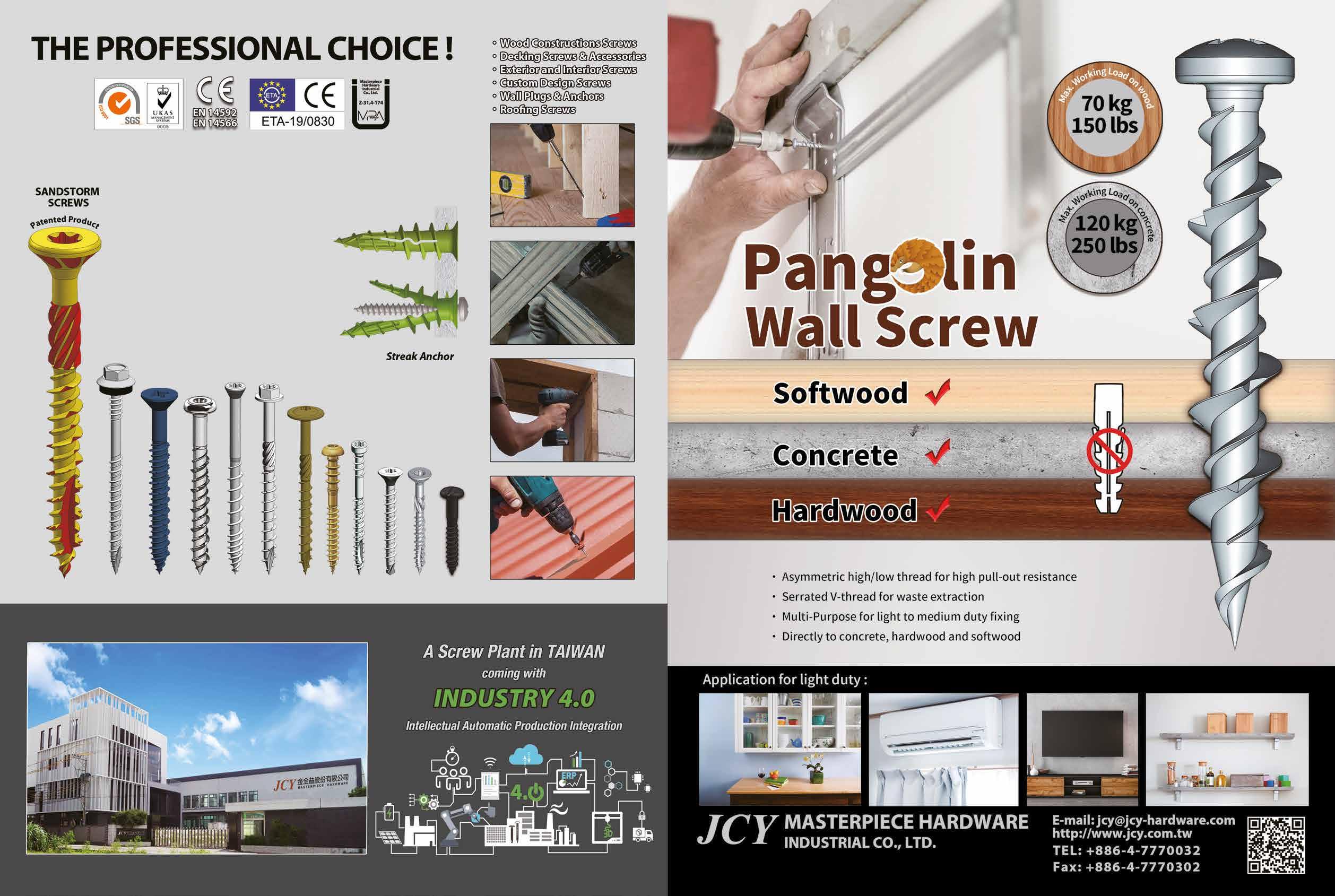




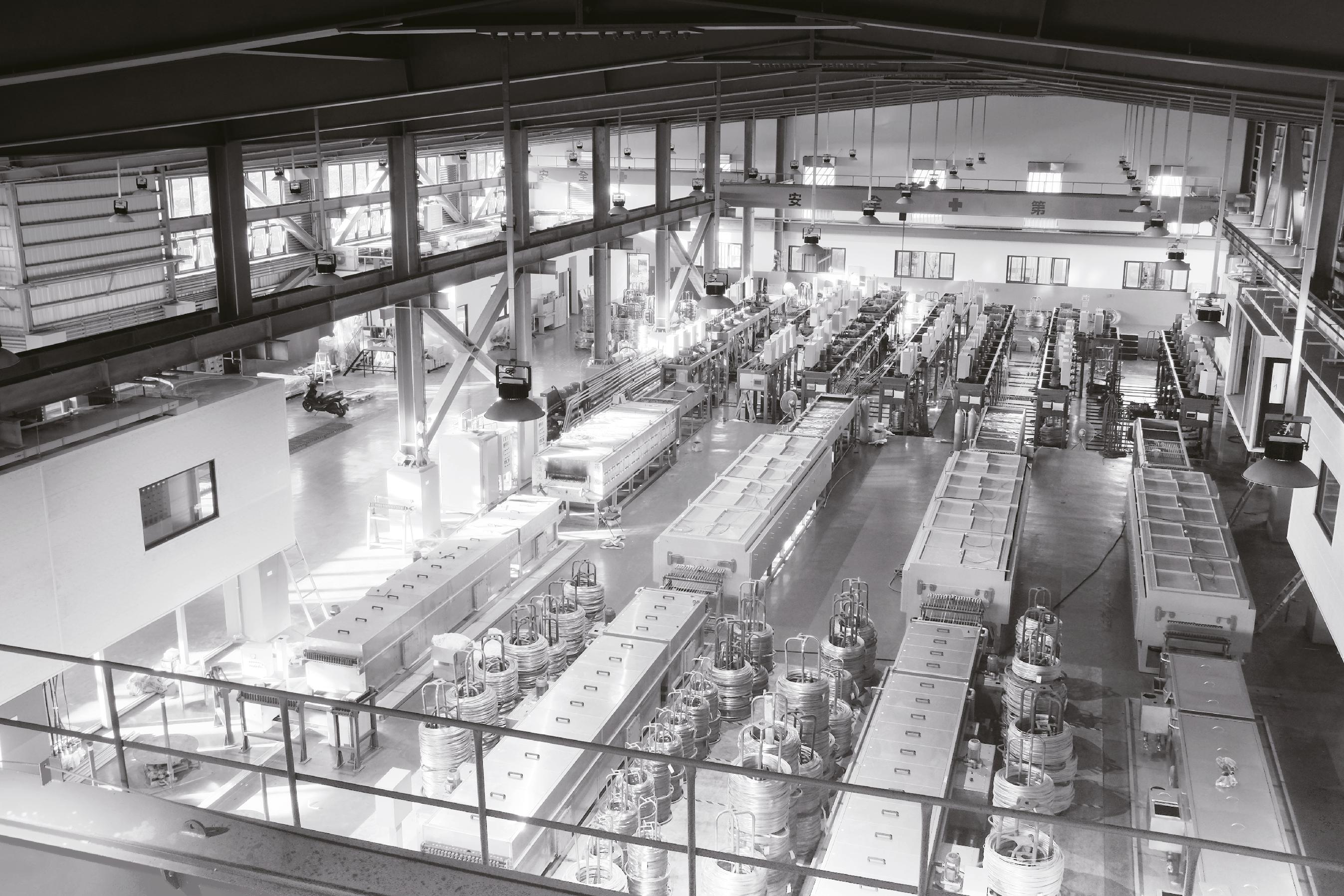


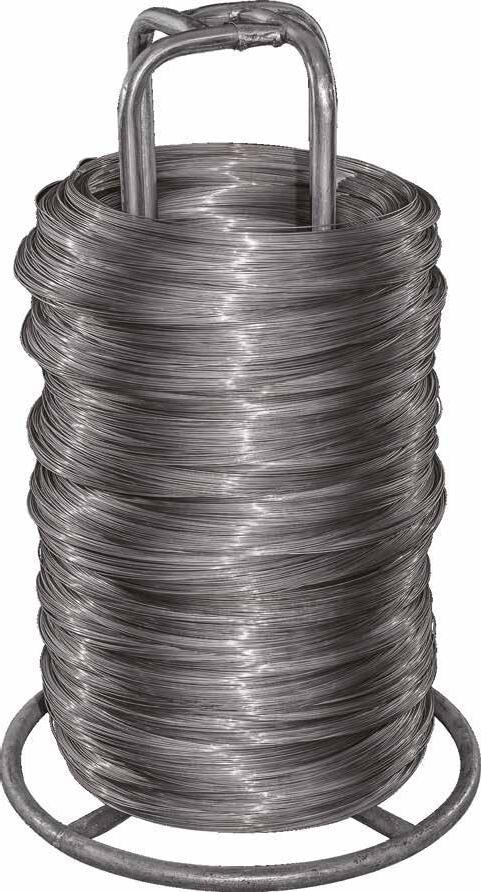

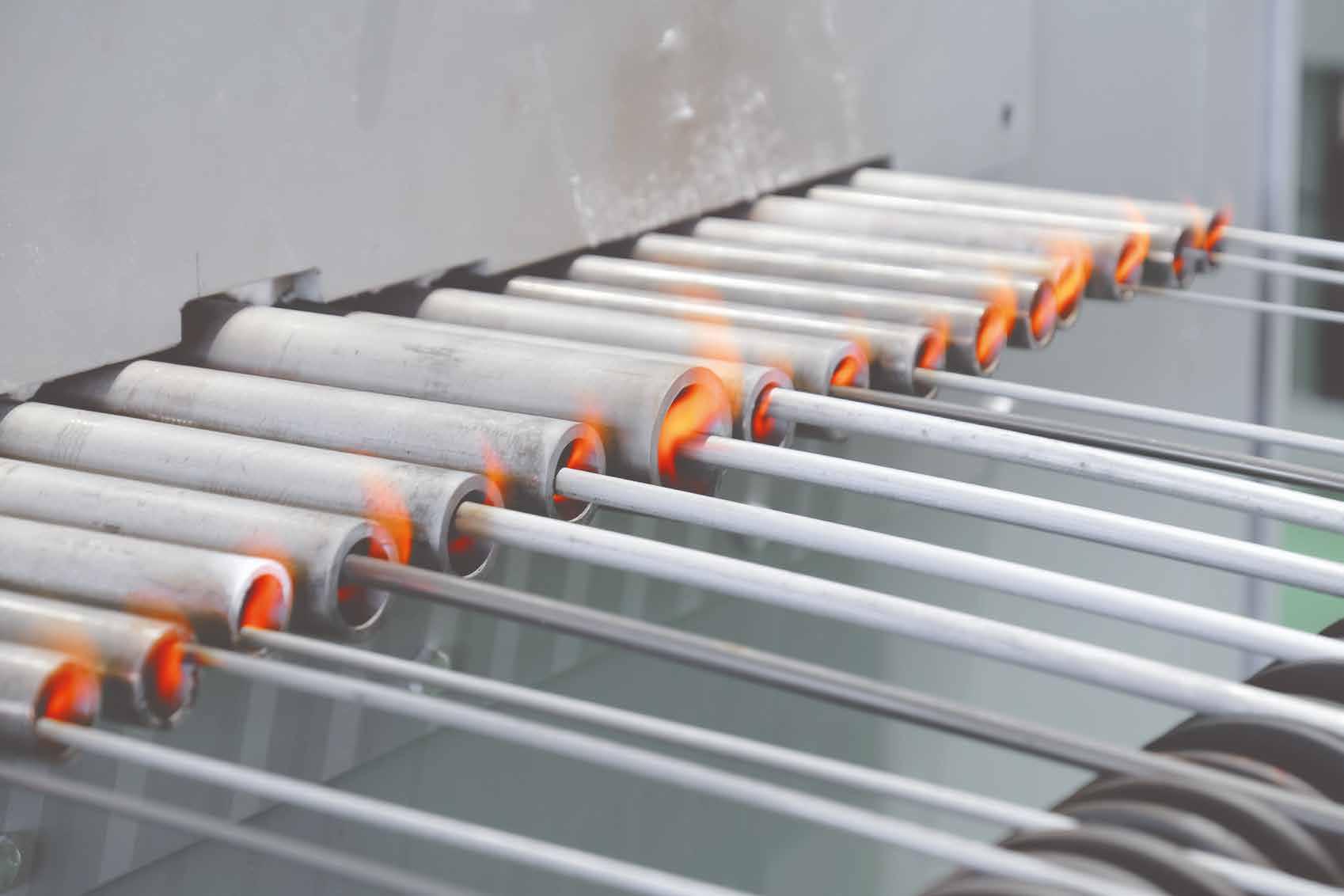


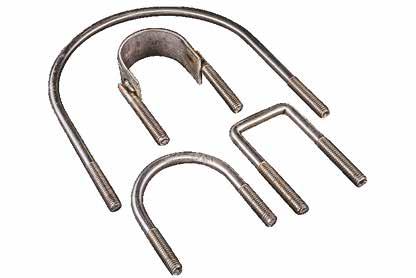




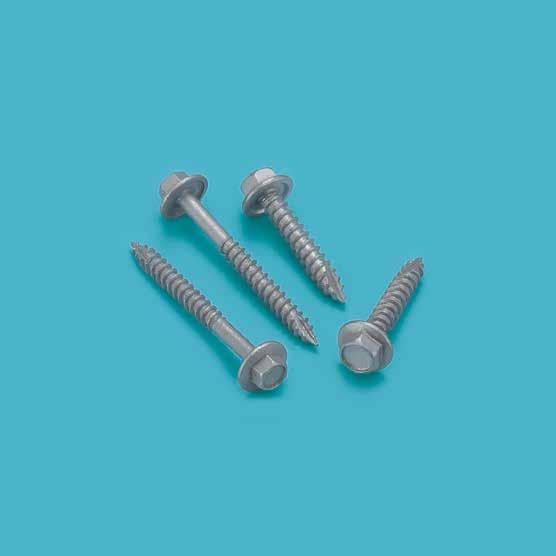



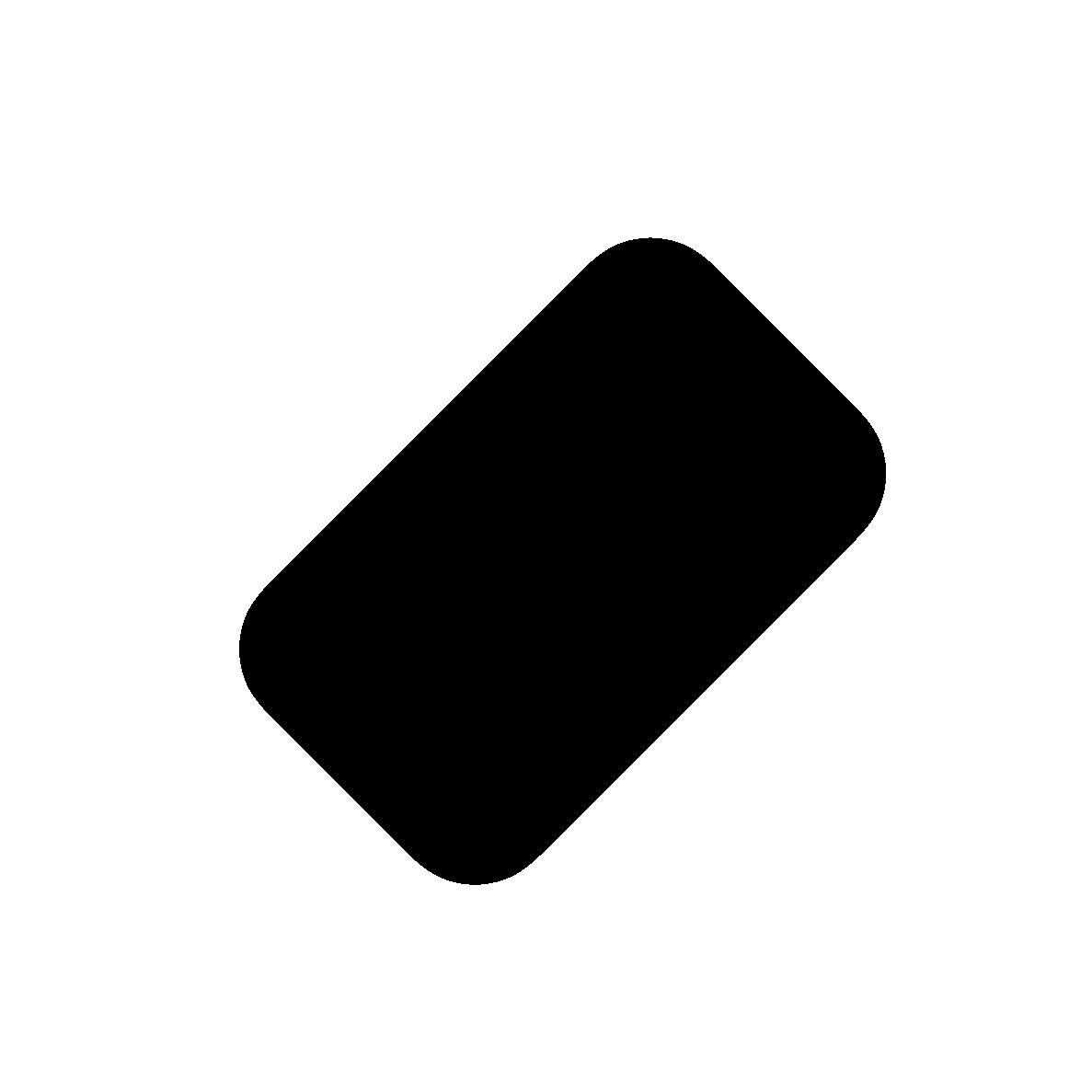
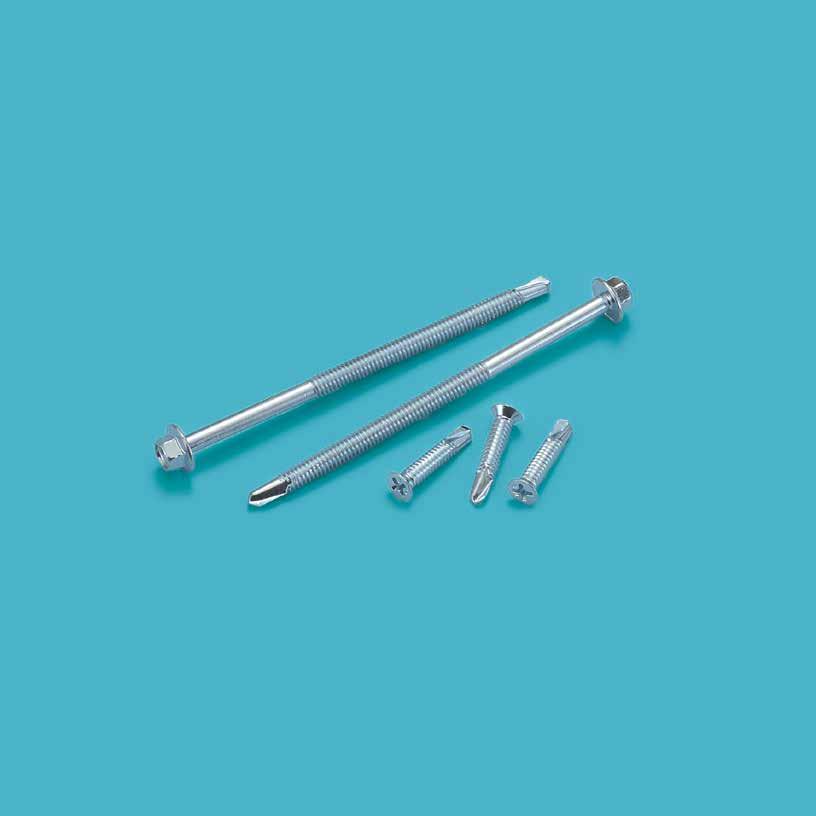




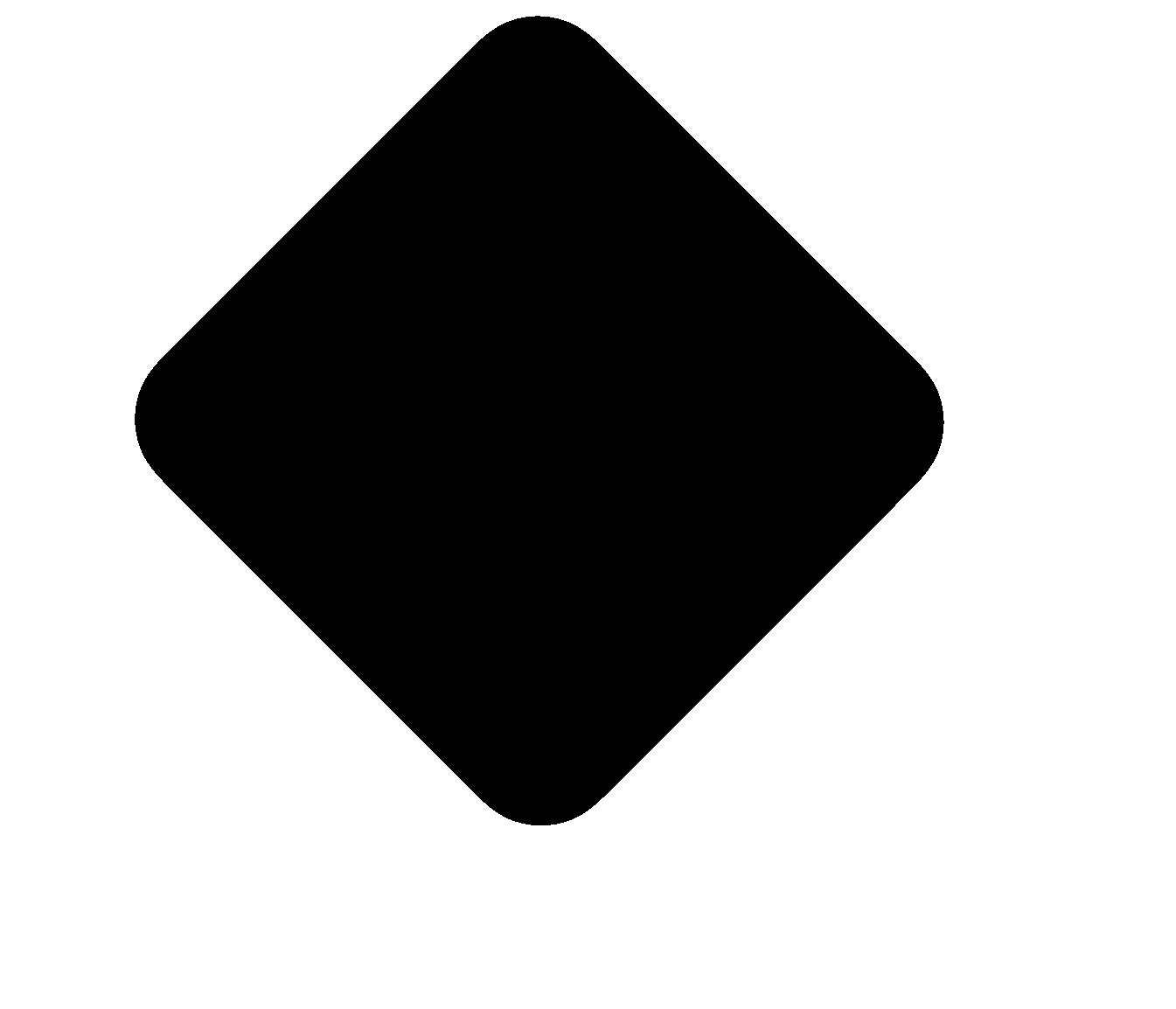
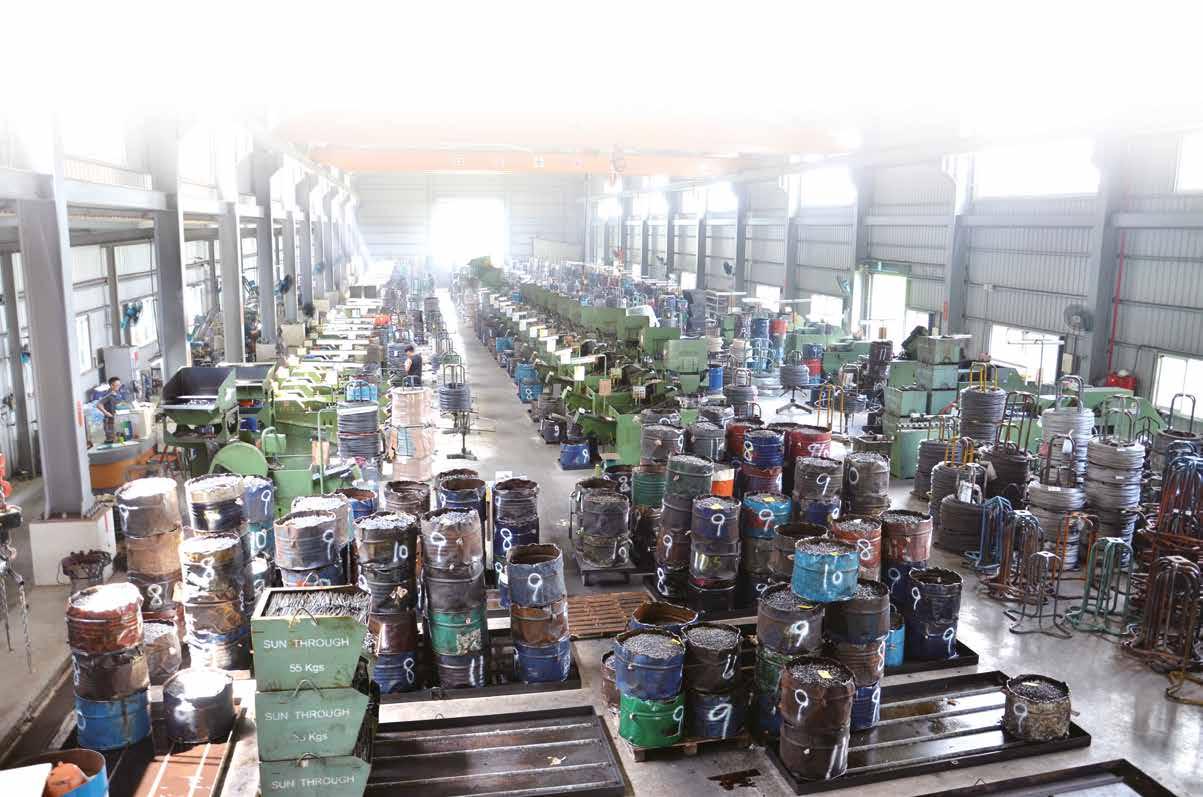



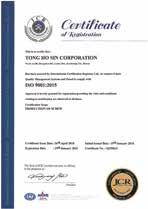
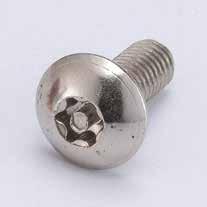
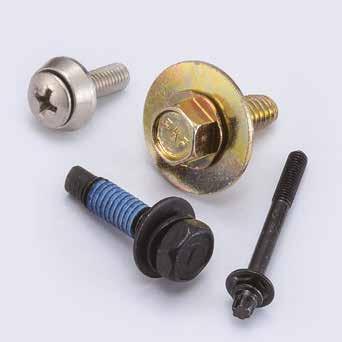



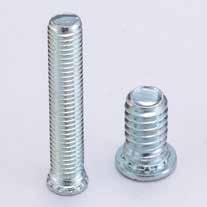

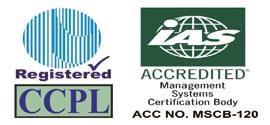









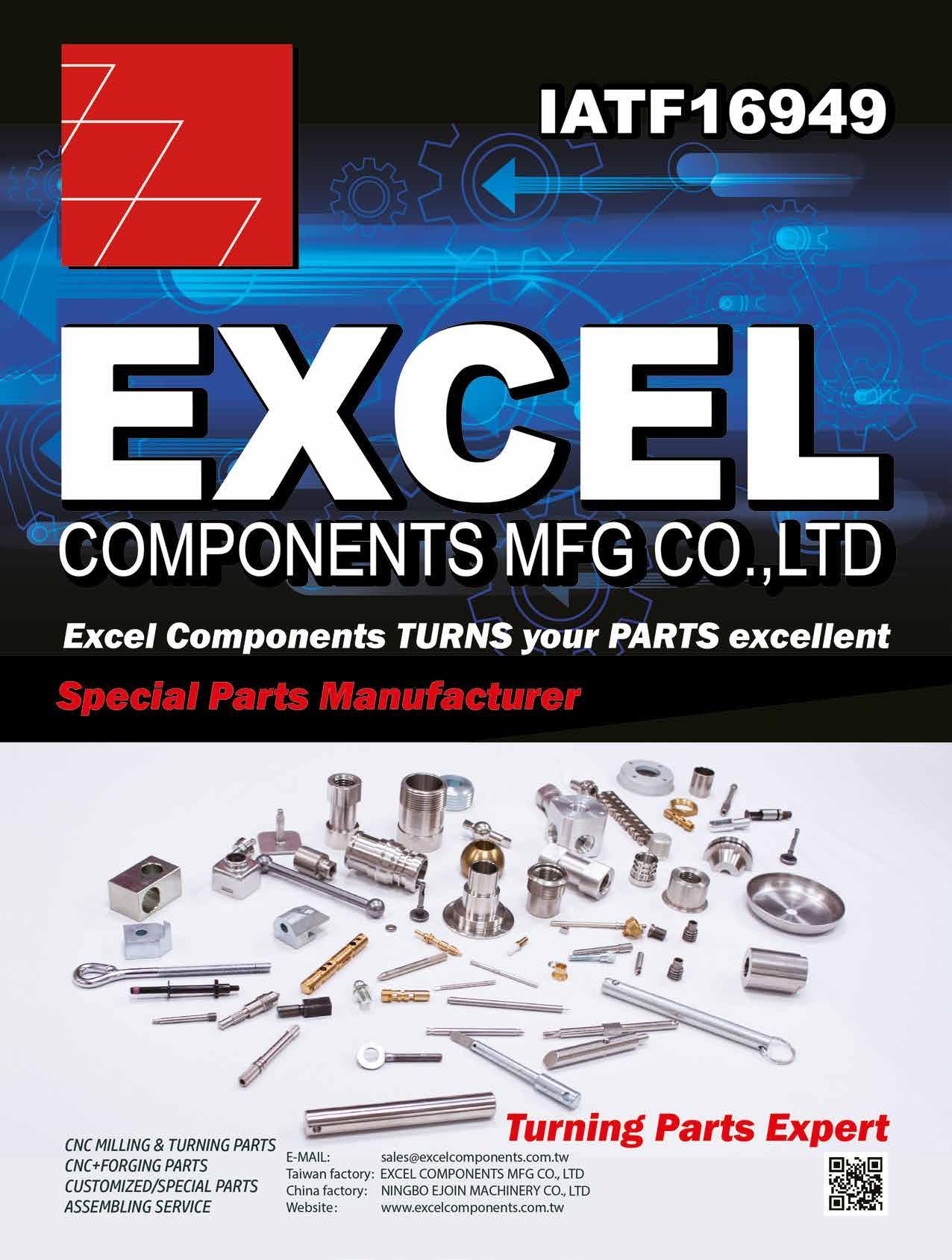






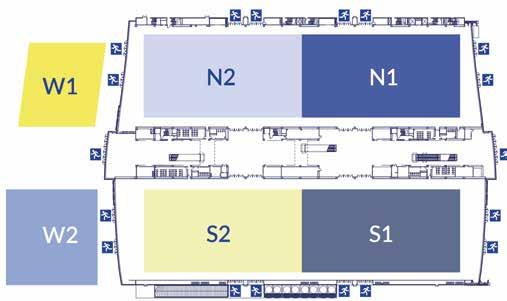
"Taiwan International Fastener Show” will return to Kaohsiung Exhibition Center on May 3-5, 2023! This year's exhibition will focus on the three main highlights of Taiwan fasteners: "High Quality", "High Technology", and "High Added Value" and is expected to attract nearly 300 exhibitors using nearly 900 booths to display a variety of fasteners, screws & nuts, production equipment, fastening tools, molds & dies, inspection instruments, wire materials, and other related products and services. It is expected that more than 1,500 foreign buyers will come to Taiwan for purchasing, which will bring more business opportunities to the fastener industry.


During the exhibition period, a series of activities will be held, including: Global Fastener Forum, inviting speakers from both domestic and overseas industries to analyze the global fastener economy, ESG, and share fastener smart manufacturing case studies; as well as a series of activities such as 1-on-1 procurement meetings, ManufacturersWin podcasts, live tours, and guided tours. The exhibition will provide visitors with an international and enriching experience.
The strength of Taiwan fastener industry is evident to all international visitors. In last edition, the show attracted 417 exhibitors booking 1,110 booths and 2,193 international buyers from 73 countries, representing a 10% increase over the previous show. The number of domestic and international visitors exceeded 30,000. 90% of the buyers were satisfied with the show, and more than 80% of them said they would come back to Taiwan in 2023.

Dedicated to the R&D in nuts for 40 years, JingFong Industry Co., Ltd. has been active in the field of precision nuts. In addition to winning Taiwan Excellence Award for two consecutive years, it has also developed a variety of lock nuts for small and mediumsized passenger cars/commercial vehicles and construction fasteners this year, and also successfully developed an antiloosening assembly part with two nuts in collaboration with a Japanese customer. The excellent technical R&D ability of this invisible champion of the industry is trusted by advanced application customers in Europe, USA and Japan.
At Fastener Taiwan 2023, JingFong aims to extend its product portfolio to EV assembly, construction, railway and other applications to attract buyers from Europe and the U.S., as well as to enter the supply chain of Japanese automotive market. At the same time, it will also exhibit 3 main products to demonstrate its OEM capability to fastener manufacturers and large traders from all over the world, including:
1. Prevailing Torque Type Hexagon Nuts with FlangeThese nylon flange nuts featuring anti-loosening, durability and corrosion resistance are specified by M. Benz for use in its automotive suspension fastening and are certified by Daimler MNB 13025 and electroplated with DBL 9440.47. The pitch difference between the nut and the bolt improves the contact tightness without stripping, and the nylon washer can also prevent other mechanical equipment joints from being damaged, reducing maintenance costs.
2. Adjustment Nuts for Shock Absorber Piston ValveIts thinness has reached the strictest requirement of the cold forging process. Compared with its competitors’ surface roughness of Rz6.3, JingFong can achieve Rz4.3. The concentric circle and cylindrical tolerance of the nut is also controlled to be less than 0.1mm. The technical specifications, stable quality and cost advantages have enabled JingFong to establish a long-term collaboration with SACHS, a major shock absorber manufacturer, and supply 50 million pcs every year to SACHS’ global assembly plants (representing more than half of its global demand).
3. Piston Nuts for Performance Car Suspension ModuleIt can replace the old lock nuts and improve the issue of chippings dropping into the piston valve to avoid noise during operation. The new pressed point design provides the shock component with loading and anti-loosening abilities. The surface roughness is improved to be Rz6.3 to reduce frictional wear. The tolerance of the bearing surface is 0.05mm (max.) and the stable drill-in torque can avoid chipping.
by Gang Hao Chang, Vice Editor-in-Chief of Fastener WorldIn the vehicle assembly and parts market, JingFong is actively developing new value-added inhouse processes to reduce costs and lead time. At the end of 2022, it completed the setup of its own zincnickel plating line with a monthly capacity of 240 tons and meeting CQI-11 requirements. It has also completed the integration of key processes such as production quality monitoring, machine networking, production visualization, IT core system integration (MES), factorywide production real-time traceability, die life management, and carrier RFID management to create a smart factory. Facing the trend of EV lightweighting, it is also actively contacting EV assembly plants, developing other metal forming processes, and working with customers on end product design. It has also introduced various CNC machines and strengthened the internal technology training in order to provide more competitive finished fasteners. It has also obtained patents from Taiwan and Thailand for the development of welding frictional rebar couplers for construction applications.

95% of JingFong’s products are sold to Europe and USA. Benz, PACCAR, Tesla, Nissan, Kia and other leading manufacturers are all end customers of its products. Recently, it has been actively developing the Japanese market by participating in M-Tech Osaka, M-Tech Tokyo, Fastener Fair Global and overseas sales missions, hoping to explore more business opportunities in the field of automotive, construction and railway fasteners. “We have unique technology, including product design and 3D stress simulation, process quality analysis tools, full equipment interconnection, quality visualization, real-time product traceability, and other intelligent manufacturing environment to meet customers’ requirements for shorter lead times and higher quality products, and to provide more immediate and flexible responses in processes such as design, production, and distribution." said JingFong. “We are also planning visits to our factory at Fastener Taiwan this year and welcome buyers to contact us early.”
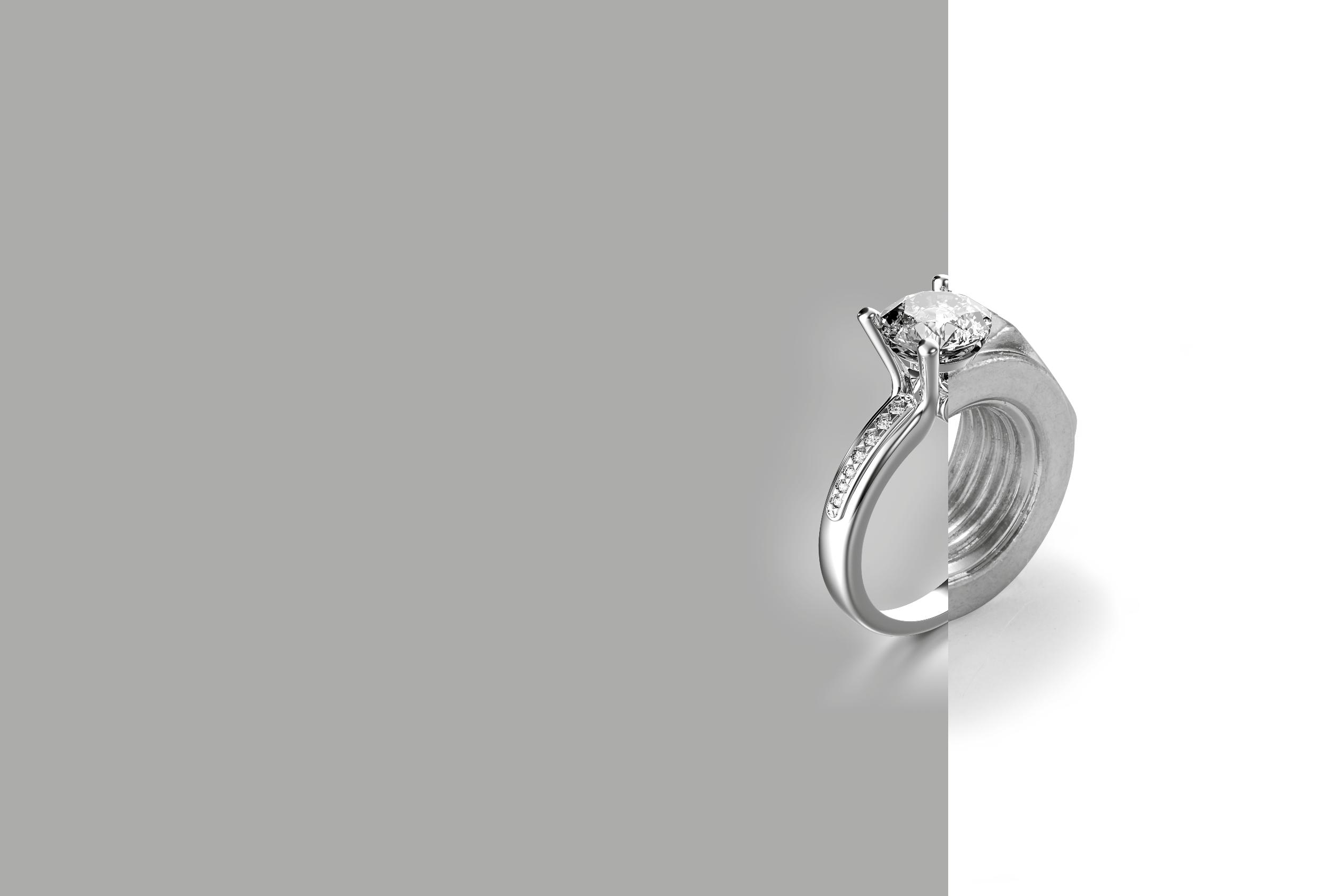


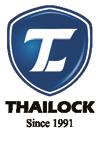


quality riveting tools. The company has invested in a factory in China and today has evolved into one of the largest manufacturers of blind rivets in Asia, with a monthly capacity of over 500 million pieces of blind rivets and 100 thousand pieces of high quality riveting tools per month. A fully automated warehouse and index system ensures accurate and rapid order fulfillment.
With a professional R&D team and rich sales experience, SRC at the 40th anniversary of corporate history has sold its products to more than 150 countries worldwide and accumulated more than 700 customers. In 2021, SRC expanded investment and set up a new factory in Thailand to fulfill customer needs, covering an area of 45,000 square meters. Now they are announcing the launch of production in this issue of Fastener World Magazine.

SRC chose to set up a factory overseas in order to serve the world’s demand for fasteners and expand client base. They see the worth of Thailand Prime Minister's ambition to develop Thailand as the top manufacturing nation of automobiles in Southeast Asia. Plus, they have many clients who identify Thailand as a key market in Southeast Asia. The new plant in Thailand will be able to serve clients from a close range.
The main task of this plant is to increase production of the existing blind rivet product line. New equipment has been purchased in large quantities to improve quality and develop flexibility for small quantity and diverse production to meet the needs of more customers. When lead time becomes a key factor, immediate delivery is far more important than lower prices, said SRC.

The new plant’s floor is currently 50% in use and has about 110 sets of automatic forming equipment, with a target of 300 sets to be added continuously. Through automation, manpower is streamlined and work shifts between departments within the plant is rationalized. At this stage, they are aiming at a monthly capacity of 100 million pieces of rivets for the Thailand plant, and planning to increase to 300 million pieces of rivets in the future. They are providing clients with better quality and cost performance by reducing costs.
With the support of the parent factory and the head office, they hope to develop the whole group into a sustainable enterprise. In addition to collaborating with more counterparts in the hardware and components market, they want to contribute to global environmental protection. In the future, the new factory will make appropriate adjustments according to the current international status and continue to integrate and expand product lines.

Under the impact of the global epidemic, SRC's export sales still reached double digit growth in 2022, with products mainly sold to the United States, Europe, New Zealand, Australia, Africa, Latin America and Southeast Asia, of which the United States accounts for 30%. “Every client is important to us. No matter where you are, we make sure our products are delivered to you," said the company, “In the face of market challenges, we will stick to the belief that makes us who we are and continue to create new markets.”
Contact: Ms. Lydia Wang
Email: srcrivet@ms12.hinet.net
by Dean Tseng, Fastener WorldWith "technology, efficiency, quality, and service" as its core values, Zyh Yin Ent. Co., Ltd. has been specializing in the production of furniture and construction screws and bolts for years. With its excellent production technology and high quality standards, its products have been successfully exported to Europe, America and Asia and other key screw demand markets, and have also gained the trust and recognition of many new market users worldwide. Not only has its annual export performance been outstanding, but it is now the largest supplier of screws to a leading furniture brand in Europe on a long-term basis. Its customer-focused insistence continues to draw the global attention to its solid and reliable manufacturing capabilities on the international stage.
Zyh Yin is able to provide a wide variety of products. As one of the exhibitors at this year's Taiwan International Fastener Show, it will present many competitive screws to visitors from all over the world, including: confirmat screws, chipboard screws, euro screws, machine screws, metal dowels, drywall screws, tapping screws, self-drilling screws, deck screws, particle board screws...etc. Among them, drywall screws and metal dowels are expected to be the main attraction for many buyers during the exhibition. The special features of these two main products are as follows:

Drywall screw users attach great importance to the convenience and efficiency of the product. Through its professional manufacturing technology and experience, as well as its management of the service life of threading dies, it has been able to control the tapping speed of the drywall screw to less than 1 second, allowing consumers to save time and effort in using the product.
In order to achieve more precise dimensional control, Zyh Yin has also imported high-end precision machines from overseas, which can control the dimension of screws more precisely and provide users with a better assembly experience.




“In addition to the exhibition in Kaohsiung, we also plan to participate in Fastener Fair Global in Stuttgart this March and INTERZUM this May to let visitors know that we can continue to provide stable quality and excellent service on our existing products, and we hope to let everyone know that we are constantly improving our manufacturing capabilities and upgrading our technology and production capacity to meet the diverse needs of customers,” said Zyh Yin.
Currently, Zyh Yin’s furniture screws are mainly sold to the European market. Its excellent quality and competitive price of products have been well received by customers. On the other hand, in the large market of North America, its construction screws have also successfully tapped into many medium and large distributors, wholesalers and DIY channels, supplying a wide range of screws for interior and exterior use.
“In the future, we will continue to expand into the European and North American markets to provide better service to customers. We also look forward to expanding our product offerings to meet the diverse needs of different buyers,” said Zyh Yin.

Zyh Yin has introduced the ERP system for years to help achieve more accurate process control. Through this system, all relevant units can clearly understand the production status and progress of orders, which facilitates the tracking and scheduling of shipments and improves the efficiency of internal operations. In terms of quality control, in case of quality complaints, the system can also help to trace the production history of products, which helps to analyze the cause of quality problems and prevent the recurrence of the same problems in the future.
In addition, Zyh Yin is also working with MIRDC to introduce intelligent management of “digital transformation.” Through the cooperation with manufacturers, production information will be fed back to the system in real time, so that the business and production management units can grasp the progress more quickly and effectively and provide better services to customers.
Zyh Yin contact: Mr. Jaime Hsiao
Email: jaime@zyhyin.com
In order to achieve the best quality and meet the increasingly stringent requirements of customers, Zyh Yin’s quality and professional screw supply team continues to refine manufacturing processes and quality management. In addition to obtaining ISO 9001:2015, it is also the first in Taiwan fastener industry to obtain the ISO 28000 supply chain safety management system certification in 2019, which enables it to implement supply chain safety management in manufacturing, service, warehousing and transportation. It has also obtained the TTQS, SMETA, CE, Torx Drive System 2019 and Torx Plus Drive System 2019 certifications.
“In addition to quality and delivery, customers have become more concerned about the ESG performance of their suppliers in recent years. Therefore, we have made efforts since many years ago to meet the higher standards of customers in terms of energy saving & carbon reduction, pollution treatment, work environment improvement, and enhancing the welfare rights of our employees. We expect to create a win-winwin situation for our customers, suppliers and ourselves.” added
Zyh Yin. by Gang Hao Chang, Vice Editor-in-Chief of Fastener World"Buying pins? Look for Yung King!" This is the answer that many buyers often get when they want to buy pins from Taiwan. Founded more than a few decades ago in northern Taiwan to produce cotter pins, Yung King Industries Co., Ltd. has expanded its product line to include spring pins, hitch pin clips and dowel pins, and has become the largest and most representative pin manufacturer in the eyes of many buyers. Under the leadership of President Josh Chen, Yung King has continued to capture niche markets and has built its own kingdom of pins. Its annual sales volume has reached 2,000-2,500 tons.
Cotter pins, spring pins, hitch pin clips, and dowel pins are Yung King’s four major products. Although they look simple, they play a key role in many anti-loosening applications. It mainly manufactures pins in stainless steel, iron, and brass, in sizes to meet the exact length specifications required by customers. The cotter pins are available in sizes up to 16mm and dowel pins are available in sizes up to 20mm or more. In spite of the competition from overseas counterparts offering lower prices, it continues to win orders from many customers in the U.S., Japan and Australia due to its higher quality, faster delivery and better packaging service.

Its cotter pins are used in a wide range of applications such as machines that vibrate, castle nuts for wheel rims, and long chains that require anti-loosening components. Compared to screws featuring more complicated fastening mechanism, Yung King's cotter pins are more convenient to use and can be replaced easily. Once it is inserted into the mating part and its tails are pulled open, the assembly is done! The simple operation can achieve the purpose of loosening prevention. In response to the growing market demand, it has also developed spring pins with slots and double-sided chamfered angles for easy installation into holes, and the flexible steel material can be directly clamped as a rotating shaft. It has even developed toothed spring pins featuring better fit. As for hitch pin clips, they will automatically open when inserted into the bolt hole and will not be easily pulled out after fixing, achieving a stable anti-loosening effect. In the part of dowel pins requiring high precision in O.D. tolerances, Yung King has also gained a foothold in the large-size dowel pin market through its excellent processing technology.
With two factories in Hsinchuang and Sanchong (New Taipei City), Yung King has a capacity of 200 tons per month. In order to reduce costs, improve quality, increase production capacity and diversify products to remain competitive internationally, it has completed the automation upgrade of its equipment at the end of last year, shortening the process and significantly reducing labor costs and waste output. In recent months, it has even purchased several multi-stroke multi-axis forming machines to enhance its customizing capabilities and meet customers' special product requirements.
“Under the principle of selling more at lower prices, we have accumulated a good reputation for our high quality products and services over the years," said President Chen. “Our main customers are importers from the U.S., Japan and Australia, which account for 40%, 20% and 20% of our sales volume respectively. We are looking forward to extending our reach to the European market, and we do not rule out the possibility of looking for agents in European countries to develop customers for us, so that more European customers can experience the quality and durability of pins from Taiwan. At the same time, the 3rd generation of the company has also started to work in the factory since this year. We hope to create a new atmosphere for the old factory through the new ideas and practices brought by the young people. In addition, at this year's Fastener Taiwan, we’ll not only demonstrate to global buyers our strong pin manufacturing capacity, but also set up a cocktail bar at our booth. We sincerely welcome all industry peers to come and interact with us.
Yung King contact: President Josh Chen Email: yuking@seed.net.tw
by Gang Hao Chang, Vice Editor-in-Chief of Fastener World

The Fastener Training Institute (FTI), has announced Würth Industry North America (WINA) will continue as sustaining sponsor in 2023. This will mark the fifth year of partnership between the two organisations.
“Würth’s continued support is instrumental to our ability to offer frequent and robust educational opportunities which enhance knowledge, safety and reliability across the fastener industry,” said John Wachman, Managing Director for FTI. Thanks to Würth’s support, FTI will continue to offer an extensive menu of in-person fastener training classes taught by leading industry expert instructors.
“Our partnership demonstrates our ongoing commitment to the importance of quality fastener education. We are thrilled to move into our fifth year of partnering with the Fastener Training Institute and helping to support the education of seasoned and new professionals within the fastener industry,” said Tracy Lauder, Director of Marketing and Communications for Würth Industry North America.
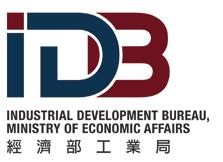
The European Union's carbon border tax extended the list of products to downstream products at the end of last year, covering the fastener industry in Taiwan which exports 30% of fasteners to the EU. As Taiwan is a major fastener producer, the amount of fasteners exported worldwide in 2021 reached NT$166.3 billion, and 29% were sold to the EU. The impact of EU carbon tax would be monumental.
Taiwan Industrial Development Bureau is expected to allocate NT$700 million to NT$800 million to assist the metal industry in carbon inventory and equipment investment. The Ministry of Economic Affairs has appointed the Metal Industry Research and Development Center to set up a "Metal Industry Carbon Reduction Service Group", which will provide one-stop services in carbon inventory, carbon verification, technology upgrade, government counseling, subsidy resources, and talent training to accelerate the fastener industry's transformation.
Officials said that in the face of competition from China, Taiwan fastener industry is in urgent need of reducing carbon emissions to strengthen its competitiveness. Through this service group, the government can help manufacturers train their own carbon inventory talents and find out where the internal processes consume energy, and then allow government resources to subsidize them to improve equipment and technology, in addition to investment credits such as smart machine research and development.
In response to the global trend of carbon neutrality, Taiwan CSC has cooperated with Jinn Her Enterprise, a Taiwanese major fastener manufacturer, and succeeded in developing and producing 150 metric tons of steel that can be declared as carbon neutral. Taiwan CSC is now applying for various international certificates for green steel. This could be completed at the end of 2023, effectively relieving the pressure of exporting screws with an annual output value of hundreds of billions of NTD and driving the domestic steel industry upward.
In 2022 Taiwan's fastener export result was the third highest in history, with an annual export volume of 1,665,300 tons,
down 0.7 percent YoY, while the export value exceeded US$6 billion for the first time, reaching US$6.355 billion, or nearly NT$200 billion, a record high.
Taiwan Industrial Fasteners Institute (TIFI) Chairman Tu-Chin Tsai said that the second half of 2022 was affected by the negative global steel economy, and although the number of orders received by manufacturers was more or less affected, resulting in a slightly lower export value than the previous year, the export volume exceeded the US$6 billion mark for the first time, mainly because the fastener industry gradually succeeded in transforming to the development of higher-value-added products, such as automotive screws, resulting in a higher average unit price, and continued to work toward precision machining and smart manufacturing.
Recently, with the gradual improvement of the international steel economy, the market situation in Europe and the United States has improved, and Tu-Chin Tsai believes that it will be favorable for manufacturers to receive orders. The fastener industry is expected to recover in the second quarter of 2023, especially starting this May, export orders will obviously improve, so the outlook for the fastener export market in 2023 is positive.
TIFI also pointed out that the average export price of Taiwan fasteners in November 2022 rose to US$3.98 per kilogram, a record high for a single month in history, but slipped to US$3.94 per kilogram in December 2022, down 1 % from the previous month, but up 4.78 % from the same period in 2021, the second highest for a single month in history.

The European Union will trial start Carbon Border Adjustment Mechanism (CBAM) this October, requiring imported products to declare their carbon content. In addition to steel, concrete, aluminum, fertilizer and other industries, CBAM will also extend to downstream products such as screws and bolts. Gangshan District of Kaohsiung City is the heartland of Taiwan fastener industry, and will certainly face the impact after CBAM is launched.
The Environment Protection Bureau of Kaohsiung City established the "Carbon Inventory Counseling Team" to provide free inventory counseling services to enterprises. The team will assist enterprises in establishing emission inventories, and start with two types of target, including fastener companies in Kangshan Benjhou Industrial Park. After a series of briefing sessions from January to February, on-site counseling will be conducted from March to July.
Japan External Trade Organization (JETRO) surveyed 7,173 Japanese companies around the world and published "Worldwide Overseas Japanese Companies Survey for 2022" report. The report is a barometer hinting at the future of Japanese companies in overseas markets and it draws three conclusions.

First, 65% of the 7,000 plus Japanese companies operating overseas expect to gain profit for 2022, but the losses in sectors such as auto parts are increasing. As a result of China's Zero COVID policy, more than 40% of Japanese companies in China are facing deteriorating sales, exceeding the proportion of companies having improved results.

Globally, 45.4% of Japanese companies will expand their business in overseas countries. Among them, 70% of the Japanese companies will expand in India and 60% in Vietnam, which shows that Japan is continuing to tap into the Southeast Asian market. On the contrary, the percentage of Japanese companies intending to expand in China dropped from 40.9% to 33.4%.
Second, 60% of Japanese manufacturers will re-examine the supply chain. As raw material and transportation costs rise and the risk of supply disruptions become more apparent, Japan will accelerate its localization (selfproduction) strategy for sourcing, production and sales. In the next one to two years, the number of Japanese personnel dispatched to overseas countries will be reduced by half compared to the pre-epidemic period, while the number of Japanese domestic employees will be increased.

Third, Japan is accelerating carbon reduction. More than 40% of the surveyed companies are already taking action to achieve decarbonization, an increase of nearly 10% over the previous year. Compared with the previous year, this figure increased by nearly 10%. The number of companies making green purchases (requiring suppliers to reduce carbon) has more than doubled. With awareness of carbon reduction spreading rapidly throughout the supply chain, non-compliant companies may face the risk of limited trading opportunities.
The European Parliament on February 14 formally approved a law to effectively ban the sale of new petrol and diesel cars in the European Union from 2035, aiming to speed up the switch to electric vehicles and combat climate change. The landmark rules will require that by 2035 carmakers must achieve a 100% cut in CO2 emissions from new cars sold, which would make it impossible to sell new fossil fuel-powered vehicles in the 27-country bloc.
The law will also set a 55% cut in CO2 emissions for new cars sold from 2030 versus 2021 levels, much higher than the existing target of

37.5%. "The operating costs of an electric vehicle are already lower than the operating costs of a vehicle with an internal combustion engine," Jan Huitema, the parliament's lead negotiator on the rules, said, adding that it was crucial to bring more affordable electric vehicles to consumers.

On 19 January 2023, Secretariat of Economy (Mexico) published in a public release the first final ruling on sunset review of anti-dumping against wire rods originating in or imported from China, deciding to maintain the anti-dumping duty of US$0.49/kg established in the final ruling of the initial review on 28 July 2016. The TIGIE tariff codes of the associated products are 7213.10.01, 7213.20.91, 7213.91.03, 7213.99.99, 7227.10.01, 7227.20.01, 7227.90.99, 9802.00.01, 9802.00.07, 9802.00.13, 9802.00.19 and 9802.00.23. The measure was effective from 29 July 2021 for a period of five years.
On 2 September 2015, Mexico initiated an anti-dumping investigation into wire rods originating from or imported into China. On 28 July 2016, Mexico issued a positive final determination to the case, imposing an anti-dumping duty of USD 0.49/kg on the products involved. On 22 July 2021, Secretariat of Economy published an announcement in a public release, saying to initiate the first sunset review investigation into the case upon the application by Mexican companies including Ternium México, S.A. de C.V., Arcelor Mittal México, S.A. de C.V. and Deacero, S.A.P.I. de C.V.
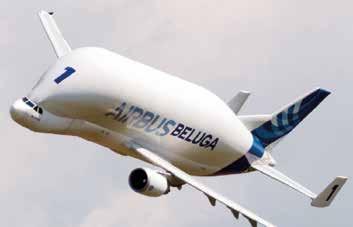
Airbus is developing its local or regional materials platform for different strategic commodities, but suppliers will need to have the necessary certifications such as AS-9100. “Without those certifications it will be impossible to do business with an aeronautical company like Airbus. And it is very important to have suppliers mainly from Mexico, or from the United States and Canada,” said Carlos Rivera Villalba, the company’s Global Supply Chain Manager.
During the panel perspective of the aerospace sector through Airbus, in his participation during the Seminar “Be an Aerospace Supplier”, organized by Femia, at CETYS University, Mexicali campus, Rivera added that they are looking for aluminum suppliers in sheets, plates, rivets, nuts, screws and bolts, among others.
Airbus has a presence in Queretaro with a manufacturing plant and a training center in Mexico City and another in Merida. Today
there are 150 Airbus aircraft in operation in the country and 200 in the order book which take up 60% of the Mexican market. “It was forecast to close 2022 with 354 aircraft for the different airlines in Mexico, which represents a 12% increase against 2021. The country is part of the top 20 markets,” he said.
According to the latest statistics from China Association of A utomobile Manufacturers (CAAM), China's new energy vehicle production and sales continued to grow exponentially in 2022, with 7.058 million and 6.887 million units produced and sold respectively, up 96.9% and 93.4% year-on-year, topping the world for eight consecutive years. Market share rose to 25.6%, 12.1 percentage points higher than the previous year, with global sales accounting for over 60% of the total. Of all new energy vehicles,
5.365 million pure electric vehicles were sold, an increase of 81.6% year-on-year, while 1.518 million plug-in hybrid vehicles were sold, an increase of 1.5 times year-on-year.

In 2022, the share of domestic sales of new energy passenger cars made by independent brands reached 79.9%, an increase of 5.4 percentage points year-on-year; 679 thousand new energy vehicles were exported, an increase of 1.2 times year-on-year. China accounted for three of the world's top ten companies in terms of sales volume of new energy vehicles. China's new energy vehicles have entered a period of full market expansion and are expected to continue to grow at a faster pace this year.
China's total automotive production and sales achieved 27.021 million units and 26.864 million units respectively, an increase of 3.4% and 2.1% year-on-year, achieving a modest annual growth ranking first in the world for 14 consecutive years.
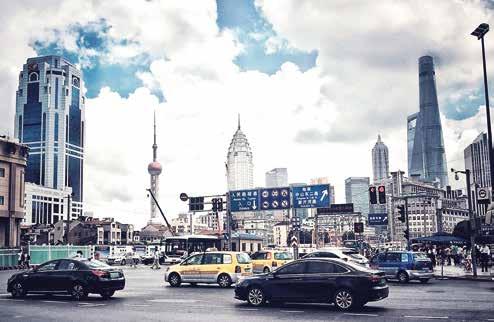
China Association of Automobile Manufacturers said, "In 2022, the automotive industry has been impacted by a number of factors, but under the effective momentum from a series of policies to stabilize growth and promote consumption, and with the joint efforts of enterprises across the industry, the overall recovery of the automotive market is improving. Passenger cars achieved faster growth, contributing an important force for the steady development of the industry."
In 2022, China's passenger car production and sales achieved 23.836 million units and 23.563 million units, a respective increase of 11.2% and 9.5% year-on-year, a higher growth rate than the industry as a whole.

The Chinese fastener enterprises in Yongnian are deeply engaged in overseas markets, and their products are exported to more than 110 countries and regions, such as the United States, Japan, Egypt and Dubai (UAE). At present, the Yongnian district encompasses 476 fastener enterprises with independent export license. There are more than 50 large factories specifically dedicated to export sales and 5 industryleading fastener enterprises which has established their overseas warehouses. In 2022, Yongnian district generated about 158.6 million U.S. dollars of fastener export, a year-on-year increase of 70.8%, up against the nation-wide downtrend.
RMB 4 billion, covering an area of 410 acres. The third phase of the project is invested and constructed by Jiangsu Hengyue Hardware Technology Co., Ltd. and two other companies. The total area of the park is 170 acres. The total area of structures is about 90,000 square meters and the total investment is RMB 1.02 billion. The industrial park can produce 200 thousand tons of high-strength fasteners annually with an annual output value of RMB 1.6 billion as well as a tax revenue of about RMB 20 million.
So far, the main structure and auxiliary construction of Jiangsu Hengyue Hardware Technology whose annual output capacity is 60,000 tons of high-strength fasteners has been completed and ready for use from February 2023.
Sheh Fung announced that their consolidated revenue for December 2022 reached NT$225 million, representing a monthly growth of 0.80%. Its consolidated revenue for the fourth quarter of 2022, benefiting from a gradual pickup in customer orders, reached NT$682 million, leading to a 6.11% quarterly growth. Its annual revenue in 2022 was NT$2.591 billion. The company is working hard to promote new screw products and new deployment to provide good momentum for taking orders in the future. It maintains a cautiously optimistic outlook for the first quarter of 2023.
In the fourth quarter of 2022, its major customers in the Americas maintained good inventory depletion and gradually increased orders for replenishment, and Sheh Fung continued to increase order intake in the European region. In addition, its new long structural wood screws were able to be shipped in small quantities in December 2022.
Although the overall housing market in the U.S. has cooled down due to the continuous interest rate increase policy, the general public still maintains a certain market demand for home renovation. On the other hand, Sheh Fung is also expanding its business performance in the field of construction and engineering applications to create a positive impact on its overall operation.
In 2022, the annual output of fasteners in the region reached 5.6 million tons, with an output value of RMB 38.5 billion. By participating in exhibitions, Chinese fastener enterprises have received a large number of overseas orders at major international exhibitions.
Located in Gangyu District, the construction of the Phase III high-strength fastener industrial park is advancing rapidly and is expected to be completed and put into production after February 2023. This industrial park costs a total investment of
Aerospace fastener manufacturer NAFCO announced their December 2022 revenue at NT$254 million, up 18.4% month-over-month and 44.6% year-over-year, hitting a 39-month high since October 2019. The fourth quarter revenue was NT$682 million, up 16% quarter-over-quarter and 60.7% year-overyear. The full-year (2022) revenue was NT$2.193 billion, up 53.8% year-over-year, both hitting 3-year highs.
NAFCO benefited from the recovery of the aerospace market, with its utilization rate returning to the pre-pandemic level. With the improvement in supply chain, the revenue in December 2022

rebounded significantly from the previous month.
The company is also optimistic that with the gradual reopening of the global market, the demand for aircraft maintenance and new aircraft replacement is emerging, and aircraft manufacturers Boeing and Airbus are optimistic about the future aircraft market, which could drive the recovery of aerospace fasteners.
In addition, NAFCO said the current inventory level of finished products is low because of the rising demand from customers who request more inventory. The company will consider adding new production equipment depending on customer orders.

In August 2022, Fukui Byora established a logistics center in Shiga Prefecture to provide just-in-time delivery to the Tokai and Kansai regions. The company will capture the demand for EV parts, which is expected to expand significantly. The company will build a new plant located in Katayamazu in summer 2023 as a production base for EVs and high voltage battery parts. They will respond to new demand in the automotive field by utilizing its specialty in cold forging technology.




BYD uses a solvent containing hexavalent chromium to prevent rusting of bolts, nuts and other parts on its five electric buses, including the J6, a minibus sold in Japan.
BYD Japan said it is working with BYD headquarters to investigate whether hexavalent chromium was used in the pure electric passenger vehicles that went on sale in Japan at the end of January.
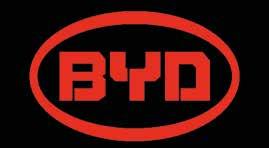
Hexavalent chromium is a chemical substance that is widely used in automotive parts for applications such as electroplating to prevent rusting of metal surfaces. It is considered to be highly toxic and harmful to humans. Although there is no domestic law prohibiting the use of chromium in automobiles, Japan Automobile Manufacturers Association has prohibited its use since 2008 as an industry-
independent restriction. After the same year, hexavalent chromium is no longer used on new cars in general.

In order to provide greater safety and peace of mind for passengers, BYD Japan said the use of hexavalent chromium will be discontinued on the new models of J6 and K8 electric buses which will be launched by the end of 2023.

The patent-pending TriLead screw, with a special bit shape newly developed by SYNEGIC, can cut wood and discharge wood chips to perfectly drill into MDF or particle boards without cracking the wood or creating burrs during the drilling process. There is no need to drill holes in the wood before use.
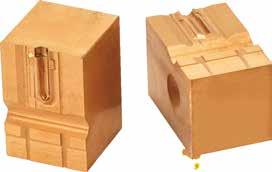
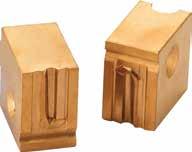



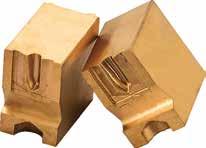

TriLead screw adopts chromate surface treatment, and can be used with hexagonal bits, suitable for wood with the thickness of 10-20mm, including shelves and other household furniture.


The Packer Fastener family of companies, including Green Baybased Packer Fastener and Packer Freight and Chicago areabased Albolt Manufacturing, announced promotions of four key executives.
“Packer Fastener is well-known as having the biggest nuts in town, but our family of companies continues to grow beyond the nuts and bolts of industrial fasteners,” said CEO Terry Albrecht. “Today, we offer a comprehensive range of fasteners and industrial supplies through Packer Fastener, logistics and freight brokerage services through Packer Freight, and the production of customized fastener solutions through Albolt Manufacturing. By restructuring our leadership model and promoting talent from within, we’ve set the foundation for future growth and expansion.”

As part of these changes, Albrecht will continue in his role as principal owner and will now serve as the chief executive officer of the three sister companies. Albrecht was one of the original founding partners of Packer Fastener in 1998. He went on to found Packer Freight in 2019, and Albolt Manufacturing in 2022. His family of companies now employs 155 individuals in 11 different cities throughout the Midwest.
Generational Equity, a leading mergers and acquisitions advisor for privately held businesses, is pleased to announce the sale of its client, Fasteners, Inc. to Monroe Engineering. The acquisition closed January 31, 2023.
Fasteners, Inc., located in Colorado, and founded in 1965, is a wholesale fastener distribution company. The Company’s extensive inventory is available for prompt, accurate delivery or shipment in materials ranging from aluminum to stainless to heat-treated steel.

Headquartered in Michigan Monroe Engineering (Monroe) is an ISO 9001:2015 & AS9100D certified global industrial manufacturing company offering a broad product line and has a diverse customer base of manufacturers and distributors across several vertical markets including aerospace/defense, automotive, medical, transportation and many more.



Sustainable energy made inroads in the fastener industry in 2022. Electric vehicle and hybrid automotive sales in the U.S. nearly doubled in 2021. EV sales rose 83% to 434,879 units, while hybrid automotive sales climbed 76% to 801,550 units. EVs are estimated to total 70% of the U.S. light vehicle market by 2040. Such strong market growth caught the eye of prominent fastener manufacturers looking to capitalize on the trend.
In the past four months, France-based ARaymond acquired two companies — CGA Technologies SRL and Costello Italia SpA — to bolster its EV fastener product offerings. “The automotive industry is shifting to electric and autonomous vehicles, and we want to actively contribute to this extraordinary transition,” stated CEO Antoine Raymond.
Meanwhile, Chin Well signed a 25-year solar power purchase agreement to power their fastener manufacturing operations in Asia. Chin Well fasteners are exported to Europe (60%), the U.S. (30%), Japan (5%) and South East Asia (5%).
The installation of the solar power generating facilities reportedly will reduce Chin Well's energy expenditure and carbon footprint. Both plants are expected to achieve commercial operation by the fourth quarter of 2022. The news wasn’t all positive for EV fasteners. Rivian Automotive recalled more than 13,000 vehicles after flagging a problem with its steering system.
The EV manufacturer explained that a fastener connecting the upper control arm and steering knuckle
may have been installed incorrectly. If “insufficiently torqued,” the issue could create excessive wheel camber. The recall of the 2022 Rivian R1T, R1S, and EDV models represents about 90% of vehicles produced by the automaker thus far and more than half of its 2022 total production guidance of 25,000 vehicles.
During 2022, fasteners remained a comparably safe investment in a year when markets convulsed on economic data that increasingly warned of recession, causing the Dow to fall nearly 9% while the S&P 500 lost 20% of its value for the year.
The FIN Fastener Stock Index lost 11.5% during 2022, besting a 15.5% decline by an index of related industrial stocks. Amid the uncertainty, at least four publicly-traded companies with fastener products achieved nearly double-digit gains, though significant losses were more likely. Howmet Aerospace rallied to a 17.1% increase during 2022, topping the FINdex for the year.
Howmet reported Fastening Systems revenue grew 15% to US$291 million in the third quarter of 2022 “due to growth in the commercial aerospace market of 24% with narrow body recovery more than offsetting Boeing 787 production declines, as well as an increase in material cost pass through.” Nine-month Fastening Systems revenue improved 5.5% to US$832 million, with adjusted EBITDA down 1.6% to US$176 million and margin of 22%. Segment capital expenditures rose 36% to US$30 million.
Other FINdex companies recording nearly double-digit growth during the year included Carpenter Technology (up 13.8%); Nucor Corp. (up 13%); and Grainger (up 9%). With more modest gains, Chicago Rivet & Machine Co. achieved a 7.3% increase in share value during the year, boosted by continued automotive demand.
But prominent fastener companies saw losses during the year. Fastenal Co. stock dropped 25.7% despite 18.2% fastener sales growth to US$614.5 million (34.1% of overall sales) in the first nine months of 2022. Fastenal outperformed other FINdex companies that suffered significant share loss during 2022.
Topping the list was Stanley Black & Decker, which saw its share value slip 60% despite 15% organic Engineered Fastening revenue in the third quarter of 2022, with growth in the aerospace, automotive and general industrial markets.
Other FINdex companies losing significant share value during the year included Tree Island Steel (down 52%); Park Ohio (down 46%); Simpson Mfg. (down 34%); Dorman Products (down 27.4%); and TriMas Corp. (down 23%). During the third quarter, the FINdex declined 3.5%, besting a 5.8% drop by an index of related industrial stocks during a quarter when the market plunged on recession fears. During the first half of 2022, the FINdex lost 17.1% of its value compared to a 19.1% decline by an index of related industrial stocks.


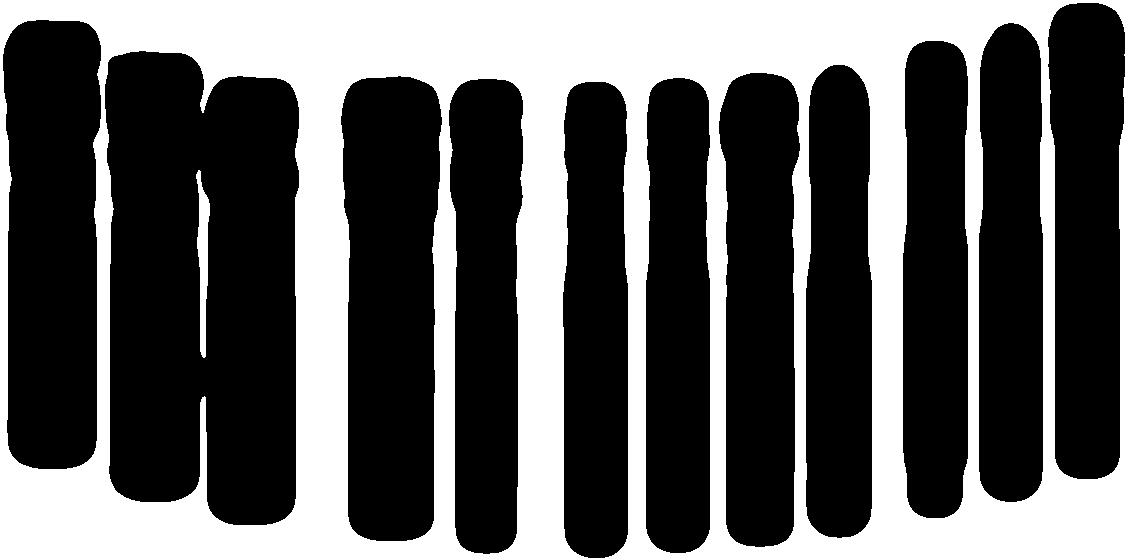








The Bossard Group reported record sales in 2022, driven by double-digit growth in the U.S. Fourth-quarter sales in the U.S. increased 43.5% to CHF 80.2 million (US$86.5 million) as the Swiss fastener manufacturer “significantly” expanded its market presence in Canada by acquiring PennEngineering's Canadian distribution business. Terms of the deal were not disclosed. Bossard said the acquisition is in line with its strategy to “expand its capabilities in the U.S.”
Founded in 1970, PENN Engineered Fasteners Corporation (PEF), based in Concord, Ontario, Canada, was acquired by PennEngineering in 2017. The company supplies fasteners to automotive, energy, agriculture and appliances markets, generating annual sales of US$25 million with 30 employees. “In the electromobility sector, exciting commercial vehicle projects were implemented,” the company stated. Fullyear U.S. sales climbed 36.8% to CHF 309.4 million.
Meanwhile, Q4 growth in Europe slowed, with sales up 0.8% to CHF 141.2 million amid high demand despite continuing geopolitical tensions. Fullyear growth rose 8.7% to CHF 624.2 million. Results in Asia were impacted by the lifting of COVID restrictions in China and the resulting wave of infections. Q4 sales in Asia gained 5.4% to CHF 54.8 million. Bossard noted that the situation in China “continues to cause uncertainty.”
For the year, Bossard consolidated revenue rose 15% to CHF 1.15 billion, including a 13.3% increased to CHF 276.2 million in the fourth quarter. During the year, Bossard experienced a stronger trend toward nearshoring and an increased demand for Smart Factory Assembly (SFA) solutions amid inflation and a skilled labor shortage. However, the strong Swiss franc slowed growth.
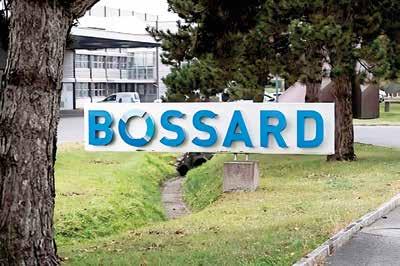
SPAX Engineered Fasteners is expanding its marketing through a crew of influencers, a nationwide network of contractors and craftsmen who use social media to showcase projects made with SPAX structural fasteners, driving demand for its products at lumber yards and building supply stores.
While influencer marketing, a form of social media marketing also known as branded content or working with creators, isn’t new, it’s not widely utilized in the fastener industry. But that didn’t stop SPAX. Marketing director Robert Knecht said the influencer program began with contractor trade shows. SPAX welcomed contractors to drive screws in the SPAX booth. Actual contractors “started seeing” how SPAX installs and began “taking a liking to our brand and posting it on websites.”
Individual woodworkers started posting on Instagram or other social media. Most were time-lapse videos.

“We love it when they slow it down and show hard-to-see screw applications,” Knecht said. The influencers get watched by colleagues looking for tips on “getting around sticky situations” in woodworking. “Our product line is traditionally big box retail and DIY customers,” Knecht said. “Among pro contractors and advanced DIY-ers who use our fasteners, SPAX has extremely strong recognition and brand loyalty,” Knecht said. “Our goal with the SPAX crew is to build relationships with these influencers and amplify their voices, letting them tell their unique stories about why they choose SPAX.” “The SPAX crew program aims to engage multiple audience levels, from everyday product users to larger-scale influencers with hundreds of thousands of followers,” Knecht said. SPAX crew members share social content about their projects and receive branded SPAX swag and product samples. But most influencers aren’t looking for anything from SPAX, Knecht finds. “They may gain an audience and respect as an influencer.”
D’ondra Howard of Workboots & Glasses, a furniture maker and custom woodworker in Sacramento, CA, is a SPAX influencer. “I’ve been using SPAX fasteners for the two years that I have been creating custom home furnishings,” Howard said. “I like the products and they were easy to get and use. They don’t strip like others I’ve used before.”
SPAX launched a website for its crew influencer program. The SPAX crew started with about 20 influencers and Knecht says the number has grown to over 300. Knecht noted that while it’s difficult to show specific sales results from SPAX’s influencer program, there has been sales growth in the channel. The growth also has led to a contractor advisory group where SPAX asks five people for a one-year commitment in advising on products. Beyond the SPAX marketing team, Knecht credits Interrupt, its Ohio advertising agency. “It was not on our own. We developed together with our agency.”
Founded in 1981 as TruFast, today SPAX is owned by Germany-based Altenloh, Brinck & Co. Group. SPAX fasteners are German-engineered and manufactured in Bryan, OH, at a 200,000 sq ft facility with engineering, manufacturing, administration and central warehousing.
Birmingham Fastener, Birmingham, AL, USA, announces the acquisition of Pacific Coast Bolt Corporation based in Santa Fe Springs, CA, USA. With over 80 years of combined fastener production, this acquisition strengthens Birmingham Fastener’s manufacturing diversity and expands the company’s USA
footprint coast-to-coast with branches from New York to California. Most importantly, it allows Birmingham Fastener to add teammates to its worldclass staff and will yield long-term benefits for customers. Pacific Coast Bolt manufactures and distributes a wide range of products to industries such as water, wastewater, chemical, refining and construction. With this partnership, Birmingham Fastener and its sister companies can expand product and service offerings to their customers. Brad Tinney, President of Birmingham Fastener said of the acquisition, “This strategic initiative further complements Birmingham Fastener’s made-in-America value proposition to our customers, as Pacific Coast Bolt brings a wealth of manufacturing equipment and overall fastener knowledge. We are excited to expand westward and honoured to heighten the level of customer service for all our partners across America.” Founded in 1980, Birmingham Fastener is a leading domestic manufacturer and distributor of fasteners for structural steel fabrication, metal building manufacturers, water works, OEMs and MRO. The Birmingham Fastener family of companies consists of multiple locations across the nation to service its valued customer.



The COVID pandemic has shown the advantages of strong regions in terms of decision-making capability and growth, and this is a reason for KAMAX, Detroit, MI, USA, to push ahead with regionalization of its business units to provide greater flexibility and supply chain security in terms of markets, customers and production. “The world is changing, and as a supplier to the mobility industry and other industrial sectors, we clearly notice this. At the same time, we see the different challenges our regions are facing,” explains Jörg Steins, Managing Director of the KAMAX Group. “While our plants in China are just starting production and are growing strongly, we can look back on a long tradition in Europe and the USA. Regionalization helps us to be able to act faster and more independently based on the market situation.” The new focus of the regional management team is another important component of this strategy. With Dr. Reinhard Rupprecht as CEO of Europe and Mats Ceder as CEO of the Americas, KAMAX has recruited two experts with many years of experience. Rupprecht, who previously held management positions at various automotive suppliers, has been in his new role since October 2022. The 53-year-old will coordinate the plants in Germany, Spain, the Czech Republic and Slovakia with responsibility for Sales, Supply Chain Management, and Technology. Ceder has been on board since November 15, 2022, and is responsible for the business units in the USA and Mexico. Ceder’s focus is on continuous improvement and lean production.
After an unprecedented 40 years of service, working devotedly as the Executive Director for the Mid-West Fastener Association (MWFA), Nancy Rich, a resident of Lake Zurich, IL, USA, is set to retire at the end of 2023. Nancy joined the Chicago Bolt, Nut & Screw Association (CBNSA), precursor to the MWFA in 1984, after a few years of dedicated service with Cronin Fasteners. During her time with the MWFA, her contributions were incredible and vast. She helped to break the gender barrier, pioneering women to stay involved and remain active in a male-dominated industry. Nancy pushed the Board of Directors to be diligent on what mattered most, education, spawning the association’s mission statement “Where education is a Priority”. She was instrumental in bringing together various industry associations to get the Fastener Quality Act accepted in DC, which Congress ultimately passed/ signed into law. Nancy led and guided the Board to raise and distribute over US$1,000,000 to fastener members and their families, orchestrating the largest scholarship program our industry knows today. She also runs one of the largest golf outings in our industry. Nancy has been a calming voice, a mentor, an influencer and a motivator to 31 past presidents. A 2021 MWFA and IFE Hall of Fame inductee, Nancy not only is irreplaceable, but will be sorely missed by all.


Field Fastener, Rockford, IL, USA, has merged with Mid-State Bolt & Nut Company, a full-line fastener distributor headquartered in Columbus, OH, USA. Terms of the deal were not disclosed. Mid-State Bolt & Nut Company, founded in 1946, brings value to the OEM marketplace through creative and efficient supply chain solutions for fasteners and other direct materials. This strategic partnership will enhance both firms’ combined position in North America by expanding the products, services and geographical area in which they service customers. Both companies become more equipped to support current and prospective customers while providing technical services to drive short and long-term cost savings. “We’ve known Field and the Derry family for many years, and based on their culture, growth and future vision, we know that our team, customers and suppliers are in good hands by merging with Field,” says Dave Broehm, Mid-State President. Dave will be stepping down as President, but he will be staying on in a consultant role to assist with the transition. Dave’s two sons currently in the family business, Michael and Andrew, will be staying with the company. “What most impressed me was the quality of the people at Mid-State and their commitment to do whatever it takes to support the customer and one another. You can’t teach this, and it very much aligns with the culture of Field. We couldn’t be more excited to welcome the Mid-State team and customer base into the Field family,” says Adam Derry, President of Field.
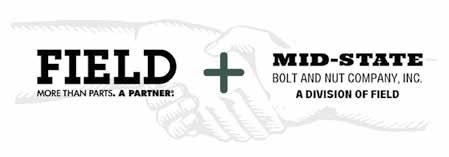

 Compiled by Fastener World John Wolz, Editor of FIN (globalfastenernews.com) Mike McNulty, FTI VP & Editor (www.fastenertech.com)
Compiled by Fastener World John Wolz, Editor of FIN (globalfastenernews.com) Mike McNulty, FTI VP & Editor (www.fastenertech.com)

Another step in Bulten streamlining its operation and improving profitability, includes the closure of its manufacturing plant in Pembroke, UK. The closure means that 50 jobs are at risk of redundancy. The closing down process was announced in December 2022, and the plan is to complete the process during the second quarter of 2023.
“It is unfortunately difficult to achieve profitability with the mix of products made in Pembroke, and also volumes are relatively low. By moving the parts of production that have long-term potential to our other plants, we can achieve better efficiency and thereby higher profitability. This is in line with our strategy, which includes better utilisation of our production network,” explains Anders Nyström. The operation in Pembroke became part of Bulten Group in 2020 with the acquisition of PSM International. Fifty people are currently employed at the plant, manufacturing and purchasing fasteners for different industrial segments. Bulten’s other operations in the UK will not be affected by the closure of the Pembroke plant.



As part of Bulten’s strategy to maintain a strong operational platform, the company has reviewed its global distribution chain. This has prompted a decision to close one of the two logistics centres in Sweden. The cost of the closure amounts to approximately SEK 1.5 million. Aiming to bring about more efficient logistics in order to reduce lead times, and streamline processes, while also reducing costs and environmental impact, Bulten has been reviewing its global distribution chain. The company has decided that utilising capacity in warehouses close to production units to a greater extent, will enable a more efficient supply chain. Accordingly, significant investments have been made in a new warehouse near Bulten’s factory in Germany, and in a new surface treatment plant and a logistics centre in Poland. The streamlining will involve the closure of Bulten’s logistics centre in Gothenburg, Sweden.
The goods flows that previously passed through Bulten’s logistics centre in Gothenburg will now be handled by the centre in Hallstahammar, Sweden, and by the abovementioned logistics centres in Germany and Poland. Ten employees will be affected and trade union negotiations have been initiated. The closure is planned for completion by the end of the second quarter of 2023. “Streamlining the distribution chain will allow better transportation flows and thereby also reduce environmental impact. It will also help us reduce costs and capital tied up,” says Anders Nyström, president and CEO of Bulten.
Dr Michael Schneider stepped down as CEO at NORMA Group at the end of 2022, following mutual agreement, which was reached with the supervisory board back in August, when it was decided not to extend his contract, which officially expires mid 2023. As of 1st January 2023, Miguel Ángel López Borrego is the new interim CEO, following NORMA Group’s supervisory board deciding to appoint him to the role until the position of CEO has been permanently filled, which is expected to have been done by the end of 2023.
Chairman of the supervisory board, Günter Hauptmann, said the group was extremely pleased to have Mr. Borrego fill the CEO role during this transitional period to ensure continuity of the company’s management, adding: “He is exceptionally well-positioned to leverage his deep insight into NORMA Group’s business model and the challenges it currently faces, enabling him to guide the company through the current turbulent economic environment in an organised and competent manner.”
Mr. Borrego has been a member of the NORMA Group supervisory board since March 2021 and as CEO of Siemens SA in Madrid, he has been heading Siemens’ Spanish operations since 2018

and has many years of management experience in the automotive, general industrial equipment and new energy sectors.
During the transition phase, Mr. Borrego will continue to implement ongoing improvement measures in the company together with other management board members, though his role on the supervisory board will be suspended. Mr. Borrego said he will be working together with colleagues to “stabilise profitability, compensate for inflation-driven cost increases and enhance plant productivity.” Adding: “With its diversified business model and strong order book, NORMA Group is in an excellent position to take advantage of growth opportunities, even in challenging times.”
In a deal worth GB£1 million, bigHead has recently installed new, state-of-the-art machinery at its facility in Dorset, UK, which will help improve the quality of the technology it uses to make its bonding fasteners for composites. bigHead explains that the new equipment, which was custom-made by Expert Technologies Group, will help reduce the time spent on extra-machining and secondary operations, as well as leading to a 30% - 40% increase in productivity.
Indeed, the company considers long-term investment as its best strategy, adding that the new machines give it a platform to scale the business, as it meets growing demand for composite panel fasteners beyond Europe, from Asia and the USA.
UK Technical Assessment (UKTA) certification has been given to EJOT UK’s LEIBIG Superplus BLS range of self-undercutting, heavy-duty anchors – providing assurance to users, such as engineers, designers and architects, that these products fully comply with the post-Brexit standards protocol. EJOT UK worked with the British Board of Agrément to complete the independent assessment of the product, checking its performance data against British and European standards.
Providing an independently assessed performance approval to complement the product’s long-held European Technical Assessment (ETA), the UKTA will become increasingly important in specification decisions in projects throughout England, Scotland and Wales, as the UK adopts stand-alone standards. The company says this assessment future-proofs the Superplus BLS anchor by demonstrating its suitability for continued specification and use in light of the transition from CE Marking to the UKCA Mark. The anchor is widely used in nuclear power plants due to its seismic approvals.
Superplus BLS is part of a wide range of LIEBIG and EJOT anchoring solutions that also includes advanced chemical-based systems, concrete screws and through-bolts for concrete and solid base applications.

Here Dr. Bill Eccles, from Bolt Science, looks at the different methods involved in checking the torque value of a bolt and what is the best method to choose. There are three basic methods for the checking of torques applied to bolts after their installation, namely, taking the reading on a torque gauge when:
1. The socket begins to move away from the tightened position in the tightening direction.
2. The socket begins to move away from the tightened position in the un-tightening direction.
3. The fastener is re-tightened up to a marked position. Clear marks are first scribed on the socket and onto the joint surface, which will remain stationary when the nut is rotated (avoid scribing on washers since these can turn with the nut). The nut is backed off by about 30 degrees, followed by re-tightening so that the scribed lines coincide.
For methods 1 and 2 the breakloose torque is normally slightly higher than the installation torque since static friction is usually greater than dynamic friction. In my opinion, the most accurate method is method 3. However, what this will not address is the permanent deformation caused by gasket creep. An alternative is to measure the bolt elongation (if the fastener is not tapped into the gearbox). This can be achieved by machining the head of the bolt and the end of the bolt so that it can be accurately measured using a micrometer. Checking the change in length will determine if you are losing preload.
The torque in all three methods should be applied in a slow and deliberate manner in order that dynamic effects on the gauge reading are minimised. It must always be ensured that the non-rotating member, usually the bolt, is held secure when checking torques. The torque reading should be checked as soon after the tightening operation as possible and before any subsequent process such as painting, heating, etc.
The torque readings are dependent upon the coefficients of friction present under the nut face and in the threads. If the fasteners are left too long, or subjected to different environmental conditions before checking, friction and consequently the torque values can vary. Variation can also be caused by embedding (plastic deformation) of the threads and nut face/joint surface which does occur. This embedding results in bolt tension reduction and affects the tightening torque. The torque values can vary by as much as 20% if the bolts are left standing for two days.
Compiled by Fastener World; News provided by Fastener + Fixing Magazine (www.fastenerandfixing.com)



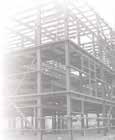
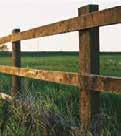


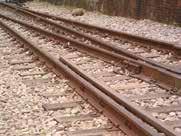

On October 20, 2022, Mario Caracciolo, Director & Market Manager Italy & Turkey for SIE s.r.l., welcomed guests to the large conference hall of the "Environment Park" in Turin as the host of the annual NOF Metal Coatings Europe conference. He had a very positive expression on his face, which reflected his satisfaction with the important new developments that would be revealed during the conference.
For many years, SIE s.r.l., as the representative of NOF Metal Coatings Europe S.A. in Italy, has organized a meeting-congress for customers, technicians, and fastener operators at a hotel in the Turin hinterland.
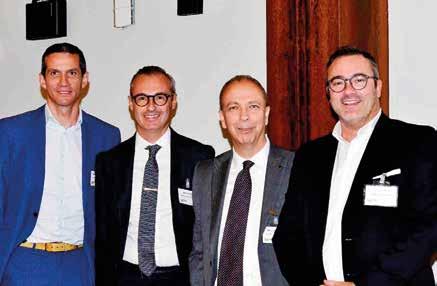

In 2022, everything changes, as a symbol, the meeting was held at the green technological park of Turin "Environment Park", where green spaces are harmoniously and sustainably blended with architectural structures.

SIE s.r.l. considers this congress to be of particular importance, to the point of requiring the participation of the President and CEO of NOF Metal Coatings Europe S.A., Mr. Vincent Le Berre, accompanied by his closest collaborators.
Opening the proceedings, Mario Caracciolo welcomes all the attendees and particularly the President Le Berre and his collaborators who have come from France. “2023 – emphasizes Caracciolo – will be a very important and full of changes year for SIE s.r.l. which from January 1st, 2023 will change its name to NOF Metal Coatings Europe s.r.l.” “Another important news – Caracciolo underlines – is the change of headquarters that has been transferred, precisely in this prestigious technological park that is the Environment Park."
After analysing the market situation, Caracciolo notes as the demand for zinc flakes coatings is growing despite the gradual transition to electric vehicles. After other interesting technical analyses, he concludes his speech by mentioning the problem of finding new application processes for small screws, intended for electric vehicles. After Caracciolo greetings, the President and CEO Vincent Le Berre thanked the attendees for their warm welcome and shared his gratitude for what is being done in Italy, in line with the philosophy of the Group.
"NOF Metal Coatings Europe – Vincent Le Berre reiterates – is continuously reinforcing its European Organization, with enhanced synergies with Asia, North and South America business units, from both an operational and sales force point of view. More actions on the market, product & process developments, and investments in different fields of our activities will take place in a near future, to serve further business and technical development in Europe and Italy.” Next, the staff members who accompanied President Le Berre took the floor.
"Based on advanced data research – Steven Kerveillant, COO, points out, – on the automotive industry, we are able to closely monitor zinc flake and GEOMET® development on the market, which have been continuously growing during the past decade. As of today, BEV development is considered as an opportunity to maintain this growth trend, especially with the
introduction of a new generation of
equipment,
allow a better
Benoit Millet, Technical Director, summarizes the situation as follows, "After several years of product development to better respond to customer needs in term of climate change and energy savings, we have reached a significant step into the reduction of our curing temperature, that will allow us to start our 1st scale up phase and industrial trials beginning of 2023.”
The last taking the floor was Isabelle Perche, Quality and Training Center Director, who in her extensive report is keen to specify, "......that with the objective to better support existing and future GEOMET® development activities, NOF Metal Coatings Europe has entered into a modernization phase of its training program, with 11 years of experience in this field, and the objective to further support its network of GEOMET® licensees and dedicate to part makers and OEM Partners specific modules, in line with their business and technical demands.”
At the end of the conference, the interesting and lively session of questions to the various speakers by the audience immediately began.
Once the conference work was over, all the participants moved to an adjacent room where a generous buffet was served which also proved to be a further opportunity to continue the discussion, initiate new contacts, exchange ideas and impressions.
As a culmination of this interesting and stimulating day, the participants visited the new elegant and modern offices of NOF Metal Coatings Europe s.r.l. located in the "Environment Park" area.
All the staff were there to welcome visitors to the new offices:
- Andrea Erriu – Account Manager

- Mariella Liuzzi - Sales Administration
- Alessandro Asperges – Logistics
- Marinella Rossi - Sales Administration
- Carlo Zevi - Service Engineer
- Luigi Scimè – Technical Service
A team of highly qualified people, a guarantee for the full satisfaction of customer expectations.

With the visit of the new offices, a day full of ideas ended and where there was certainly no shortage of news.
News provided by Marco A. Guerritore, Editor in Chief of Italian Fasteners Magazine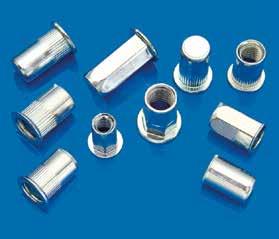

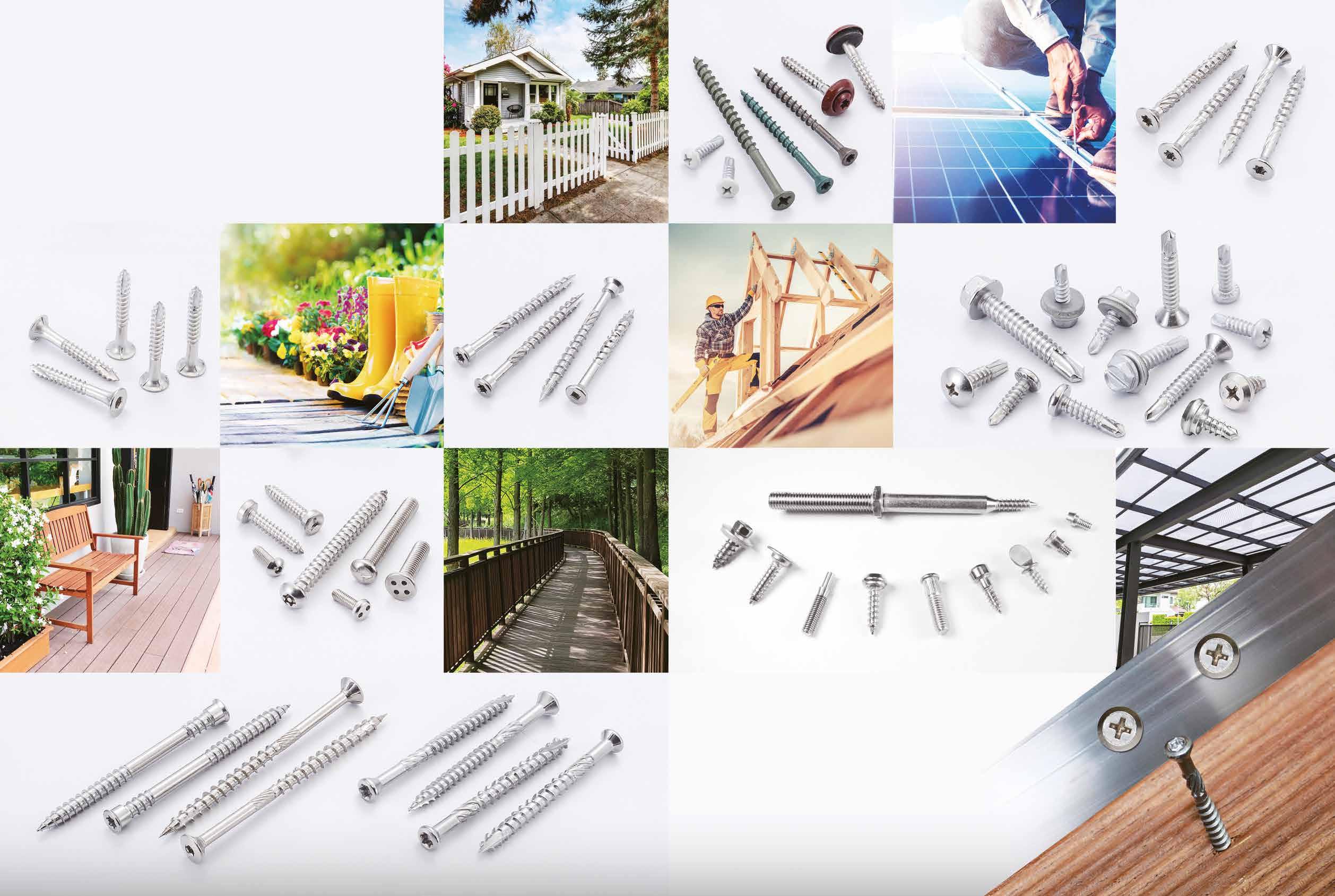





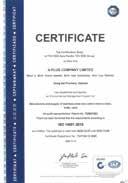
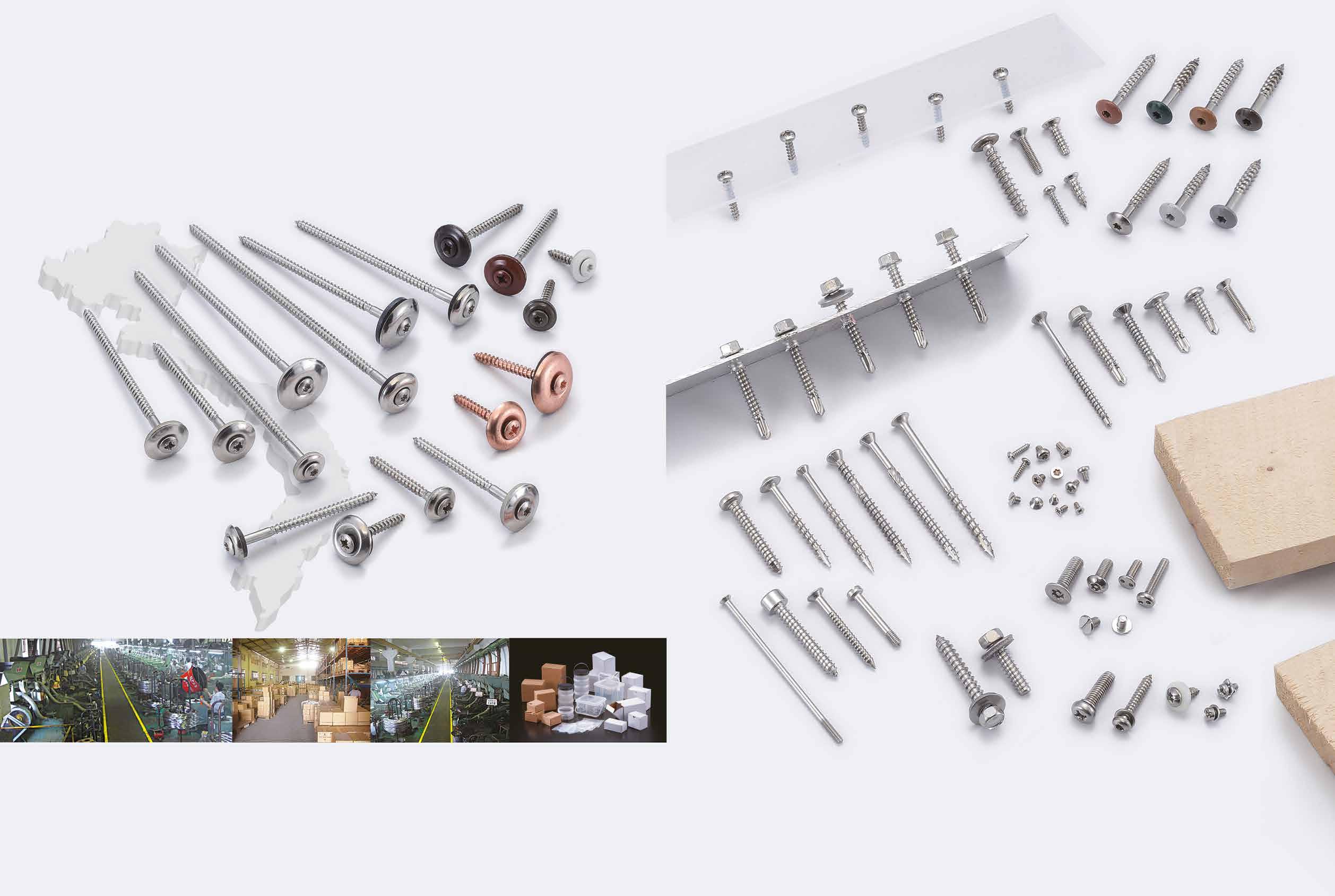

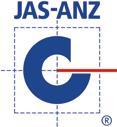















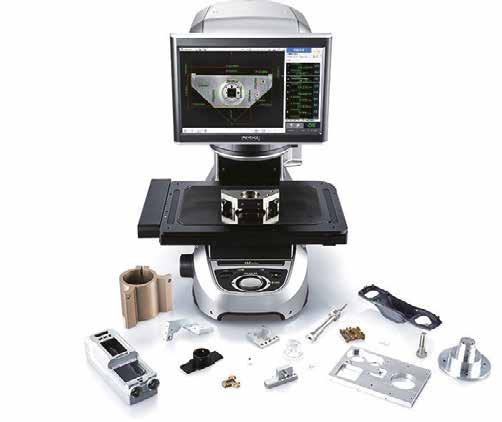



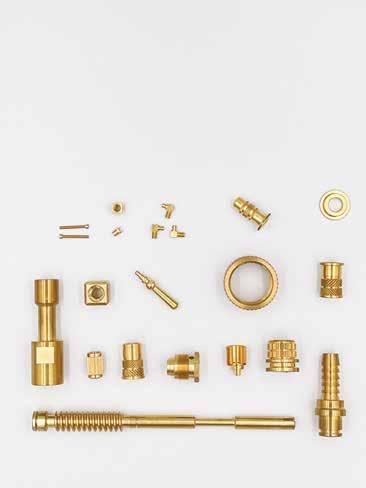
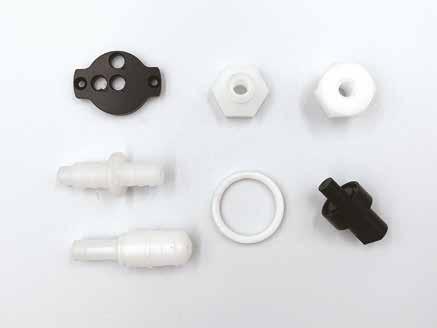

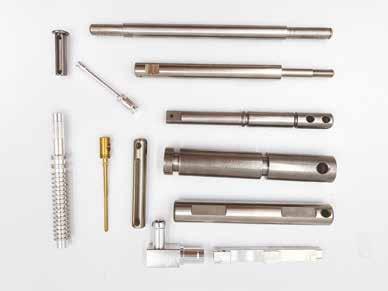


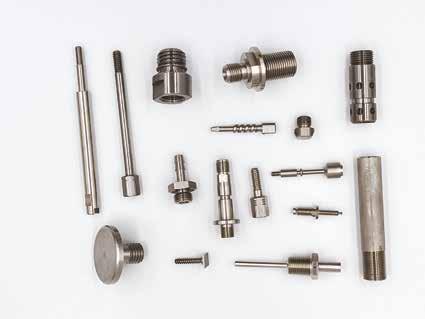






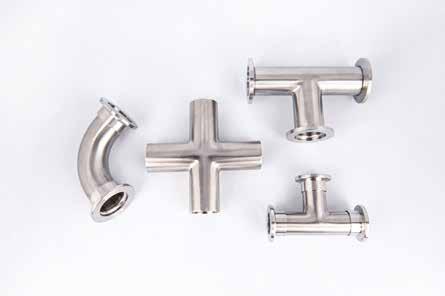
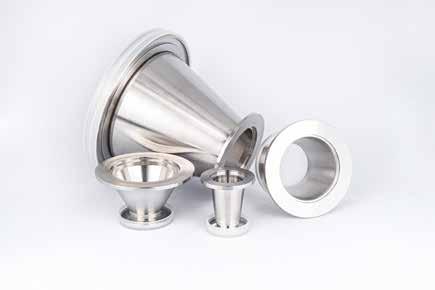


On the other hand, during 2022, 38.4 thousand tons of fasteners left Brazil, at a total value of US$ 184 million (US$ 4.79 p/kg). In 2013, foreign sales exceeded 26.4 thousand tons, valued at US$ 136 million.
In terms of the fastener import in 2022, Brazilian customers purchased a little over 207,000 tons, valued at US$ 1.052 billion (FOB price - US$ 5.08 per kg). Ten years ago, in 2013, the total weight exceeded 191 thousand tons, US$ 1.048 billion (US$ 5.48 per kg). Both in 2021 and in 2022, imports surpassed the mark of 200 thousand tons, 205 and 207 thousand respectively.



The automotive manufacturers of cars, buses and trucks have not been able to recover to the performance as in 2019, the last cycle of 12 months before the Covid 19 effects on the global scenario.
About the passengers and commercial vehicles, 2022 was over with local production seeing a short rise of 5.4%, totaling 2,369,659 units produced, a result slightly above the 2,248,253 units assembled during 2021. However, the 2022 production represented around 75% of the 2,944,988 units recorded in 2019.

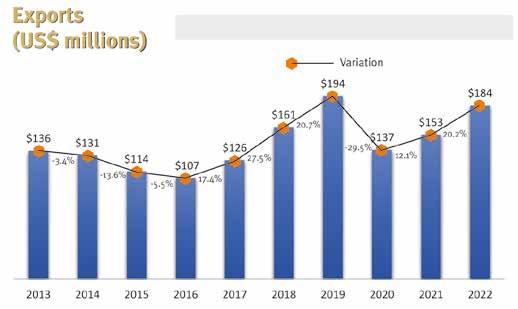
Except for 2020 with 961,986 units made, Brazilian motorcycle production has got continuous positive results. During 2019 things were not so good, closing with 1,107,758 units of motorcycles, with the sector still weathering through the recession. The results from 2022 was so good, with 1,413,222 units, just below the 1,517,662 units in 2014.
by Sergio Milatias, Editor (milatias@revistadoparafuso.com.br) Revista do Parafuso (The Fastener Brazil Magazine); www.revistadoparafuso.com
As the manufacturer of process monitoring for use in cold forming process, MES (Machine Execution System) and APS (Advanced Planning and Scheduling) systems for use in Industry 4.0, the South Korean company 3VIEW signed a contract with the Brazilian company SouthWind (SW) for exclusive commercial representation covering between Brazil and Argentina.

According to J. Graef, the SW CEO, in the industrial market, especially the bolts/screws and auto parts cold forging sector, 3View is the Asian leader in high-end MachineViewTM force monitoring. Through SouthWind, 3VIEW marks its process of advancement in process monitoring and control technology in the main markets of South America.

One of the largest and most traditional fasteners and tools resalers in Brazil North East region, and with strong performance and leadership in business involving bolts, screws, nuts as well as tools, Dragão dos Parafusos lost its leader, who passed away on January 23, 2023. Founded by Álvaro Machado in 1957, Dragão currently has 135 employees across different 6 stores.

Managing Director, Sundram Fasteners Ltd, reiterated that the US$ 250-million supply contract, one of the largest in India, is a further testimony to the company’s commitment to manufacture and supply high-quality, industry-leading products.
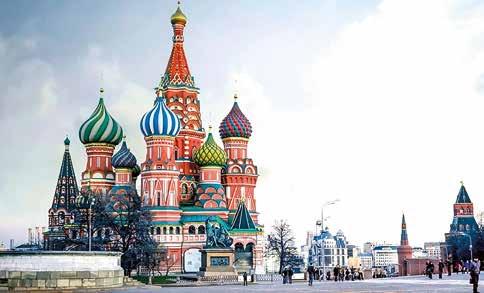
Sundram Fasteners Ltd, one of the world’s largest suppliers to original equipment manufacturers (OEMs) and automakers, has been awarded a US$ 250 million contract by a leading global automobile manufacturer to supply sub-assemblies for its electric vehicle (EV) platform. The contract is the largest in the Chennai-based company’s 60-year history and is one of the largest won by an Indian supplier for this range of products for an EV platform.
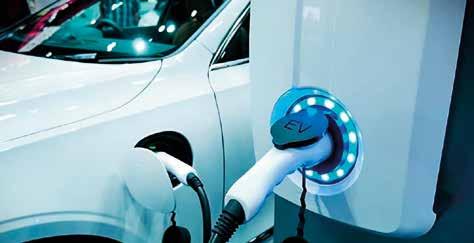
The company intends to invest 200 crore to support the new orders under the six-year purchase package, which includes the supply of input and stator shaft sub-assemblies as well as drive gear sub-assemblies. The parts will be shipped from Mahindra World City (Chengalpattu, Tamil Nadu) and Sri City (Tirupati district, Andhra Pradesh), and will be serviced from its warehouse in North America. With a supply of 1.5 million transmission sub-assemblies per year, the company expects annual sales to peak at US$ 52 million in 2026.
The win demonstrates the trust and confidence that the company’s clients in India and around the world have in it, and it will help to expand the company’s global business as it works on its strategic roadmap for the future. The sub-assemblies will be used in EV models such as MHEV/PHEV/BEV, covering a wide range of segments such as mid-size trucks, SUVs, and sedans. The new vehicles will be launched from the North America platform in 2024. In the manufacturing of the products, the company will use special processes such as axial forming technology, which can withstand extreme temperatures and rigorous durability tests, meet high torque requirements, and operate in a silent environment.
Delighted to win the prestigious award that marks a significant milestone in the company’s history, Arathi Krishna,
The Commerce Ministry has shared a list of hundreds of goods, such as auto parts and textiles, that Russia has provided to India for imports with export promotion councils and exporters. Russia, on which western countries have imposed sanctions as a result of its invasion of Ukraine, has shared a list of hundreds of items from industries such as pharmaceuticals, textiles, auto components, and chemicals. According to industry experts, it will be difficult for Indian exporters to ship these goods to Russia due to a lack of available containers for the country.
The apparel industry has expressed interest in shipping the goods, but the auto industry appears concerned. Some exporters have contacted the Indian embassy in Moscow regarding the list. Commenting on the issue and stating that Russian buyers are inquiring about a wide range of Indian products, “Indian exporters are evaluating the proposal as they have to be careful with the sanctions, with their diversified exports basket covering the US and the European Union,” said Dr Ajay Sahai, Director General & CEO, Federation of Indian Export Organisations (FIEO). “With payment mechanisms ready to go in a few days and logistics options opening up, we are hopeful that shipments will begin under this mechanism.”
Axles, crankshafts, fasteners, pistons, power steering pump drive shafts, valve springs, turbochargers, oil filters/pumps, spark plugs, ignition coils, seat belts, bumpers, welding materials, bearings, breaks, sterilization equipment, and fruit & vegetable concentrates are among the items on the list. Russia has emerged as India’s fifth largest trading partner, with a bilateral trade of US$ 22.7 billion (US$ 1.3 billion exports and US$ 21.4 billion imports) during the six-month period.
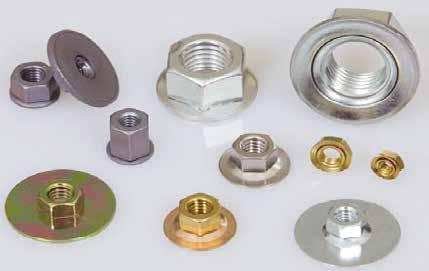

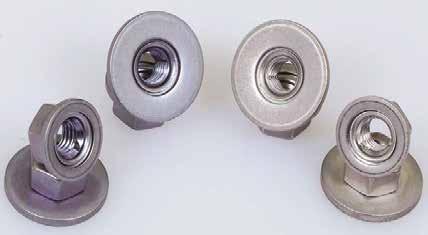
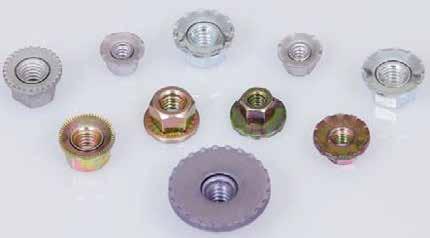




Keller & Kalmbach Group, a Munich-based specialist for fasteners and fixing technology, and Mohindra Fasteners Ltd, an Indian manufacturer of cold and hot forged fasteners and precision machined components for automotive and industrial applications, formed a Joint Venture (JV) known as KK Mohindra Fastenings Pvt Ltd. In addition to providing local support, the JV will seek to continuously expand its activities and implement VMI, Kanban, and other C-part management tools at Indian and international industrial plants in India, utilizing a variety of eLogistics solutions such as RFID-based Kanban systems, among others. KK Mohindra Fastenings intends to begin operations in Pune in about six months and will expand its horizons to other geographical locations in the following phase to serve customers across India.
Dr. Florian Seidl, Managing Director, Keller & Kalmbach, said, “We will combine the best of both worlds—Mohindra Fasteners’ manufacturing expertise on the Indian market and Keller & Kalmbach’s specialization in terms of intelligent and customized C-parts management for industrial companies.” Stating that in addition to fasteners, KK Mohindra Fastenings will offer a wide range of C-parts and will always focus on efficiency, supply security, and process optimization with intelligent C-part management tools, he asserted, “With our experience in application technology, we optimize material flow and aim to build responsible partnerships with our customers in India and offer new ways of thinking in the manufacturing industry.”
Emphasizing that the Indian industry is at a crossroads because customers today want to enjoy the value-added services that their counterparts in developed markets enjoy in addition to the good quality of the product,
Deepak Arneja, Managing Director and CEO, Mohindra Fasteners Limited, commented, “As a fastener manufacturer, we needed a specialist who understands the industry requirements by providing world-class inventory service at an affordable price. Based in Germany, Keller & Kalmbach fits into this role perfectly. We are excited to present the new company.”
The Department for Promotion of Industry and Internal Trade (DPIIT) is engaged with the Bureau of Indian Standards (BIS) and concerned stakeholders for the identification of products for which quality control orders (QCOs) exist. India is looking to bring as many as 50 products, such as aluminum, copper items, and household electrical appliances, under quality standards by the second quarter of 2023–24. Items cannot be produced, sold, traded, imported, or stocked unless they bear the BIS mark. DPIIT is in the process of developing QCO for various products, and these orders are issued in accordance with the WTO Agreement on Technical Barriers to Trade (TBT) for industries under its jurisdiction.

According to a DPIIT statement, it intends to issue approximately 50 QCOs by the second quarter of 2023–24, and in this regard, industry, apex industry associations (CII, ASSOCHAM), sectoral industry associations, respective administrative ministries, and concerned R&D institutions/ organizations are asked to provide feedback on the 16 draft QCOs. Stakeholders can provide feedback on these 16 drafts to the department by December 31, 2023. The 16 draft orders cover 16 product categories, including aluminum & aluminum alloy products, bolts, nuts, fasteners.

Sundram Fasteners Ltd, a manufacturer of high tensile fasteners for precision-driven sectors, expects the auto components industry to grow at an 8 to 10 percent rate this year, with increased domestic automotive and aftermarket demand driving this growth. Export demand is also stable, though North America, Europe, and the rest of Asia continue to face chip shortages and other supply chain issues, shares Arathi Krishna, Managing Director, Sundram Fasteners Ltd.
“Economic growth of 6.5 to 7 percent, EV incentives under the Faster Adoption and Manufacturing of Hybrid and Electric Vehicles in India (FAME) Policy, and the PLI scheme are all contributing to the growth momentum. The auto industry performed well in the first half of fiscal year 2023, and OEM indications suggest that demand will remain buoyant until the end of the year, subject to the cyclicality of the Commercial Vehicles and Tractor segments,” she claims. Krishna sees the passenger vehicle (PV), multi-utility vehicle (MUV), and commercial vehicle (CV) segments as promising, and she adds that the tractor segment is having a good run for the third consecutive year now, and the OEM sales numbers are robust, but retail sales in the second quarter of FY23 appear to be subdued.

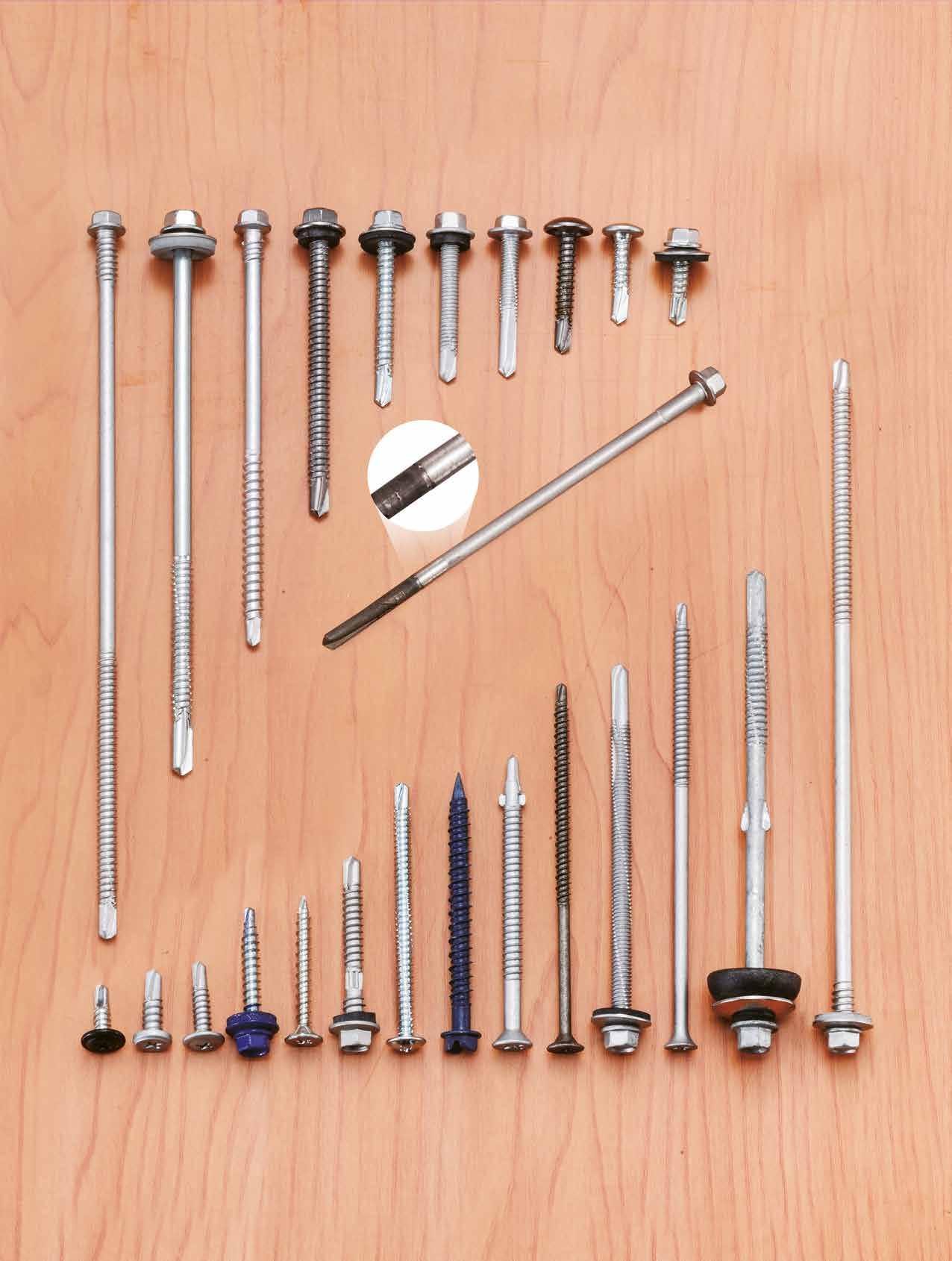









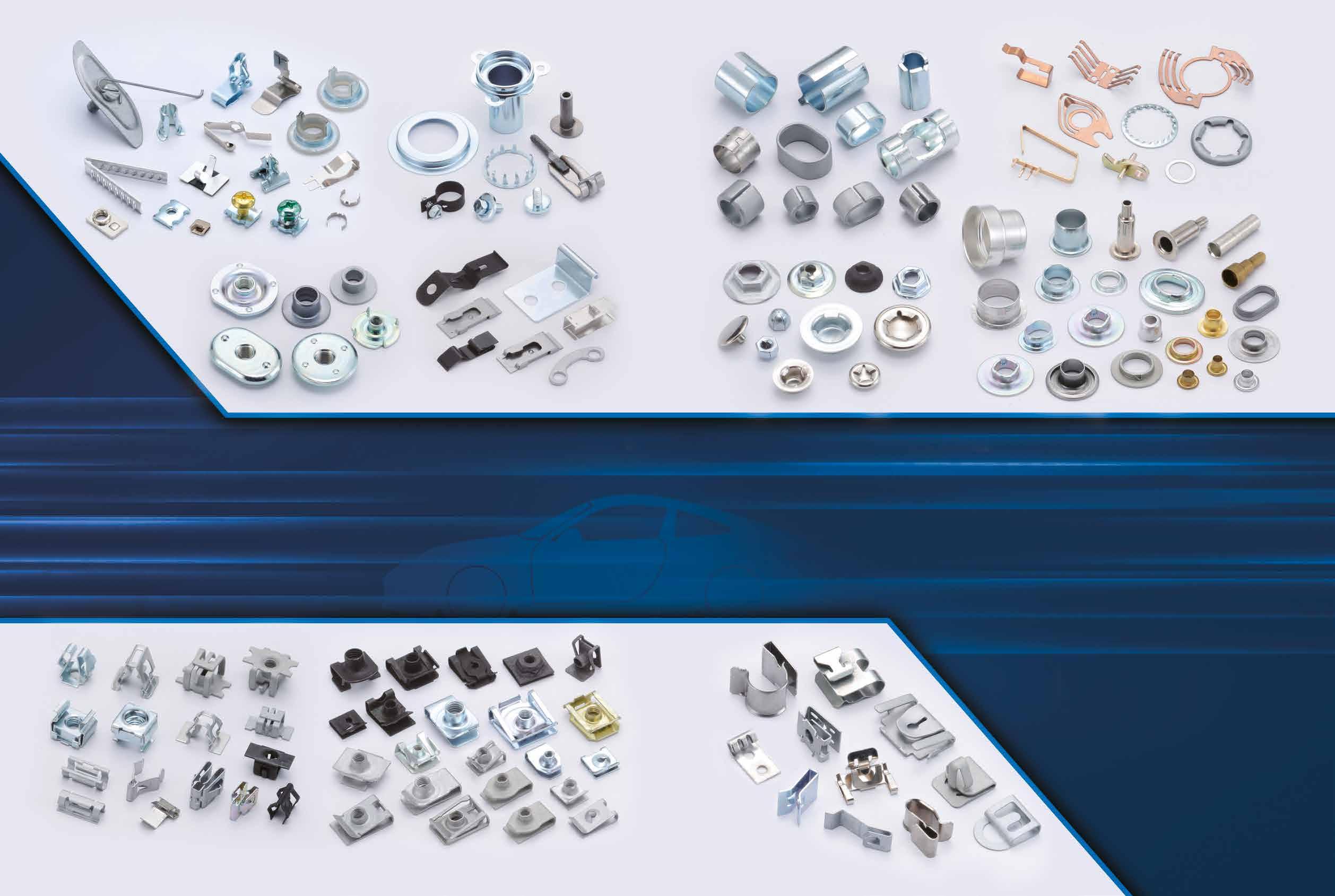







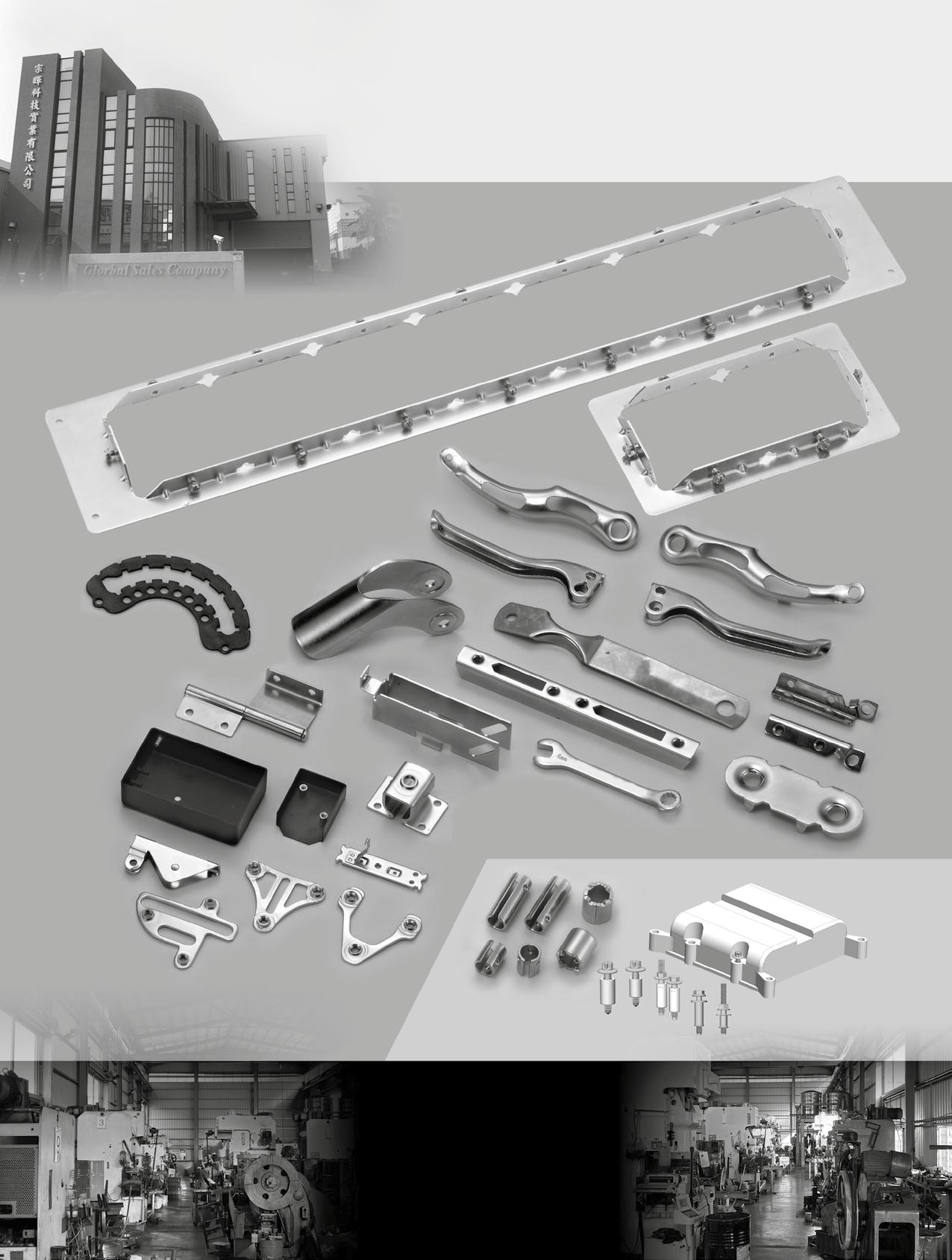


















On January 10, 2023, the Legislative Yuan of Taiwan passed the third reading of the draft amendment to the “Greenhouse Gas Reduction and Management Act”, officially renamed to “Climate Change Response Act”. And the first official document signed by the new Executive Yuan Premier Chen Chien-Jen on January 31, 2023 was the “Net-Zero Emission Pathway 112-115 Outline Plan”. The plan proposes 56 sub-projects, with a total funding of about NT$74.3 billion and a total period of four years, demonstrating Taiwan Government’s determination to implement non-nuclear homes by 2025 and net-zero emissions by 2050.
In view of the worsening environment around the world, the UN Climate Conference (COP27) held in Egypt in November 2022 reached a resolution to establish a “Loss and Damage” global fund, which requires rich countries with high carbon emissions to provide financial assistance to poor countries with low carbon emissions that are suffering from climate disasters. On December 18 of the same year, the EU member states announced in the European Parliament an agreement on a major reform of the EU carbon market, which aims to accelerate the reduction of carbon emissions in the EU, and will gradually abolish free carbon credits for various industries, and levy fees on carbon emissions in the construction and road transport sectors. This agreement means that the carbon reduction force is increased and emissions from all industries in the EU ETS are to be reduced by 62% by 2030 compared to the 2005 level, higher than the previous target of a 43% reduction.
Table 1 shows the values of Taiwan’s top 20 steel fasteners (HS Code 7318) export destinations in 2022. Among the top 20 countries in terms of the export value of Taiwan’s steel screws, bolts, nuts, automotive screws, screw hooks, rivets, pins, cotter pins, washers (incl. spring washers) and similar articles in 2022, the U.S. undoubtedly accounted for 44.73% of Taiwan’s total exports. Among the top 20 countries, 10 EU countries including Germany (8.32%), the Netherlands (5.46%), Sweden (2.19%), Italy (2.13%), France (1.57%), Spain (1.52%), Poland (1.48%), Slovakia (0.78%), Belgium (0.73%), Denmark (0.66%) were listed. The above 10 EU countries had a total export ratio of 24.84%. Plus 4.65% of the UK out of the EU, the EU accounted for 29.49% of Taiwan’s total fastener export value, making it the second largest export destination of Taiwan fasteners.
Among Taiwan’s top 20 metal fastener export destinations in 2022, except for the U.S., Thailand and India, which have not yet legislated to complete the carbon fee or carbon tax mechanism, all the others have already implemented carbon tax and carbon fee mechanisms domestically, and the most significant impact on Taiwan’s fastener export will be U.S. “Clean Competition Act (CCA)” under consideration and the “Carbon Border Adjustment Mechanism (CBAM).”
The EU Carbon Border Adjustment Mechanism (CBAM) has come into effect on January 1, 2023.
CBAM will set the carbon price based on the average price of carbon trading in the EU Emissions Trading System. Products imported into the EU must pay the same cost of carbon as goods produced within the EU and offset the carbon emissions of imports through CBAM certificates. Reporting has begun on January 1, 2023 and the levy will begin on January 1, 2027. In addition, EU country representatives reached an agreement on December 18, 2022, on a major reform of the European Union’s carbon trading market (EU-ETS), which covers the electricity producer, steel, cement, refinery and organic chemical industries. These industries are allocated a fixed number of free credits and will gradually reduce their carbon credits, contributing to a 62% reduction in carbon emissions from ETS-covered industries by 2030 compared to 2005. This also indicates that the amount of carbon trading will become higher and higher. The EU carbon trading market (EU-ETS) was €88.81 per ton of CO2-equivalent in January 2023, which is a 10-fold increase compared to 2018.




Not only for accelerating the process of carbon reduction, CBAM is also for avoiding “Carbon Leakage”, that is, high carbon emissions industries in order to avoid strict carbon emission regulations, will choose to move out to countries where the carbon emission regulations are more lenient, to avoid the cost of the carbon market. The carbon border tax can effectively control the phenomenon of carbon leakage of commercial speculation. For more CBAM info, please refer to the article “Impact of CBAM on Taiwan Fastener Industry” in Issue #190, 2021 of Fastener World Magazine.

In June 2022, the U.S. Clean Competition Act (CCA) draft entered the Senate floor. The Act aims to determine the carbon prices of domestic and imported products that emit greenhouse gases, a carbon pricing mechanism for U.S. homegrown products and the U.S. Carbon Border Adjustment Mechanism (US-CBAM) measures for imported products, in order to achieve the goal of reducing greenhouse gas emissions to net zero by 2050.
The Act, if passed, would require manufacturers of petroleum, petrochemicals, fertilizers, hydrogen, adipic acid, cement, steel, aluminum, glass, pulp and paper, and ethanol in the U.S. to report their production processes to the Treasury Department from 2024 onward, as well as the greenhouse gas emissions, electricity consumption, and production data generated by production, for use in calculating the average greenhouse gas emissions of domestic industries, and greenhouse gas higher than the industry average manufacturers must pay taxes on the part of the above-average level, in order to force manufacturers to pay attention to the positive action of energy saving and carbon reduction, after the implementation imported products will also be taxed in accordance with this model of carbon tax.
As the U.S. Clean Competition Act is still under consideration by the Senate, it remains to be seen whether the legislation will be delayed by the high inflation in the U.S. in 2022 (CPI increased 9.1% in June) and the presidential election in 2024, but Taiwan Government has already passed the Climate Change Response Act in 2023 to address the requirement for a carbon tax on international trade.
The “Climate Change Response Act” established the long-term greenhouse gas reduction target for Taiwan and strengthens the legal source of Taiwan’s climate governance. The “Climate Change Response Act” consists of seven chapters and 63 articles, the authority in the central government is EPA. Upholding the principle of environmental justice of user fees, greenhouse gas emission allowances will gradually be allocated from free to auction or allocation of planning, and in accordance with the carbon dioxide equivalent CO2e as the unit of calculation, the central authorities include the Ministry of Economic Affairs, Ministry of Transportation, Ministry of the Interior, Ministry of Education, Environmental Protection Agency, which should guide the business under their jurisdiction to conduct emissions sources, inventory, inspection,
registration, reduction and participation in domestic or international cooperation in the implementation of greenhouse gas reduction measures. The national action plan is reviewed at least once every four years. The “Net Zero Emissions Pathway 112-115 Outline Plan” signed by Premier Chen Chien-Jen of Taiwan's Executive Yuan on January 31, 2023 is the first phase of the action plan.
In addition to the division of labor in the authorities, the “Climate Change Response Act” also includes the important carbon fee, carbon tax mechanism and carbon trading platform in its provisions (Table 2 and Chart 1).
Article Excerpt
Carbon Fee 28
CBAM 31
Carbon Trading Platform 33
Mutual Recognition Mechanism 27
Government Inspection 40
The central authority, in order to achieve the national long-term greenhouse gas reduction targets and the control targets for each phase, will impose carbon fees on direct and indirect sources of greenhouse gas emissions by phases.
In order to avoid carbon leakage, enterprises importing products announced by the central authority should report the carbon emissions of products to the central authority and obtain reduction credits on the platform according to the carbon emission difference approved by the central authority.
Information platform account creation, free allocation, auction, placement, transfer and transaction-related administrative work.
If the business obtains foreign reduction credits, the deduction shall be approved by the central authority.
The authority for the purpose of the business may send an employee with a certificate or a sign showing sufficient identification to enter the business, where the emission source is located, or other related places to implement inspections of the operation of the emission source, emissionrelated facilities, carbon footprint labeling, greenhouse gas or related products manufacturing, import, sale, use, post-capture utilization, and post-capture storage.
Penalty 47
Any person who violates this Law shall be fined not less than NT$200,000 and not more than NT$2,000,000, and shall be notified of the deadline for improvement; if the improvement is not completed by the end of the period, the penalty shall be imposed in accordance with the order; if the case is significant, the operation, work or business may be suspended, and trading may be restricted or stopped.
The “Climate Change Response Act” is based on the definition of “user fees”, which will be levied on direct sources according to their emissions and indirect sources according to their indirect emissions from electricity use. The EPA will first target 287 large carbon emitters with annual emissions of 25,000 tons or more, accounting for nearly 80% of Taiwan’s total emissions. The carbon fee will officially take effect and be used for counseling, subsidies and incentives for greenhouse gas reduction and technology research to promote greenhouse gas reduction and the development of a low-carbon economy. The EPA Climate Change Office Director Cai Lingyi said that after the Act is published and implemented by Taiwan President, more specific work items can begin to operate, after the EPA assessment there are 12 sublaws needed to be amended as a matter of priority, including the carbon fee collection method, the greenhouse fund income and expenditure storage method, the management method of voluntary reduction, carbon inventory management method, greenhouse gas certification and inspection agency management method, etc., which will be published half a year after the publication of the parent Law. That is to say, after Q3 2023, the supporting sub-laws related to carbon fee collection for Taiwan enterprises will be completed.
In the article “The Impact of CBAM on Taiwan Fastener Industry (Issue no. 190 of Fastener World Magazine)”, the author mentioned that
Table 2. Excerpts of Articles for Major Carbon Fee, Tax, and Trading Platform Chart 1. Interrelationship of Carbon Fee, Carbon Tax, Carbon Trading Platform, Mutual Recognition Mechanism, Government Inspection, and Penaltythe carbon dioxide equivalent per KG of Taiwan screws (including spheroidizing, coating and electroplating) is 3.41 kgco2e/kg as calculated by the Carbon Footprint Information Website of the Industrial Technology Research Institute. This figure will be an important basis for calculating the carbon tax of screws if Taiwan fastener companies do not calculate their own product carbon footprint. At present, the common way to calculate the carbon footprint of a product is to use the ISO 14067 Carbon Footprint of Products. ISO 14067 refers to the greenhouse gas emissions associated with a specific product or service. The carbon footprint of products takes into account the greenhouse gas emissions of each stage of the product life cycle, from the consumption side of the product to the upstream stage of the supply chain, and includes the disposal and recycling stage, which is the basis for the carbon tax levied on a single product.
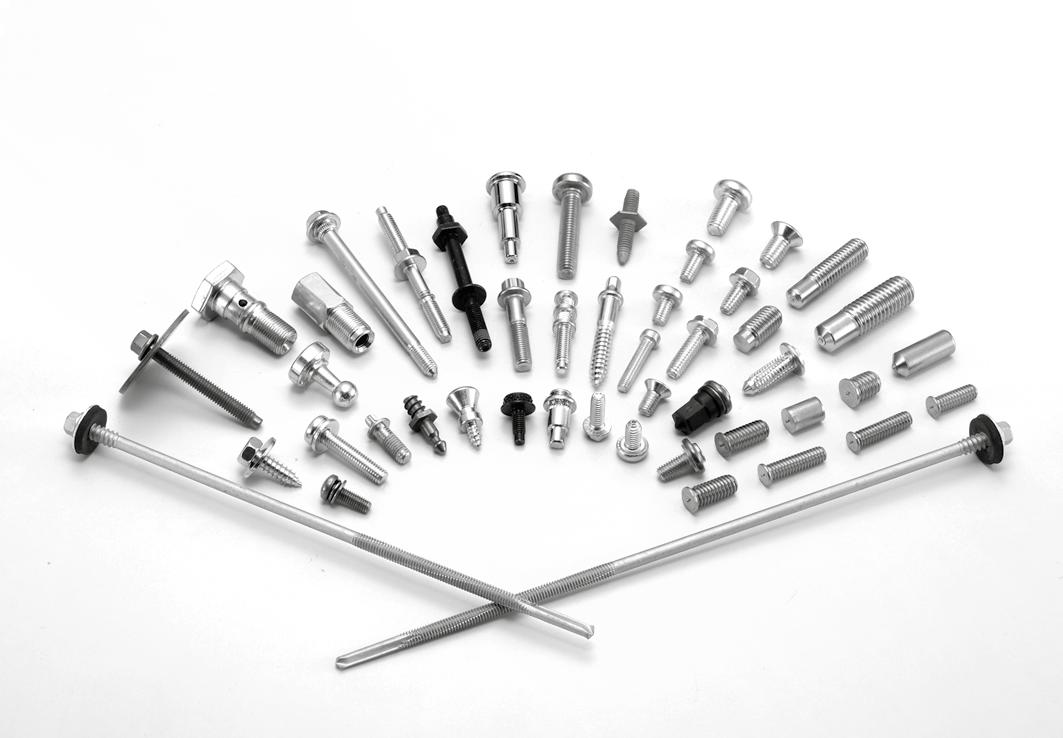

Carbon fee is calculated by the amount of carbon dioxide equivalent emitted from the production of an enterprise, and the current international standard is ISO 14064 as the “Organizational Carbon Inventory”, focused on a national, regional or enterprise to calculate its social operation and production activities, and each link directly or indirectly emitted greenhouse gases (GHG), also known as the compilation of greenhouse gas emissions inventory, through the organization of carbon inventory. The following objectives can be achieved by organizing a carbon inventory.

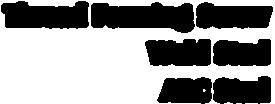
1. To actively respond to the world trend and national policy and meet the market demand.
2. To serve as a basis and preparation for enterprises to participate in international carbon trading.
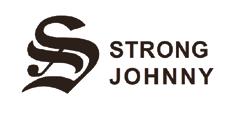
3. To facilitate the comprehensive control and management of greenhouse gas emissions.
4. To provide a data base for the carbon footprint of products.

5. Reduce carbon tax for exported products.
6. Enterprises can fulfill their social responsibility and improve their social image.
In 2018, the International Organization for Standardization published the ISO 14064:2018 edition, which is mainly composed of ISO 14064-1 Design and Development of Organizational Greenhouse Gas Inventory, ISO 140640-2 Quantification, Supervision and Reporting of Emission Reductions and Removal Increases, and ISO 14064-3 Verification of Greenhouse Gas Declaration and Guidelines for Verification, which is currently the most popular standard used by global organizations. For more information, please refer to the article “How Taiwan Fastener Industry Gains International Competitive Advantages from Organizational Carbon Inventory and Product Carbon Footprint in Issue #191 of Fastener World Magazine.
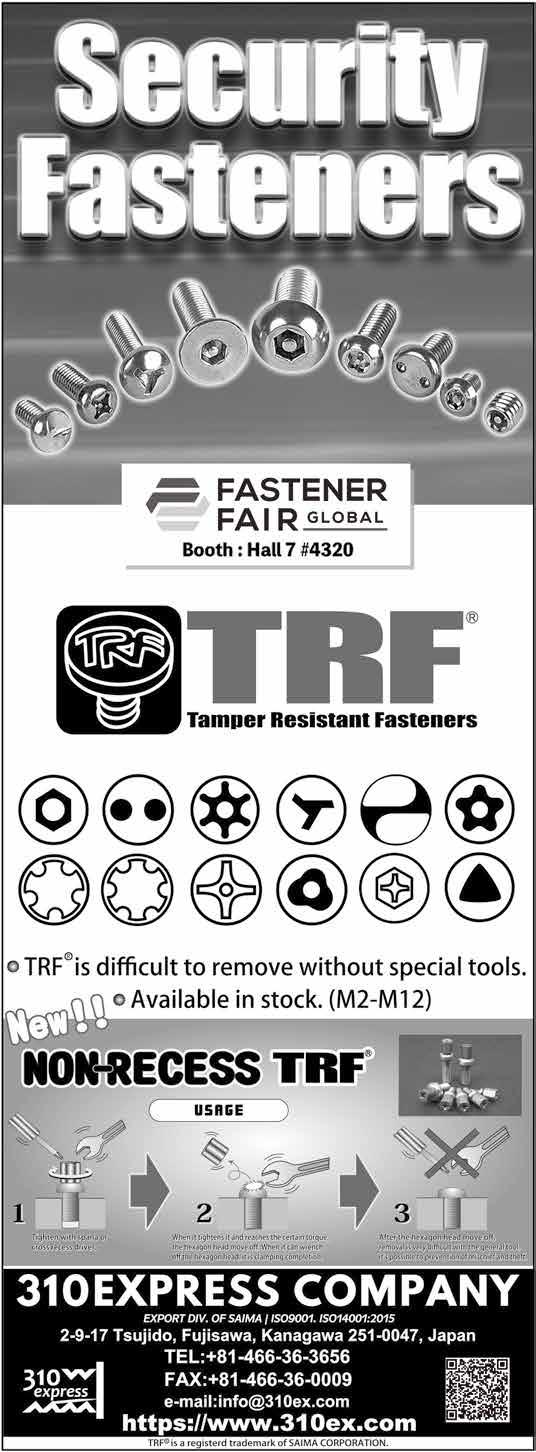
Under the trend of carbon neutrality, Taiwan fastener industry must understand the importance of “Low-Carbon Economy (LCE)”, which refers to an economy with little or no greenhouse gas emissions into the atmosphere, or an economy with a carbon footprint close to or equal to zero. A low-carbon economy allows the greenhouse gas content in the atmosphere to stabilize at an appropriate level to avoid drastic climate change and reduce the chance of harm caused by extreme climate. The final product will be the sum of the carbon emissions of the upstream, midstream and downstream manufacturers in the supply chain as the carbon footprint measurement of the final product.
After the enactment of the “Climate Change Response Act”, the fastener industry in Taiwan can no longer avoid it, and enterprises must actively implement the “carbon emission control” policy. Some suggestions are as below:
1. Strengthen the education and training on carbon risk and carbon inventory within the enterprise, and implement the learning of “carbon emission control” management ability.
2. Immediately implement “organizational carbon inventory”, calculate “product carbon footprint”, and grasp the burden of “carbon costs” generated by enterprise production.
3. Establish low-carbon upstream and downstream supply chain management partnerships and restructure the chain of lowcarbon suppliers.
4. Revise the purchasing mindset, invest in equipment that reduces pollution, and actively reduce energy consumption in factory production.
5. Set annual carbon reduction targets to effectively reduce carbon costs and carbon taxes.
If Taiwan fastener industry can implement the above suggestions, it should be able to effectively reduce the carbon emissions of factories and products, and then, after verification by qualified third-party units in the country, issue proof of carbon emissions of organizations and carbon footprint emissions of products, and as long as the carbon emission value is lower than the average value of greenhouse gas emissions of the industry, it can apply for reduction of corporate carbon fee or carbon tax payment of products by the reduced greenhouse gas value. As a result, the gap between the company and its competitors can be closed, and a new competitive advantage can be created.
///Article by Dr. Wayne Sung, Copyright owned by Fastener World///
As the world's second largest commodity market, the EU has announced that it will implement the Carbon Border Adjustment Mechanism (CBAM) on a trial basis from October 1, 2023, whereby companies importing related products into the EU will be required to declare their carbon emissions. On the other hand, they will also be required to purchase the so-called CBAM certificates from the EU to pay for the carbon emissions of imported products, which will be formally implemented in 2027.
Initially, the CBAM covered only iron & steel, cement, aluminum, fertilizer, electricity, and hydrogen, but after a meeting of EU parliamentary members at the end of 2022, the scope was extended to include steelrelated downstream products (i.e., steel screws and bolts will also be covered), with the goal of reducing EU carbon emissions by 55% before 2030 compared to the 1990 level. This will have a major impact on many countries around the world that export a lot of products to the EU and do not yet have a well-developed domestic carbon emissions mechanism or regulation.
The concept of carbon rights can be traced back to 2005, when the EU started to impose a carbon fee on carbon emitting companies within the EU, but the same measure was not applied to those outside the EU

who imported goods and services into the EU. This is why the CBAM, the world's first carbon border adjustment mechanism, was created, with the goal of discouraging the export of cheaper and more competitive products to Europe from countries that do not yet have complete environmental control policies. The objective of CBAM is to discourage the export of cheaper and more competitive products from countries that do not have complete environmental control policies to Europe to cause damages to the local industry. Although the EU has issued free carbon permits to domestic companies at this stage, the program will be gradually phased out after the implementation of the carbon tariff to meet WTO requirements.
Not to be outdone by the EU, the U.S. has also announced plans to impose a carbon tax by 2024, much earlier than the EU's 2027. By then, no matter whether the products are made in the U.S. or imported from abroad, as long as their carbon content is below the required baseline, they will not be subject to the tax; conversely, if they exceed the baseline, a carbon tax of US$55 per ton will be levied. And, the plan extends to downstream products after 2026, once they reach a certain carbon content, they will also be subject to the carbon tax.
Many analysts also believe that in order to obtain a level playing field, China, Japan, South Korea and other countries may also implement their own carbon tax measures in the future.
The ISO 14064 standard was developed by the International Organization for Standardization (ISO) as the basis for internal carbon inventory and verification methods. The other ISO 14067 is mainly used to measure the carbon footprint of a company, focusing on the total direct and indirect carbon emissions throughout the “life cycle” of the goods and services produced by the company. ISO 14064 focuses on the “carbon inventory” within a company, while ISO 14067 focuses on the “carbon footprint” tracking outside the company.

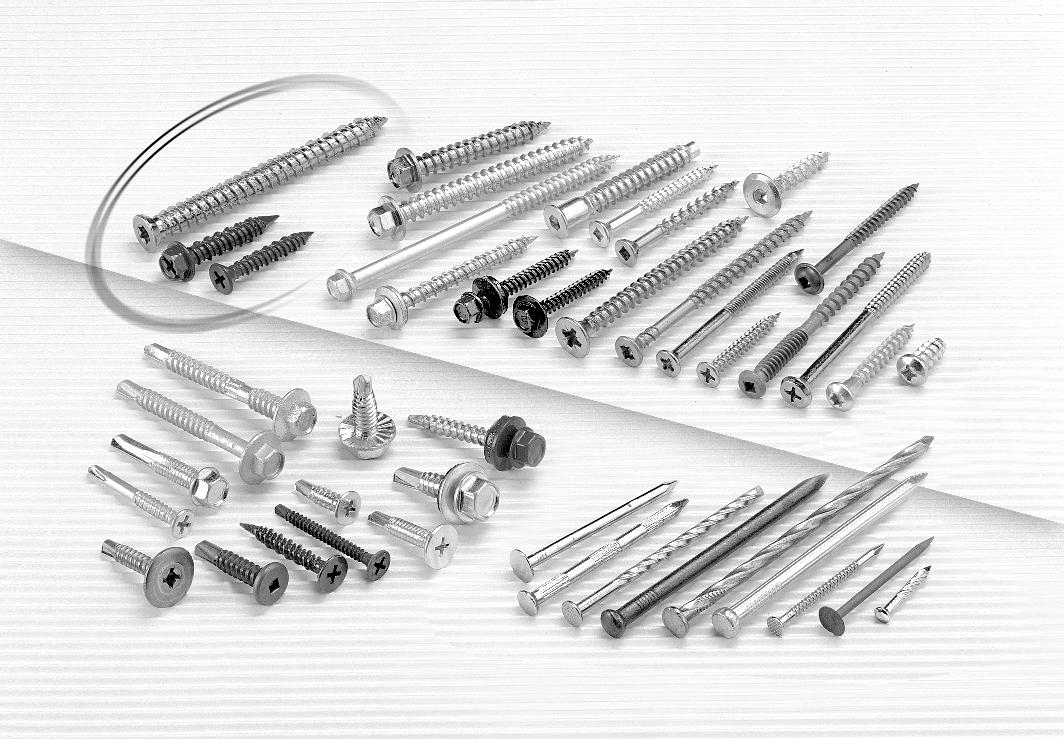
China, for example, is one of the world’s largest carbon emitters, with a total export value of over 380 billion Euros to the EU in 2020. Some experts believe that once the EU carbon tax is implemented, it will increase the cost of carbon tax for China’s steel, aluminum, fertilizer, cement and other industries, and the cost of carbon tax will reach 17%, 20%, 17% and 31% of the export value respectively. According to Goldman Sachs Group’s calculations, after the carbon tax is formally implemented, China’s
exports to the EU are estimated to be subject to an annual carbon border adjustment tax of up to US$35 billion (roughly 7.7% of China’s total exports to the EU), which will be a considerable cost burden for many Chinese companies that are mainly focused on export.
Moreover, since many enterprises in Europe and the United States started earlier in carbon emission control, if the carbon tax measures in Europe and the United States are formally in place, other enterprises with particularly high carbon emissions will obviously lose their competitiveness.
The carbon tax is a current trend in the global industry to pursue a win-win situation for both the environment and corporate sustainable development. Companies that focus on exporting to Europe and the U.S. will be the first to be affected. In view of this, enterprises should not only passively review whether they have the ability to monitor carbon efficiency and implement corresponding calculations and reports. They should also take the initiative to strengthen their manufacturing technology transformation (e.g., the introduction of more energy-efficient equipment and device) and invest more in R&D transformation that emphasizes low carbon emissions (e.g., use of green energy or adoption of low carbon emission materials) in order to gain the most advantageous competitive edge in the upcoming carbon tax challenge.
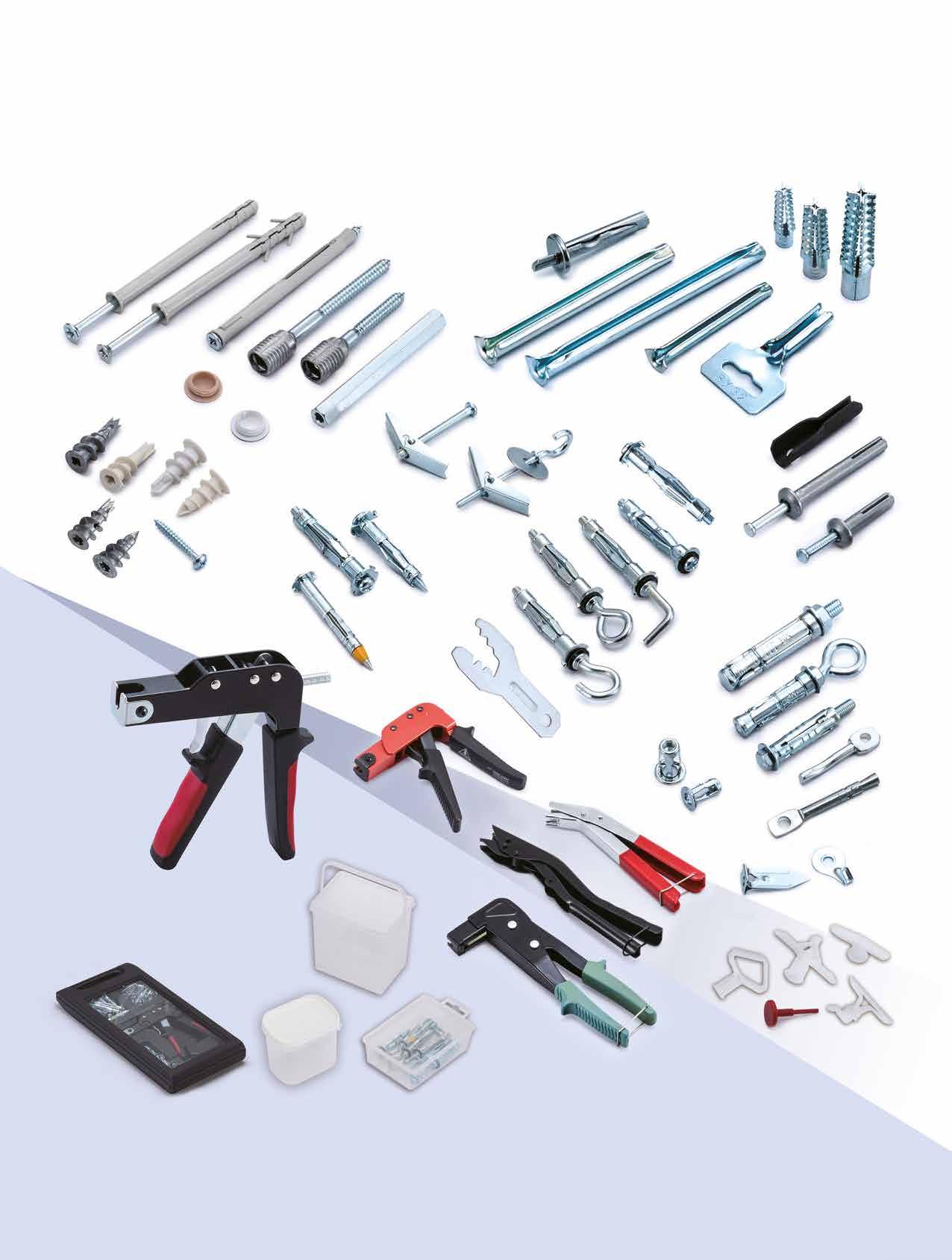


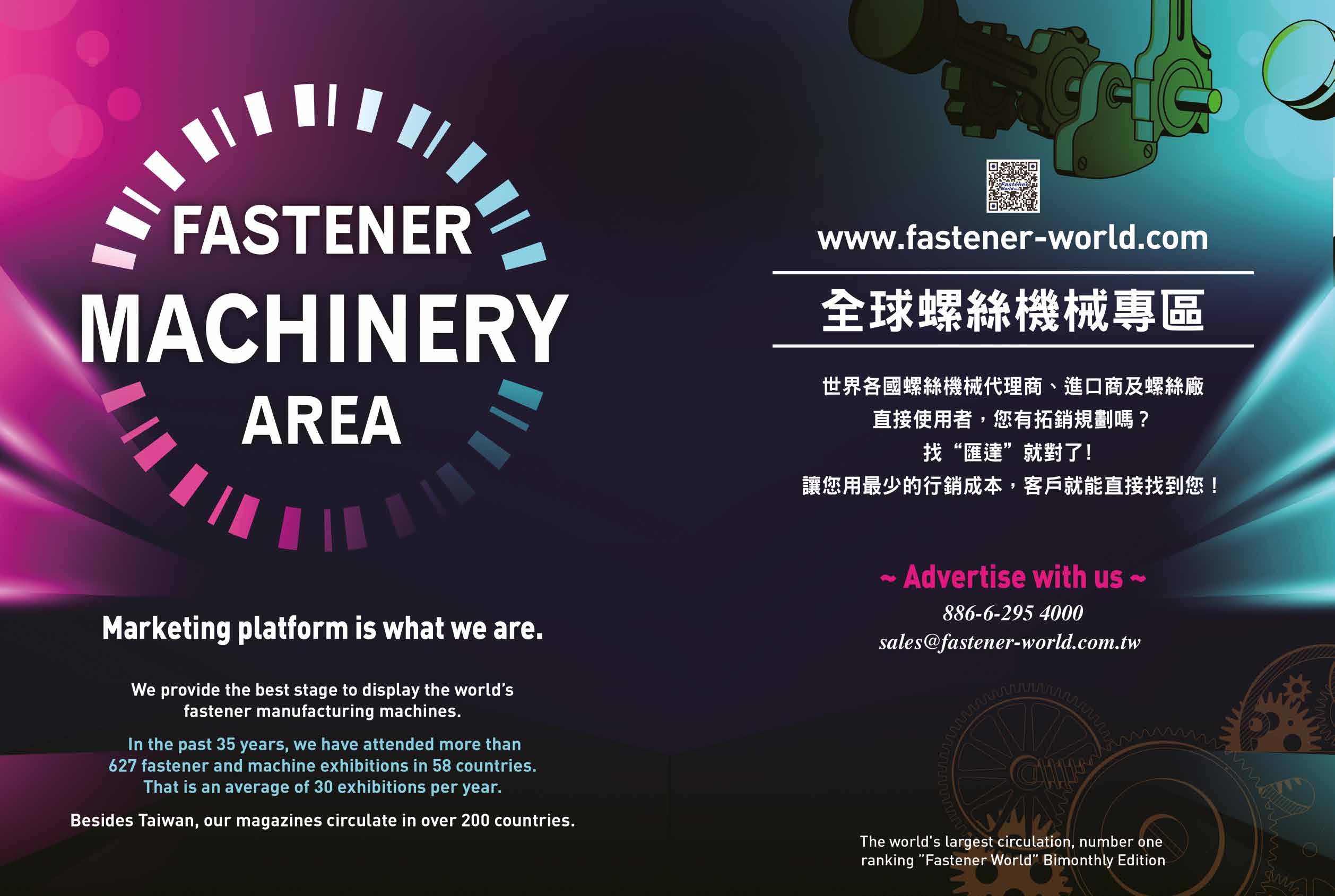

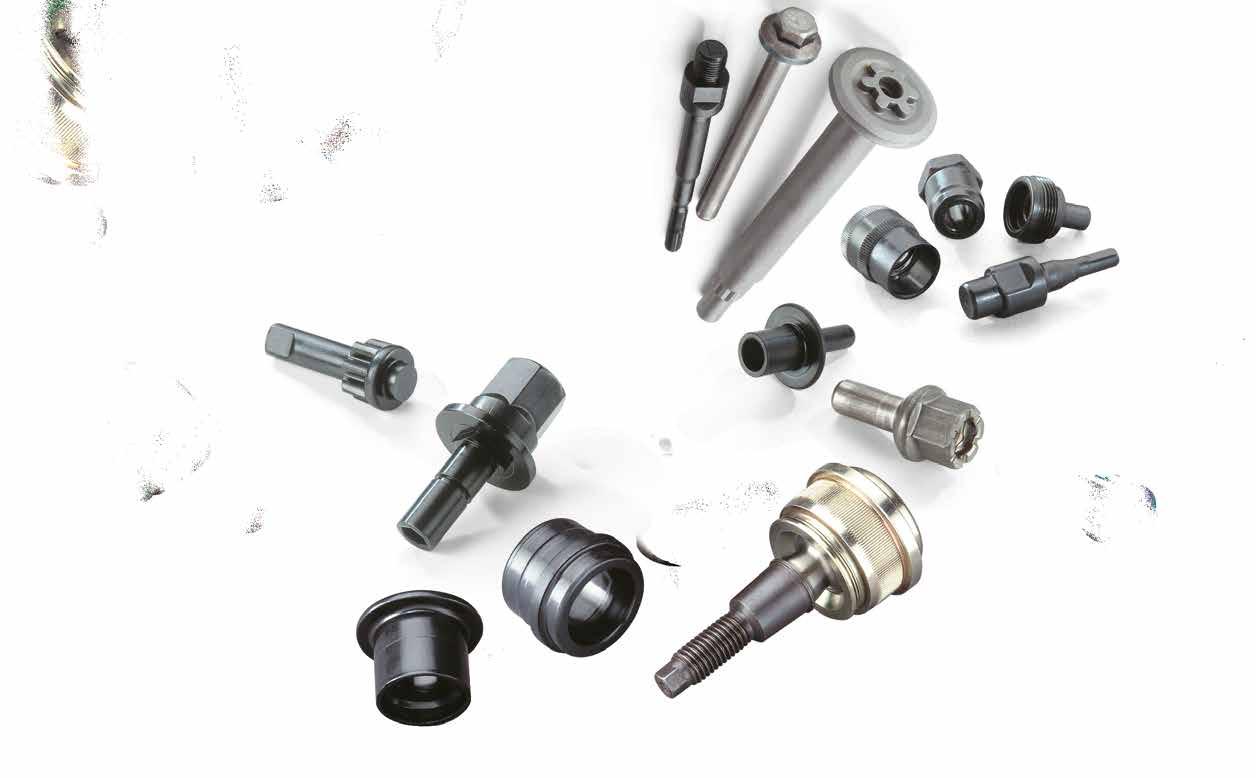




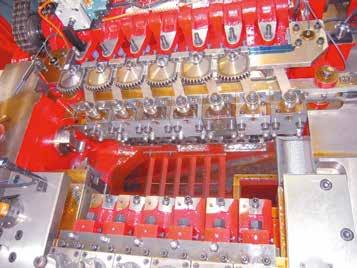










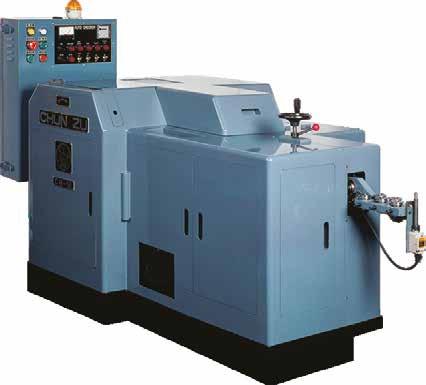
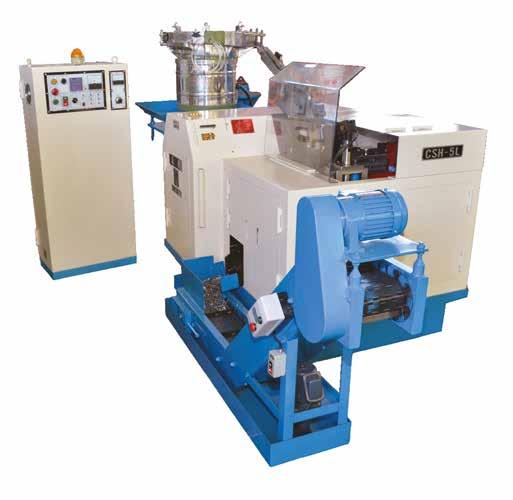



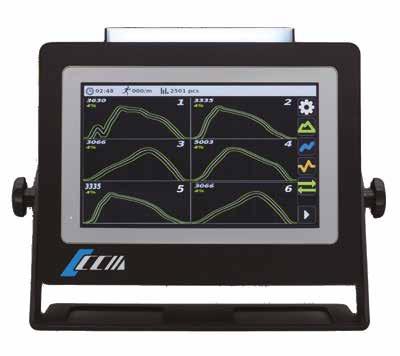

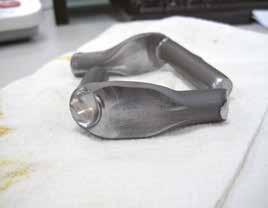
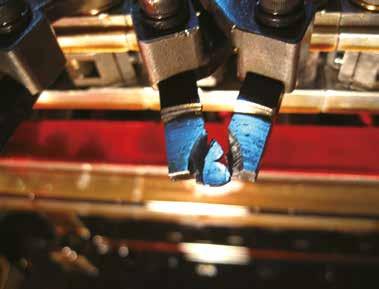
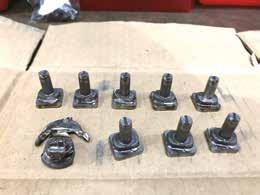

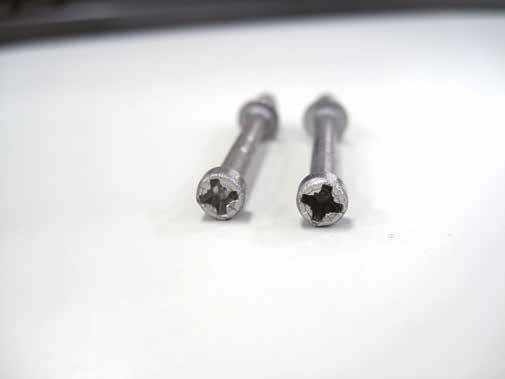

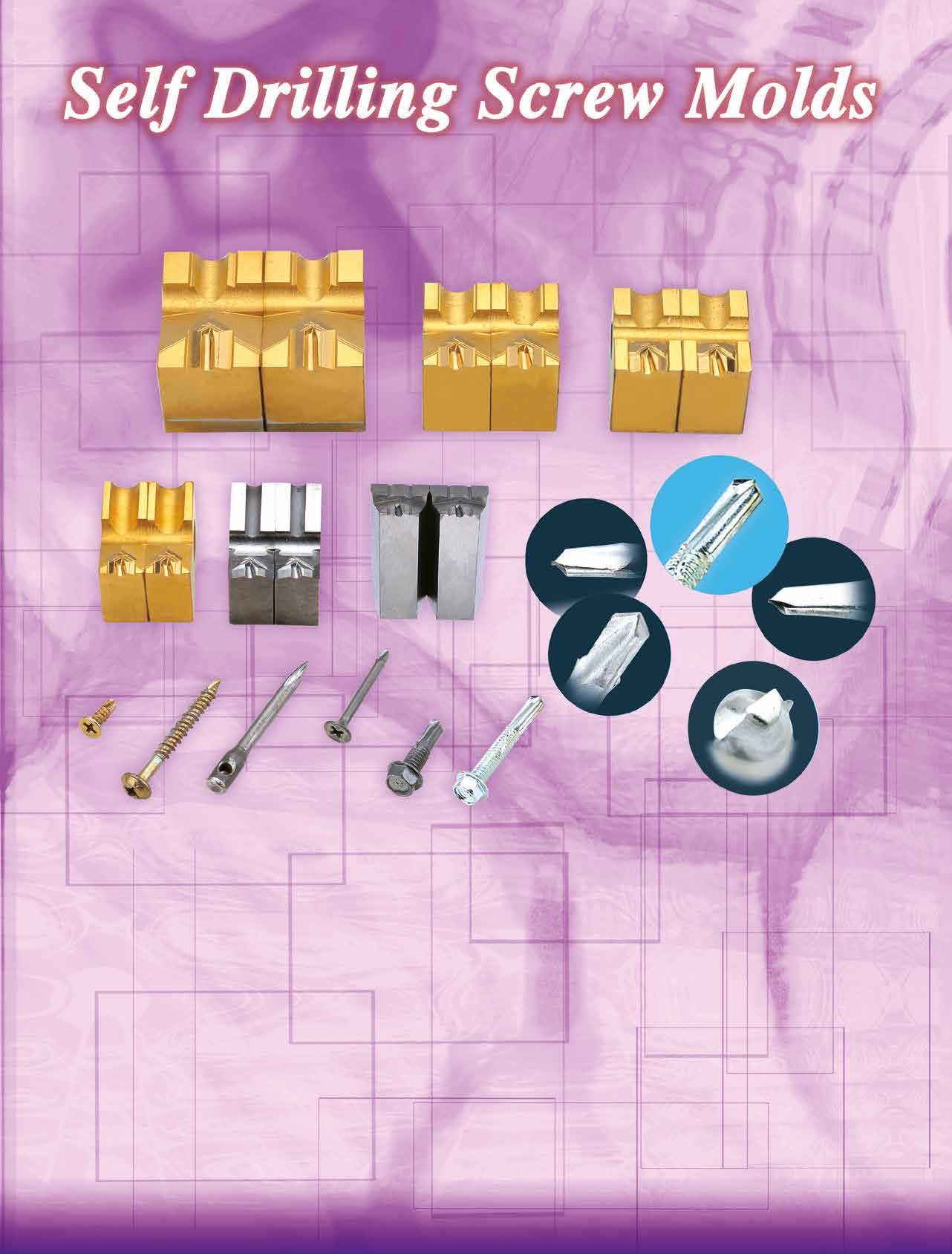







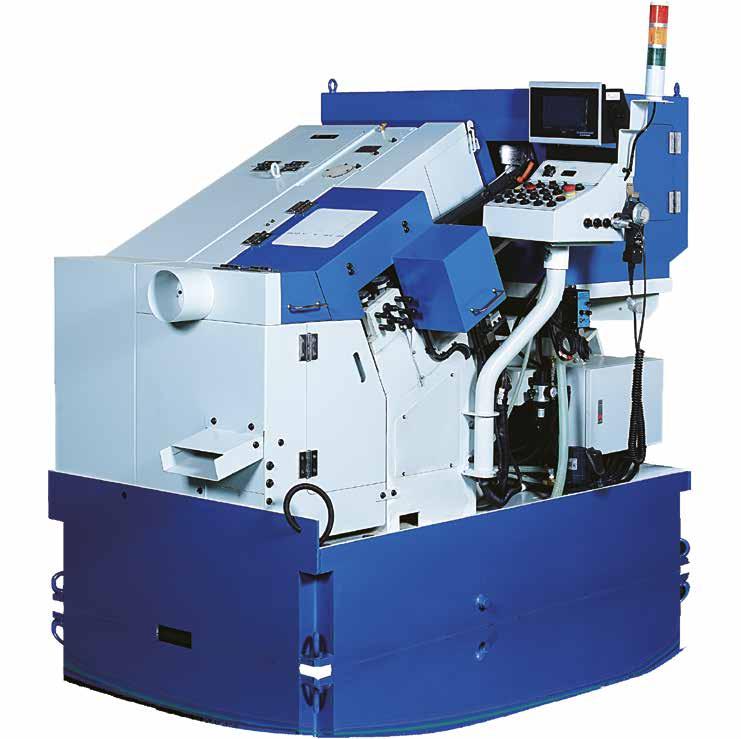







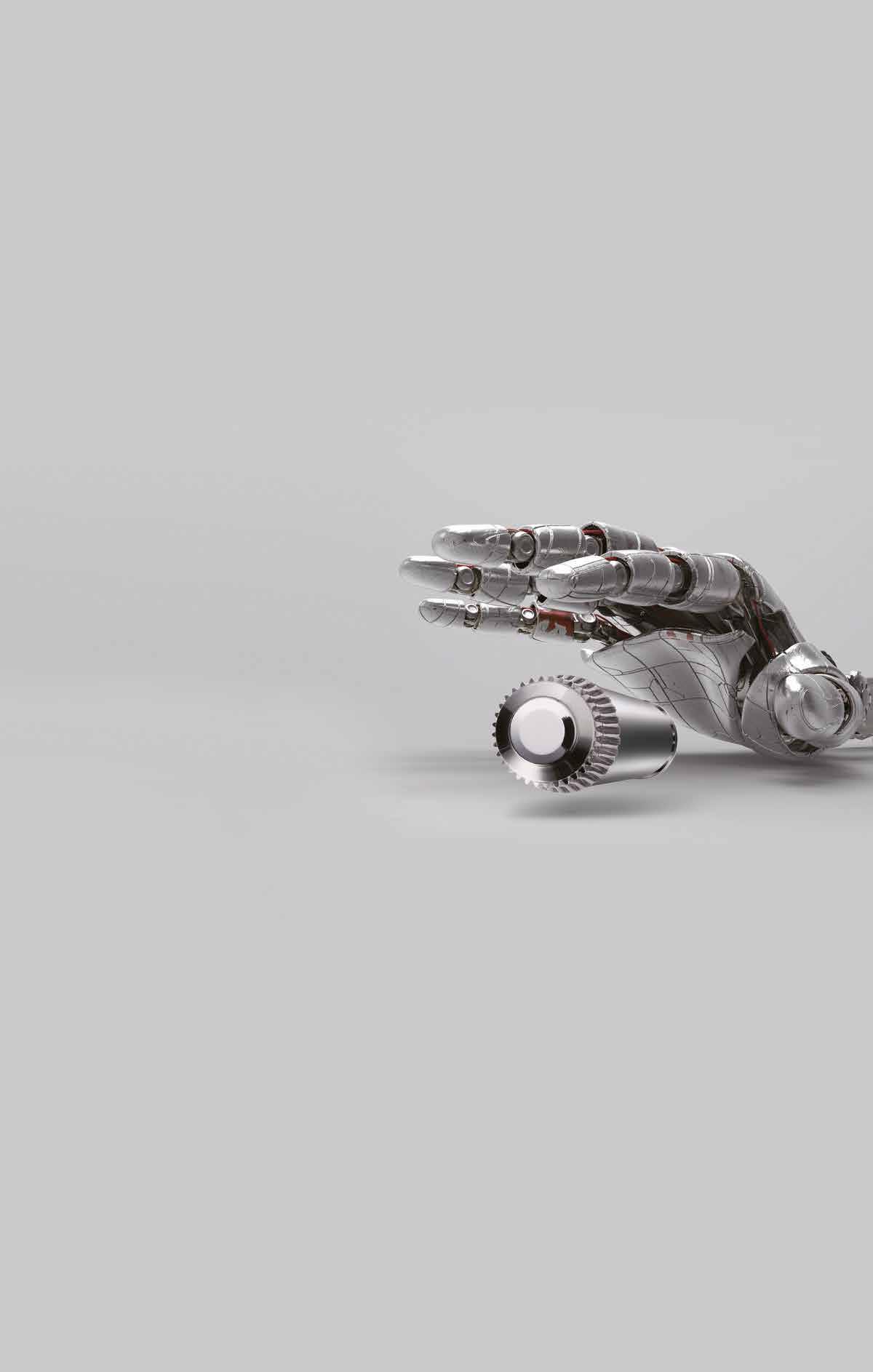
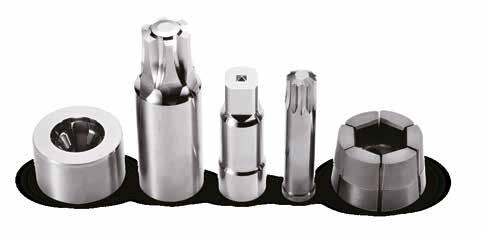



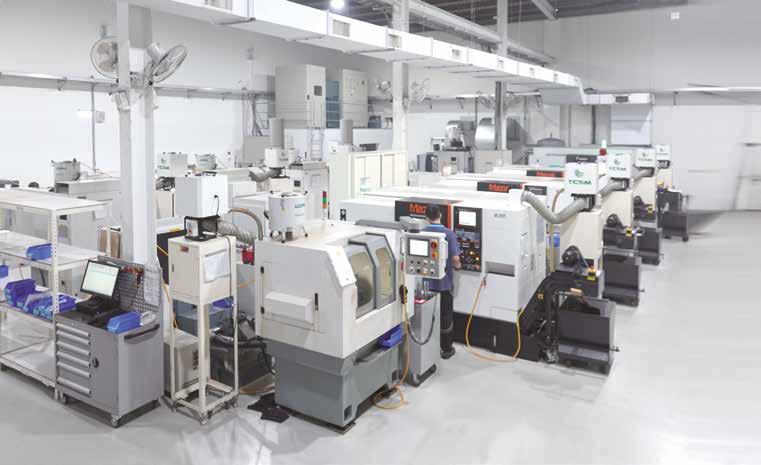


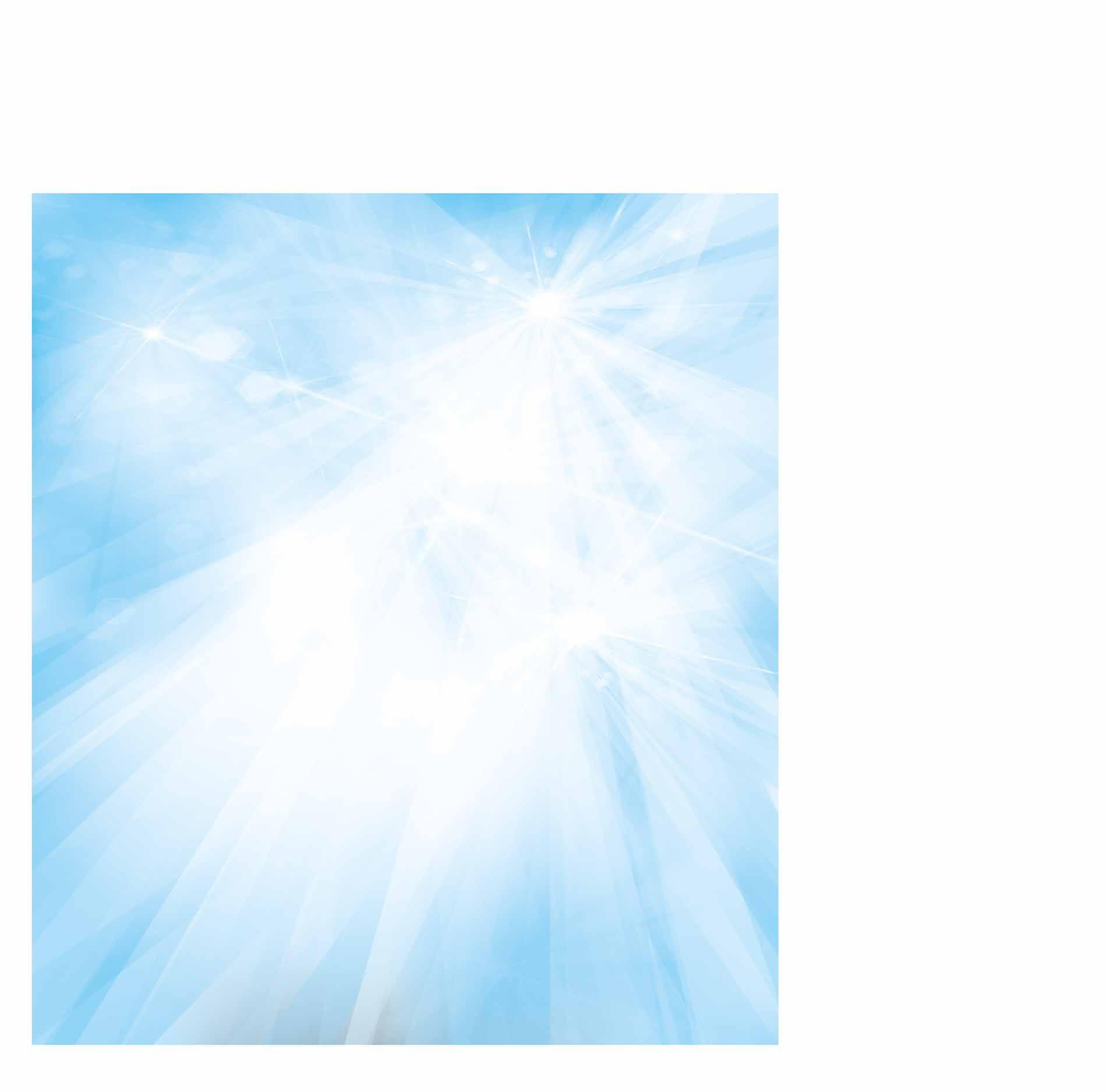
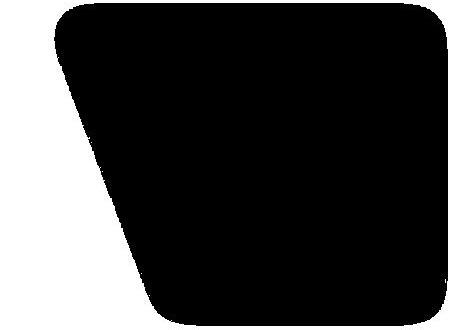



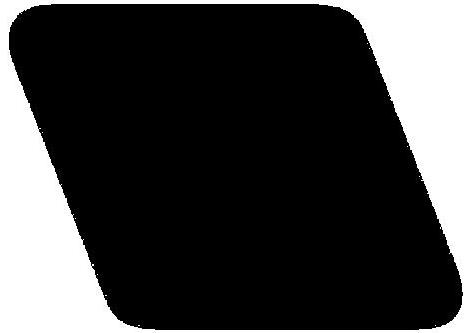
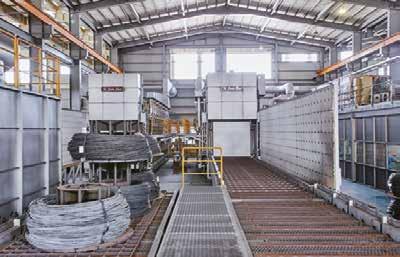
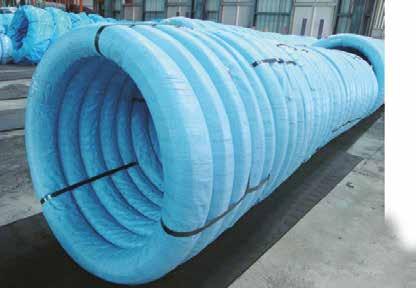



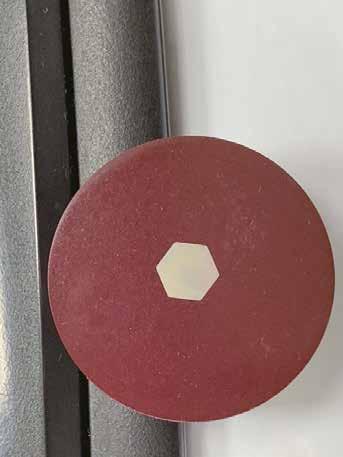
















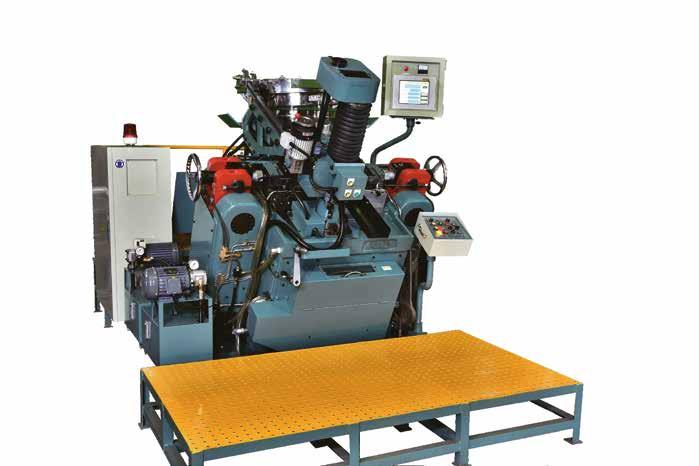
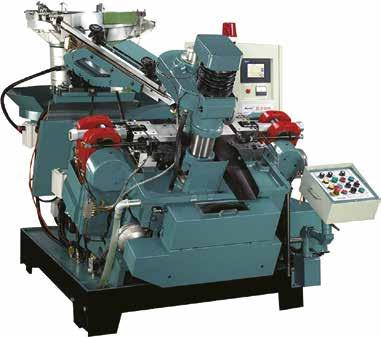




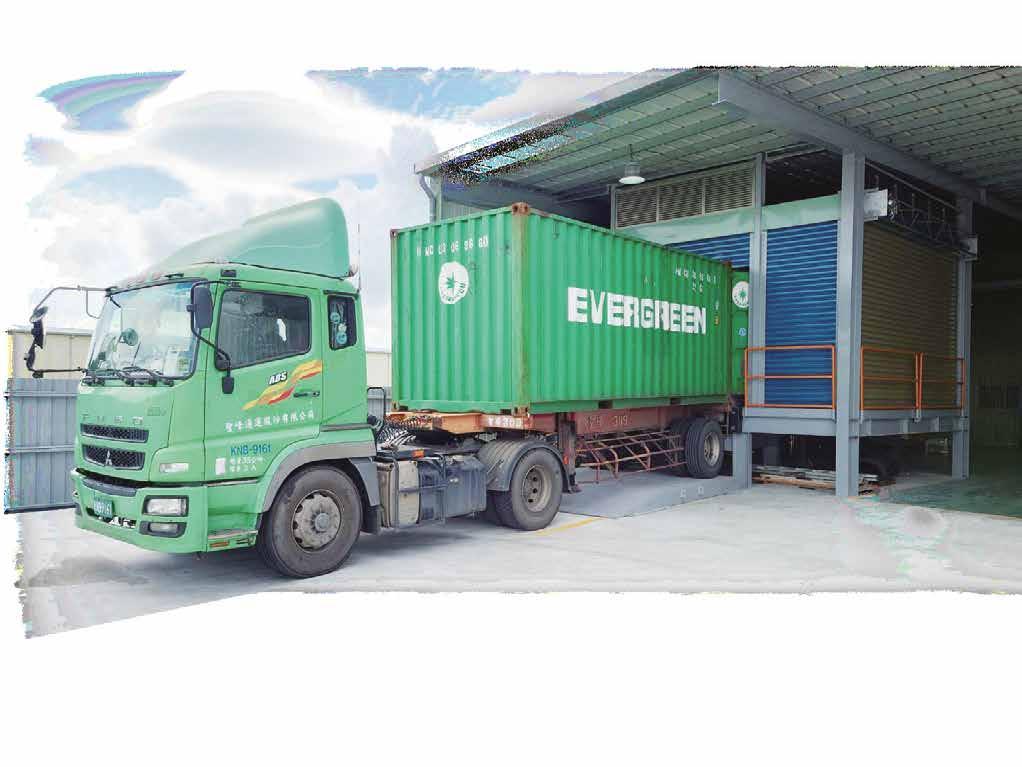

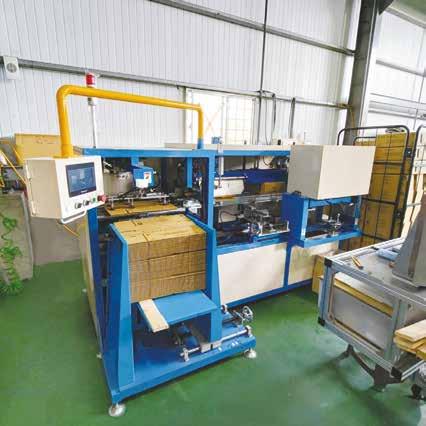


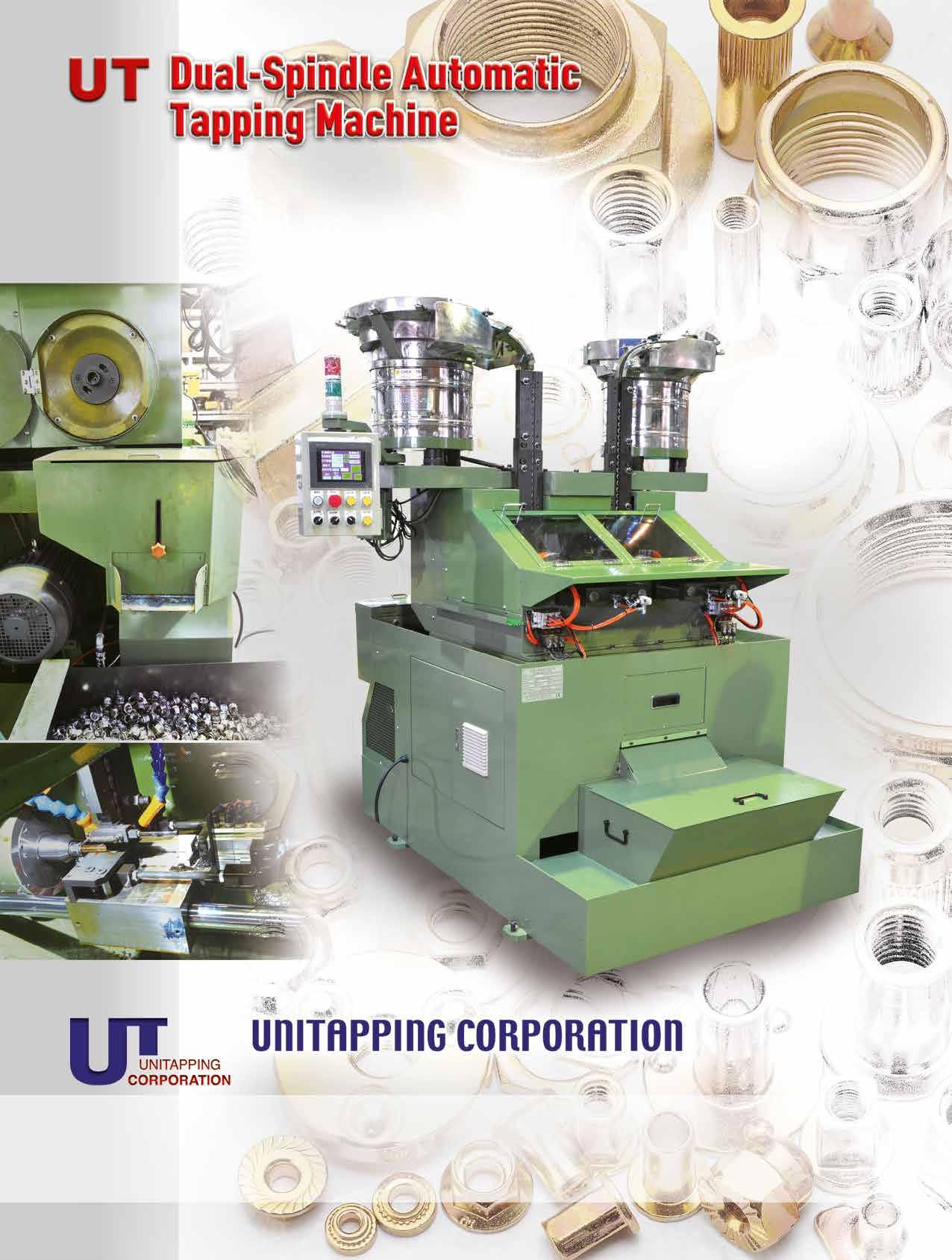
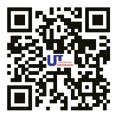


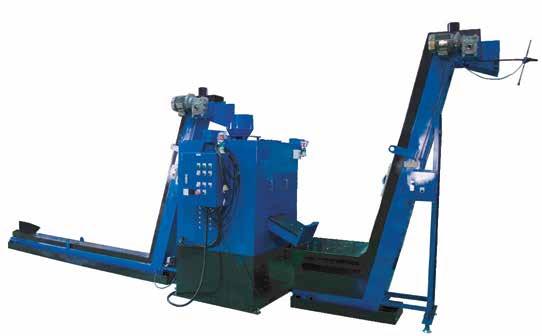


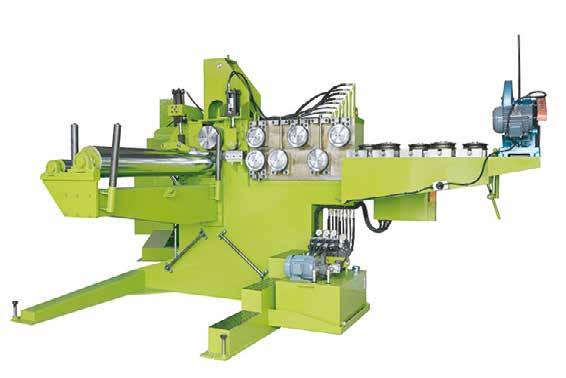


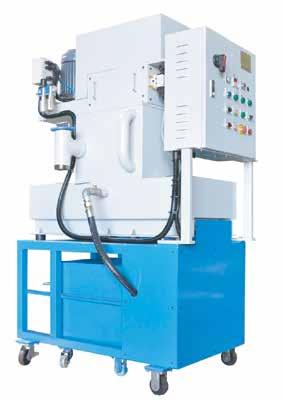






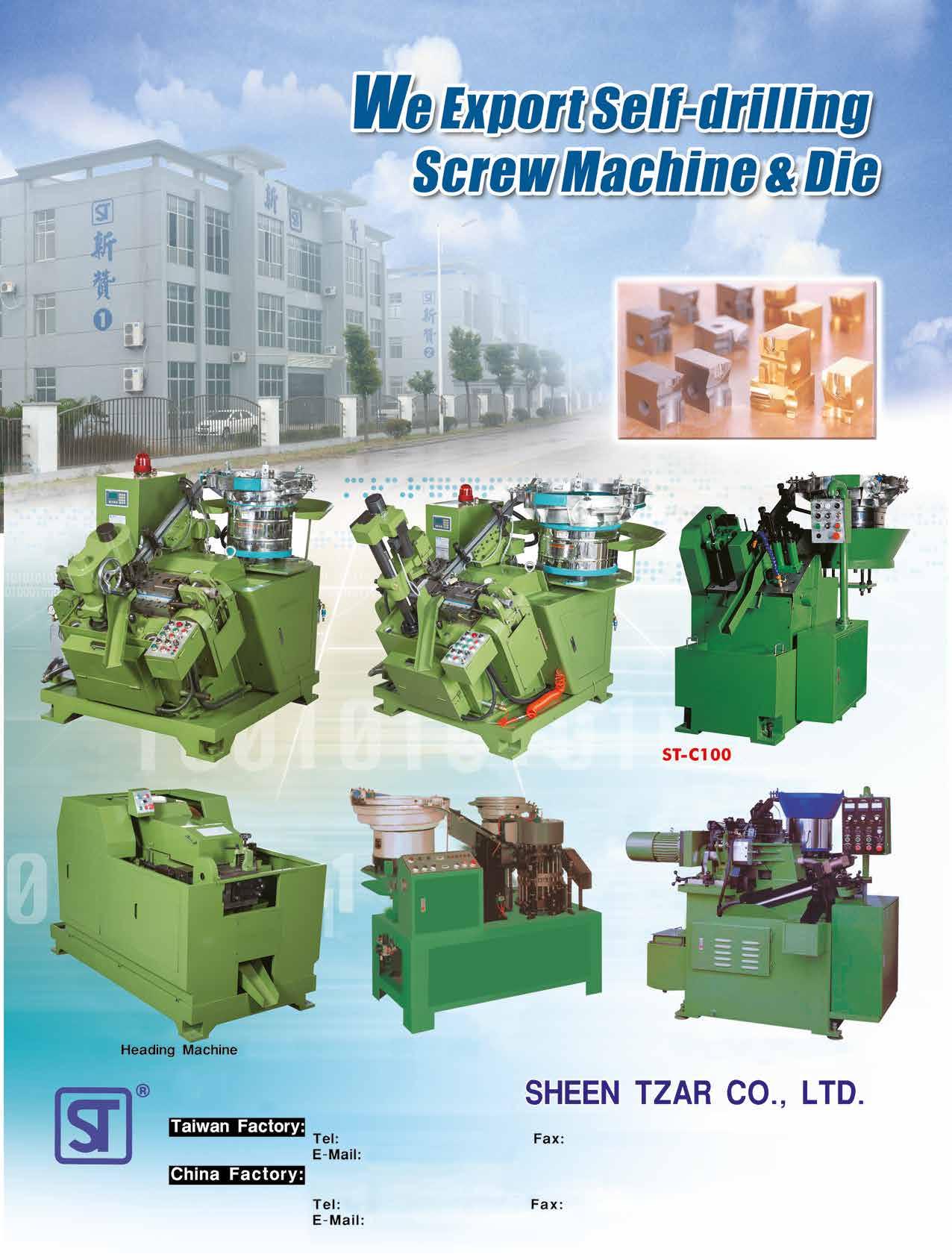




This article will focus on key variables to implement thread forming screws (TFS) into die-cast, net-shaped holes in aluminum and magnesium alloys. By definition, a thread forming screw generates an internal thread through material displacement. TFS generally have a lobular end, tri-lobular being the most common, to create pressure points for forming the material as the fastener is driven into the hole. There are many TFS manufacturers, examples are ATF, REMINC and Acument Global Technologies.

Using these fasteners has eliminated the tapping operation and thereby reduced costs, reduced investment, and improved warranty while delivering better joint properties within an assembly. Opportunities exist to further reduce costs by using TFS’s with net-shaped holes in lightweight castings by eliminating the drilling operation and associated equipment investment without sacrificing joint performance. ( Diagrams 1 and 2 .)
There are significant hurdles to be overcome to appreciate this opportunity. Thread forming fastener technology is well understood for drilled holes in mild steel applications, it is not for aluminum and magnesium castings.
Dimension A is the length to screw nominal diameter.
Dimension B is the thread engagement: Aluminum, 2.5 x nominal diameter.
Dimension B is the thread engagement: Magnesium, 3.0 x nominal diameter.
Dimension C is the dimension B plus 4 mm.
Dimension D is the diameter at depth C.
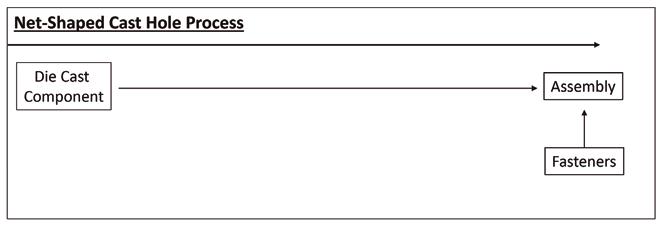
Dimension E is the diameter at depth B.
Dimension F is the diameter at depth A.
There will be slight dimensional changes based on the selection of the pin draft angles shown in Figure 1. Draft angle ranges on pin often range between 0.5 degrees and 1.0 degrees.
Coatings affect the assembly torque performance; reduction in thread galling and galvanic corrosion concerns. Also, coatings and thread geometry effect power tool assembly speeds. Often, the fastener manufacturer will provide recommended power tool assembly speeds.



There needs to be sufficient thread engagement to break the screw into two pieces as a failure mode. Avoid designs that the failure mode is stripping the thread before the screw breaks. Because there are many different mechanical properties of the aluminum and magnesium, a starting rule of thumb is 2.5 times the TFS nominal diameter for aluminum and 3.0 times the TFS nominal diameter for Magnesium ( Figure 1, Photo 1 and 2).
The difference in thread geometry can result in a different torque performance especially during the initial assembly. Often on the first rundown when forming a thread, the tool speed is slower then increased to final assembly torque.
Often TFS are coated with Magni 565 for aluminum castings (A380) and ZinKlad for magnesium castings (AZ91D).
Changing TFS with different thread configurations can change torque performance and increase contamination debris. It is recommended to use the same TFS as originally released.
To understand the robustness, you may want to investigate a wider range of variation in cast hole sizes and shapes. The object is to see what happens to torque performance if the hole sizes were .05 mm larger or smaller than shown in Figure 1




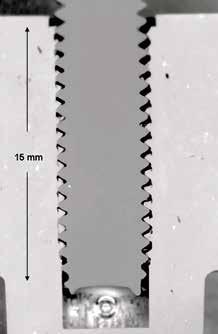
The purpose of reusability is to evaluate the capability for a fastener to maintain clamp load after repeated installation of the same fastener into the same die cast hole. To estimate the clamp load potential (without using a load cell), randomly select a minimum of 5 TFS from the lot being evaluated to establish the test
torque. Apply torque to the TFS until ultimate failure occurs. Hand or power tool tightening is acceptable; however, the selected tightening method must also be used in performing the final manufacturing assembly. The average maximum torque for all 5 TFS failures is the ultimate failure torque. To evaluate the reusability, repeat 6 consecutive rundowns into the same hole using 80% of the ultimate failure torque. Allow time between rundowns to reduce heat buildup. Monitor debris and any thread damage (galling).
A possible technical concern is contamination in the form of debris generated while TFS’s create threads in die-cast, net-shaped holes. Based on the reusability 6 run downs, monitor the debris which could be a fine powder ( Photo 3) or have miniature shavings ( Photo 4). Lower hole tapper angles promote more debris (i.e., tighter holes). Also, the TFS thread design and surface coating will make a significant difference on debris. Note: Even a conventional die cast hole drilled and tapped for a standard screw will have debris. ( Photo 5 )
Holes in die-castings are created using steel pins inserted in specific locations in the die block. The potential exists for the dimensions of the die pin to change in diameter or taper resulting from repeated contact with the molten metal filling the die cavity. At high temperatures the molten aluminum and magnesium can distort the steel pin leading end which is the hottest area because a large die block acts as a heat sink. These changes have the potential to cause variation in the size and shape of the resulting hole in the die casting.
Instead of measuring actual cast holes, this approach is to measure the core pins that made the holes. Core pins are measured before dies are put back into service from major maintenance overhauls. Most dies are taken out of service every 20,000 to 40,000 cycles for routine maintenance and core pin replacement.

Accuracy of hole position within a bolt circle is important to reduce any amount of shadowing of mating holes that affect the installation of the fastener. The cast hole position will ultimately be determined by the product design requirements and the designer’s ability to accommodate the position variation in the specific application.
The before mentioned are some of the highest priority issues associated with applying thread-forming screws in diecast net-shaped holes in lightweight alloy castings. The combination of fastener testing and net die cast hole geometry can verify the capability to use thread-forming fasteners in as-cast components currently in production today. Environmental benefits and quality improvements result from this technology. The major hurdle to implementation is lack of confidence in achieving desired clamp load.
Article by: Ralph WhiteCopyright owned by Fastener World
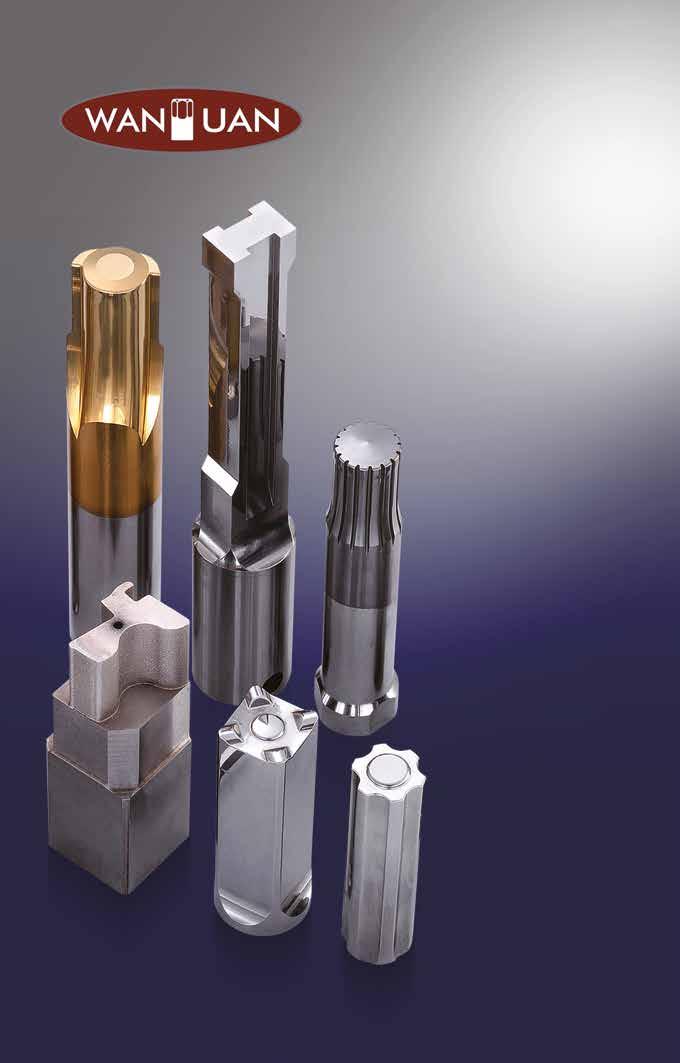

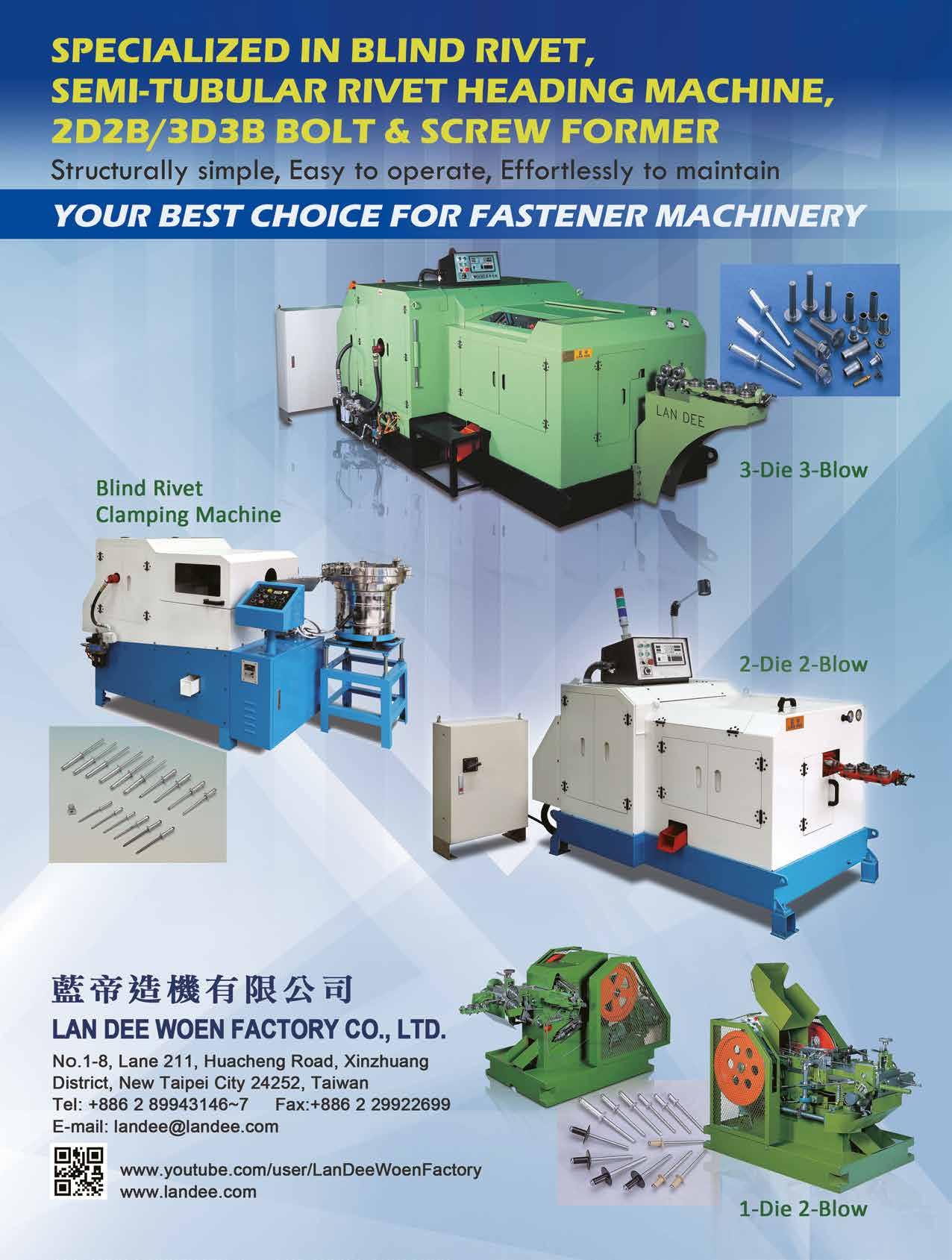
Q1:I heard there is a tightening method by pulling a bolt with hydraulic pressure. Please tell me what it is.

A:This is called the direct tension method . A hydraulic tensioner shown in Figure 1 is used to apply tension directly to the bolt. Figure 2 shows the structure of the hydraulic tensioner, and the tightening process consists of four steps as shown in Figure 3. First, the hydraulic tensioner is installed on the fastening portion, and then the grip nut attached to the bolt is lifted by hydraulic pressure in order to apply tension to the bolt. At this point, the nut bearing surface loses the contact with the fastened plate surface, so an appropriate amount of torque is applied to the nut to firmly seat the nut bearing surface. Finally, the tightening operation is completed by removing the hydraulic pressure. Unlike the torque control method, this method is not affected by the coefficient of friction in the rotation direction of the nut, therefore, if applied properly, the error range of axial force can be kept within a few percents. On the other hand, the removal of hydraulic pressure causes the nut bearing surface to sink and deform, resulting in some reduction of the final axial bolt force compared to the initial tension. The ratio of the two is defined as the "effective tensile coefficient" in the important working guidelines, and a calculation method using the stiffness of each part of the bolted joint has been proposed.

Q2:Please tell me how to tighten large bolts at a low cost.

A:This is called the thermal expansion method using a relatively inexpensive device called a bolt heater, as shown in Figure 4. The tightening process of thermal expansion method consists of four steps as shown in Figure 5. The bolt is hollow to allow the heater to be inserted, but the diameter of the hole is fairly smaller than the diameter of
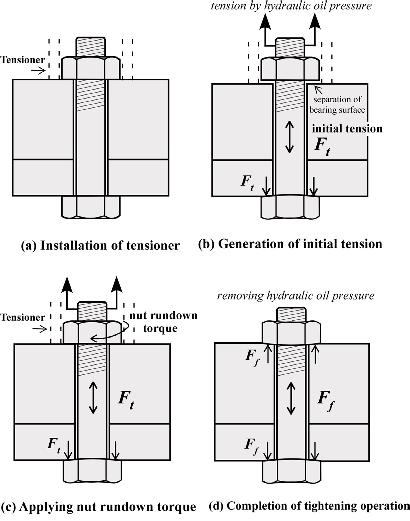
the bolt, so there is no problem with strength. When the heater is inserted into the bolt and heated, the bolt elongates, generating a small gap between the bolt head and the fastened plates. After confirming that the bolt elongation has reached the target value, nut rundown torque is applied. The process of applying nut rundown torque is the same as in the direct tension method. After that, as the temperature of the bolt decreases, axial force is generated due to contraction. To shorten the working hours, the fastened portion is sometimes forcibly cooled down. If the amount of bolt elongation is known, the magnitude of the axial force generated can be calculated fairly accurately using the stiffness of each portion of the bolted joint. The time required for heating can also be determined by a simple numerical calculation.


The torque method is a very convenient way of fastening, but it is inevitable that the axial force scatters to some extent. In such cases, the angle control method is sometimes used, utilizing the fact that the axial force generated in a bolt is proportional to the rotation angle of the nut. Angle control method is sometimes used to tighten a bolt to the plastic range. However, in this article I will explain “elastic angle control method” suited for bolts that are reused after routine inspection and disassembly of bolted joints. Figure 6 shows the relationship between the rotation angle of the nut and the axial

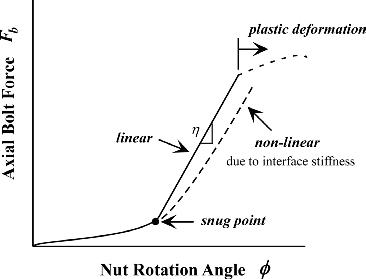
bolt force generated. Once the nut bearing surface is firmly seated, the subsequent axial bolt force increases almost in proportion to the nut rotation angle. In actual work, the nut is first tightened in the same manner as the torque control method until the nut bearing surface is firmly in contact with the fastened plates surface. In this state, a certain amount of axial force is generated. Next, utilizing the fact that the increase in the axial bolt force is proportional to the rotation angle of the nut, the bolt is tightened to the target axial force. The rotation angle required to obtain the target axial bolt force can be calculated using the stiffness of each part of the bolted joint. As is clear from the above discussions, unlike the torque control method, the tightening processes of direct tension method, thermal expansion method, and angle control method are greatly affected by the stiffness of the jointed portions.

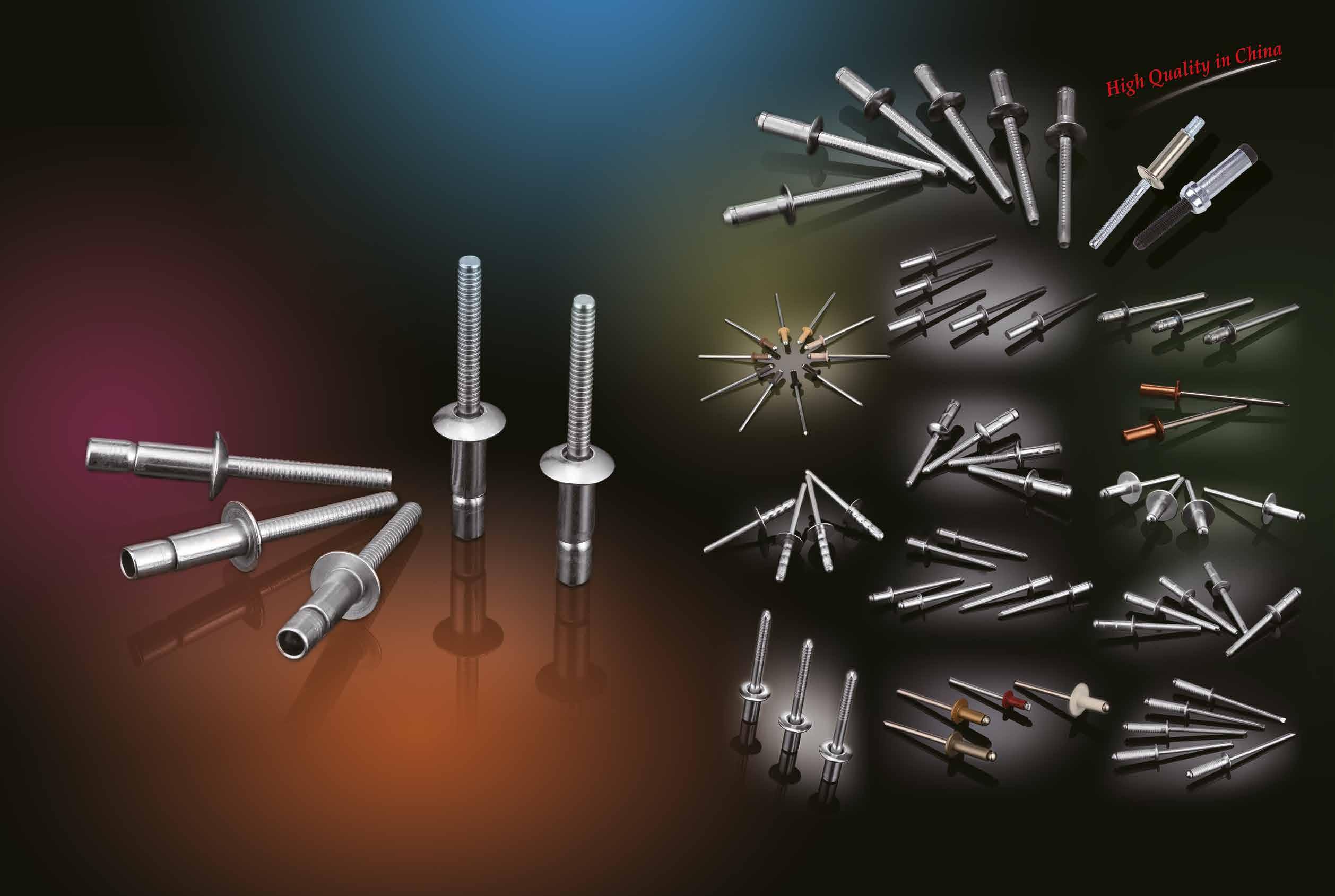



The function of any threaded fastener is to provide sufficient clamping force onto a joint that when properly tightened will achieve and maintain the desired clamp load for its intended application. Any type of joint movement must be overcome to prevent joint failure. This clamp load is achieved by means of torquing a fastener.
In a bolted joint, torque is measured in two different planes that are perpendicular to one another. Torque is a combined relationship between force, times distance and tension. Torque measures the reaction of rotational movement of the fastener, while tension measures the longitudinal movement of the same fastener.
The longitudinal movement (tension) is constrained by the joint members between the first engaged threads and the bearing surfaces of the bolt and nut. A portion of the rotational energy (torsion) is used to stretch (tension) the bolt while, at the same time, causes the joint members to compress.
The amount of energy that is applied to the bolt from rotation to create tension is determined by the energy losses due to the friction between the surfaces of the rotating parts and the joint. The relationship between the applied torque and the tension generated in the joint is the torque-tension relationship.
While torque may seem universal in use, the torquetension relationship is applied differently to three specific industries; mass assembly, structural assembly and in maintenance and repair.

The mass assembly of products includes the automotive, truck and bus industries to name a few, excluding the electronics industries because vehicles experience heavy loading, vibration and shock. Also, because vehicles can become very dangerous to life and property if something breaks or loosens.
Recently Rivian Automotive has recalled approximately 13,000 of its vehicles for a loose steering assembly. It was reported that the fastener connecting the front upper control arm and steering knuckle “may not have been sufficiently torqued.”
The question to be asked is, why wasn’t there sufficient torque applied? How was the assembly tightened? Is there a calibration issue? Was the output data not interpreted correctly?
Automotive assembly lines use a variety of programmable, digital power tools for assembly that many will transmit data, such as torque and angle, to the data processor for error-proofing. The torque-angle measurement is a most accurate tool used for solid and stiff joints. In most cases the turn will negate friction variables, which is why a pre-torque is first applied to establish a hard base without any further joint compression.
However, in some cases it will not always mean that the preload has been achieved. This depends upon how the data is monitored. If the torque and angle have been achieved within a certain per cent window, then the joint is good.
However, if the angle goes significantly beyond the expected tolerance window to achieve the proper torque, this means the joint was not solid and there was interference between the joint, such as a burr, unexpected lubrication or even a non-conforming part that produced compression or resistance. If the torque becomes high and the angle was not reached, then this could mean debris in the threads, cross threading or something else that needs to be investigated. If none of these anomalies are noticed and the operator just inputs on torque alone, then there are problems later on, which is why there are recalls.
Automotive manufacturers are basically just assemblers of pre made and assembled parts from other manufacturers. They also use a variety of fasteners and special fasteners besides the common bolt and nut. Many stampings will have extrusions where threads are tapped which will accommodate a threaded fastener and there are times where several stampings will be stacked together, some of which are designed to move about the fastener.
When several manufacturers are producing parts that are to be assembled together, tolerances and torque accuracy become paramount. Because movement of the assembled parts is involved, a thread locking chemical is used to help with vibrational loosening.

Loosening occurs in the presence of transverse and cyclic loads. It is subject to the relative slip between the threads and the joint surfaces. Since threads are a helix angle, which is nothing more than an inclined plane, there is a natural tendency for threads to relax and rotate in the downward or counter clockwise “off” position, which will cause joint loosening under cyclic, vibration or impacts to the joint.
To overcome any external forces of transverse loads, bending, vibration and tensile loads, the joint must develop and maintain a clamp load in excess of any of these external loads. Any significant amount of loss of clamp load will cause the joint to become loose.
For example, let’s assume one of the extrusions has a burr that is just slightly over tolerance. In this case, a burr that is only 0.43 mm (0.0169”) over tolerance can be most significant. The most important reason for loss of clamp load is not being able to maintain the required clamp load due to embedment during tightening and further embedment under service loads. These losses cause joint relaxation and looseness.
During assembly, torque has been applied by use of a positioning electronic torque wrench. It has a preset torque value which the results are stored for reference and error-proofing. There is no fault with the assembly method. However, once the torque is applied, the joint may still relax and lose clamp load.
The electronic torque wrench also measures rotation angle. Parameters were set for the amount of torque required to achieve a certain preload with respect to the viscosity of the thread locking material on the threads of the screw and with the amount of torque angle that should be achieved.
The assembly torque data is monitored to the extent that if the required assembly torque is not reached upon the second time, that bolt is discarded. However, the mistake here is not relating to the torque angle for potential problems.
For example, if the required torque was 25 lb-ft and took only 35 degrees of angular rotation to achieve clamp load, acceptable tolerances would be ± 5 lb-ft and ± 10 degrees rotation. However, suppose the torque was achieved at 24 lb-ft but at 90 degrees rotation or more. This should be an immediate red flag to the operator.
Unfortunately, in this case, the operators failed to observe the torque angle as a significant component of the entire assembly. The excessive rotation resulted in a loss of clamp load from embedment and weakened threads which permitted transverse loading. Adhesives are good at resisting rotational movement and cyclic tensile impacts, not lateral impacts. Therefore, the fastener becomes loose and joint failure occurs.
Error-proofing does not mean fool-proof. There are still variables that can cause errors.
Article by Guy Avellon Copyright owned by Fastener World
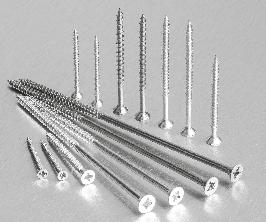
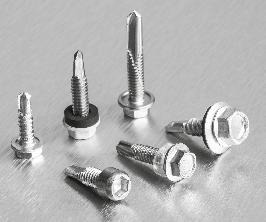
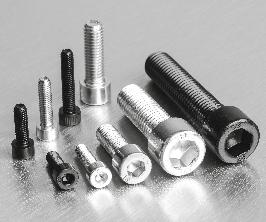


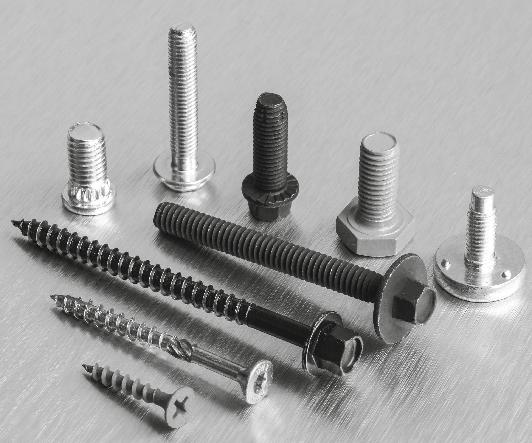
In 2022, the global industrial fastener market collected a revenue of around USD 80 billion and at the end of 2033 the market is projected to earn about USD 120 billion. The key driver of market growth is the strong increase in industrial production, which can be translated to the higher demand for industrial fasteners. The global industrial fastener market is dominated by the metal segment in terms of the revenue, and it’s going to remain prominent in this market within the next 10 years. Automotive, aerospace, construction, oil & gas and power generation are the key segments building demands in the fastener market. Out of all, the construction segment is expected to grasp the largest market size by the end of 2033 supported with its substantial growth within the next 10 years.
The market is categorized by extensive technological developments to manufacture advanced lightweight products that find usage in automotive and other industrial applications. With the enhancement in technology, the rising demand for hybrid fasteners, which includes a combination of injection-molded plastic components with metal elements, is anticipated to boost the demand.
The global industrial fastener market is segmented into five major regions including North America, Europe, Asia Pacific, Latin America, and the Middle East & Africa region. Latin America region consists of the key players in the market including but not limited to Brazil, Mexico, and Argentina. In this article we analyze the fastener market in Argentina, while looking at the trade statistics of the market in the country.
Latin America is projected to witness growth in the years to come on account of the rising demand for industrial fasteners in agricultural, commercial, and residential projects and industrial practices. Additionally, the aerospace sector is expected to witness high growth owing to improvements in defense practices of Argentina and Brazil, thus influencing the demand for aerospace-grade fasteners in the region.

The global aerospace fastener market size is estimated to be USD 4.86 billion in 2022, and to reach USD 7.73 billion in 2029. This creates lucrative opportunities in the region for manufacturers of industrial fasteners. Companies in the industrial fastener market are concentrating more on original and unique materials such as carbon fiber and alloys, which simplify the development of corrosion-resistant, lightweight, superconducting industrial fasteners. They are also focusing on materials which are lighter, easy to install, and more cost-effective.
Additionally, in some countries in the region, in Brazil, for instance, its government has taken initiatives to build buildings, thus boosting the product demand. The upsurge in building and construction activities in those countries will further increase the demand for industrial fasteners.
Argentina's economy, the second largest in South America, is expected to continue to develop, and yet at a slower pace. The International Monetary Fund (IMF) has estimated that Argentina's GDP will grow by 2% in 2023.
Due to planned investments in the mining and manufacturing sectors and ongoing infrastructure projects, Argentina's demand for construction equipment is expected to grow. This growth has highlighted the importance of industrial fasteners. Even though the construction industry is dominated by powerful and heavy machinery, fasteners are crucial when it comes to the completion of different tasks in the industry. Different construction projects use different types of fasteners to ensure that the project is strong and safe.
Looking at the bigger picture, the government of Argentina has planned for mega projects in transport infrastructure as well as regional development. All those projects will spur the demand for industrial fasteners and tools. Argentina's National Road Network Plan, for instance, is a long-term plan for 2027, with the value of USD35 billion. The projects under this plan will be Public-Private Partnership (PPP) Projects, and include 2,800 km of new highways, 2,500 km of safe roads, 13,000 km of rehabilitated roads, and 2,000 km of new paving, including 250 new engineering projects. Furthermore, to recover the industry competitiveness, the government plans to modernize ports and waterways as well as the rail network by expanding the railway lines.
Infrastructure investment is a very lucrative opportunity for fastener manufacturers and traders to either move their production and operation to this country or to expand their export market to Argentina more than ever. With the growing market, there is high demand for fastener products, machinery, tools, hardware, etc.
Knowing that only the minority of industrial products, fasteners and hardware are made by Argentina itself, and that its market is dependent on imports rather than manufacturing them in the country, in the next section we will review fasteners trade statistics in Argentina.
The value of merchandise exports from Argentina totaled USD77 billion in 2021. Merchandise exports from Argentina increased by 41% compared to 2020. Goods exports grew by USD23 billion in 2021 and were mainly shipped to Brazil, China, USA, India, Chile, Vietnam, the Netherlands, Peru, Indonesia and Spain.
On the other hand, Argentina imported USD63 billion of merchandises in 2021, with an about 49% growth to compare with 2020, which the value of imports was USD42 billion. The major exporters to Argentina in 2021 were China, Brazil, USA, Paraguay, Germany, Thailand, Mexico, India, Italy and Vietnam.
In 2021, Argentina imported about USD211.2 million of industrial metal fasteners (of iron or steel) and exported only about USD9.2 million to the global market. Charts 1 and 2 show Argentina’s top five fastener imports and exports partners between 2017 to 2021.
Since the full 2022 data of fastener imports and exports are not available at the time this article has been written Charts 3 and 4 show Argentina’s fastener import and export values within the first 10 months of 2022.
In 2022, excluding Nov. and Dec., Argentina imported about USD202.6 million of metal fasteners mainly from China, Brazil and Thailand while within the same period exported about USD7.4 million to the global market. Fasteners from Argentina were largely shipped to Brazil, Chile, Uruguay, and Bolivia.
In summary, despite of rising global tensions, the trade statistics between Argentina and Brazil show
that these two countries, more than ever, must build a strategic economic alliance in order to expedite their economic growth and ultimately form a single market! This will boost not only the fastener market for Argentina but also the industry of the country as a whole.
Article by Shervin Shahidi HamedaniCopyright owned by Fastener World

Source:
Industrial Fasteners Market Size, Share & Trends Analysis Report, by Grand View Research
Industrial Fasteners Market, 2022-2031, by Transparency Market Research

Industrial Fasteners Market Size is Expected to Reach Around USD 120 Billion by 2033, Research Nester
Argentina Construction Equipment Market Assessment and Forecast, by Research and Markets
International Trade Statistics by Trend Economy and ITC Trade Map



Dedicated to the steel fastener markets in the U.S., Southeast Asia, China, Central & Southern America, and Taiwan, Chun Yu officially received the CE approval in July.
The tripartite conference was a yearly event. EFDA president Bernhard Berrang and NFDA president Jay Queenin were invited by TFTA to share the latest market developments and trends in their countries.
The event was given in New Taipei City. New chairman Chieh-Wen Wu received the association’s seal from the previous chairman Andrew Wang.



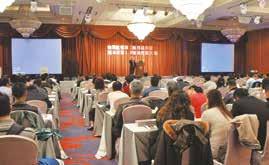



The event was given at Hanshin Arena, Kaohsiung with the attendance of 250 members. Jim C.N Chen became the chairman from the previous chairman Tammy Huang.
35 new directors and supervisors were elected during the annual meeting and Mr. Joe Chen was elected as the new chairman.


With 1 year and 2 months of construction, Chian Yung officially moved its plant from Rende (Tainan) to Benjhou Industrial Park in Kaohsiung with a 30% increase in capacity.

The newly patented KTX design provides good stick-fit quality with a special KTX bit and reduces wobbling, enabling one-hand operation.
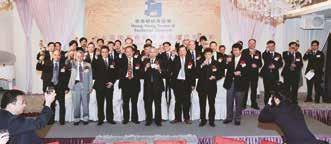

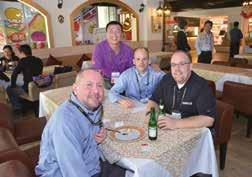


One day before Taiwan International Fastener Show, TFTA gave a welcome dinner gala at Grand Hi-Lai Hotel in Kaohsiung. Executive Editor of F&F Magazine Phil Matten and NFDA representative Jim Ruetz were present to give speeches on European and U.S. fastener industry and economies.
With 5 years of R&D and testing, FMWT released the new oil filter adopting German core technology that could filter and recycle waste oil generated by fastener machines.
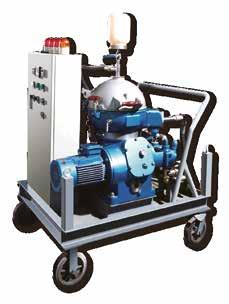


One day before Taiwan International Fastener Show, ND Industries held its 1st Welcome Party in Taiwan at Hanshin Arena. Its important customers from Taiwan and other countries gathered together to get to know each other for strengthening supply chain cooperation.
Around 200 guests attended the executive committee inauguration held at Kowloonbay International Trade & Exhibition Center. Association reps from Taiwan, China, S. Korea were also present to witness the inauguration.
Subsidiary to Precision Aerospace Components, Inc., Freundlich Supply Co. became the first U.S. based fastener distributor to receive AS9100 Rev. C. certification.
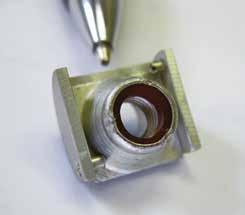


This event took place at Hotel Lutetia in Paris. 118 EFDA members in total and reps of NFDA and TFTA were all present. During the event, Global Platform for Fasteners and a visit to a French factory were also held.
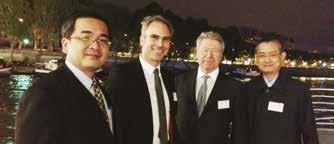

In order to help the industry correspond to EU’s latest building materials regulations CPR, TFTA, BSMI, and MIRDC co-held a conference on “EU’s latest requirements, CPR, on the fastener industry" at the conference room of Fastener World Inc.
In early May of the year, the meeting was given in Braselton, GA. NFDA invited an economic trend analyst to analyze and predict U.S. economic trends and also invited TFTA director Jim Hsu to be onstage to share Taiwanese industrial situation.
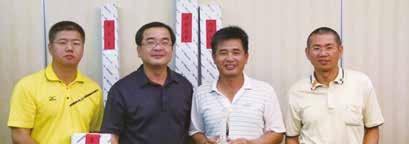

The event took place at Chianan Golf Country Club in Guantian, Tainan. The all-day event provided a platform for TFTA members to show their golf playing skills and interact with each other.




In order to reinforce industrial interaction and establish a communication platform, TFTA gave a thematic seminar to explore surface treatment and SPC manufacturing control.


Jim C.N. Chen, chairman of TFTA, the organizer of International Fastener Show Tainan, Taiwan and TFTA consultant William Liao paid an official call to Tainan City Mayor to seek for administrative support to the show.

With excellent technology and supported by the government’s R&D subsidies, Jenntai Machinery released three new machines including Digital Slanting Disk Screw & Washer Assembly Machines, Automatic Metal Cutting, Plotter Machines, and Automatic Long Sleeve Specialty Machines.
In order to facilitate member interaction, TFTA gave a social gathering in Taipei and made a brief association affairs report to members.

In addition to thematic speeches, TFTA also arranged a tour of Sun Moon Lake, attracting the participation of nearly 40 members.

Ewald Dörken AG gwas awarded the “Top 100” seal of quality. It was amongst the award winners for the third time.

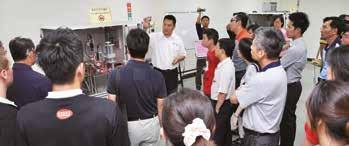
In order to respond to increased business, Lian Shyang built a new 2,650 sq. m factory to effectively enhance capacity, shorten lead times, and provide customers with more comprehensive service.
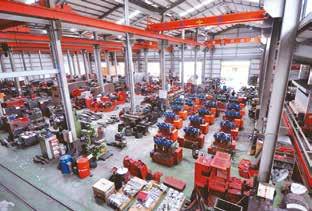

In its 20th anniversary, Ching Chan released the new eddy current cracks detecting technology it co-developed with a German company, completely solving the issue of “hardness and materials could not be inspected by a single frequency”.

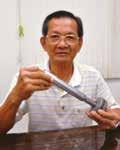

The 1st International Fastener Show Tainan, Taiwan was a popular show with enthusiastic participation. 220 exhibitors booking 485 booths attended the 1st phase booth allocation.

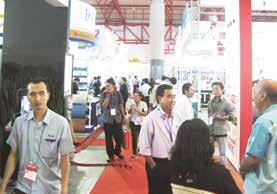
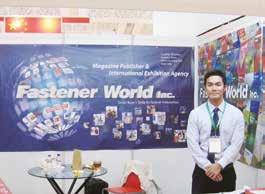
The 4-day event attracted 2,400 exhibitors from 38 countries and 25,000 visitors. 9 halls of Jakarta International Expo were used. 166 Taiwanese exhibitors also participated.



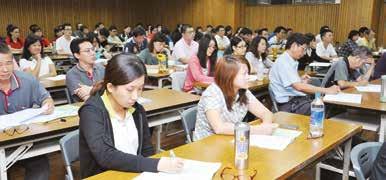
This event was given at National Tainan Living Art Center and invited industry experts to talk about their industrial experience and suggestions and explore quality issues and how to solve them.

Held every two years, International Hardware Fair Cologne, Germany attracted nearly 2,700 exhibitors from more than 50 countries, among which 409 were from Taiwan, exceeding the record of 387 exhibitors from Germany.


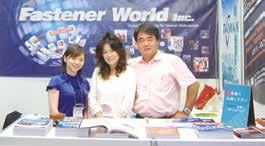

This show was the largest fastener dedicated trade event in Taiwan. The team of Fastener World Magazine specially prepared different colors of photo frames to interact with visitors.


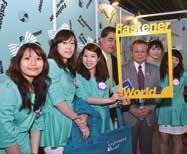
Promoting itself as the largest and most important fastener show in northern Germany, Fastener Fair Hannover attracted around 380 international exhibitors. 64 Taiwanese exhibitors were also present to exhibit their latest technology and products.


This show was held at Sands Expo Convention Center. Nearly 600 exhibitors from the U.S. and other 19 countries participated to promote their products, machinery, and technology.


Given every two years, Wire Düsseldorf welcomed nearly 2,500 exhibitors, the highest record compared to previous years. The total floor plan reached 106,000 sq. m. 60+ Taiwanese exhibitors and several European/U.S. leading companies all came to exhibit.
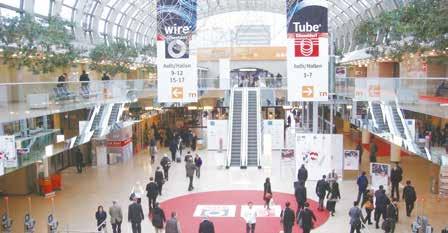

The show took place at Tokyo Big Sight. Around 1,900 companies participated to exhibit related mechanical components, materials, molds & dies, and equipment.

The EU Carbon Border Adjustment Mechanism (CBAM), which is of international concern, was proposed in 2021, and was jointly examined by the EU Parliament and the Council, and a provisional agreement was reached in December 2022, which will expand the products covered by the EU CBAM from steel, cement, aluminum, fertilizer and electricity, as originally proposed by the EU Executive Committee, to hydrogen, specific precursors, some indirect emissions and downstream products (including steel products such as fasteners). The agreement is expected to be implemented on a trial basis in October 2023 and to be officially launched in 2026.

The screws and fasteners added to the version after the EU tripartite talks in December 2022 are mainly tariff code number 7318 (steel screws, bolts, nuts, rivets, washers and similar products), which directly affects the export-oriented Taiwan fastener industry. Although Taiwan’s main export destination is the U.S., the EU market cannot be ignored. For example, the U.S. has set a target of reducing carbon emissions by 40% by 2030, and U.S. President Biden signed the Clean Competition Act (CCA), and the metal industries to be levied starting in 2024 include steel, aluminum and other products; and in 2027, the EU will formally impose direct carbon emission fees on fastener importers, and Taiwan ranks as the fourth largest fastener import origins for the EU. If Taiwan fastener industry does not properly react to the carbon emission issue in Europe and the U.S., China and other competing countries may increase their market share in the EU in the future.

Taiwan is one of the major fastener producing countries in the world and has a key position in the international supply chain. In 2022, Taiwan’s exports of various types of metal fasteners (including steel, copper, aluminum and other types of fasteners) amounted to NT$189.55 billion, of which exports to the EU amounted to NT$49.55 billion, with EU exports accounting for 26.1% and a compound growth rate of -2.1% in the past five years. If we take steel fasteners (tariff number: 7318) to be included in the CBAM list as the statistical scope, the export value of Taiwan’s steel fasteners in 2022 was about NT$181.06 billion, of which about NT$48.55 billion was exported to the EU, with the EU’s export share of 26.8% and the compound growth rate of -2.1% in the past five years, mainly for automotive, machinery, construction and industrial fasteners. Although the compound growth rate of exports to the EU has been on a downward trend in recent years, the overall share still shows that the EU is an important fastener export market for Taiwan (see Table 1).
Source: Taiwan Customs / compiled by MIRDC
Table 2 shows EU’s main import origins, values and weights of steel fasteners (tariff code: 7318) in 2021. In terms of value, Germany was the top import origin for the EU, with an import value of NT$129.98 billion, accounting for 26.5%, while China was the second largest import origin, with an import value of NT$63.66 billion, accounting for 13.0%; in terms of weight, China was the top import origin for the EU, with an import weight of 872,000 tons, accounting for about 20.1%, while Germany was the second largest import origin for the EU, with an import weight of 835,000 tons, accounting for 19.2%. In addition, Taiwan was the fourth largest import origin for the EU, with an import value of NT$43.72 billion, accounting for 8.9% of the total. Among the top 10 import origins, only China and Taiwan are Asian countries, while the rest are EU countries. Therefore, the challenge for Taiwan fasteners in the EU market is that there are eight EU countries with geographical advantages and China good at snatching the market with its economic scale. If Taiwan manufacturers ignore this development in the EU in the future, it may allow other competing countries to take the lead and undermine the performance of Taiwan’s fastener industry exports to the EU market.
Unit: N$0.1 bn; 10,000 tons; %
Source: ITC/ compiled by MIRDC
Table 3 shows Taiwan’s major steel fastener (tariff code: 7318) export destinations and values in 2018-2022. The U.S. was the major export destination of Taiwan steel fasteners, with an export value of NT$82.3 billion, accounting for 43.4% and a compound growth rate of 11.3% in the past five years. Among the top 10 export destinations, 4 are EU countries, including Germany, the Netherlands, Sweden, Italy. The combined export value to these four EU countries reached NT$33.17 billion, and their export share also reached 17.5%; among the top 20 export destinations, 10 are EU countries, including France, Spain, Poland, Slovakia, Belgium, Denmark, etc. The combined export value to these 10 EU countries reached NT$51.66 billion, and their export share was 27.3%. Therefore, the implementation of CBAM has a great impact on Taiwan fastener industry.
The gas emissions covered by the EU CBAM need to be consistent with the EU Emission Trading Scheme (European Union Emission Trading Scheme, EUETS), meaning greenhouse gases (CO2, N2O, PFCs) will be regulated and require payment to obtain emission rights, and the price of which is determined by the EUETS under the Cap and Trade mechanism. The price is determined by the EU ETS under the Cap and Trade mechanism. According to CBAM, the embedded emissions of manufacturing include direct emissions and indirect emissions.
The implementation of CBAM can be divided into three phases: transition period, partial implementation, and full implementation. The free allowance permit of EUETS will be phased out gradually.
1. Phase 1 (October 2023-2025): EU CBAM requires EU importers to purchase CBAM certificates corresponding to the carbon price they should pay.
2. Phase 2 (2026-2033): CBAM will be formally implemented in 2026. In the beginning it will be in line with the EU ETS standards, with some emissions entitled to free emission credits, and decreasing year by year.
3. After 2034: Free emission credits will be fully replaced by CBAM. EU importers will be required to purchase CBAM certificates from member countries and keep them in their accounts, and the certificates will be set according to the average weekly closing price of EU-ETS.
If the operator is unable to provide the actual and verified emission value of the product’s production stage, the EU will use the third country or third-party unit data as the default value,
and if the product emission value of the exporting country cannot be established through reliable data, the EU will use the 10% average emission concentration of the worst performance of the equipment producing such products in the EU as the default value.
1. GHG emissions calculation: Emissions = Activity data × GHG emission coefficient × Global Warming Potential (GWP) value
2. Carbon tariff calculation: Carbon tariff = carbon content of a product × carbon price
3. Carbon content calculation: the simple calculation of carbon content is “embedded emissions of manufacturing (direct and indirect emissions)” divided by “the number of products produced”, while the complex calculation of carbon content is “embedded emissions of manufacturing (direct and indirect emissions) plus embedded emissions of materials used” divided by “the number of products produced.”
Although manufacturing processes of various types of screws are different, they can be generally categorized into wire processing, forming, heat treatment, surface treatment, delivery, etc. If we differentiate the carbon content of fasteners by raw materials and manufacturing process, raw materials (like steel) account for about 30% of the carbon content, manufacturing processes account for about 70-80%, whose emissions are mainly from electricity (indirect emission) and heat treatment is the main carbon emission source for fastener processes.
1. Carbon Inventory (ISO 14064-1): Calculate the total annual carbon emissions of a single organization, and add up all the carbon emissions of the annual production and manufacturing within the inventory boundary. At present, Taiwan fastener manufacturers tend to apply for ISO 14064 carbon organization emission certification as a proof of carbon reduction.
2. Carbon footprint (ISO 14067): Calculate the total carbon emissions of a single/series product life cycle, including the total carbon emissions of a single/series product at each stage from the manufacturing of raw materials to the disposal of the product.
3. Third party certification: in accordance with international standards and norms to verify the credibility. The declarations issued by the third party are valid with public credibility.

i. Understand the international standards and information of the proposed convergence, such as: the calculation method of carbon content of products, carbon content boundary recognition criteria, carbon emission monitoring mechanism.
ii. Establish carbon inventory and carbon emission source identification mechanisms for the whole fastener supply chain.
a. Upstream (other indirect emissions): Emissions from raw materials (manufacturing emissions of coils and steel, other materials such as heat treatment and electroplating processes), upstream transportation and distribution (indirect emissions from outsourced manufacturing).
b. Midstream (in-plant emissions are the part mainly affected by CBAM): direct emissions (including heading, threading, heat treatment, mobile emissions from forklifts or trucks, wood spirit and propane emissions from heat treatment, organic solvents for coating and electroplating, etc.); indirect emissions (including purchased power emissions and purchased steam emissions from manufacturing); at present, except for a few large Taiwan fastener factories, which are onestop manufacturing plants. At present, except for a few large factories having their own one-stop manufacturing process, other factories mostly outsource the heat and surface treatments which consume more energy.
c. Downstream (other indirect emissions): emissions from end products (transportation and distribution of shipments, end customers’ use of fastener products, and product waste disposal).
iii. Understand their own current situation to set carbon reduction solutions:
a. Production line data integration into the carbon traceability management platform: the introduction of product carbon content capturing and calculation mechanism to understand and collect the current status of carbon emissions, combine the product carbon footprint information with ERP work orders and build on the metal carbon emissions cloud platform.
b. Intelligent manufacturing into low carbon technology and management process improvement and optimization: diagnose the production process with high carbon emission, build carbon emission
platform and import into the process (real-time energy consumption data acquisition, carbon emission traceability and visualization of the whole factory, controller presenting real-time machine status, expansion of new product process carbon emission inspection), etc.
c. Introduction of energy-saving combustion system technologies: including thermal storage combustion technology (saving energy by 30~40%) and self-preheating combustion technology (saving energy by 15~20%).
iv. Obtain internationally recognized verification data: Taiwan’s carbon fee or total volume control and foreign emission reduction credits are mutually certified to obtain internationally recognized carbon footprint/emission data verification.
v. Domestic fastener manufacturers strive to join relevant international initiatives: After foreign countries initiate carbon emission limitation policies and levy carbon tariffs, major manufacturing and brand manufacturers can evaluate joining international initiatives related to carbon emissions, such as the Science Based Targets Initiative (SBTi) and RE100 led by the Carbon Disclosure Project (CDP) and The Climate Group. If Taiwan fastener manufacturers can join, it can enhance the advantages of Taiwan fastener manufacturers to be included in the evaluation of fastener products purchased by the EU.
i. Assist the fastener industry to establish a carbon inventory mechanism in conjunction with the supply chain: Adopt the method of assisting small factories by large factories with more mature carbon inventory energy, analyze the energy of carbon reduction hotspots, match experts to introduce technology to reduce carbon, and simultaneously introduce digitization and report the carbon content of products in accordance with the EU CBAM to systematically construct the carbon reduction capacity of the industry chain.
ii. Assist in the establishment of third-party verification system and promote the unification of carbon content calculation mechanism in Taiwan and Europe: In accordance with international standards, assist in the establishment of third-party verification units to obtain EU-approved and credible declarations; in addition, also compare the carbon emission intensity (pounds of carbon dioxide/total square feet) of fastener products in Taiwan and Europe, and promote the unification of carbon content calculation mechanism of fastener products in Taiwan and Europe.
iii. Assist the domestic fastener supply chain in carbon reduction technology: In addition to major fastener manufacturers, it can be also extended to satellite factories around major manufacturers to assist the industry in constructing carbon reduction smart manufacturing technology.
iv. Continue to assist the fastener industry in high value, carbon reduction, and talent training and cultivation, and hold CBAM-related briefing sessions in conjunction with industry, government, academia, and research sectors to help the industry understand the CBAM mechanism norms and reporting procedures.
///Article by Dr. Arthur HsuCopyright owned by Fastener World///
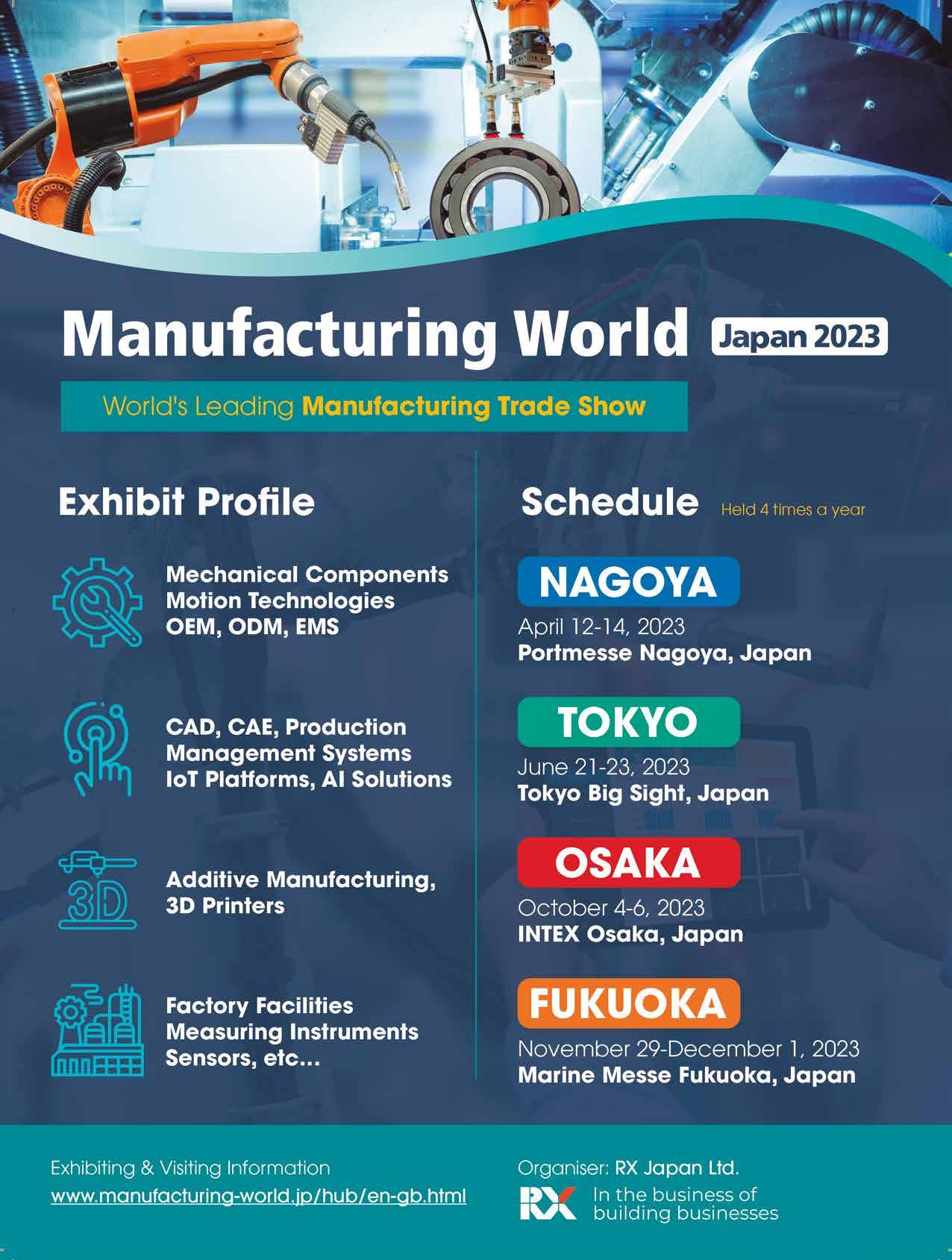
The construction crew readied itself to start the day. This morning, the first of March 2013, they would proceed with a final bolt tightening operation, just as they had hundreds of times before. This job wasn’t really any different from others, they were tasked with tensioning 96 three-inch diameter, high strength ASTM A354 Grade BD Anchor Bolts to 69% of their Ultimate Tensile Strength. The tightening was being done on several key seismic structures designed into the newly constructed east span of the San Francisco-Oakland Bay Bridge. Everything went well and when they completed this task, they moved onto the next one.
Tensioning large threaded components like these is not as simple a task as throwing a torque wrench onto the nut and turning it until the correct torque is achieved. No, this process is a little more complicated and usually involves a post tensioning inspection to assure that everything is alright and to adjust for any short-term relaxation or tension loss. For this reason a post-assembly inspection was scheduled a week later on March 8th. Inspectors were horrified to find a couple of the Anchor Bolts fractured and broken at the head way down in the concrete. Over the course of the next seven days, additional failures would occur until nearly one-third of the installed Anchor Bolts would fail.
Subsequent forensic analysis of the failure would expose a material that was extremely susceptible to hydrogen embrittlement. When paired with the high tension loads the Anchor Bolts were placed under and exposure to hydrogen from on-going corrosion, these Anchor Bolts were destined to fail from hydrogen embrittlement.
This makes a very interesting and compelling story all on its own, but this article is not intended to be about fastener failures from hydrogen embrittlement. Instead it is an example of how rarely thought of and humble fastener was propelled into the spot light. For many Californians, Anchor Bolts and fasteners became, for a time, an everyday conversation topic and gave Anchor Bolts some notoriety and importance that they failed to enjoy before this event.
In this article, we will investigate the basics of Anchor Bolts and Allthreaded Rod that are used as anchors. We will explore how a product that usually doesn’t garner much attention by anyone, is really an important and sophisticated engineered component.
When a metal rod or bar is continuously threaded over its entire length, it is known as “all-threaded rod” or sometimes as “threaded bar”. When the length is relatively short or components are cut-off sections of longer threaded rod, they are referred to as “Studs”. Inch threaded rod is governed by ASME ’ s standard B18.31.3, “Threaded Rods –Inch Series”, which was first published November 10, 2009. B18.31.3 covers threaded rod in the Unified Coarse thread series (UNC) in diameters from #4 to 4”, Unified Fine thread series (UNF) in diameters from #4 to 1 ½”, 8UN thread series in diameters 1 1/8” to 4” and Acme Threads in diameters from ¼” to 5”. These rods usually come in standard lengths of 3, 6, 10, and 12 feet, although they can be produced in other, customized lengths.
Metric threaded rod is currently governed by DIN 976, which replaced withdrawn standard DIN 975. These all threaded rods are one meter long and made of steel or stainless steel. Diameters range from M2 to M48. For the steel options, the standard offers eight different Property Classes (strengths), 4.8, 5.6, 5.8, 6.8, 8.8, 9.8, 10.9, and 12.9. In Stainless Steel they are available in both A2 (UNS 30400) and A4 (UNS 31600) options.
Although almost all standardized threaded products, both inch and metric, are released with a standard Class 2A thread fit, both UNC and UNF all-threaded rod is an exception, specified with a Class 1A thread fit before plating. The 8UN series is specified with the standard Class 2A thread fit. Thread inspection is to System 21 requirements, meaning that acceptance is dependent on passing a GO and NOT GO threaded Ring Gage and exhibit an in-specification Major Diameter. The ends are expected to allow the mating nut to freely assemble, so that both full length rods and smaller length cut-offs often receive a chamfer on both ends.
Dimensionally the product is not complicated. However, because there are so many potential uses and desired applications, there is a broad assortment of material and strength choices.
• Low Carbon Steel per ASTM A307 Grade A- This is perhaps the most common material choice and designates a low carbon steel possessing a minimum tensile strength of 60 ksi.
• Grade 36 – This designates low carbon steel meeting all the requirements for ASTM F1554 Grade 36. A common error is to indicate that the threaded rod should meet “ASTM A36”. The A36 standard is only a raw material standard, and thus, not appropriate to refer to the mechanical performance of these products.
• Medium Carbon Alloy steel per ASTM A193/A193M Grade B7 – This designates a medium Carbon Chromium and Molybdenum alloy that possesses a minimum tensile strength between 100 ksi and 125 ksi depending on the rod diameter size.
• SAE J429 Grade 1 and Grade 2 – This designates low or medium Carbon steel that possesses a minimum tensile strength of between 60 ksi and 74 ksi depending on the rod diameter size.
• ASTM A449 Type 1 – This designates plain Carbon, Carbon Boron, or alloy steels that possess minimum tensile strength of 120 ksi, 105 ksi, or 90 ksi depending on the rod diameter size.
• ASTM F1554 Grade 105 - This designates Carbon steel that possesses tensile strength between 125 ksi and 150 ksi on rods with diameters between ½” and 3”.
• ASTM A354 Grade BC and Grade BD - This designates alloy steel that possesses a minimum tensile strength of 125 ksi for Grade BC in diameters ¼” to 2 ½” and 115 ksi for diameters over 2 ½” and 150 ksi for Grade BD in diameters up to 4”.
• SAE J429 Grade 8 – This designates medium Carbon and alloy steels that possess a minimum tensile strength of 150 ksi in diameters up to 1 ½”.
• ASTM F593 Alloy Group 1, Condition CW – This includes stainless steels like 304 and 302HQ.

• ASTM F593 Alloy Group 2, Condition CW –This designates 316 stainless steel.
• Brass per ASTM F468 – This designates that the supplier may choose any brass or naval brass that meets the requirements given in ASTM F468.
• Aluminum per ASTM F468 – This designates that the supplier may choose any aluminum that meets the requirements given in ASTM F468.
• Others - the standard is also open to include any other material specified by the purchaser.
The default finish is plain with light oil; however, the purchaser may specify electroplated zinc per ASTM F1941/ F1941M or hot dip galvanize per ASTM F2329. Hot dipped galvanized rods must be processed with a galvanizer accustomed to threaded parts and is capable of spinning off the excess zinc immediately after removal from the galvanization tank. ASTM F2329 was written specifically for fasteners and should replace ASTM A153 Class C specified on products of this type. Other finishes that are permissible by the standard but get applied far less often include Xylan, Black Oxide, and Powder Coating.

Threaded rod is usually exempt from the marking requirements stipulated in the material specifications listed above unless the purchaser specifies the need to do so.
Threaded rod is manufactured in one of two ways; “cut-to-length” and “made-from-scratch”.
• Cut-to-length: When studs or shorter rod segments are needed, they are routinely cut from longer, stock rods. This is a relatively simple process. The first step involves cutting the parts to length with a band saw. The second step is to use a cutting tool to chamfer both ends. The final process is to stamp the grade identification into the end if it is required.
• Made-from-scratch: When a longer rod or a non-stocked item is needed, it is usually made from scratch. This involves several additional steps from the process described immediately above. In the first step a blank is cut a little long from round bar on a band saw. In the second step the threads are created using thread chasers to cut them from full size round bar. In the third step the part is cut-off a second time. There is a small unthreaded stub that is required to hold the part during the threading process. This must be removed. Then the ends are chamfered, one end marked, and sent out for coating, if necessary.
Threaded rod has a wide assortment of different uses in construction and industrial applications. Several of the more common uses include:
• Hangers - Threaded rod is commonly employed as part of the hanger system for plumbing, HVAC, and electrical piping and ductwork (Figure 1). A threaded nut or coupling is installed into the ceiling or floor structure on one end and a band or connector installed on or around the item being supported on the other end with a threaded rod in-between suspending the item the proper distance off the ceiling or floor.
• Epoxy Anchors – Figure 2 illustrates a threaded rod or stud which is inserted into holes drilled into concrete or masonry and then back filled with epoxy to hold them securely in-place.

• Extenders – It is not uncommon, especially during the setting of anchor bolts for them to be set low. The easiest fix is often to extend them with a section of threaded rod. This is accomplished using a coupling nut and an appropriately sized cut-off from the threaded rod.
• Anchor Bolts – Threaded rod can quickly be adapted into an “Anchor Bolt”. They are not as good as a headed anchor bolt, but they may be a satisfactory alternative and easy and inexpensive to fabricate. To provide the pull-out resistance of an Anchor Bolt when embedded into concrete, the embedded end will receive a nut or nut and washer that have been tack welded into place.
• Pipe Flange Bolts - Studs cut from longer threaded rod are commonly utilized on pipe flanges (Figure 3). These usually are manufactured to ASTM A193/A193M Grade B7 or sometimes ASTM A307 Grade b.
• Double Arming Bolts – Threaded rod is used in conjunction with four nuts to secure the cross arm on each side of a wooden utility pole (Figure 4).

Anchor Bolts, also known as Anchor Rods, serve as anchoring points for structural members, columns, equipment, and any number of items that need anchoring. Although threaded rod can be used for these purposes, Anchor Bolts are specifically designed for the job. Anchor Bolts are defined as, “… partially or fully threaded, one end of which is intended to be cast in concrete while the opposite end projects from the concrete, for anchoring other material. The end cast in concrete may be either straight or provided with an upliftresisting feature such as a bent hook, forged head, or a tapped or welded attachment.”
Anchor Bolts are governed by ASTM F1554. This standard covers straight, bent, headed, and headless anchor bolts. It does not cover mechanical expansion anchors, powder activated nails, and anchor bolts fabricated from deformed bar. The standard covers four different materials; Carbon, medium Carbon Boron, alloy, and high strength low alloy steels. It designates three different strength grades and two different thread classes. Table 1 below describes the three different strength grades incorporated in this standard.
The threads shall be either Class 1A or Class 2A Unified Coarse (UNC) thread series per ASME B1.1. Unless they are specifically designated to be Class 1A, the thread fit is understood to be Class 2A. For sizes greater than one inch, the purchaser may choose the 8UN Threads Series. Unlike threaded rod, however, there is no standardized option for the Unified Fine (UNF) threads series. Threads are to be inspected per System 21 requirements, which means that they must pass a dimensional verification of the Major Diameter and a GO and NOT GO threaded ring gage.
Grades 55 and 105 are both intended to be heat treated. To assure that these products have metallurgical toughness restored by tempering, the Grade 55 has a minimum tempering temperature requirement of 800°F and the Grade 105 of 1100°F. These minimum tempering temperatures are quite important because tempering at too low a temperature will result in an Anchor Bolt that is likely still somewhat brittle, a completely unacceptable condition for this type of fastener.
Several other important considerations include:
• Grade 36 must be weldable.
• Bending can be done hot or cold but no cracks are allowed and the reduction of area in the bend region should not dip below 90% of the straight shank.
• Bending temperature for non-heat-treated versions should not exceed 1300°F.

• When bending Grade 55 added heat should be less than 700°F and Grade 105 less than 1000°F.
• Grade 36 and Grade 55 are commonly paired with Grade A nuts per ASTM A563/A563M, either Hex or Heavy Hex depending on the diameter of the Anchor Rod.

• Grade 105 Anchor Bolts should be paired with Heavy Hex Grade DH nuts per ASTM A563/A563M.
An important consideration regarding the nut is that other grades of nuts may be substituted using choices from ASTM A194/A194M or ASTM A563/A563M as long as the “Nut Pairing Rule”, meaning the Proof Load Stress of the nut should be equal to or greater than the Anchor Bolt’s minimum Tensile Strength, is maintained. This will assure that the Anchor Bolt fails in an obvious fashion before the nut.
Much like threaded rods, Anchor Bolts may be supplied plain, zinc plated, hot dip galvanized, or mechanically zinc coated. The bolt and nut must possess the same coating type, but this is not required for any paired washer.
Whereas threaded rod does not have specified marking requirements, Anchor Bolts do. The default requirement says that the end protruding from the concrete shall be spray painted blue for Grade 36, Yellow for Grade 55, Yellow on the protruding end and white on the encased end for weldable Grade 55, and red for Grade 105. There is also an alternative or supplemental marking requirement should the purchaser prefer this method. For the protruding ends, Grade 36 shall be stamped with “AB36”, Grade 55 with “AB55” and Grade 105 with “AB105”. The Supplemental Requirements may also specify the inclusion of the Manufacturer’s insignia or ID.
Anchor Bolts are used for all types of anchoring applications. Several common applications include:

• Bridges – anchoring the bearings, approach slabs, and steel railings
• Steel Buildings - anchoring the building columns and bearing plates (Figure 5)
• Light Poles
• Traffic Signals
• Industrial Equipment
• Water Storage Tanks –anchoring the leg columns and the standpipe.

• Electrical – Substation equipment, buss supports, and poles (Figure 6)
• Ground Mounted Solar Structures
• Wind Tower Masts (Figure 7)
Headed Anchor Bolts have a formed head that gets embedded into the concrete and serves to provide uplift-resistance. These are often used in concrete foundations to secure structural steel columns, light poles, bridge rails, substation structures, and wind tower masts.


90° Anchor Bolts have a bent portion called the “Leg” that is embedded in the concrete and serves to provide uplift-resistance. These are commonly used to support structural steel columns, light poles, highway sign structures, bridge rails, and industrial equipment.
Anchor Rods may be made from threaded rod with a nut or nut and washer tack welded onto one end. Although these are probably not as good as a Headed Anchor Bolt, they are commonly used and are particularly advantageous when timing or availability is an issue.
Swedged Rod Bolts are an alternative design to an Epoxy Anchor and have indentations for pull-out resistance on the embedded end. These commonly get used in highway work.
These products are very important fasteners used in many different applications. Although they generally don’t garner a lot of attention, as this article has illustrated, there is a great deal to know about them. Fortunately, there are standards which help assure that the quality and performance are maintained.
Article by Laurence Claus Copyright owned by Fastener World• The value of self-tapping screws, of iron or steel (excl. wood screws) as HS Code 731814 was USD 12.949 million in 2021.

In 2021, the share of agriculture in Colombia's gross domestic product was 7.39 percent, the industrial sector contributed approximately 25.06 percent and the services sector contributed about 57.94 percent.
In the industrial sector, Colombia is the most industrially diverse country of the Andean Community (The Andean Community is a trade bloc of four countries - Bolivia, Colombia, Ecuador and Peru.), with four major industrial centres: Bogota, Medellin, Cali, and Barranquilla. Most industries in the country are driven by agriculture and commodities, with the main industries being textile, chemical products, metallurgy, cement, cardboard containers, plastic resins and beverages .
• The value of threaded screws and bolts, of iron or steel, with their nuts and washers as HS Code 731815 was USD 71.437 million in 2021.
• The value of nuts of iron or steel as HS Code 731816 was USD 20.441 million in 2021.
• The value of cotters and cotter pins, of iron or steel as HS Code 731824 was USD 14.170 million in 2021.
• The value of threaded articles, of iron or steel as HS Code 731819 was USD 12.152 million in 2021.
• The value of washers of iron or steel (excl. spring washers and other lock washers) as HS Code 731822 was USD 7.738 million in 2021.
• The value of non-threaded articles, of iron or steel as HS Code 731829 was USD 5.224 million in 2021.
• The value of wood screws of iron or steel (excluding coach screws) as HS Code 731812 was USD 4.390 million in 2021.
• The value of rivets of iron or steel (excluding tubular and bifurcated rivets for particular uses) as HS Code 731823 was USD 2.171 million in 2021.
• The value of spring washers and other lock washers, of iron or steel as HS Code 731821 was USD 1.336 million in 2021.
• The value of screw hooks and screw rings, of iron or steel as HS Code 731813 was USD 0.345 million in 2021.
• The value of coach screws of iron or steel as HS Code 731811 was USD 0.268 million in 2021.
Colombia's traded fasteners industry reached the scale of USD 252.623 million in 2021 with the imported fasteners share being 96.5% and exported fasteners share being 3.5% in 2021.
In terms of imported fasteners, Colombia imported USD 147.241 million that is 51.8% more than 2020. In year 2020 the imported fasteners value by Colombia was USD 97.035 million. The other data has been shown value in Table 1:
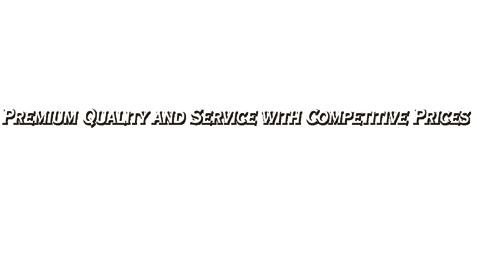


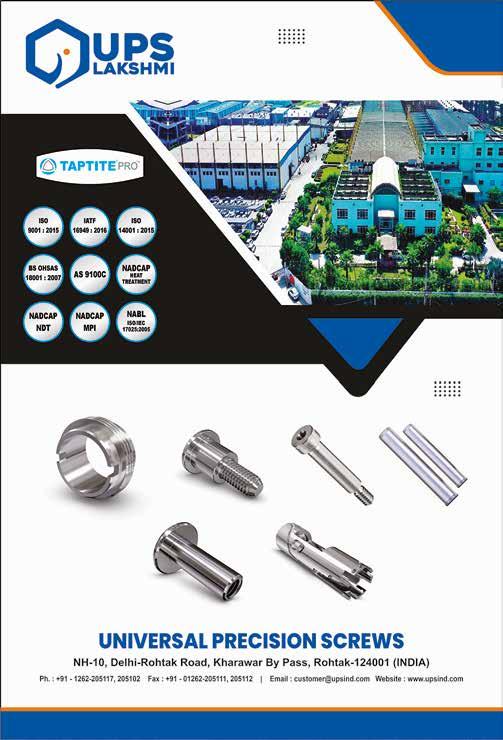
In terms of exported fasteners, Colombia exported USD 5.382 million that is 42.4% more than 2020. In year 2020 the imported fastener value by Colombia was USD 3.779 million. The other data has been shown in Table 2:
The main partners with Colombia in 2021 in the import sector were:
• China exported USD 76.712 million that is 52.1% of the whole import of Colombia. China exported 0.8% of its whole export to Colombia.
• USA exported USD 28.166 million that is 19.1% of the whole import of Colombia. USA exported 0.7% of its whole export to Colombia.
• Italy exported USD 6.573 million that is 4.5% of the whole import of Colombia. Italy exported 0.3% of its whole export to Colombia.
• Other countries exported 24.3% of the whole import of Colombia.
The main partners with Colombia in 2021 in the export sector were:
• Ecuador imported USD 1.858 million that is 34.5% of whole export of Colombia. Ecuador imported 4.5% of its whole import from Colombia.
• Peru imported USD 0.761 million that is 14.1% of the whole export of Colombia. Peru imported 0.4% of its whole import from Colombia.
• Guatemala imported USD 0.425 million that is 7.9% of the whole export of Colombia. Guatemala imported 1.3% of its whole import from Colombia.
• USA imported USD 0.422 million that is 7.8% of the whole export of Colombia. USA imported 0.07% of its whole import from Colombia.

• Other countries imported 35.7% of the whole export of Colombia.
Colombian fastener industry will grow in the future, because:

Considering freight train use is on the rise in Colombia, there is substantial potential for industrial development for other sectors in cities where the planned rail expansion is set to take place. In November 2020, the previous Duque administration launched the Railway Master Plan for Colombia. It aimed to improve and develop cargo and passenger railway lines. The Plan set a goal to reduce 26 percent of the country’s logistics cost to improve productivity and reduce environmental pollution by 2030. According to estimates from the Colombian Council on Competitivity, 80 percent of freight in Colombia moves on trucks, 16 percent on trains, and only 2 percent via waterways. As truck transport decreases, trains and boats will be the future of freight in Colombia.
In Colombia, airports are operated through concession agreements. The Duque administration announced airport renovations for Cali, Neiva and Choco at an estimated COP 1.42 trillion (US$372 billion), Cartagena at an estimated COP 2.83 trillion (US$742 billion) and San Andres at an estimated COP 300 billion (US$78 million). which has caused the Colombian civil aviation authorities to say that by the end of 2022, nearly 46 million passengers would have travelled to this country.
The residential construction subsector leads the construction sector in Colombia. 38 different construction companies, commonly referred to as “Constructoras”, dominate the residential housing sector. Since 2013, this subsector has grown from 112,000 housing units sold to 176,000 housing units sold in 2020. From January to March 2022, the residential building sector grew 13.1 percent compared to the prior year. The growing demand is linked to the National Government’s subsidies for the construction of lowincome houses and low mortgage rates.
Before the pandemic the light vehicle market in Colombia grew 2.3% slightly in 2019, but by March 2020 the market began to collapse, reaching by the end of the year a variation of -30%, with sales at 184,057 units 2021 was a great year of recovery for the Colombian automotive market that grew 36.1% to 271,835 units sales. The projection for 2022 show that the year would end on a 4% positive note, continuing the uptrend starting in 2021.
Article by Behrooz LotfianCopyright owned by Fastener World



